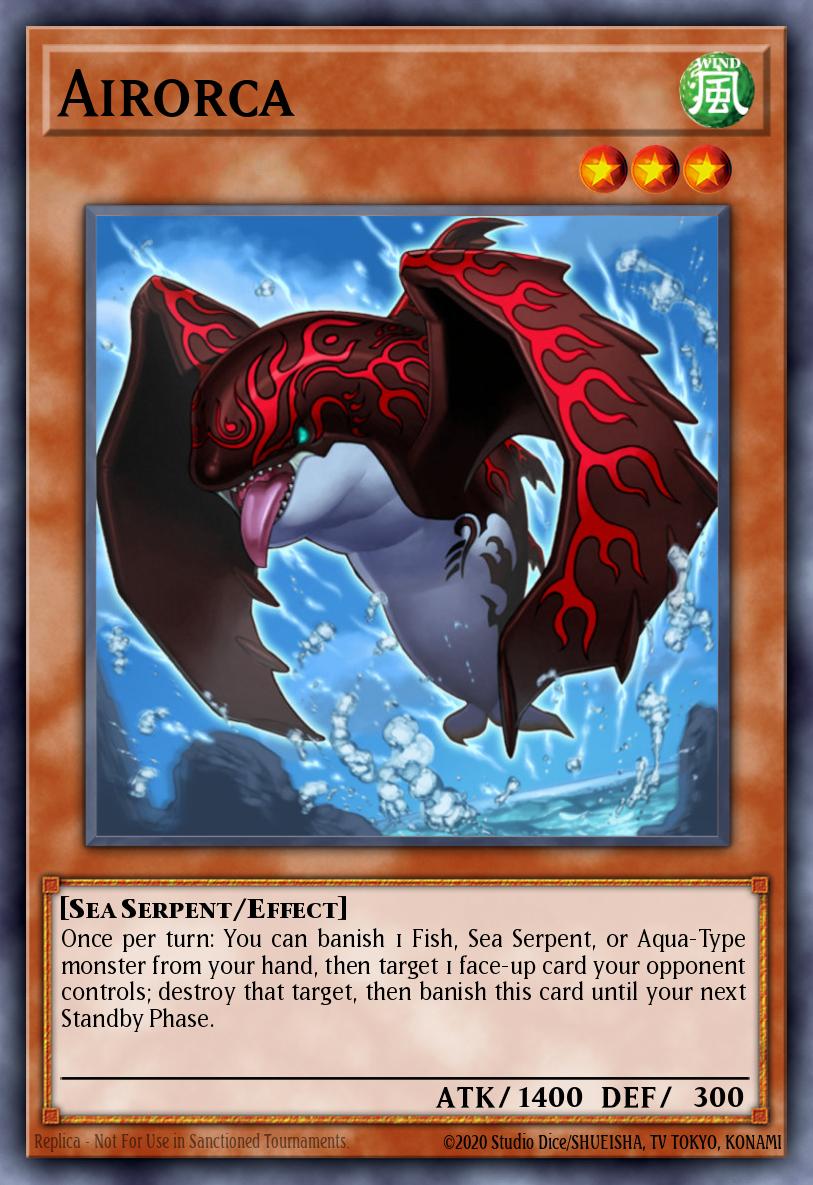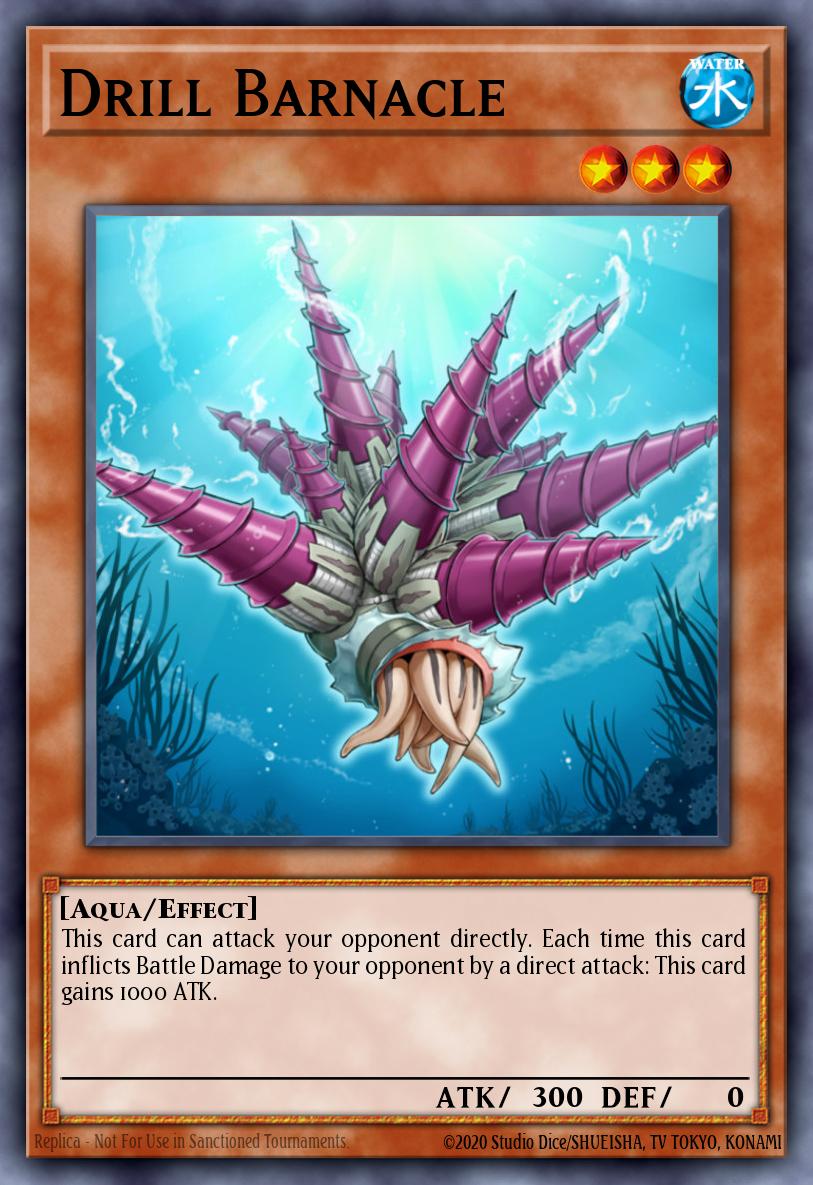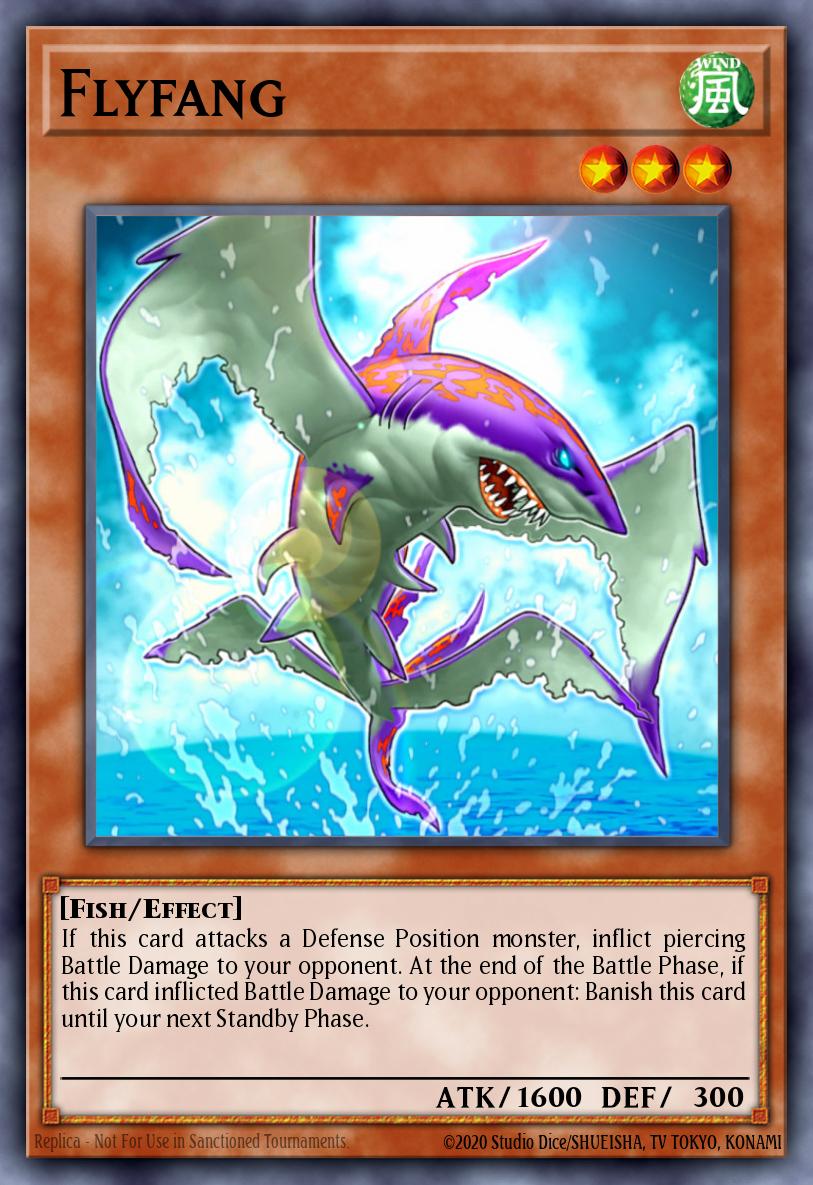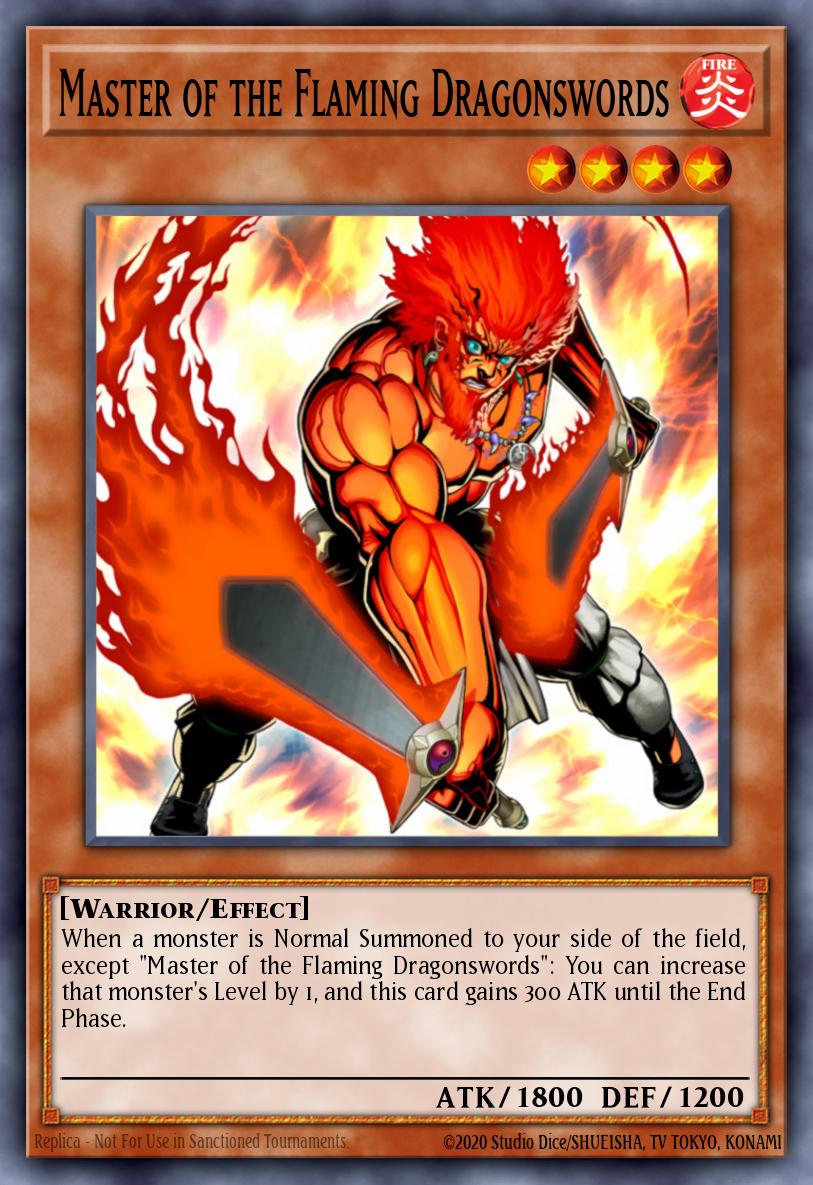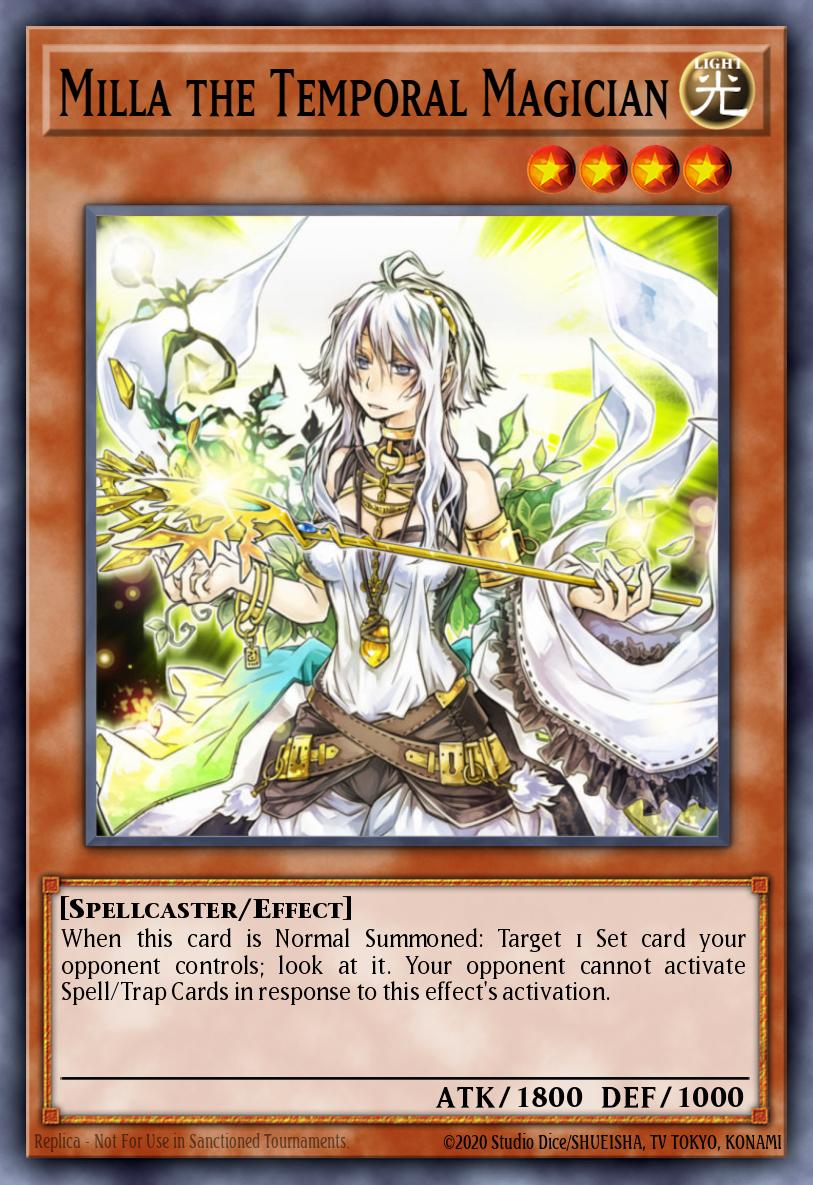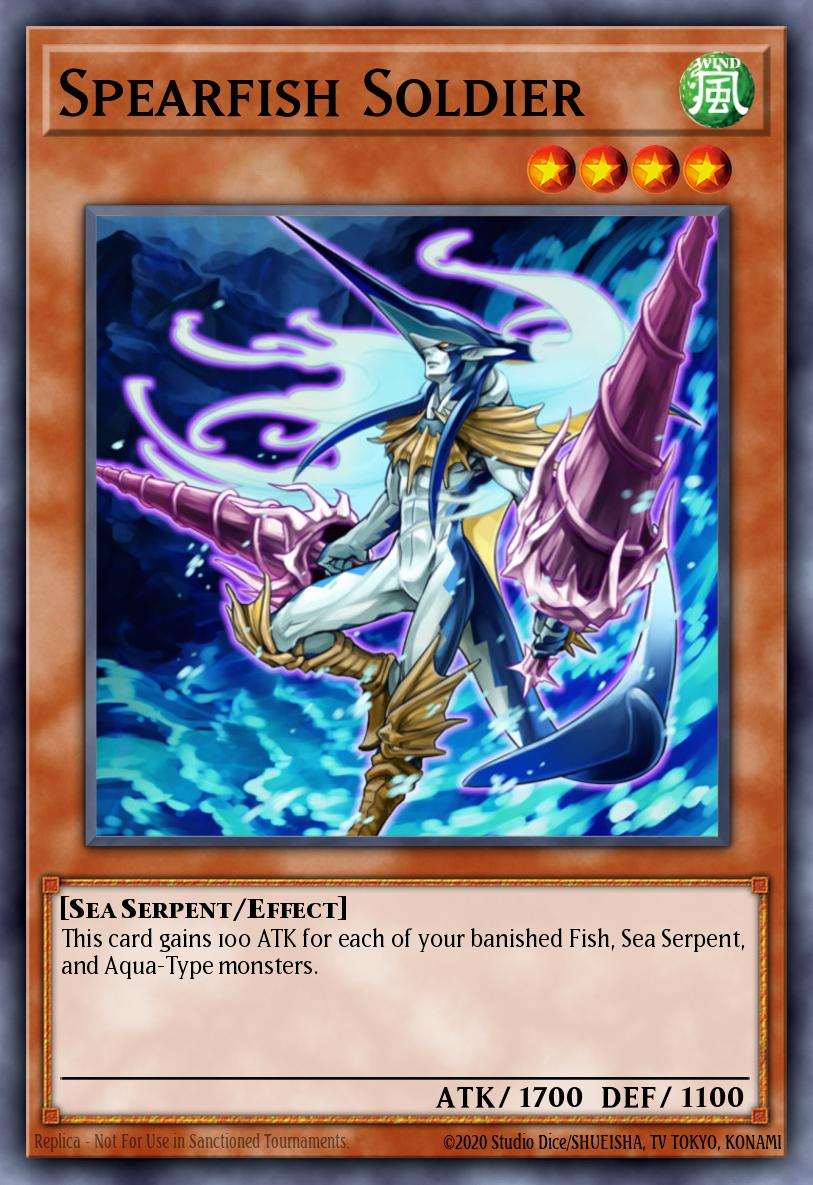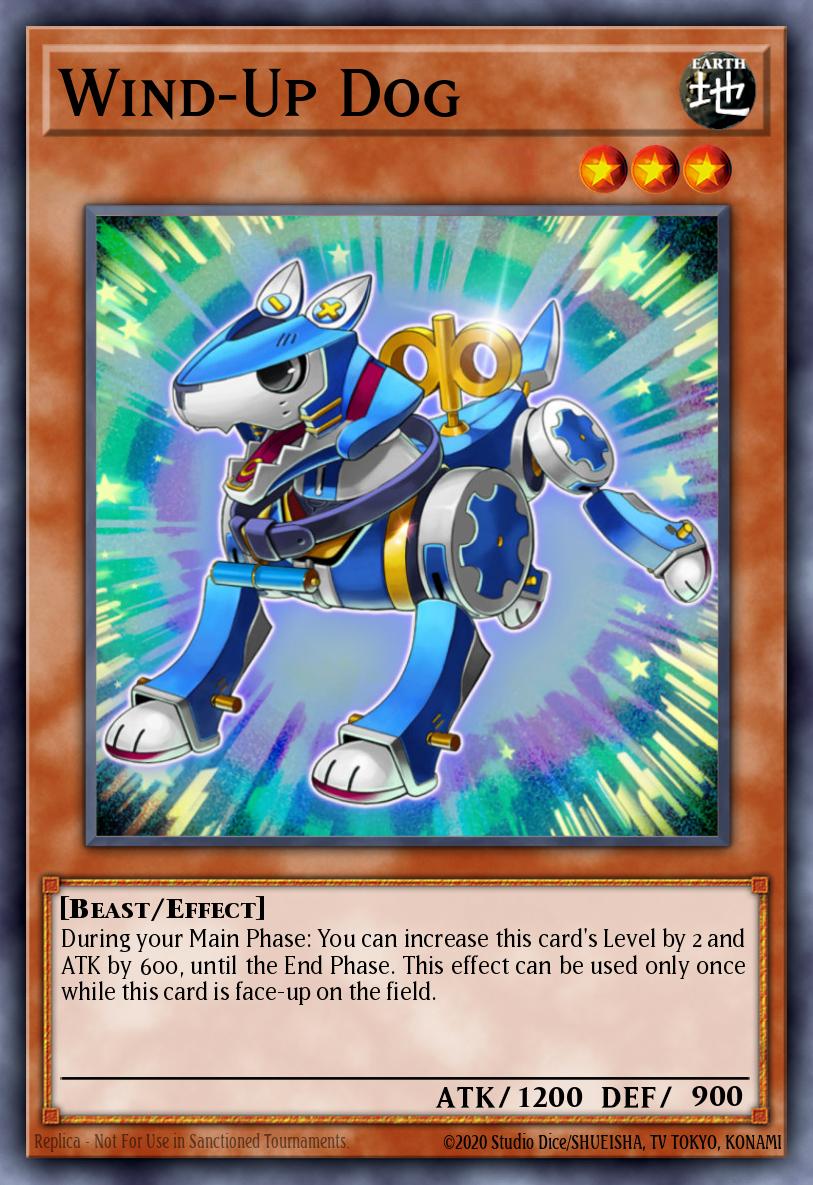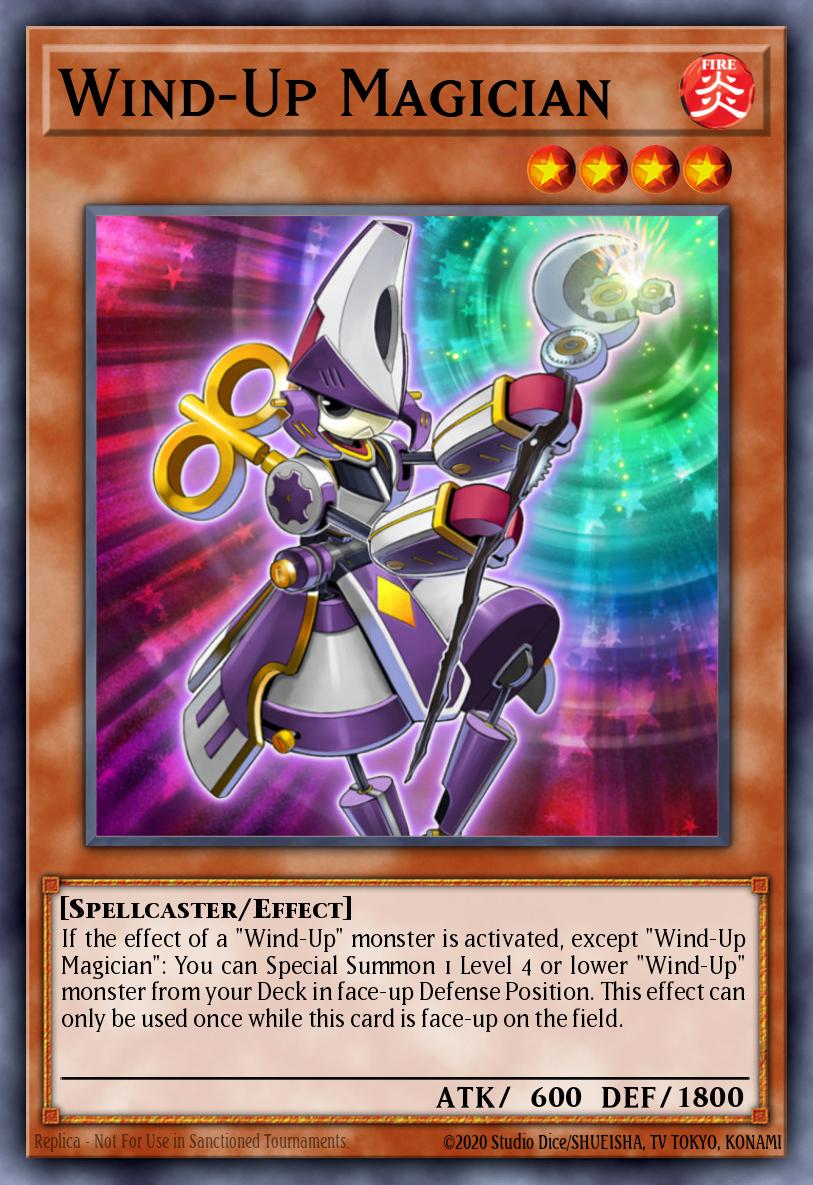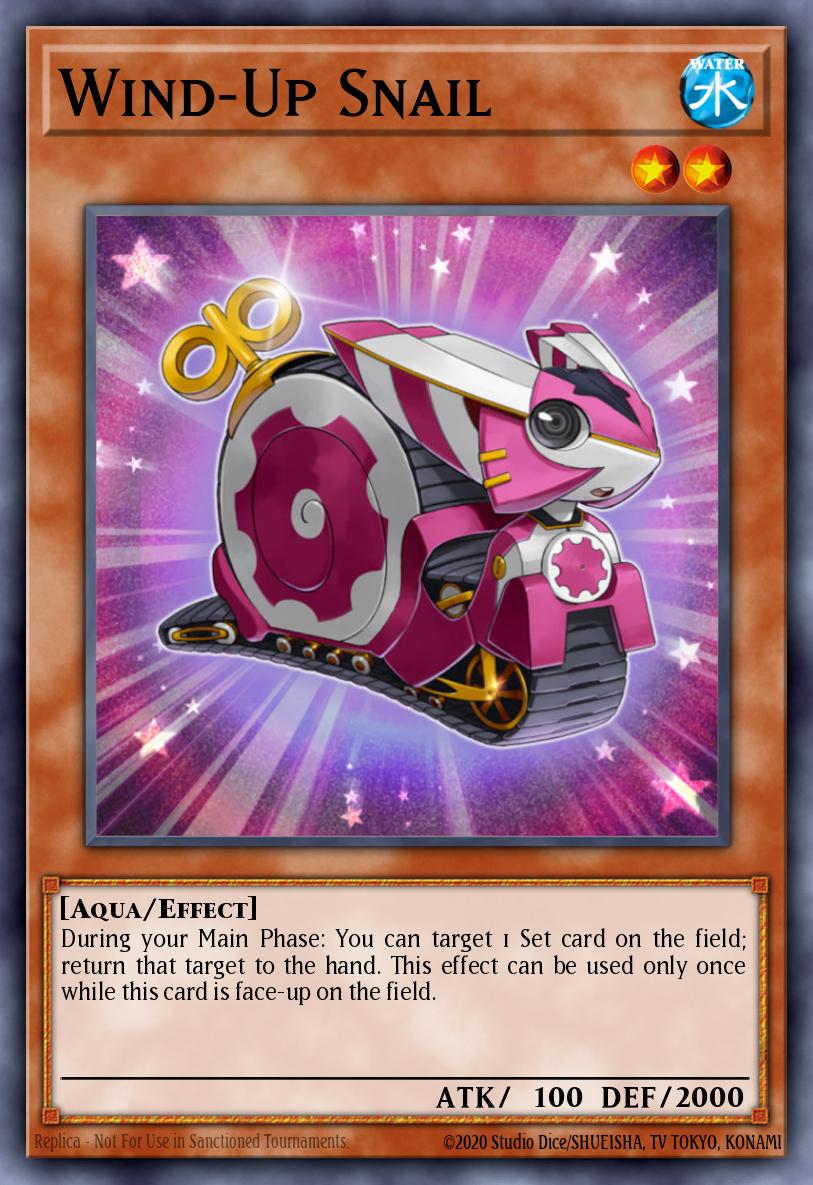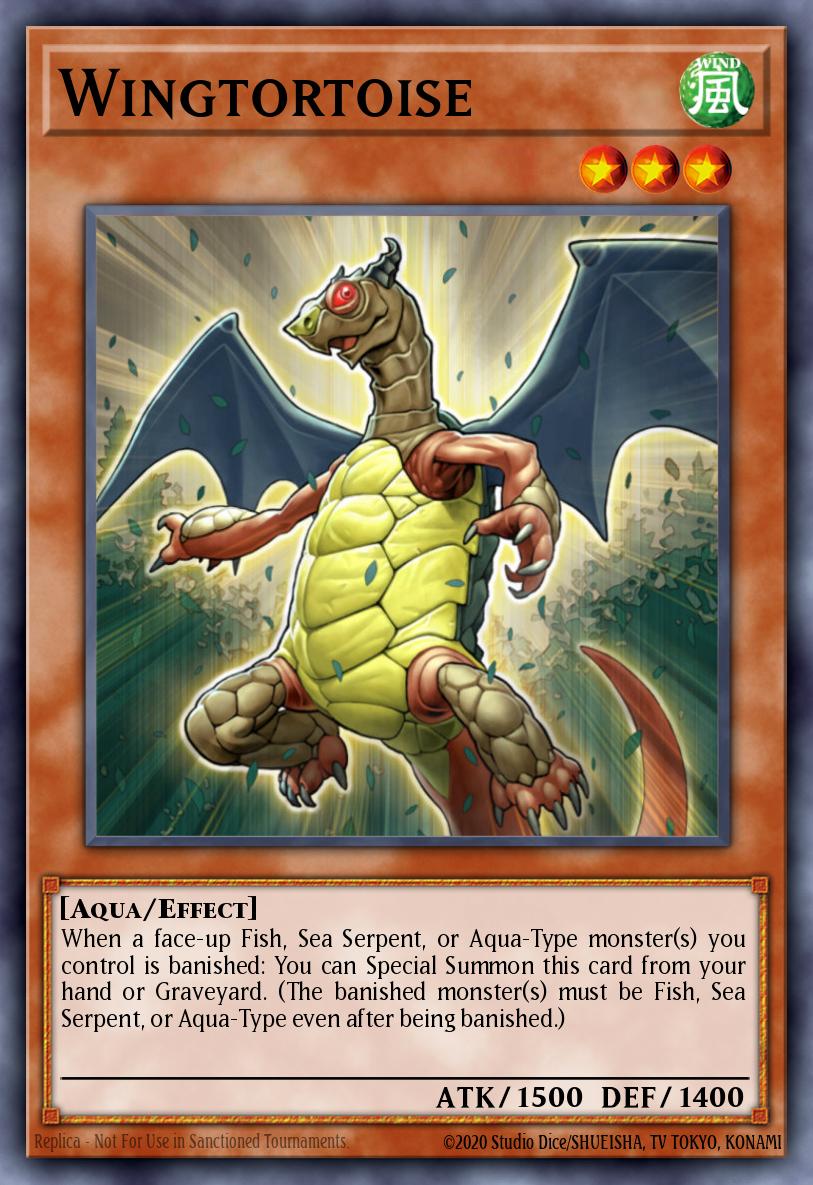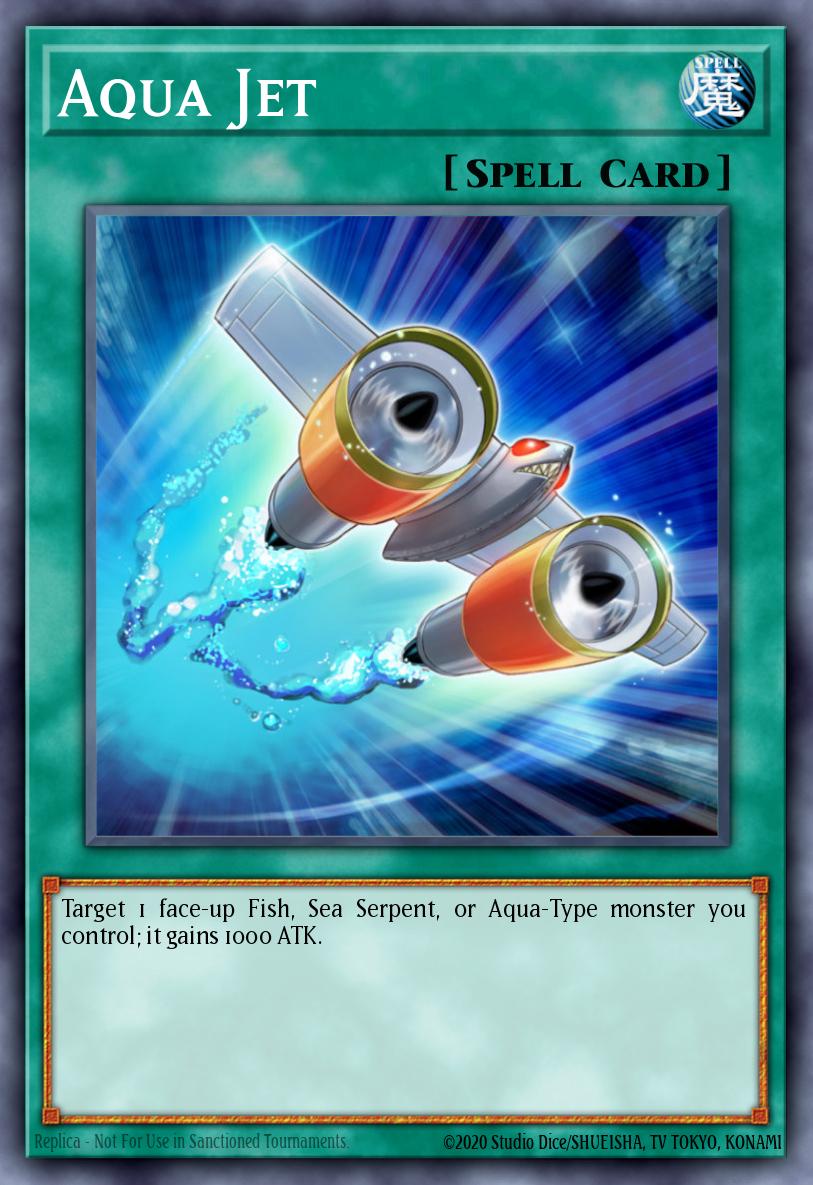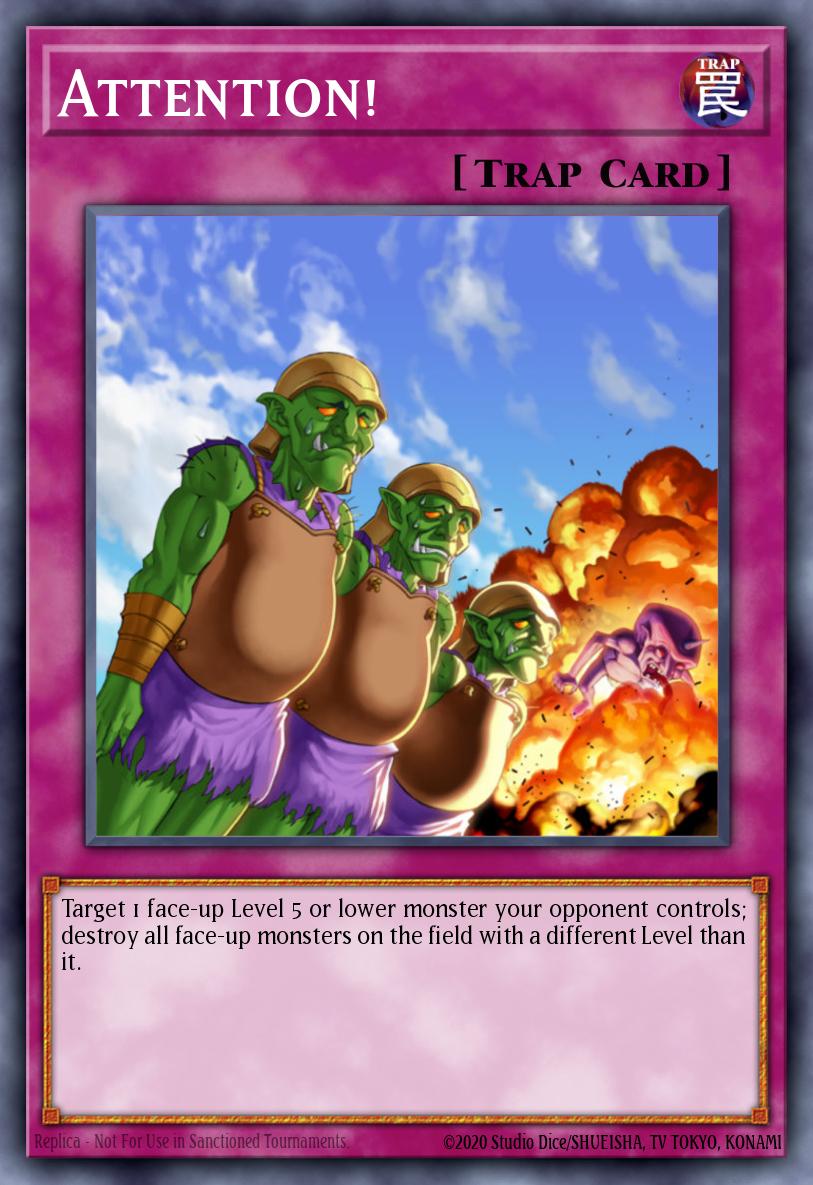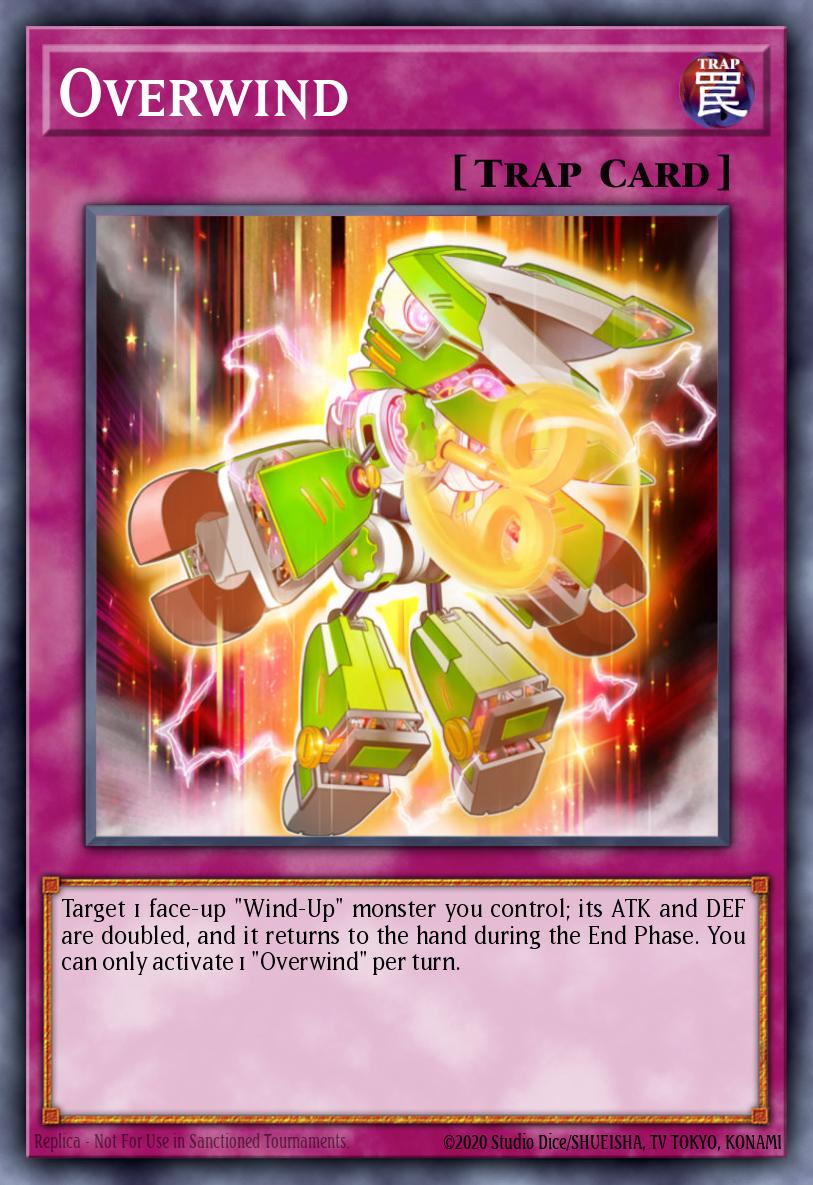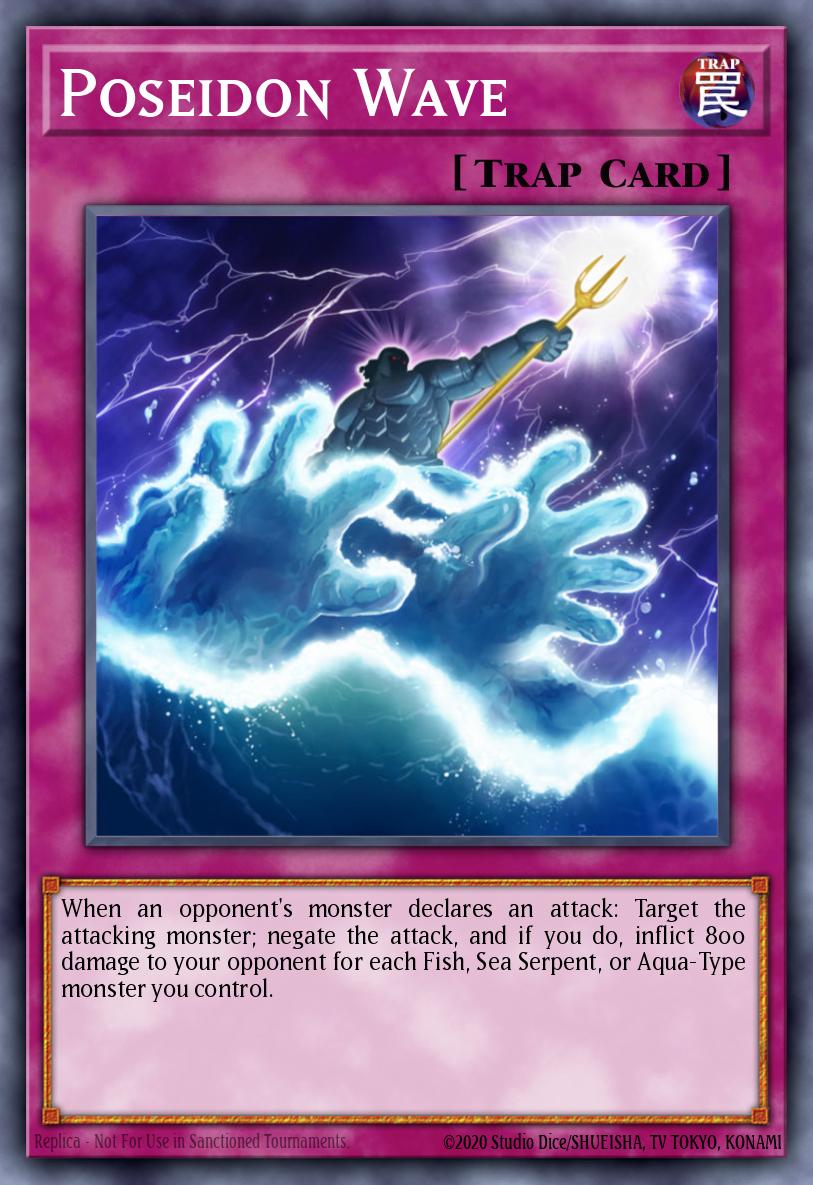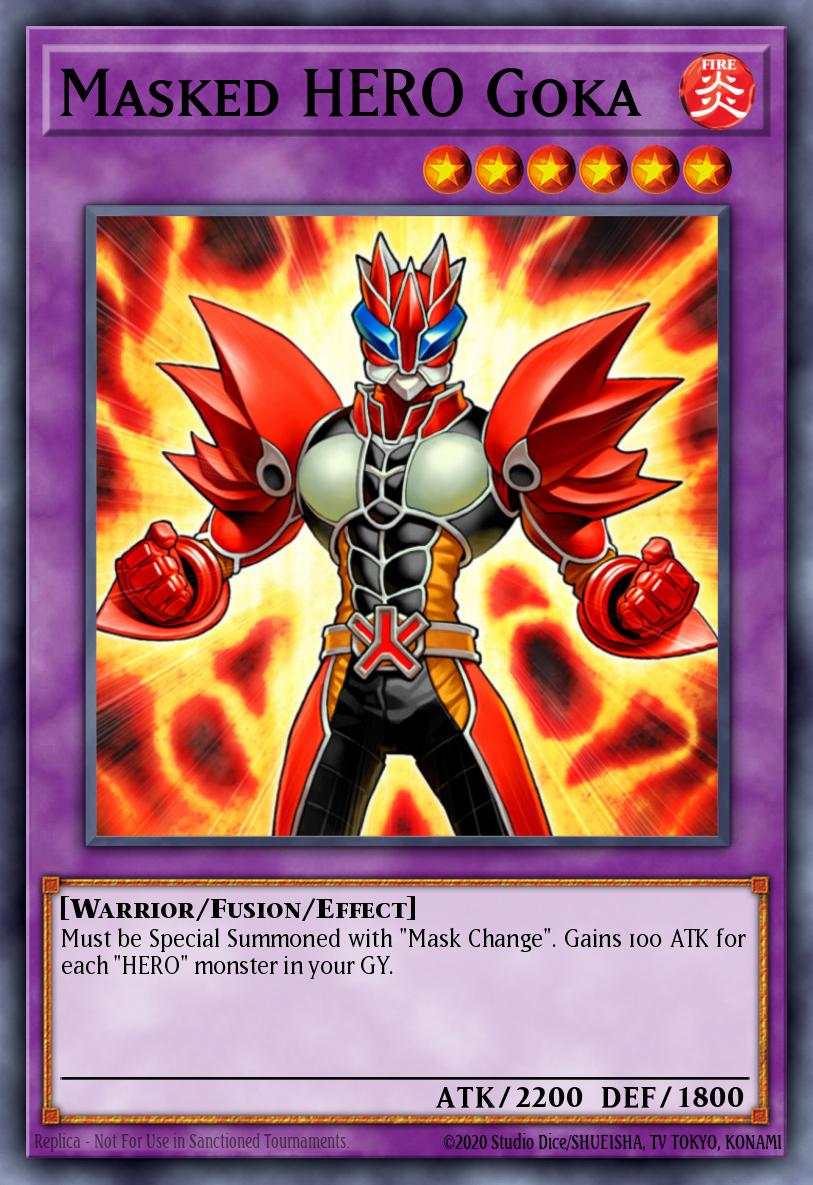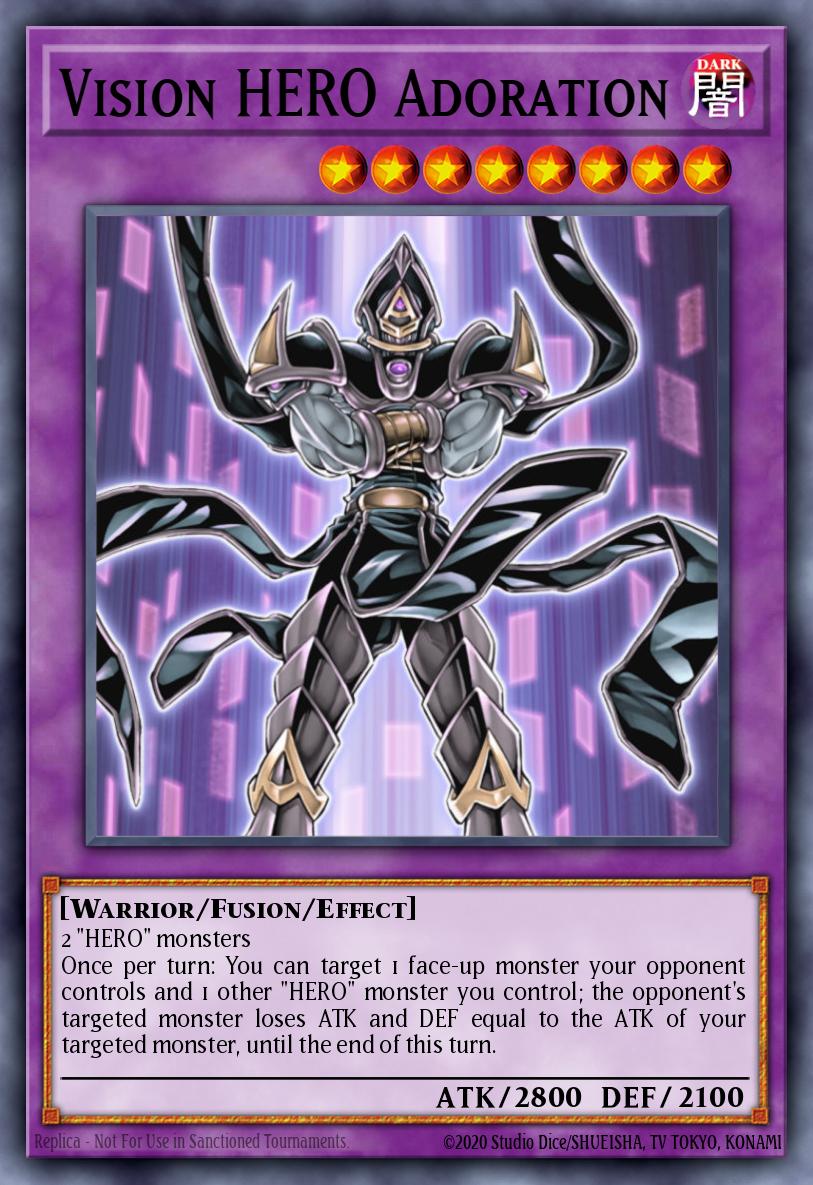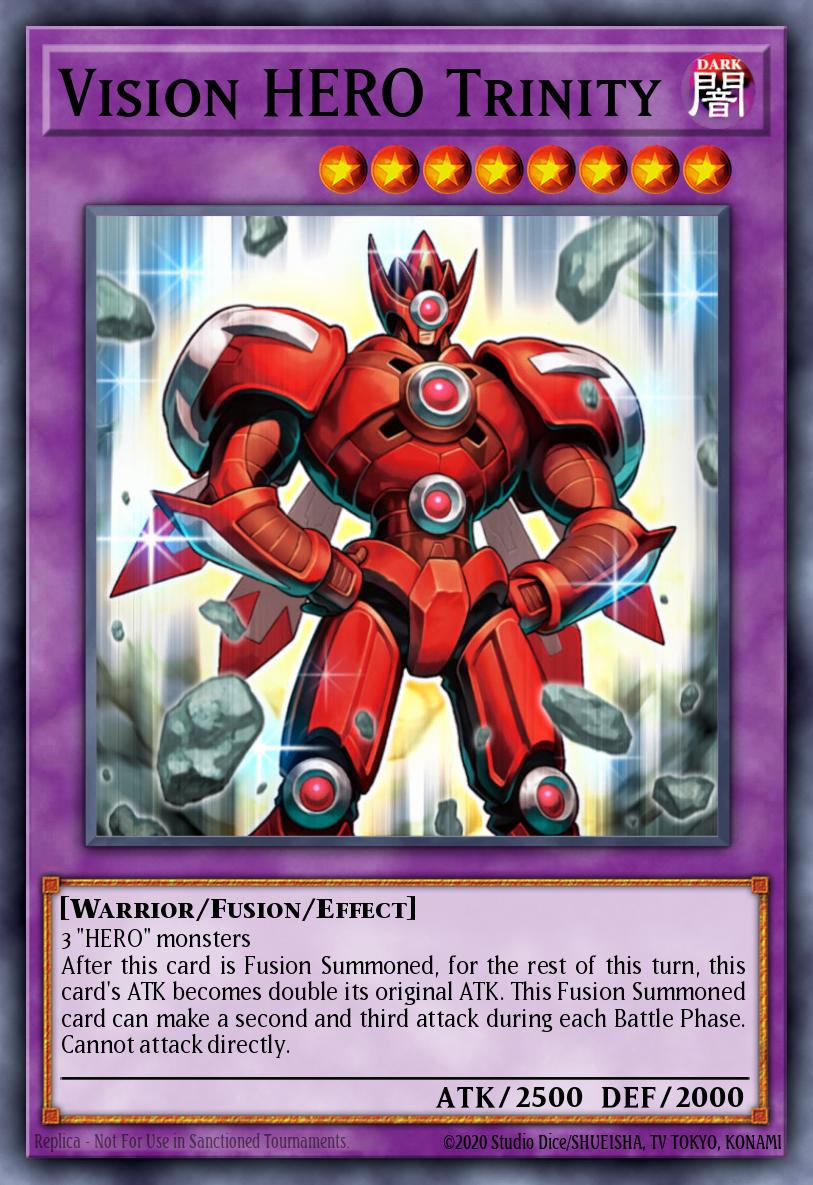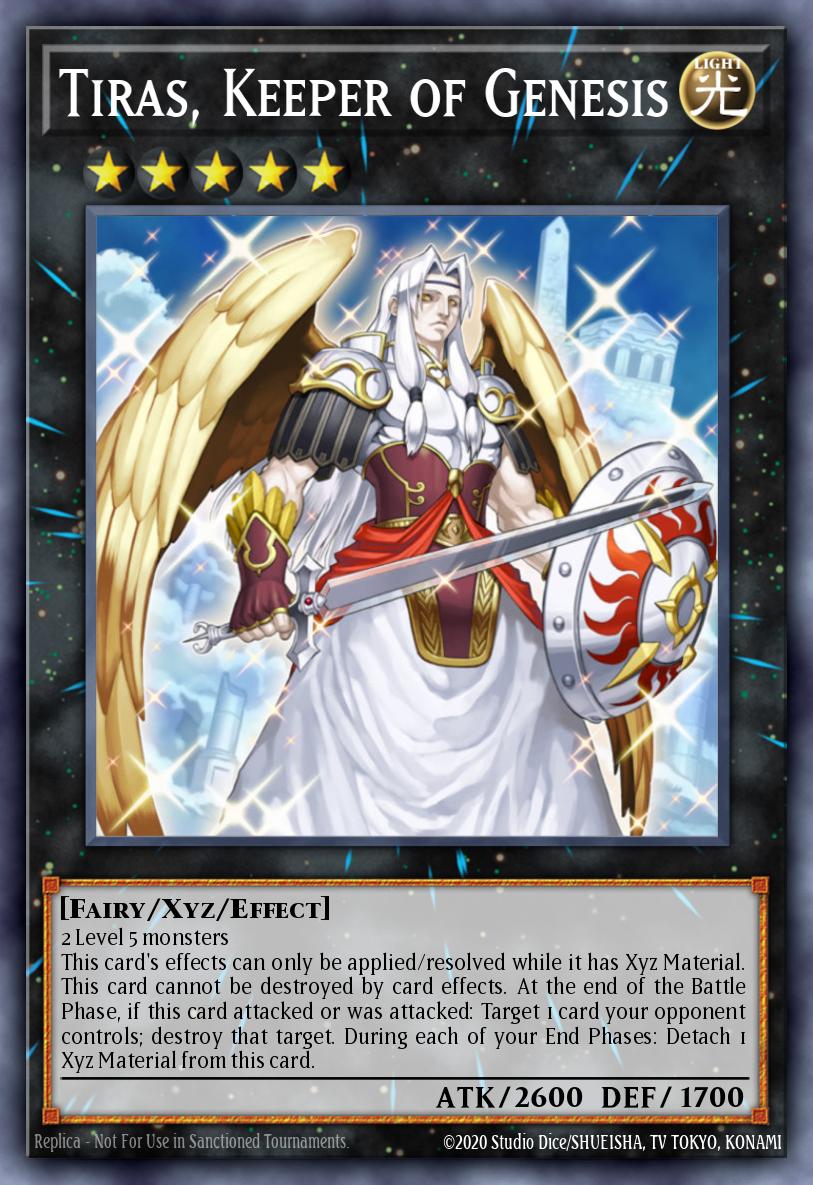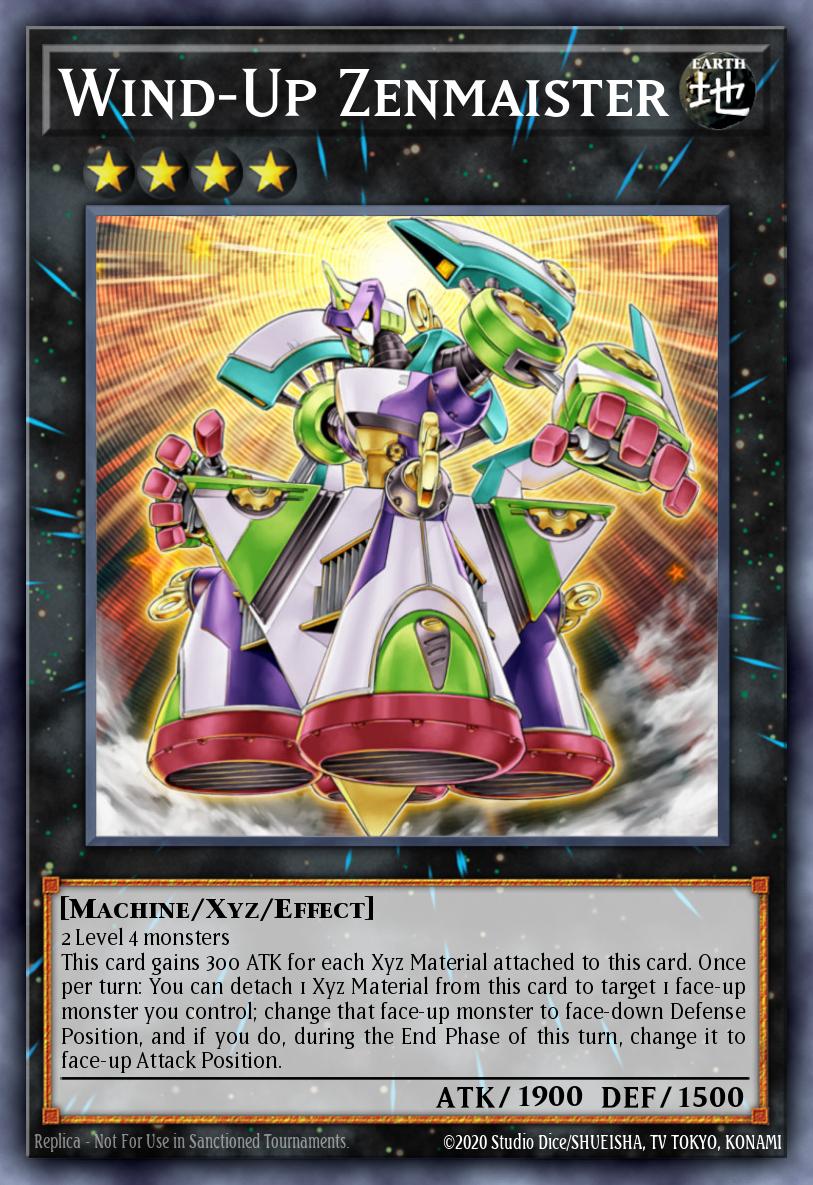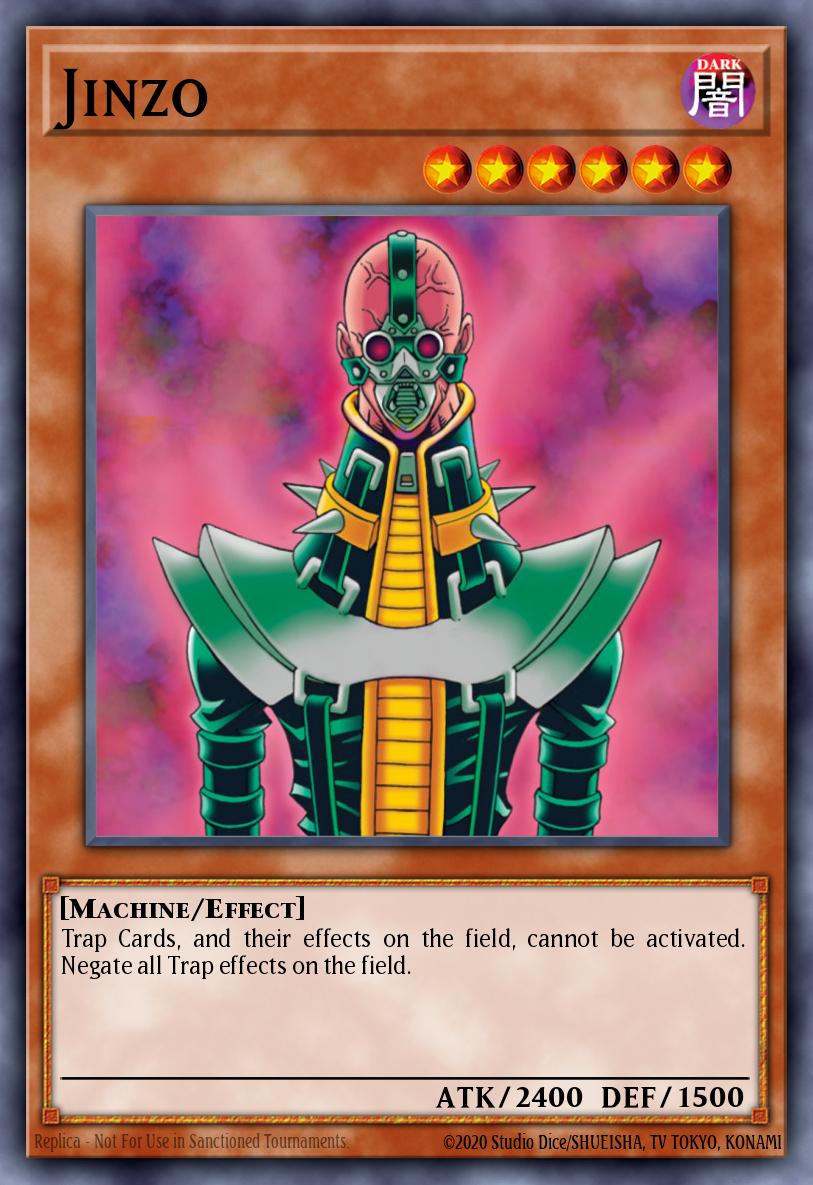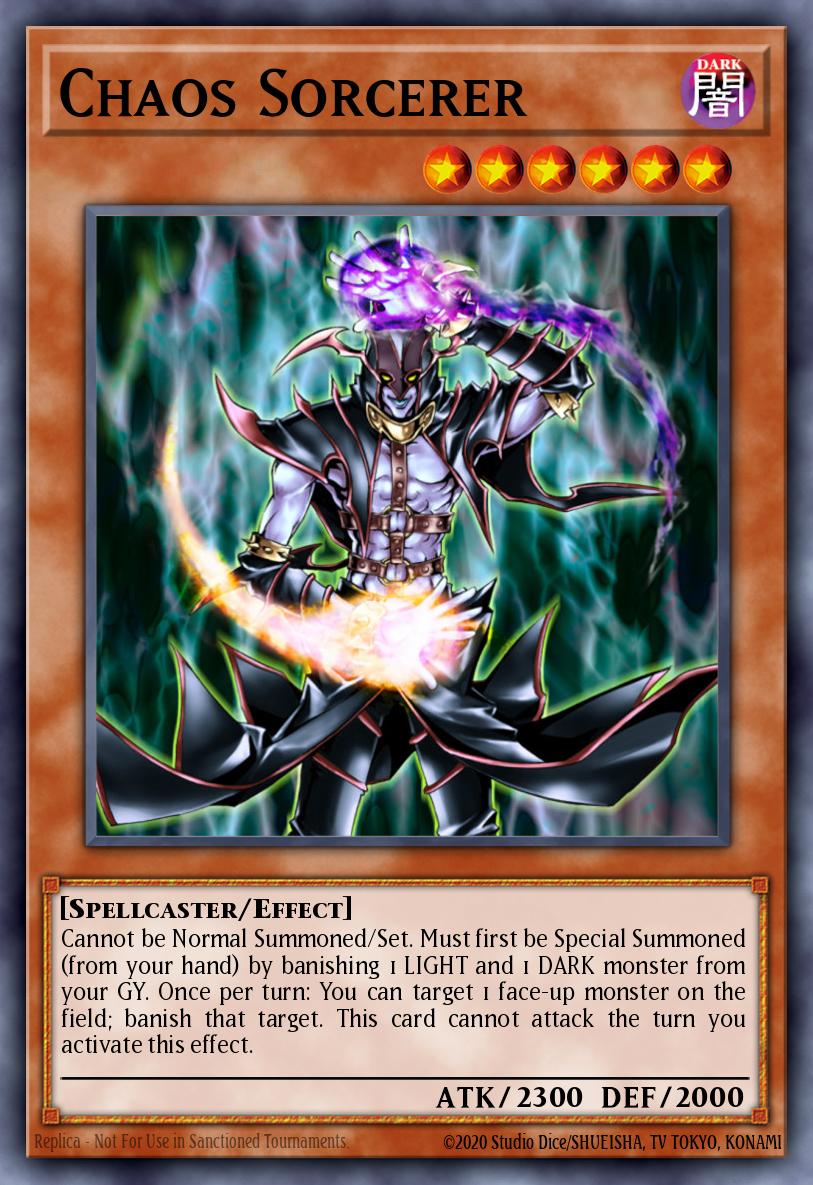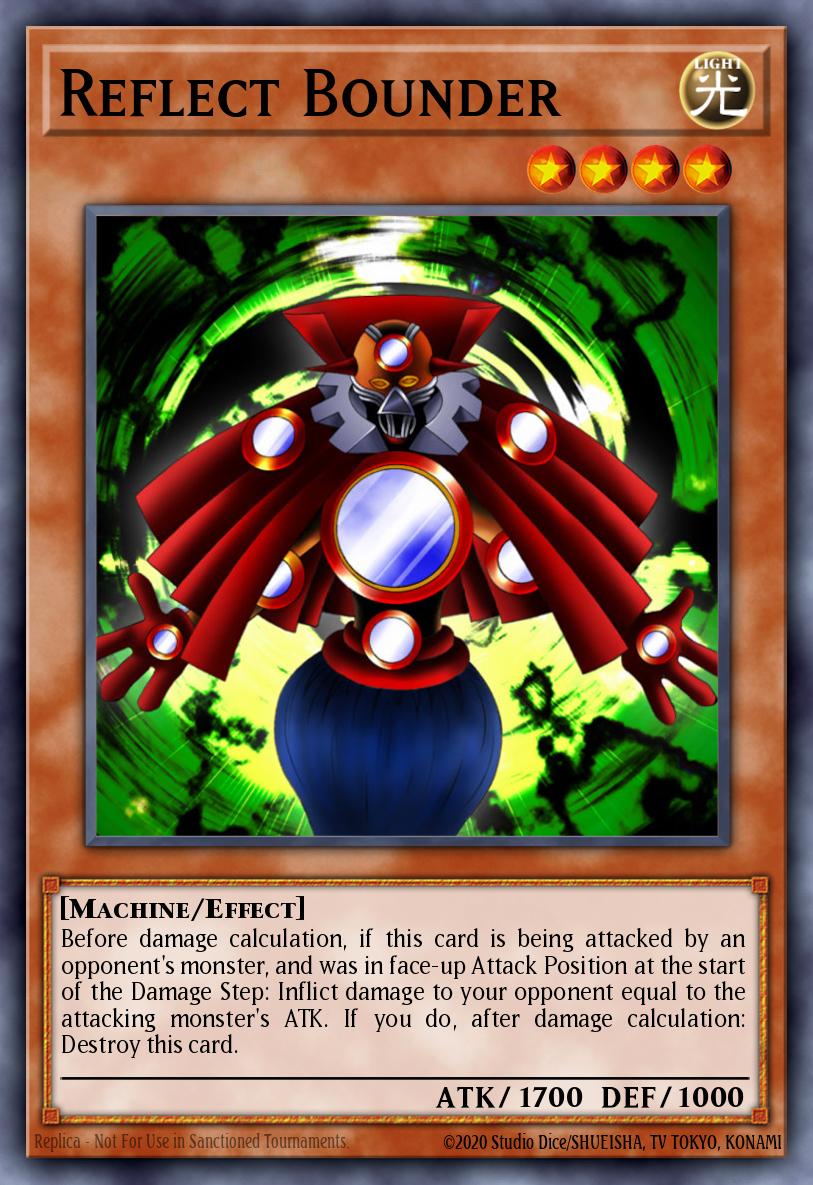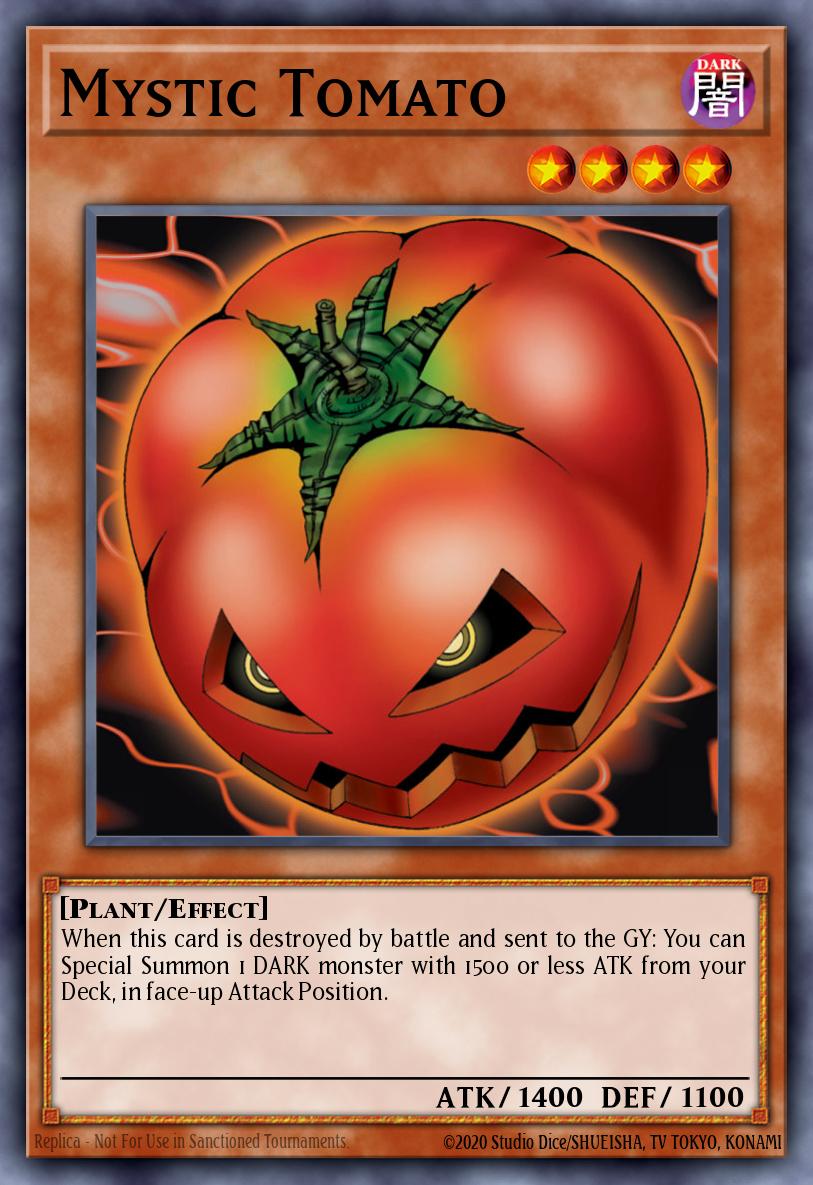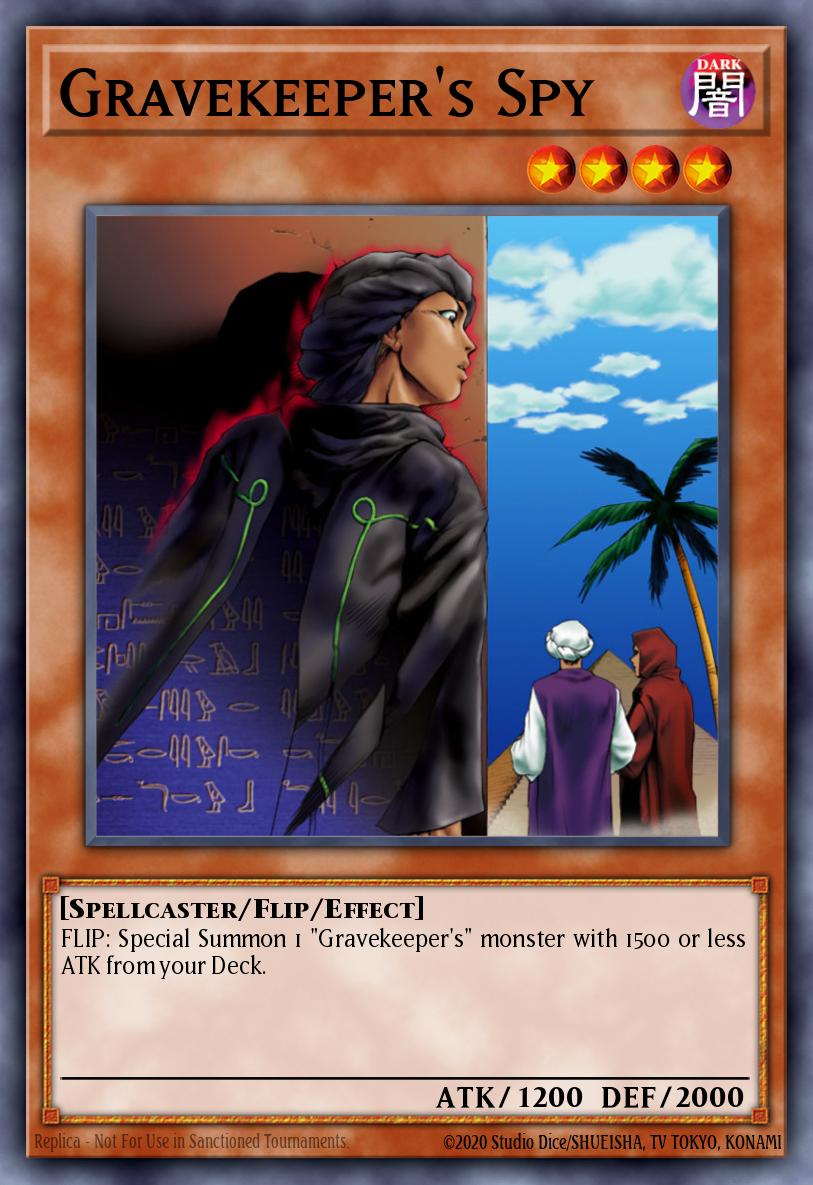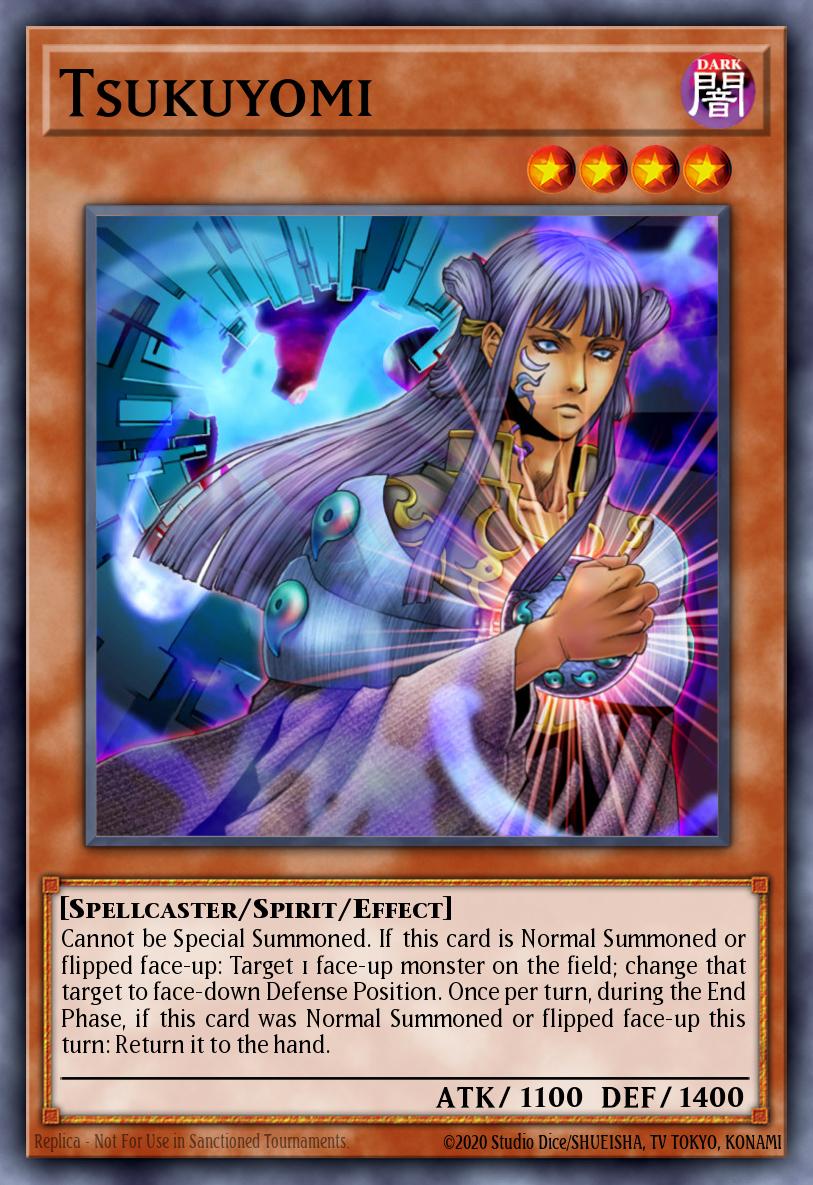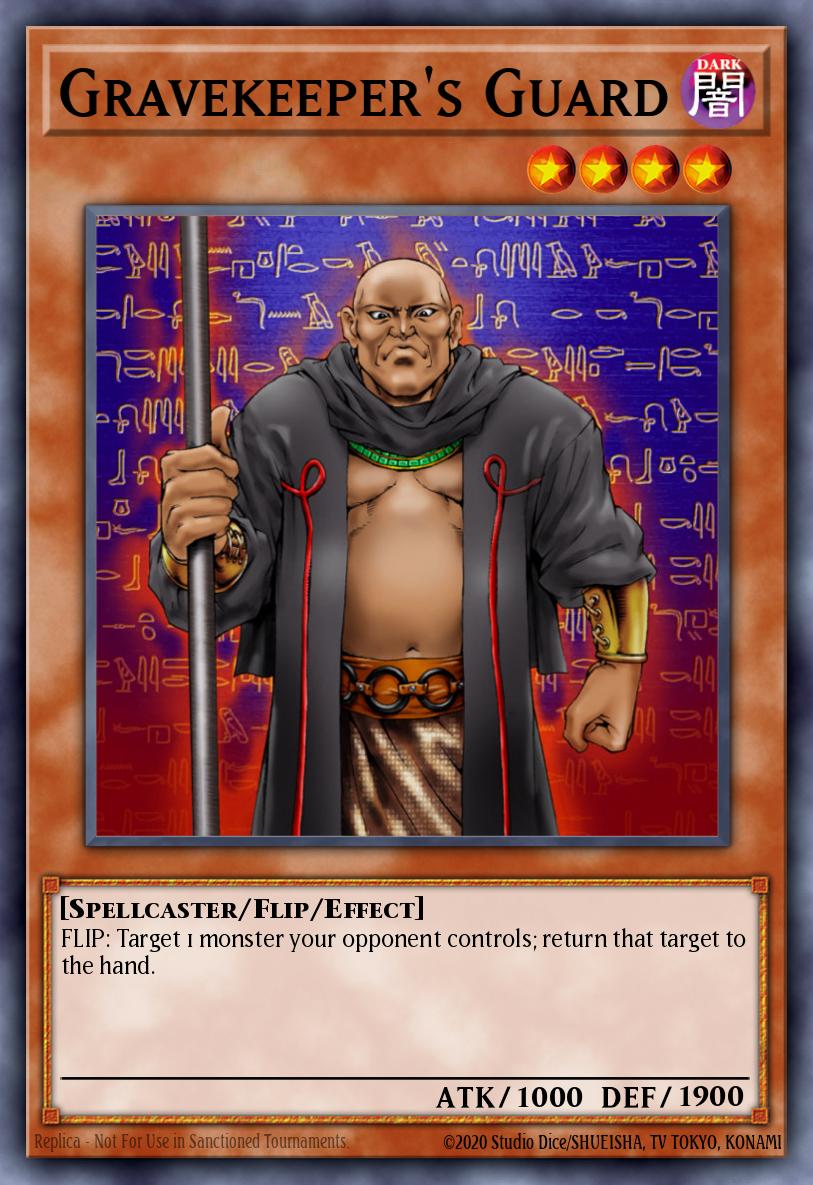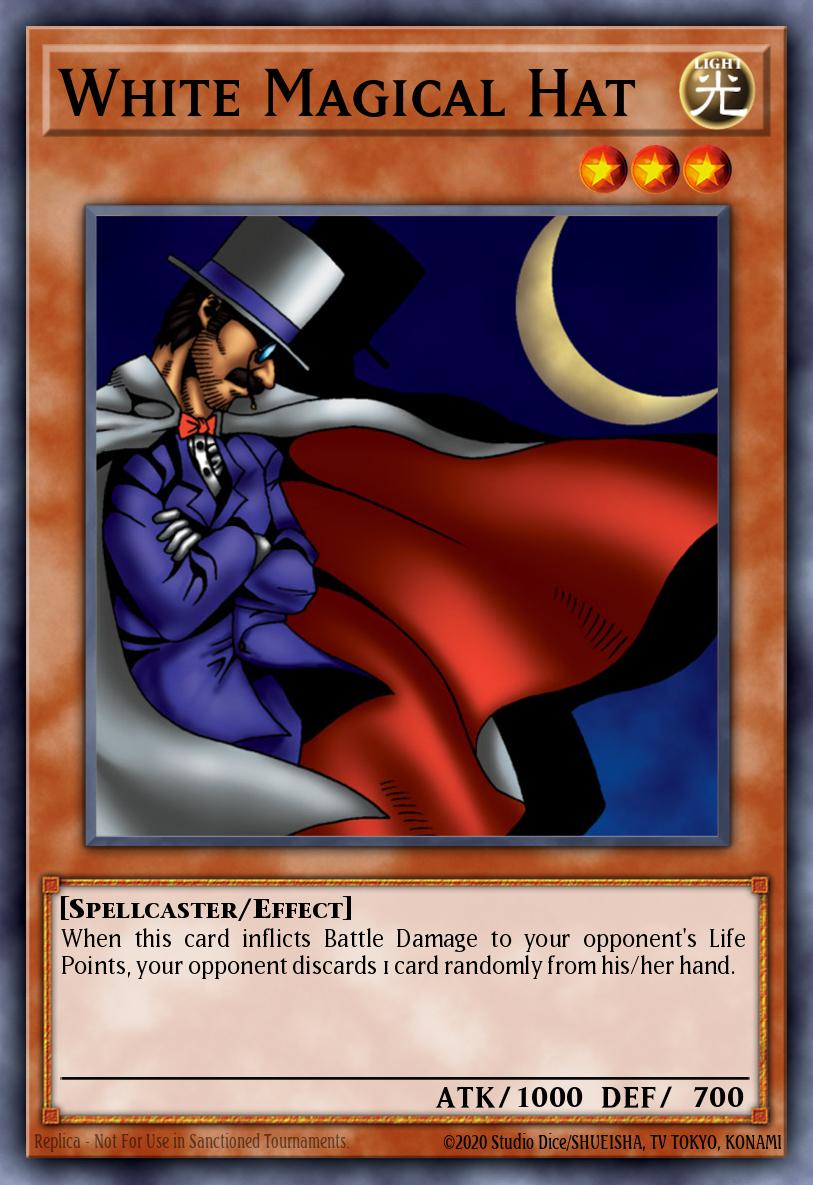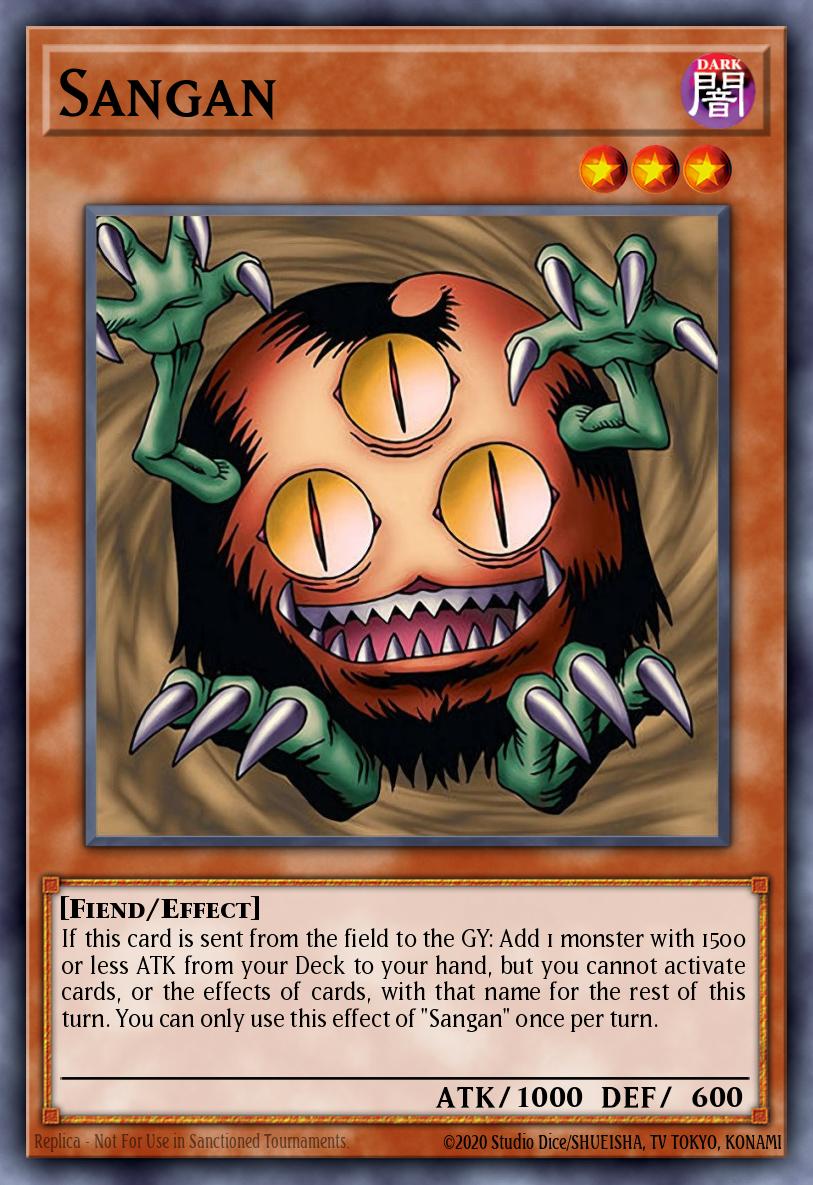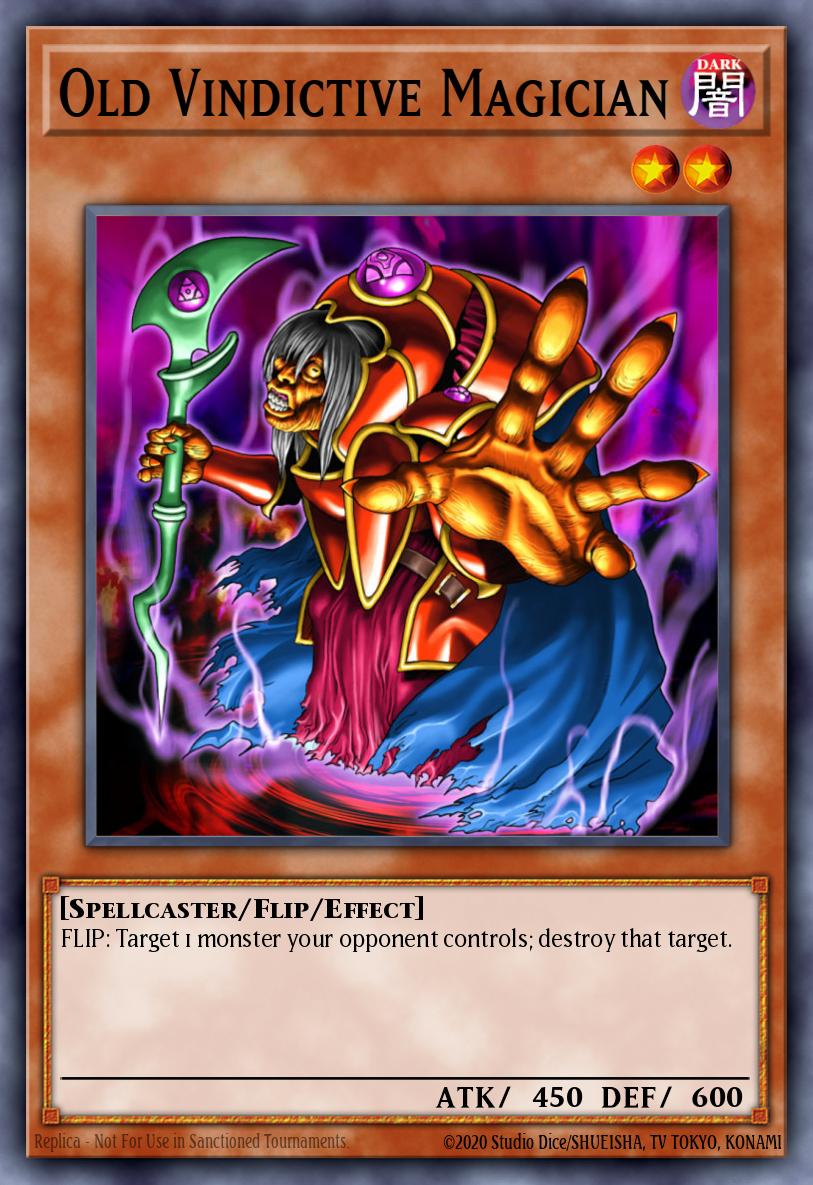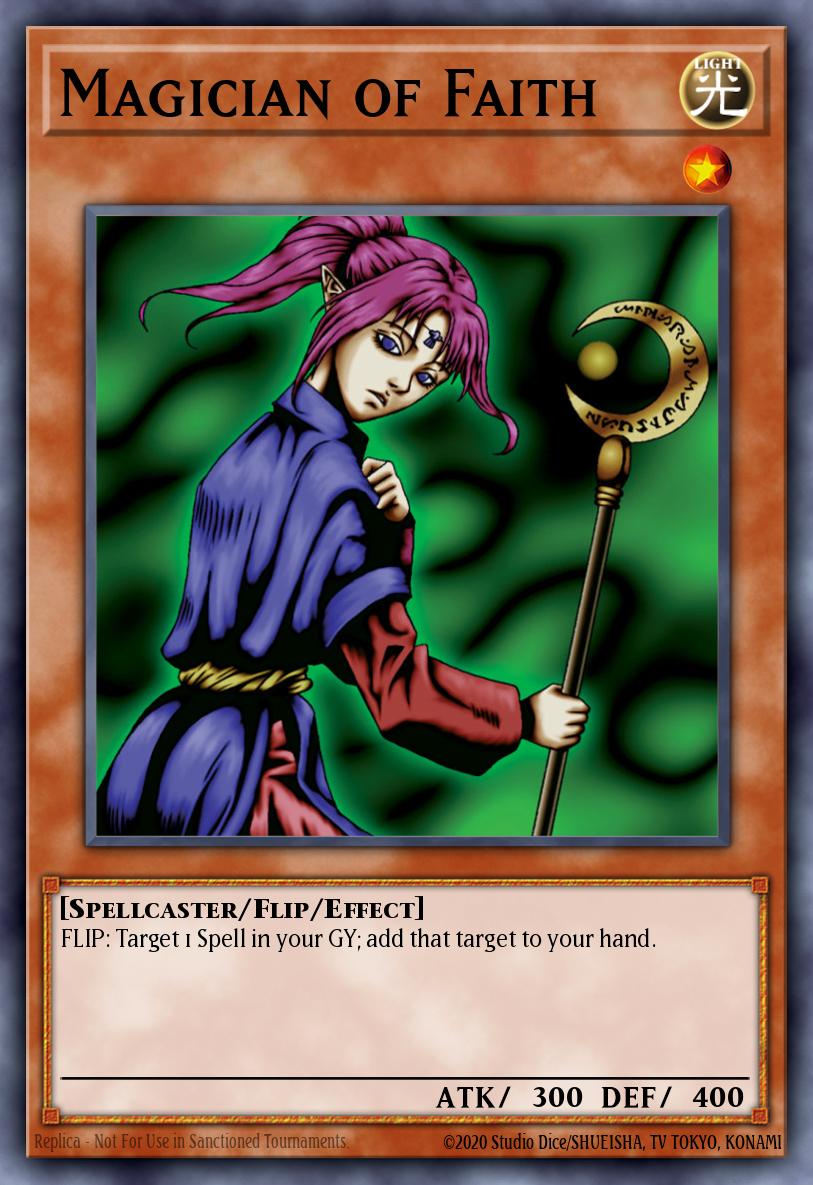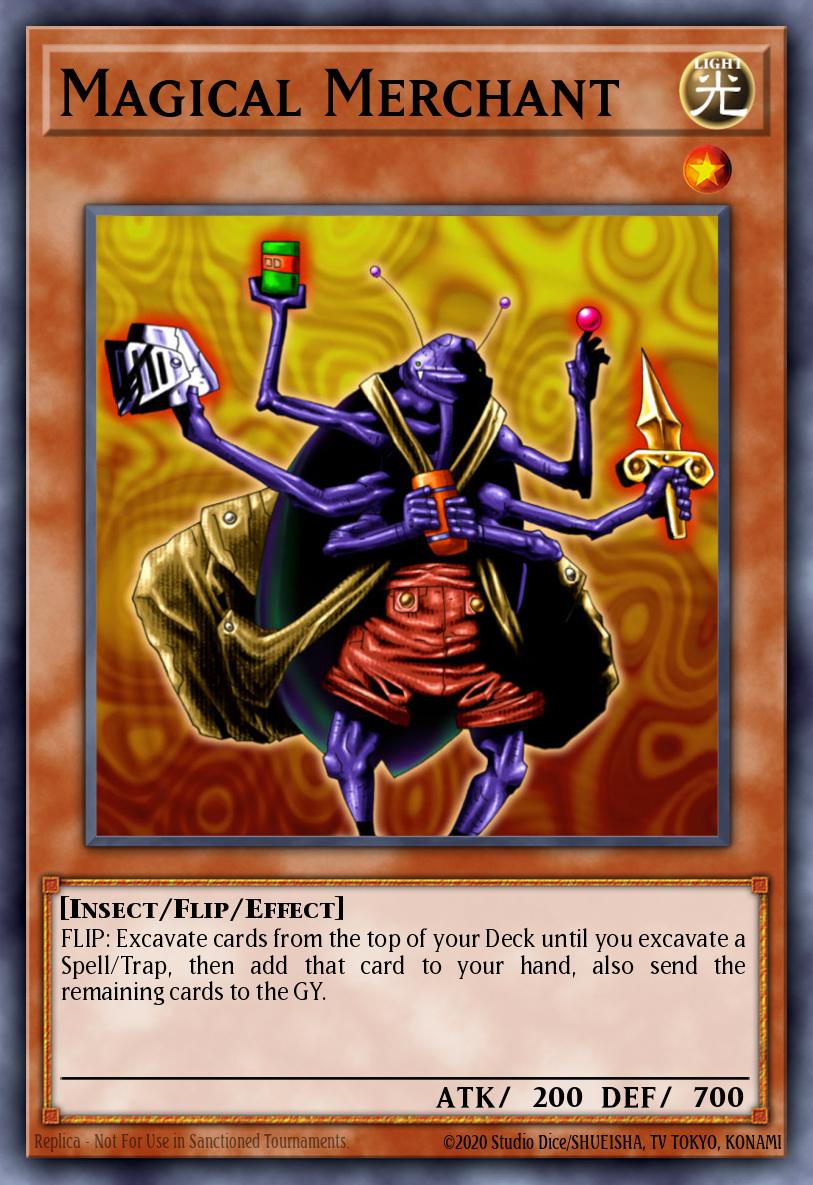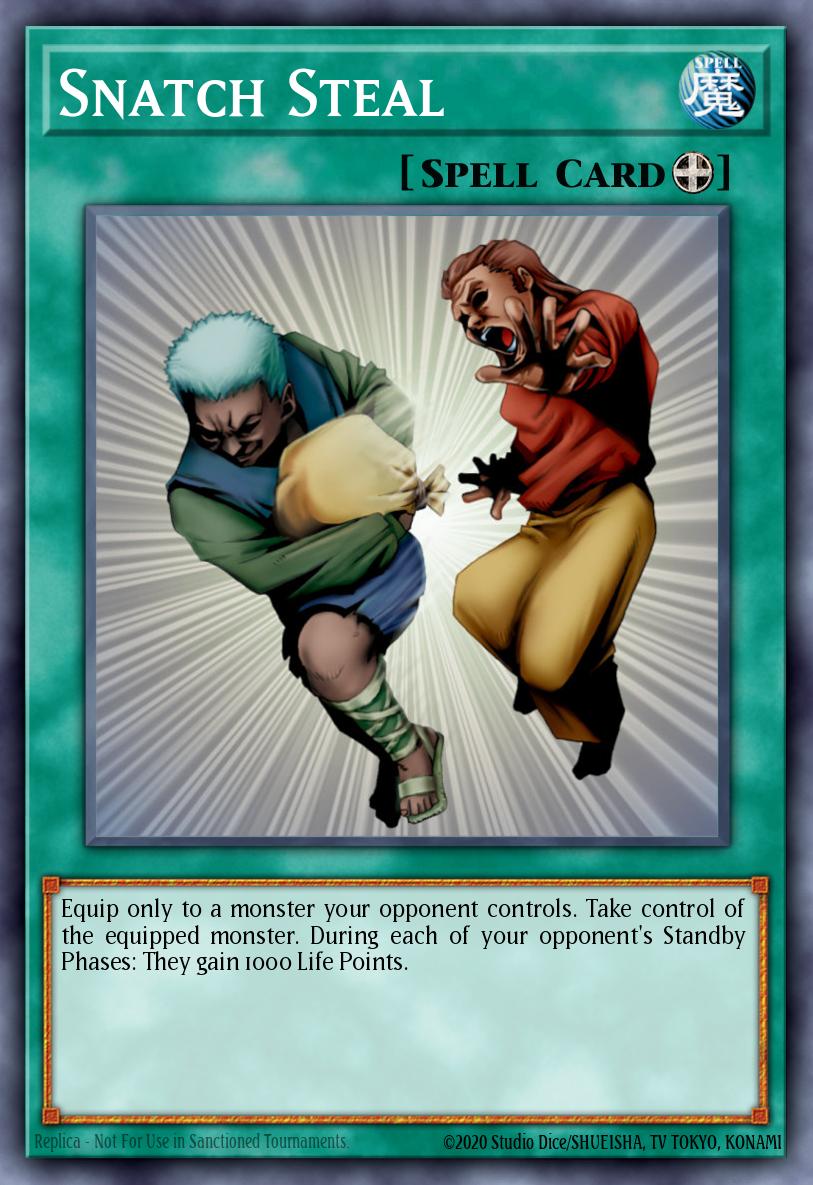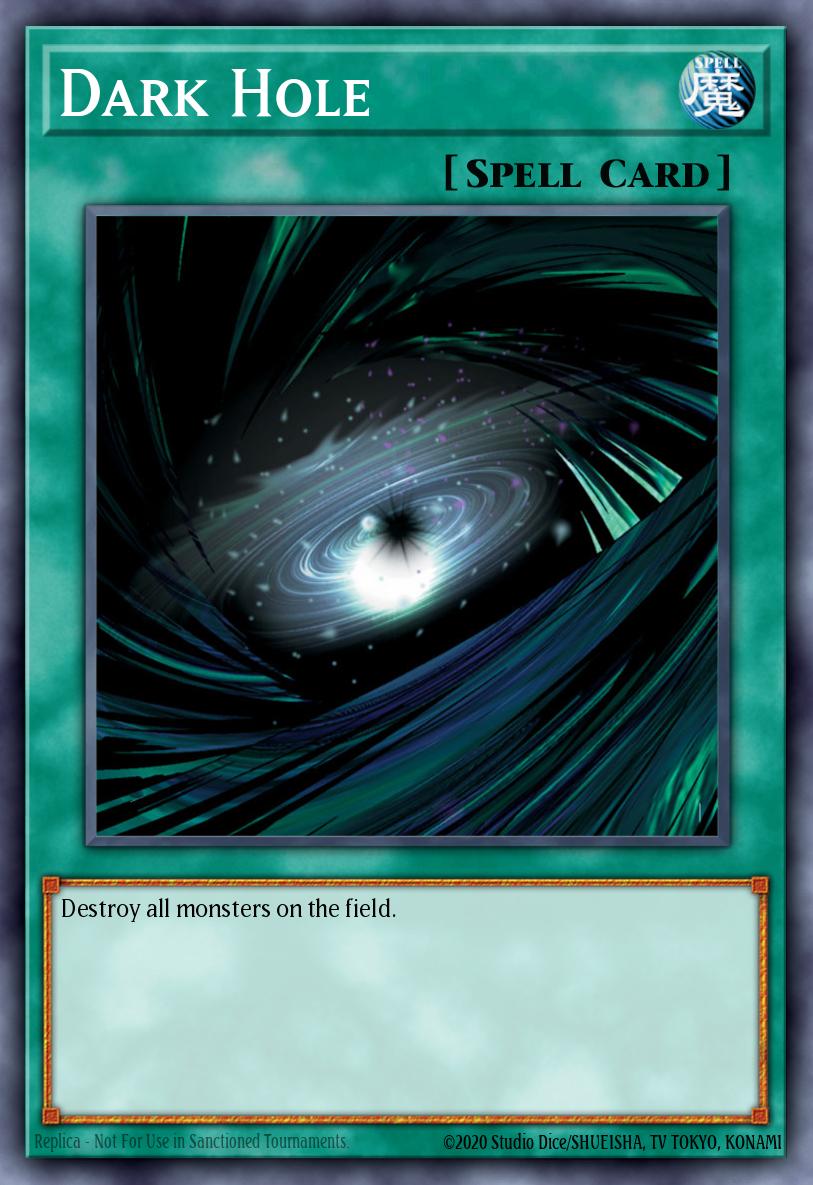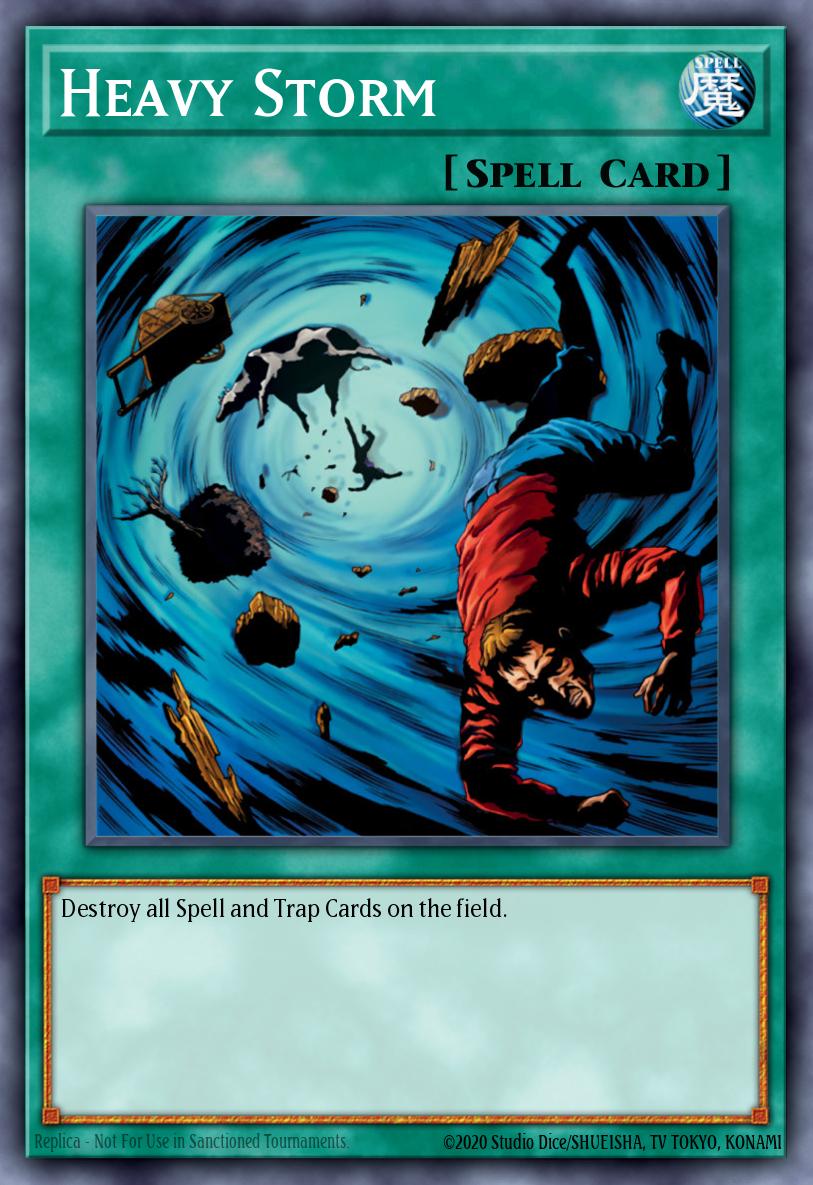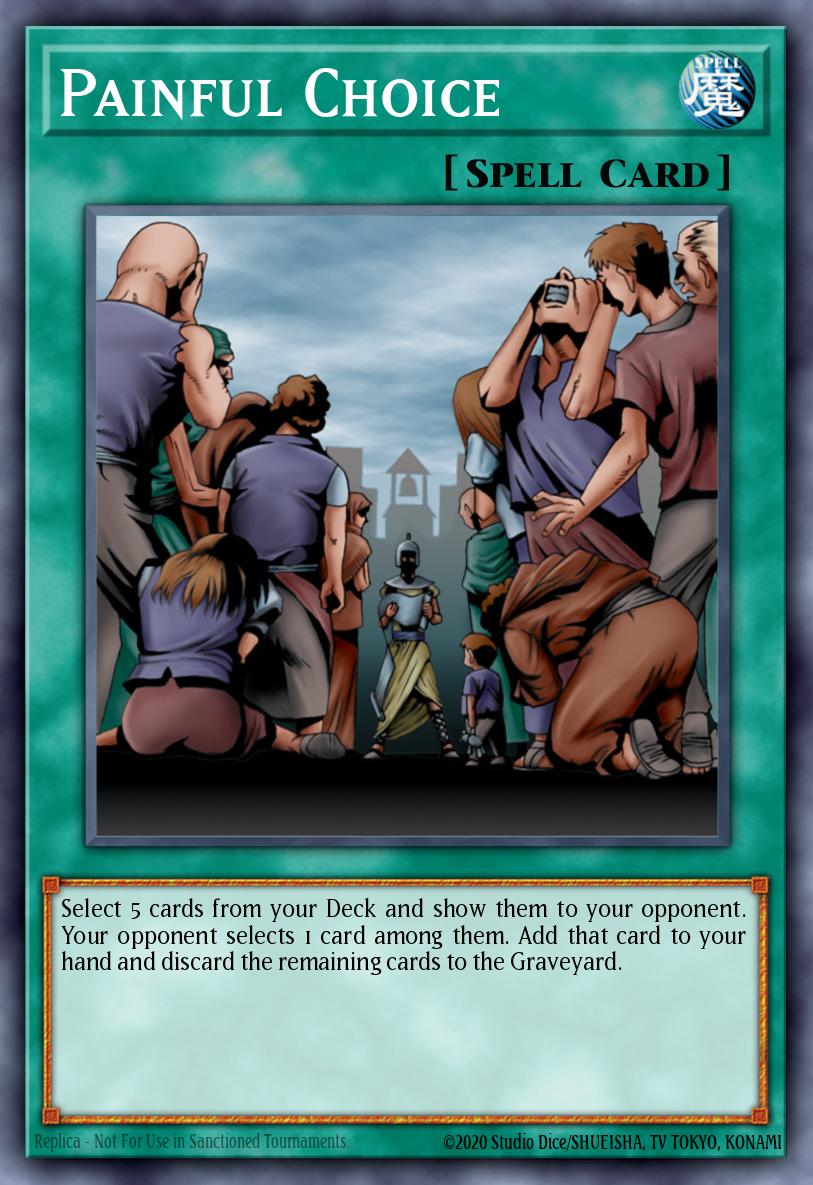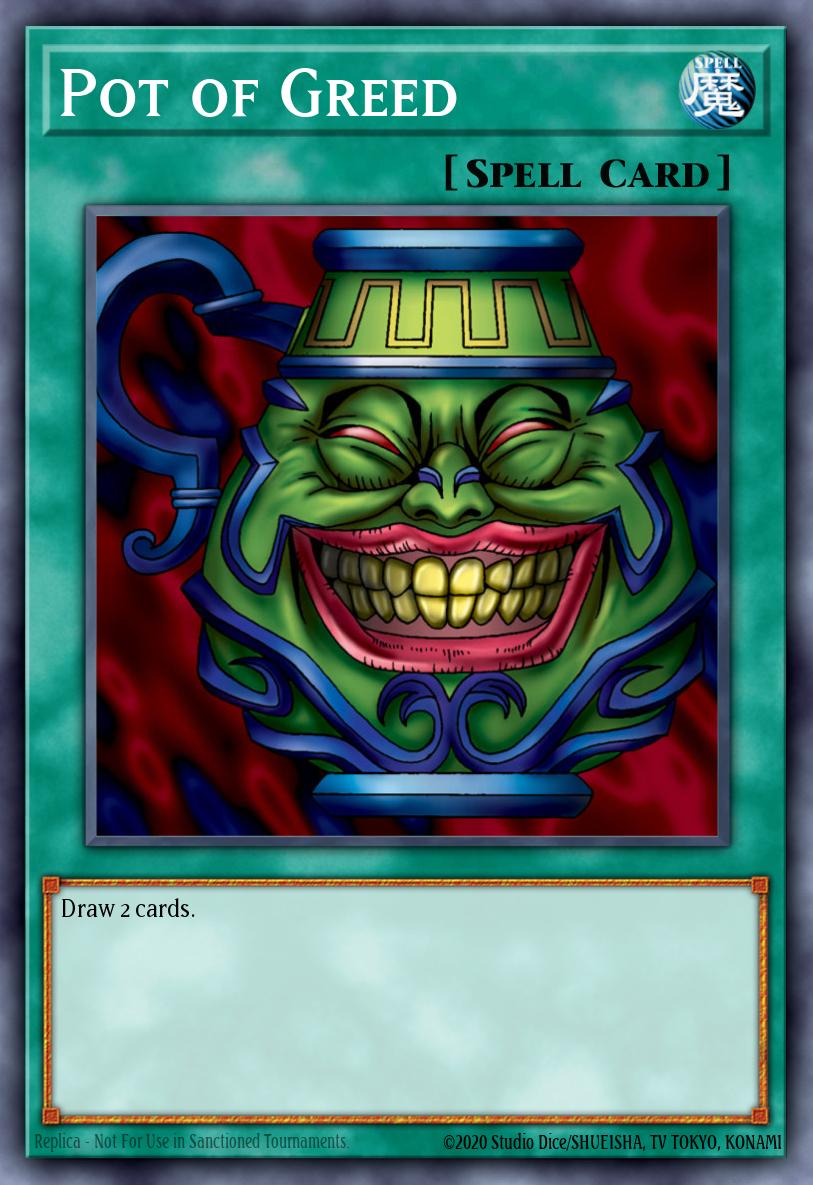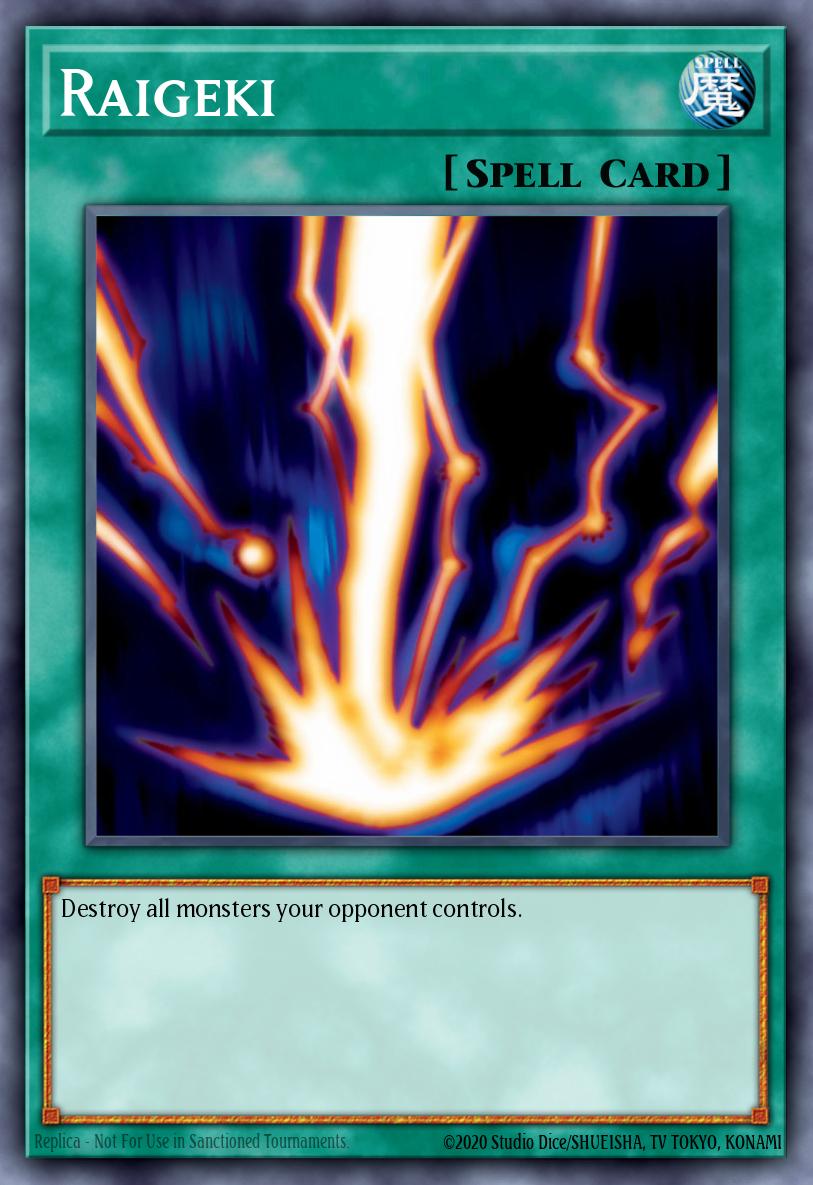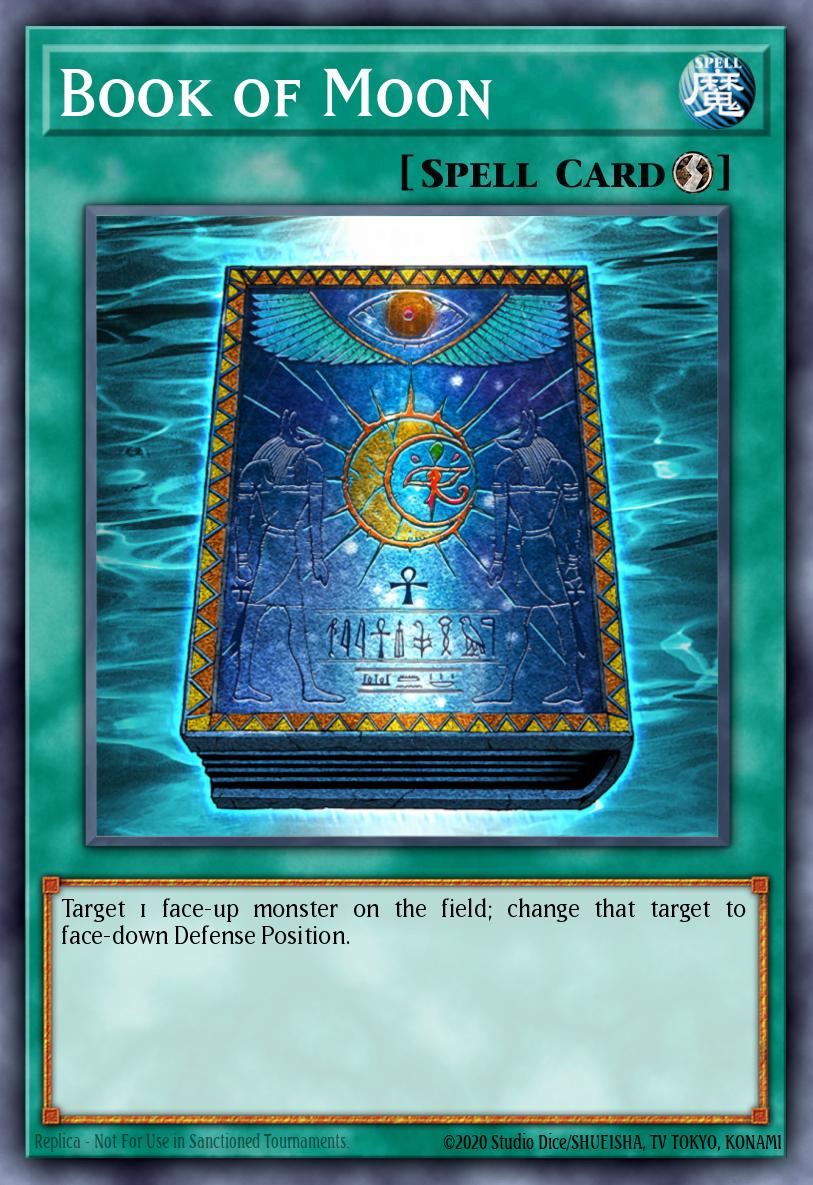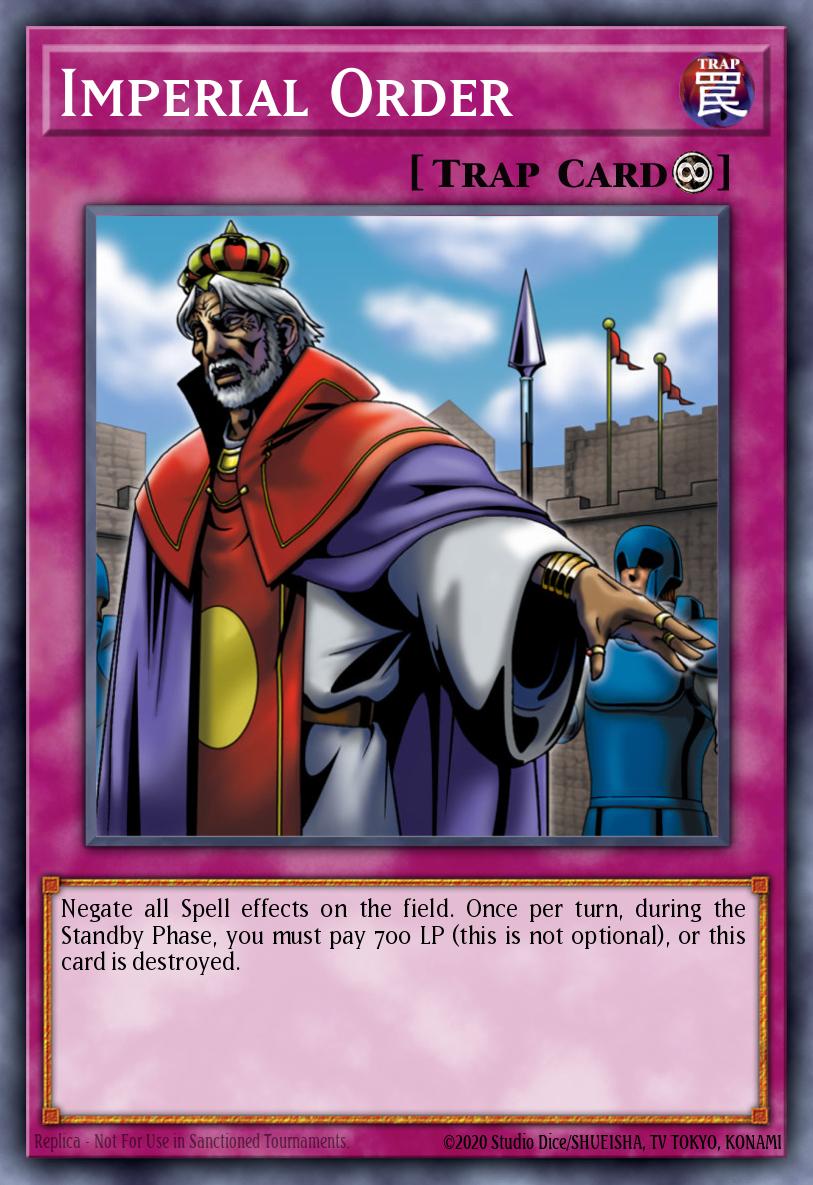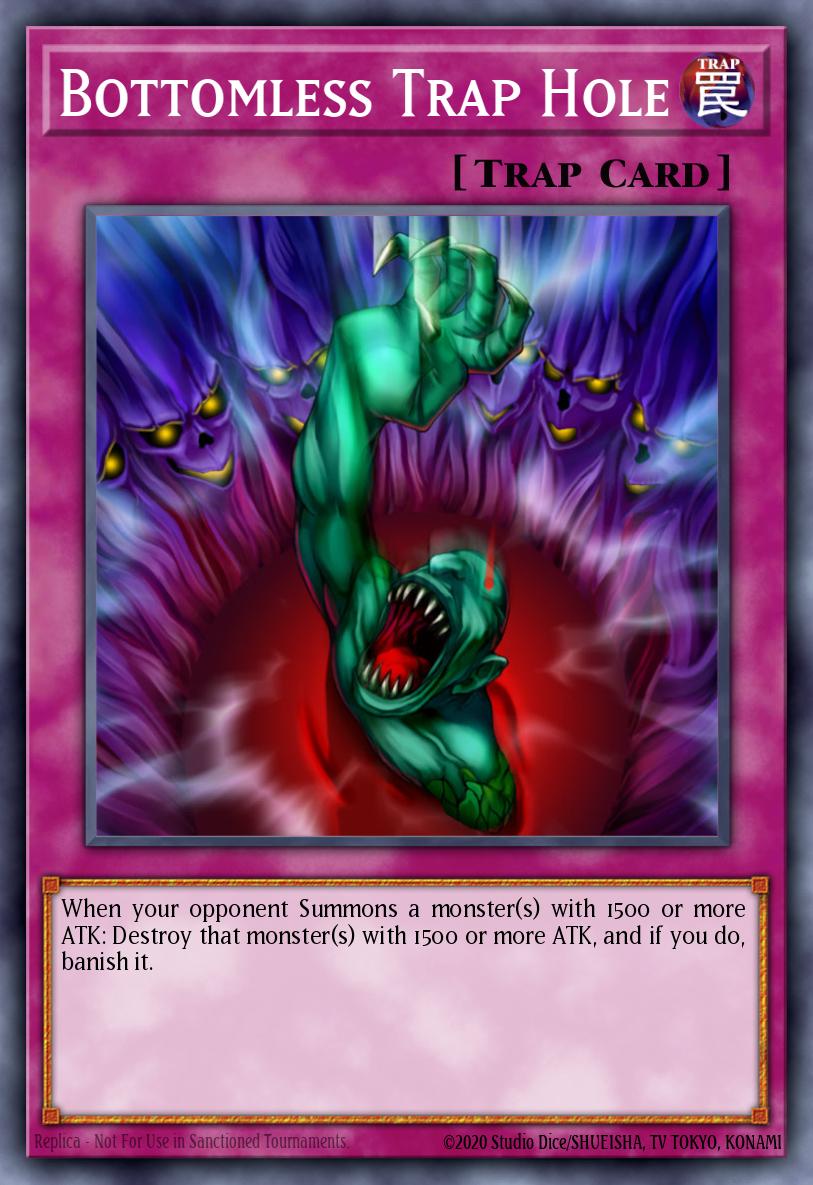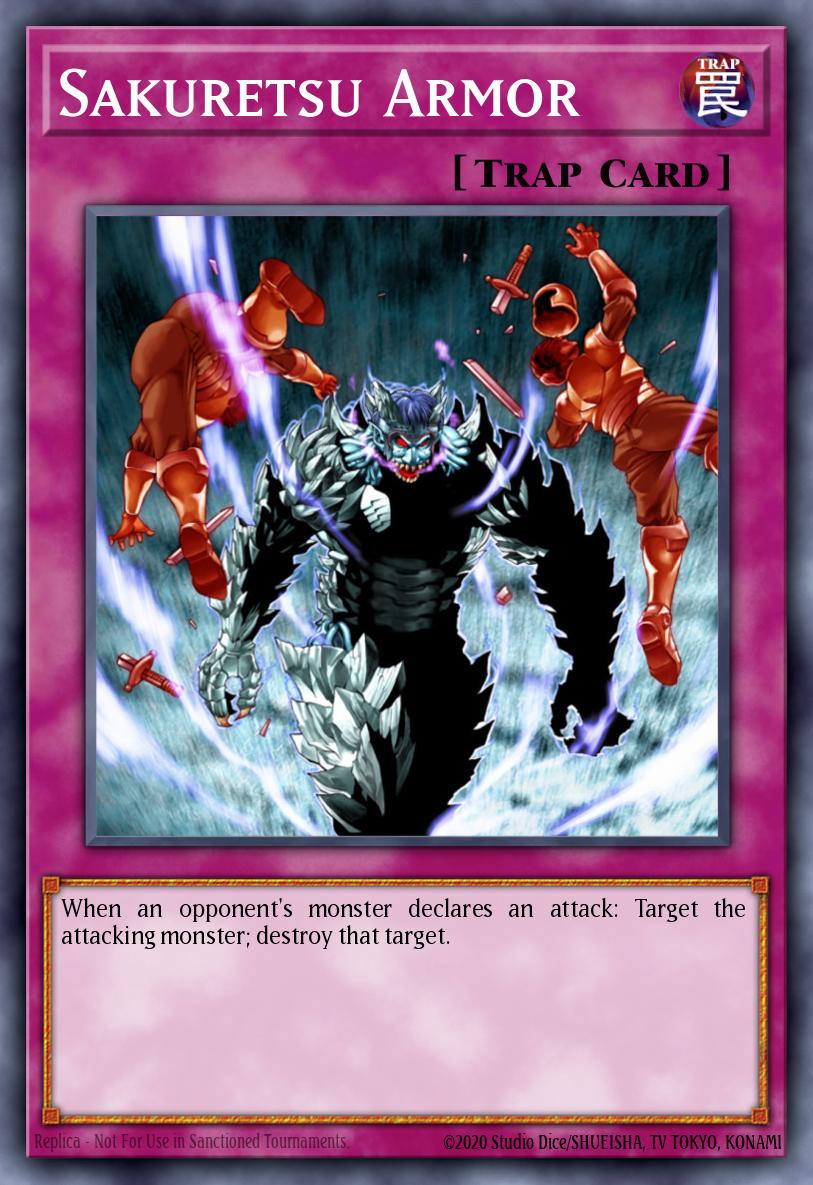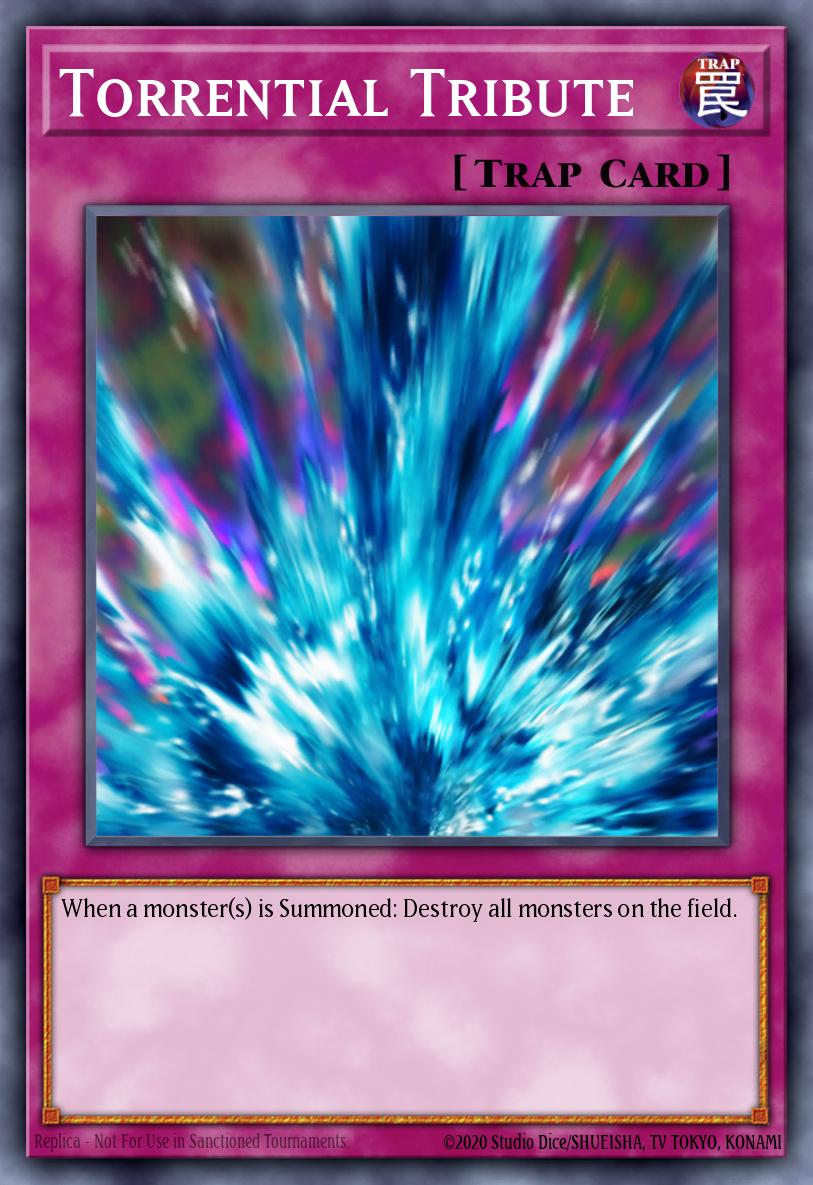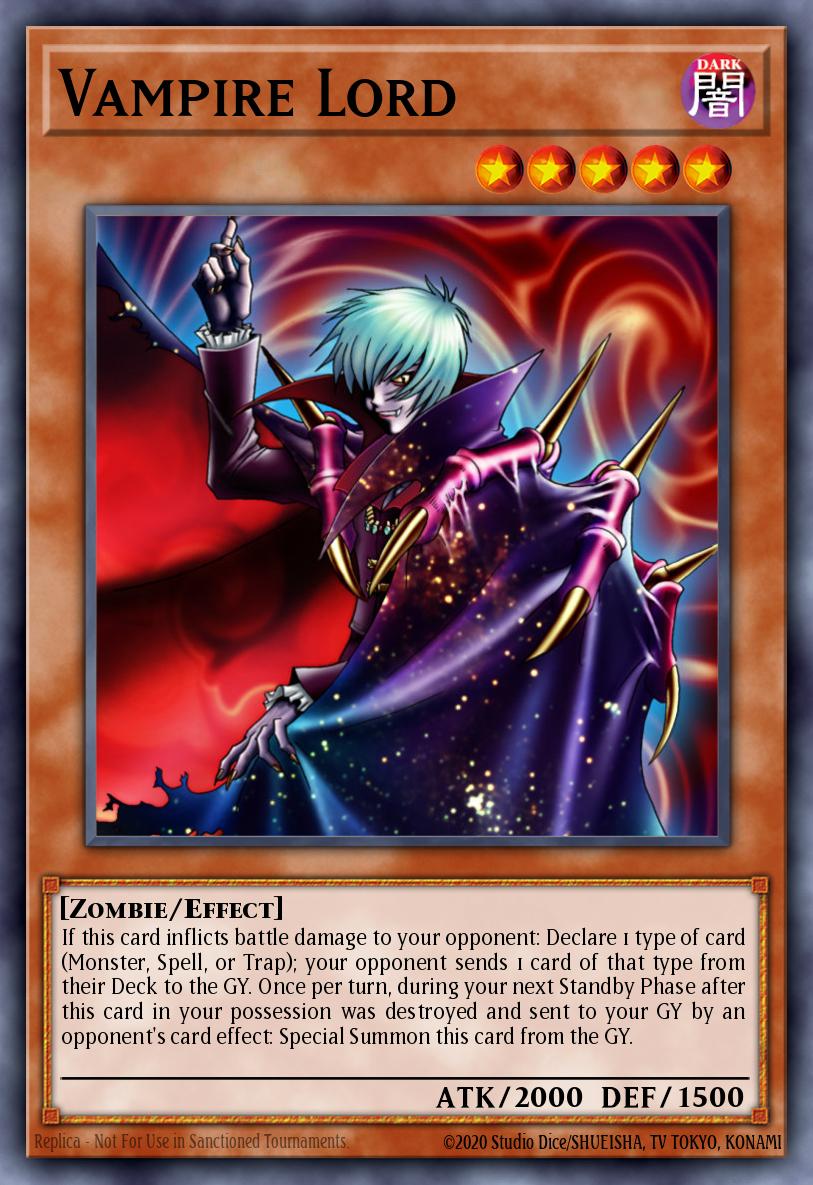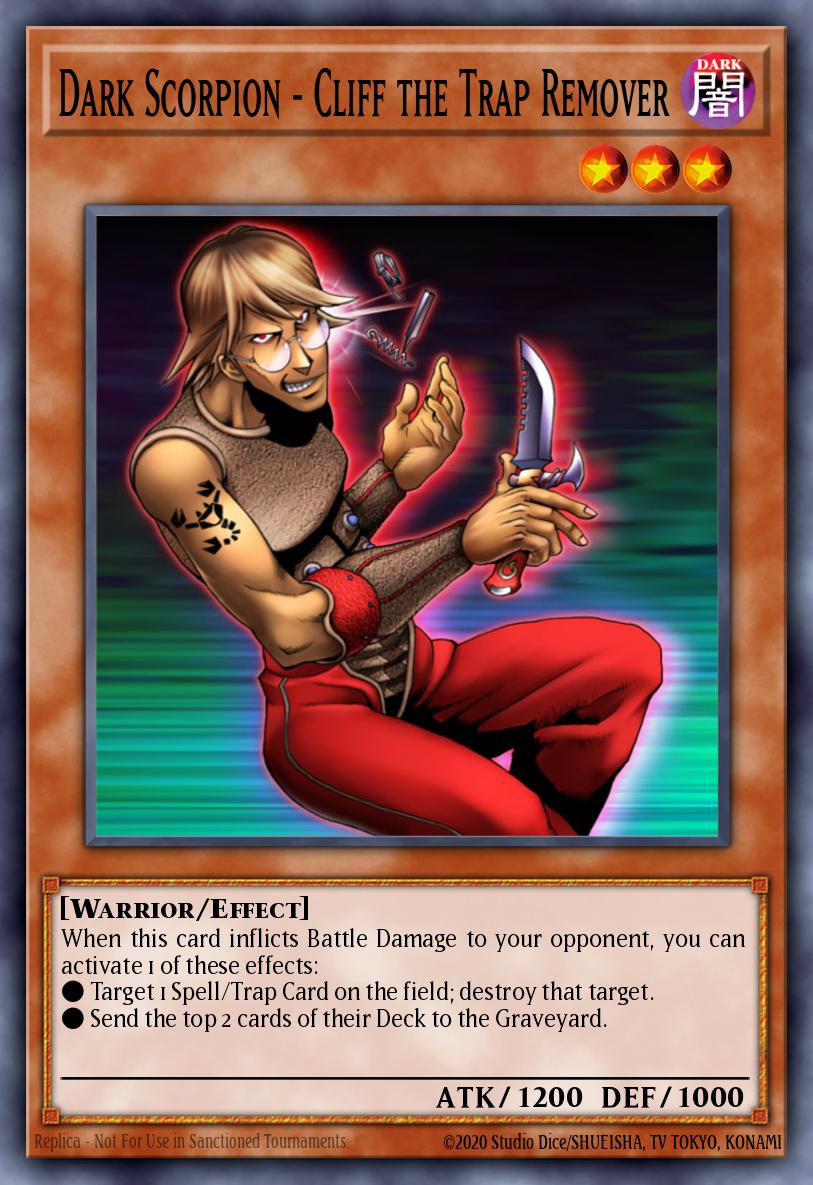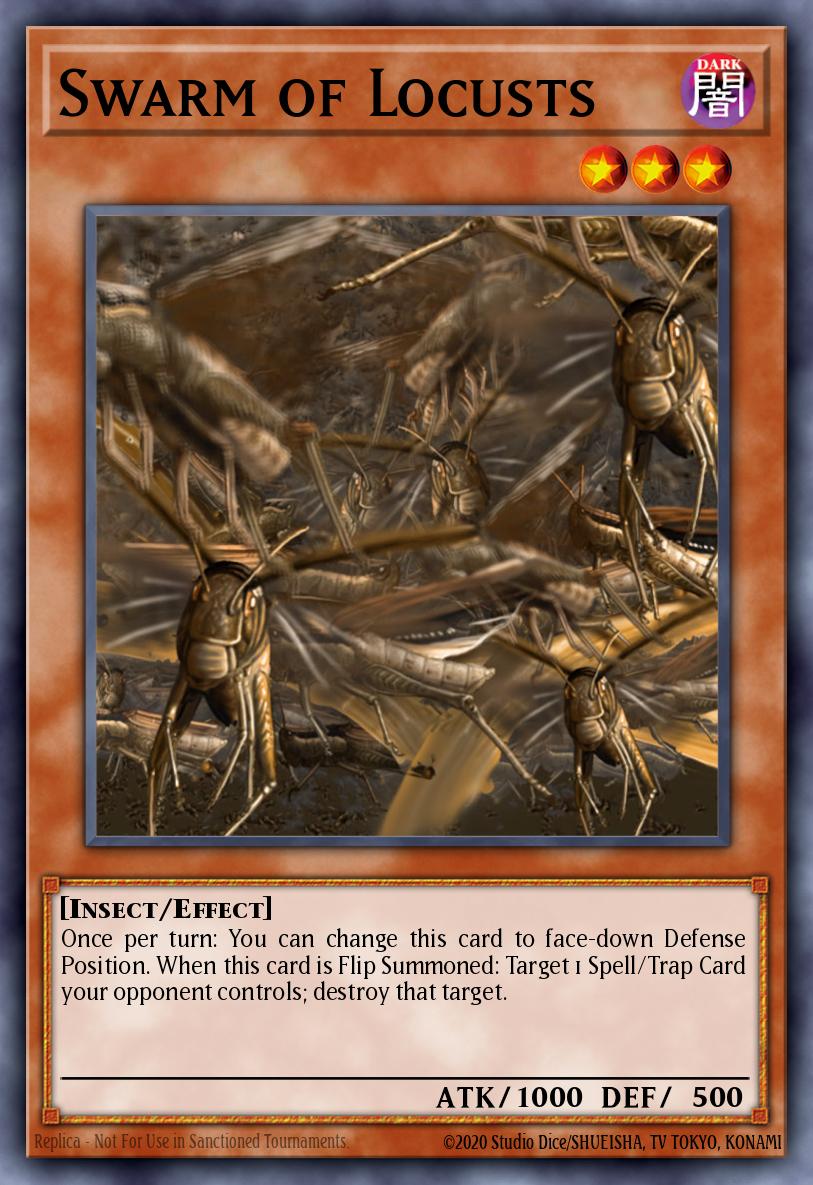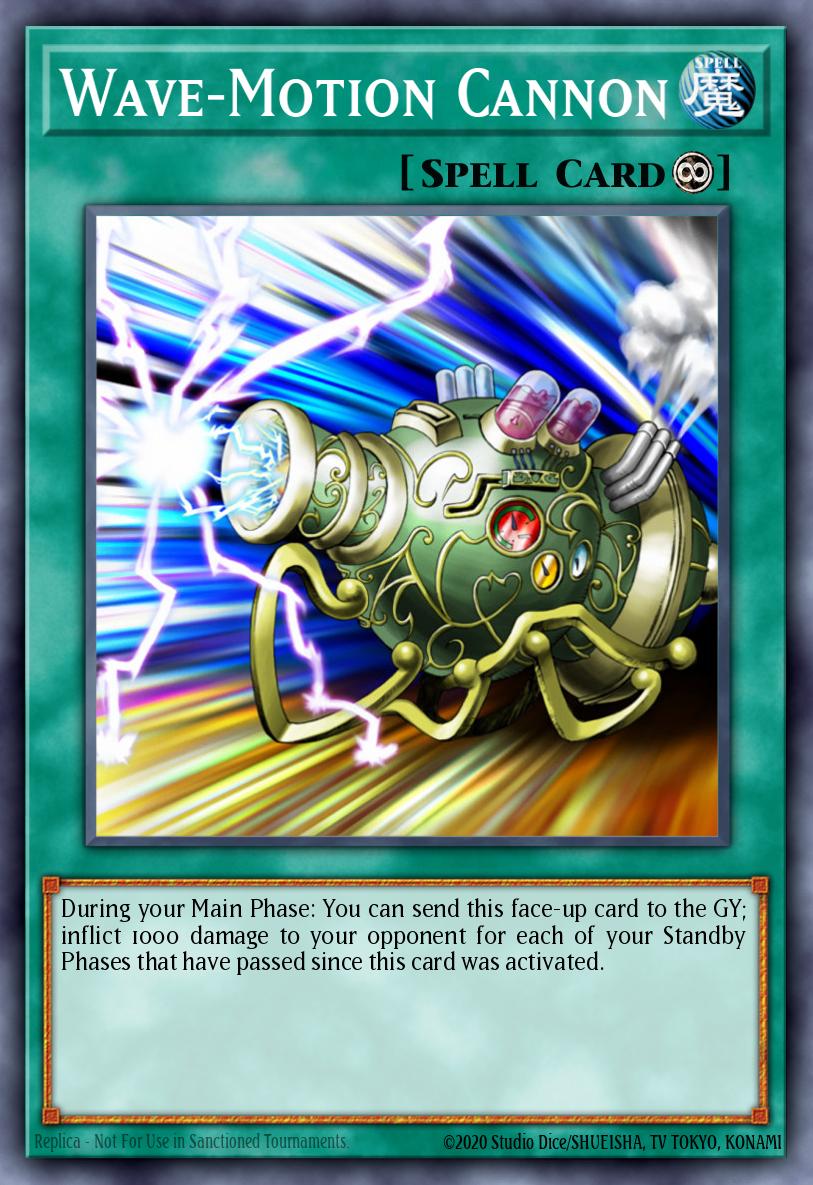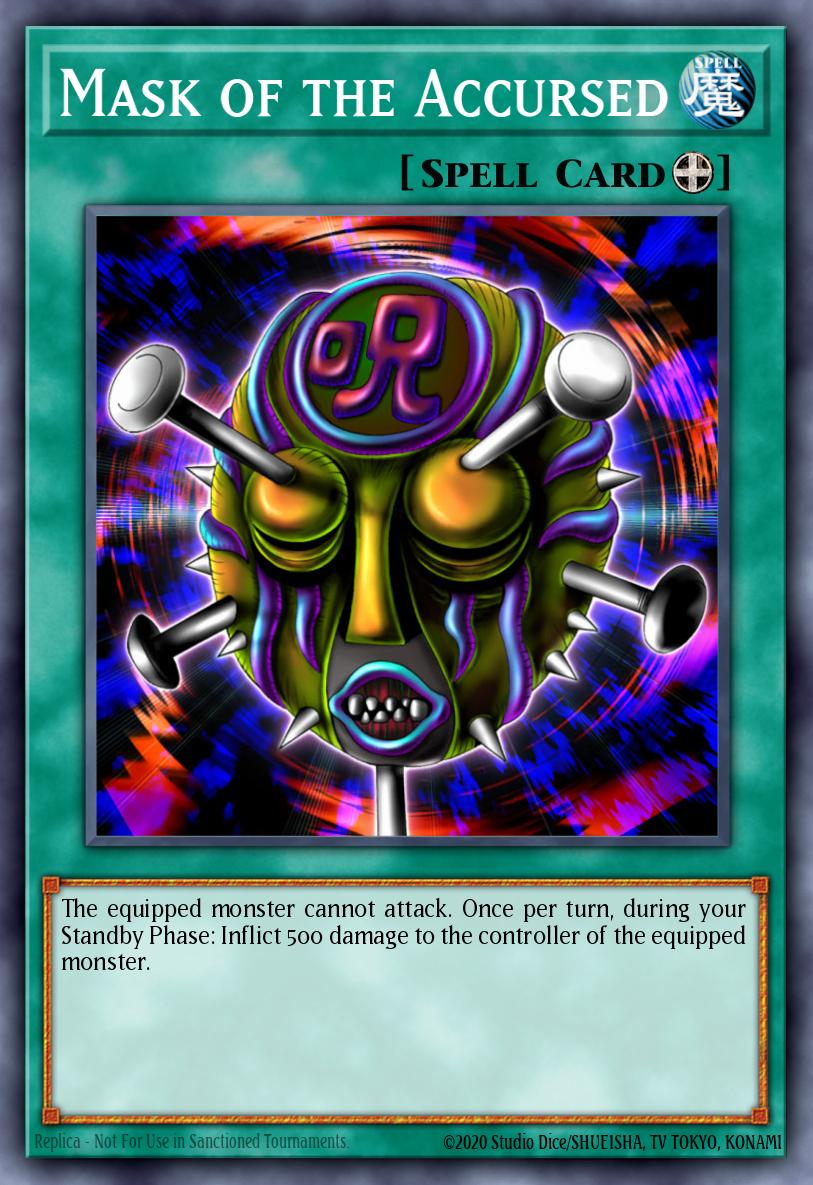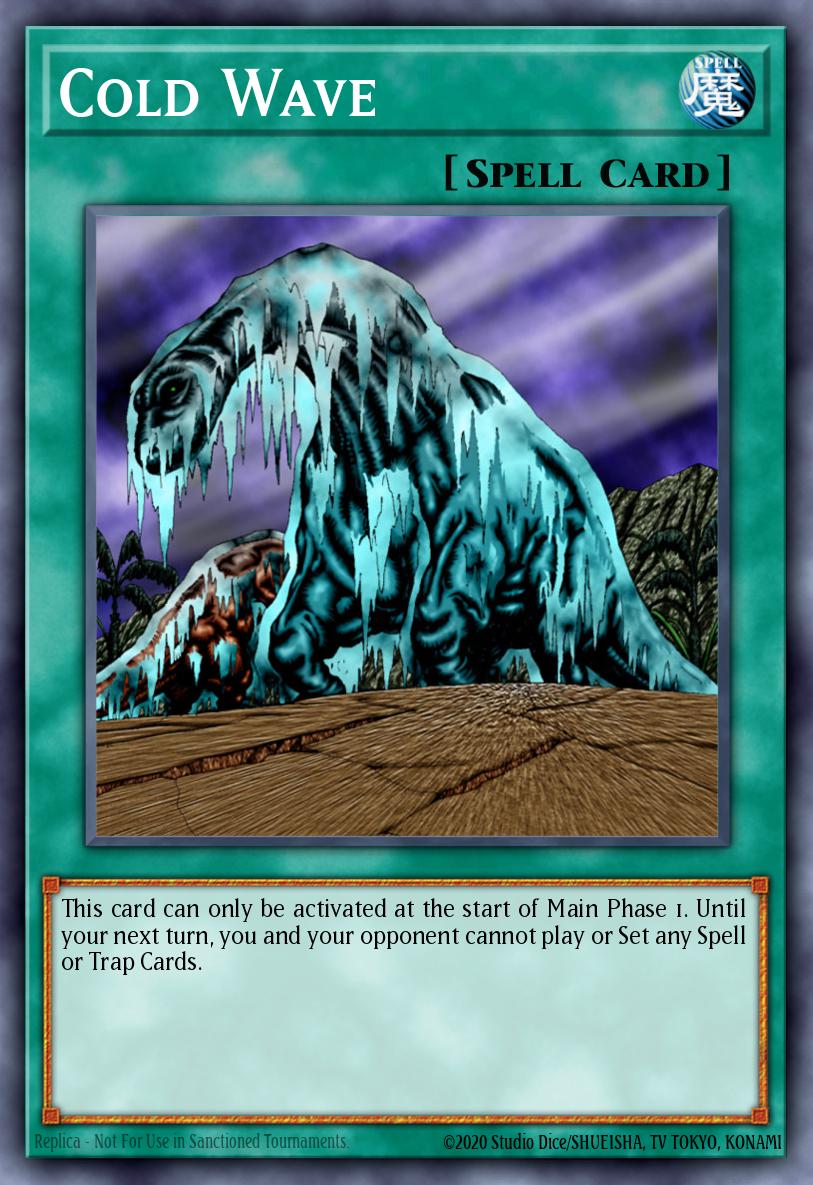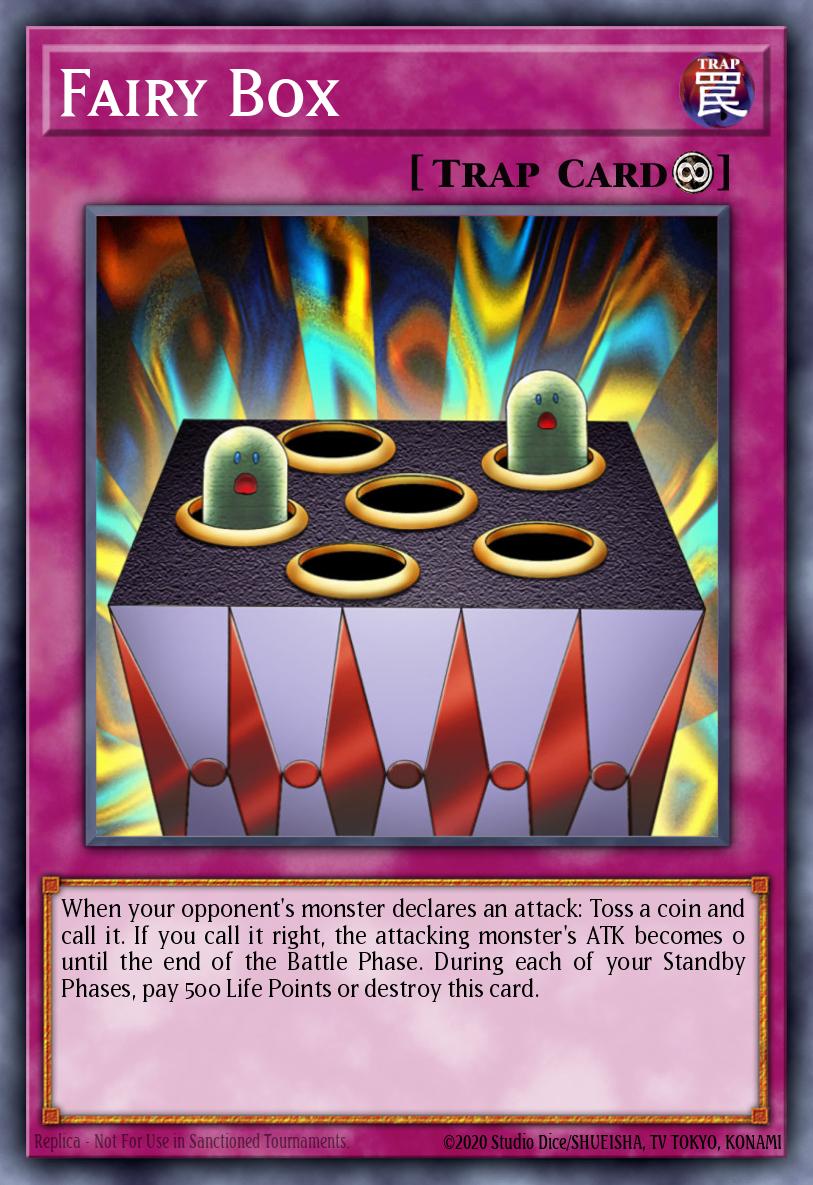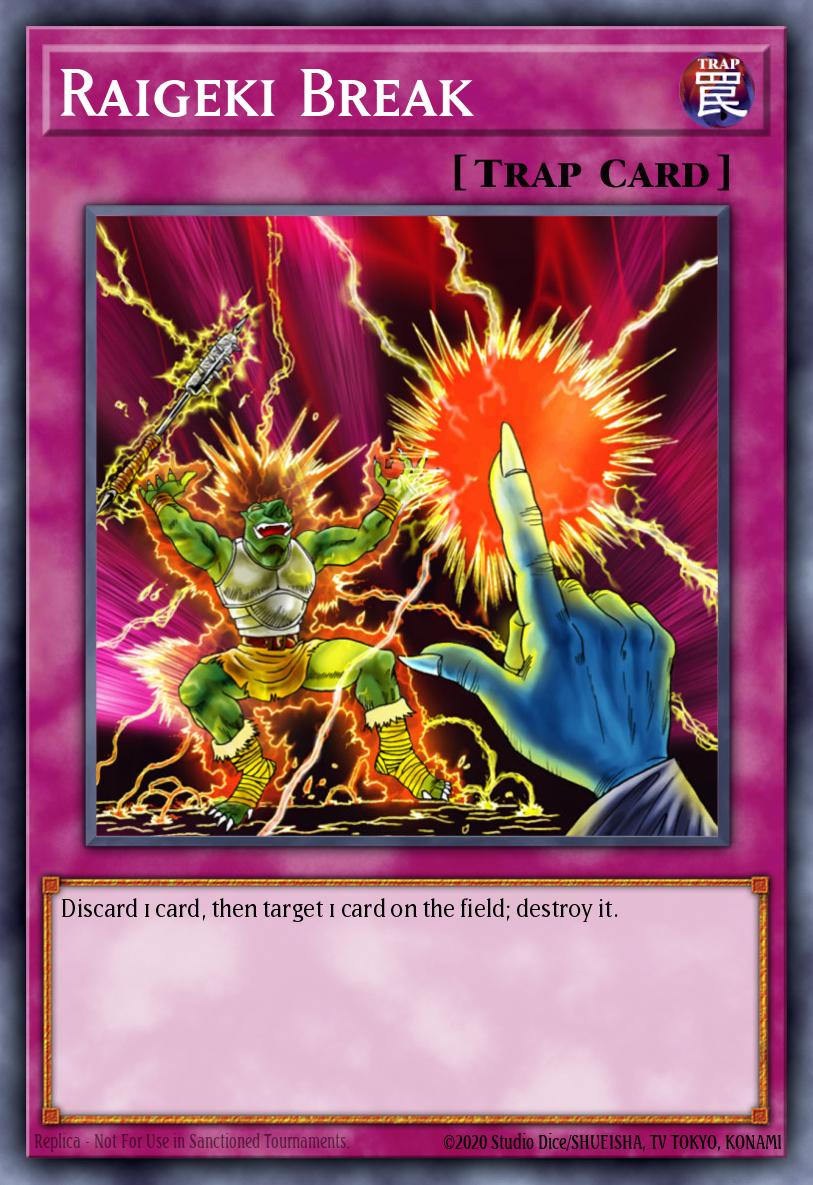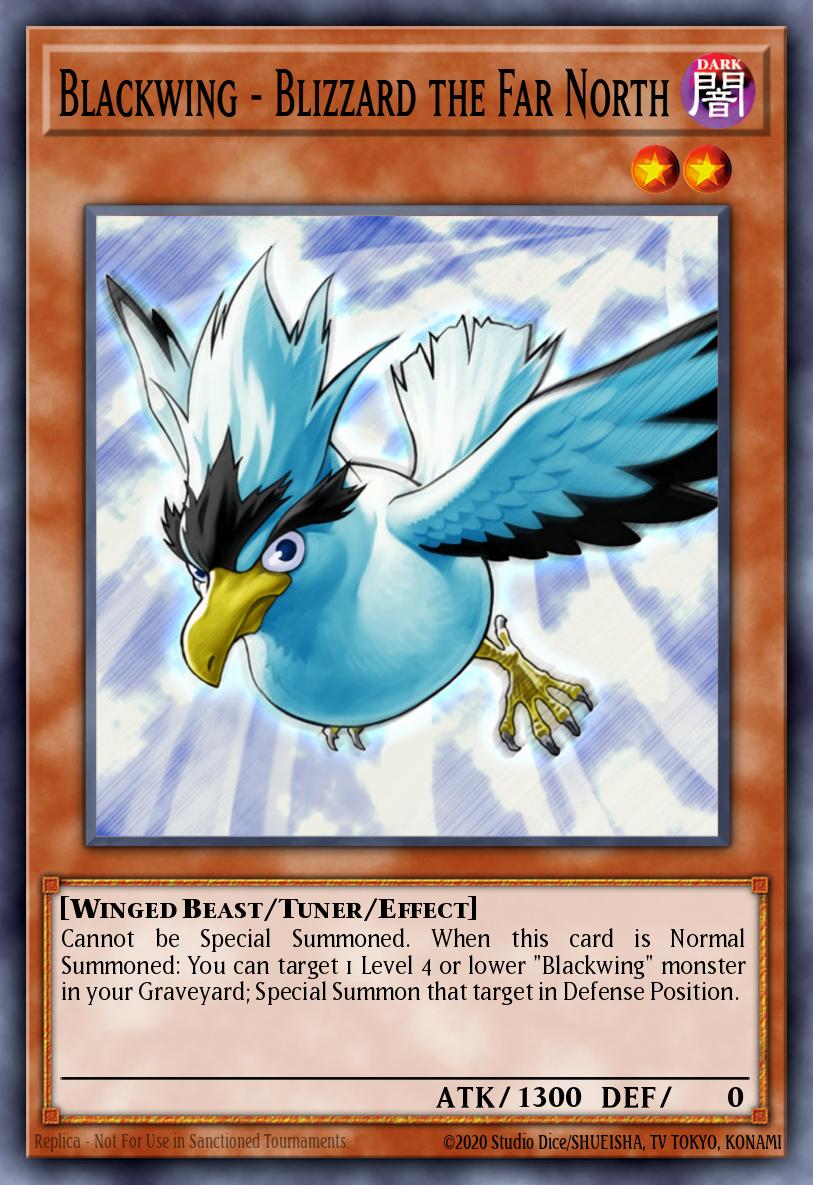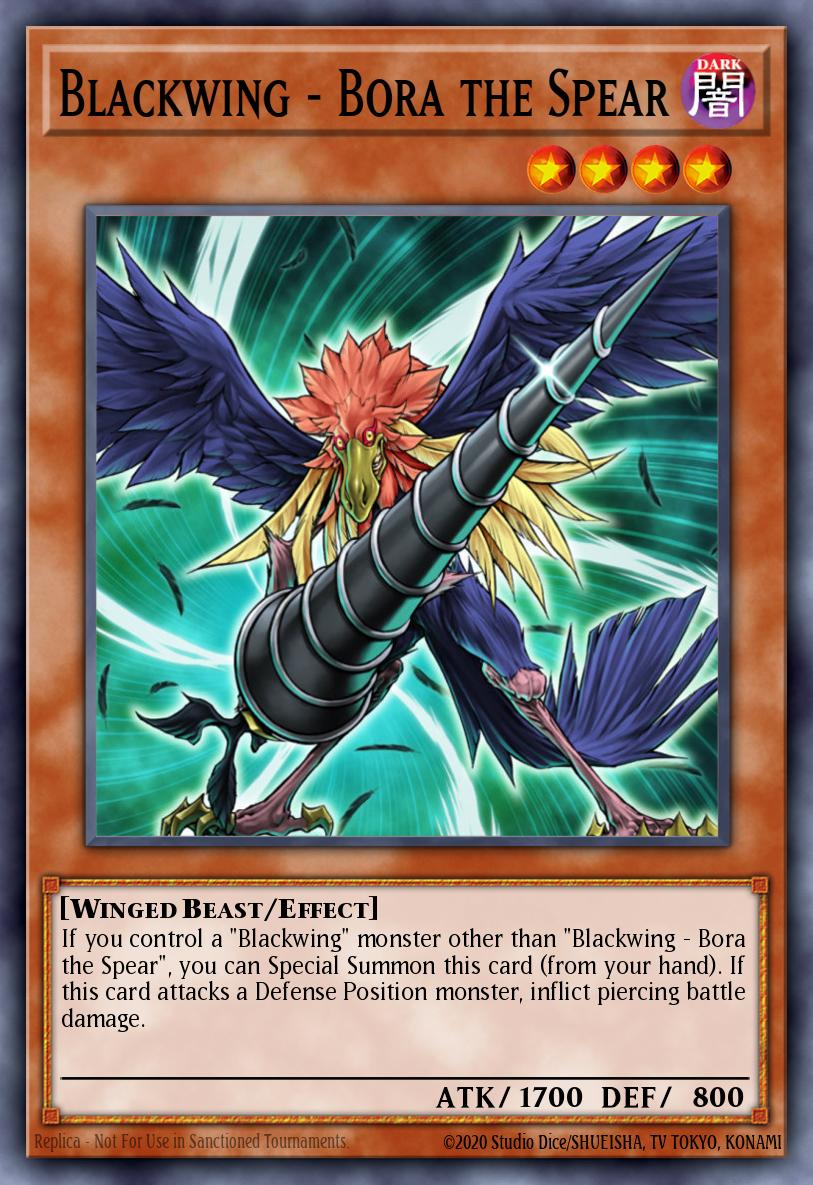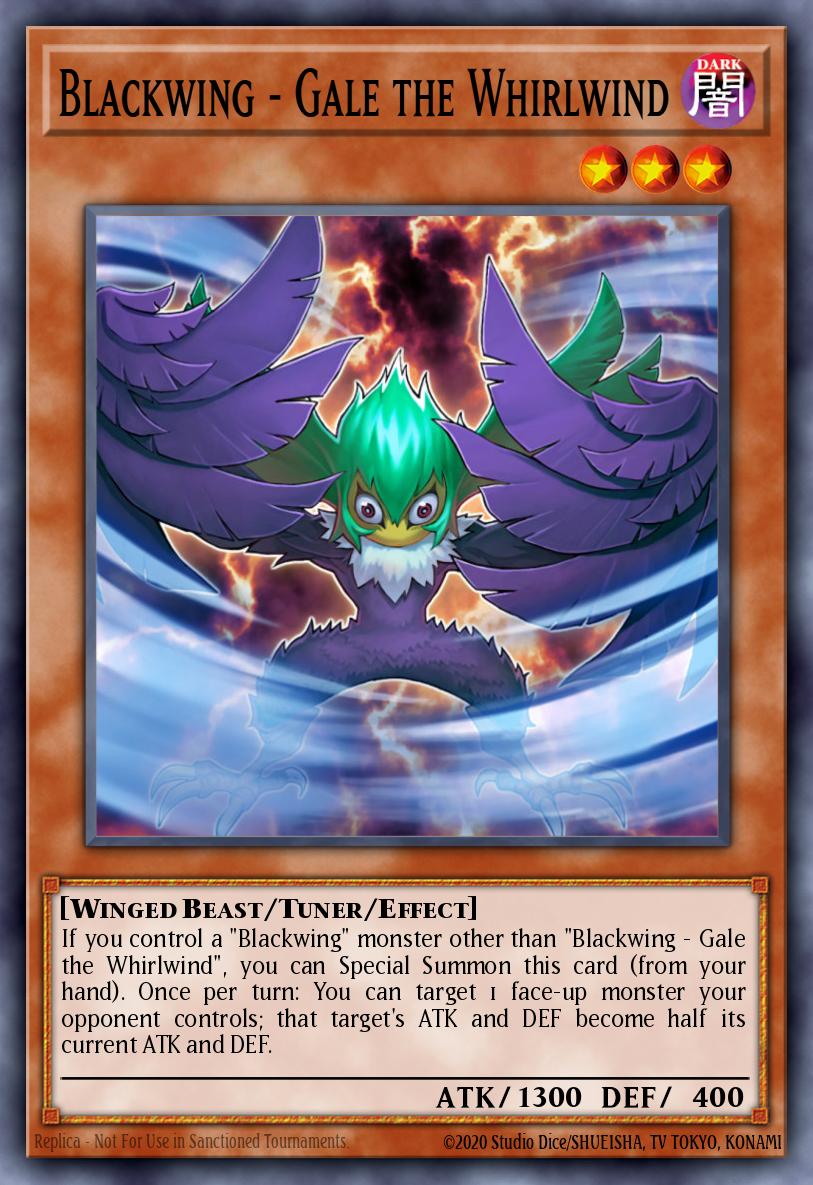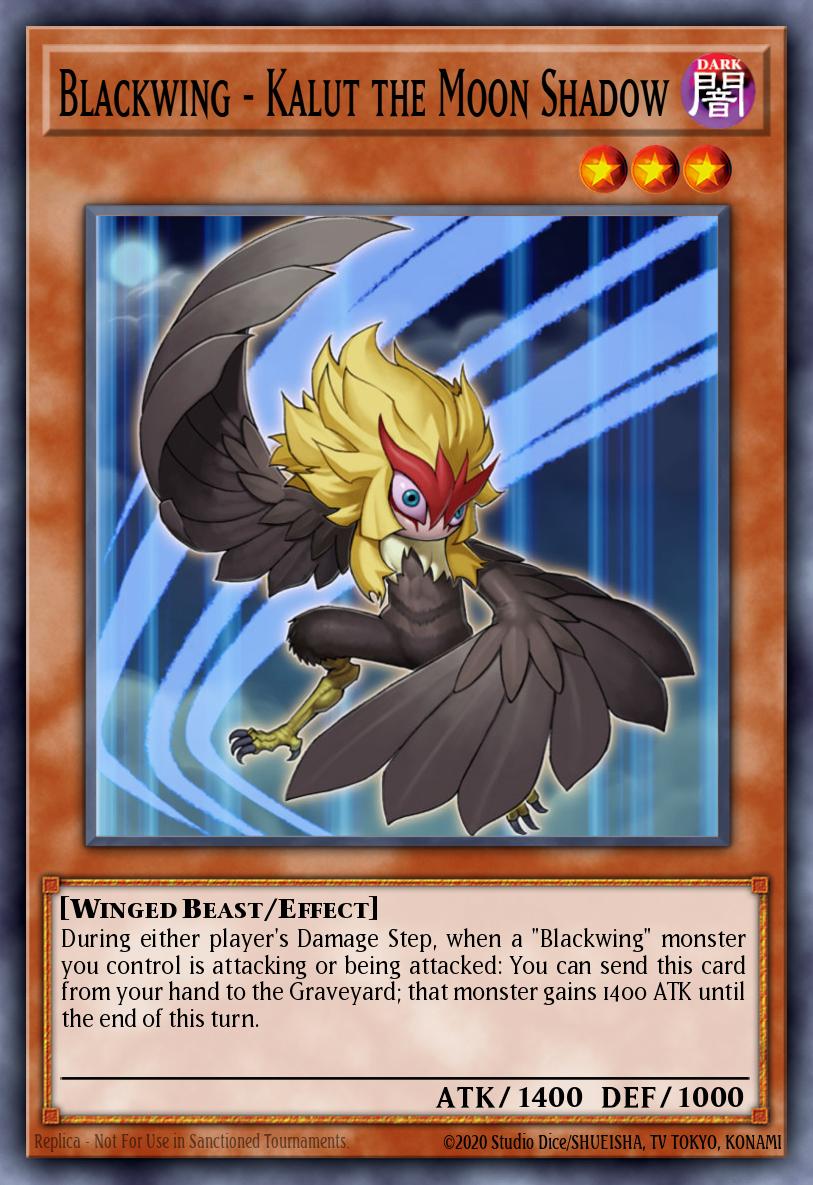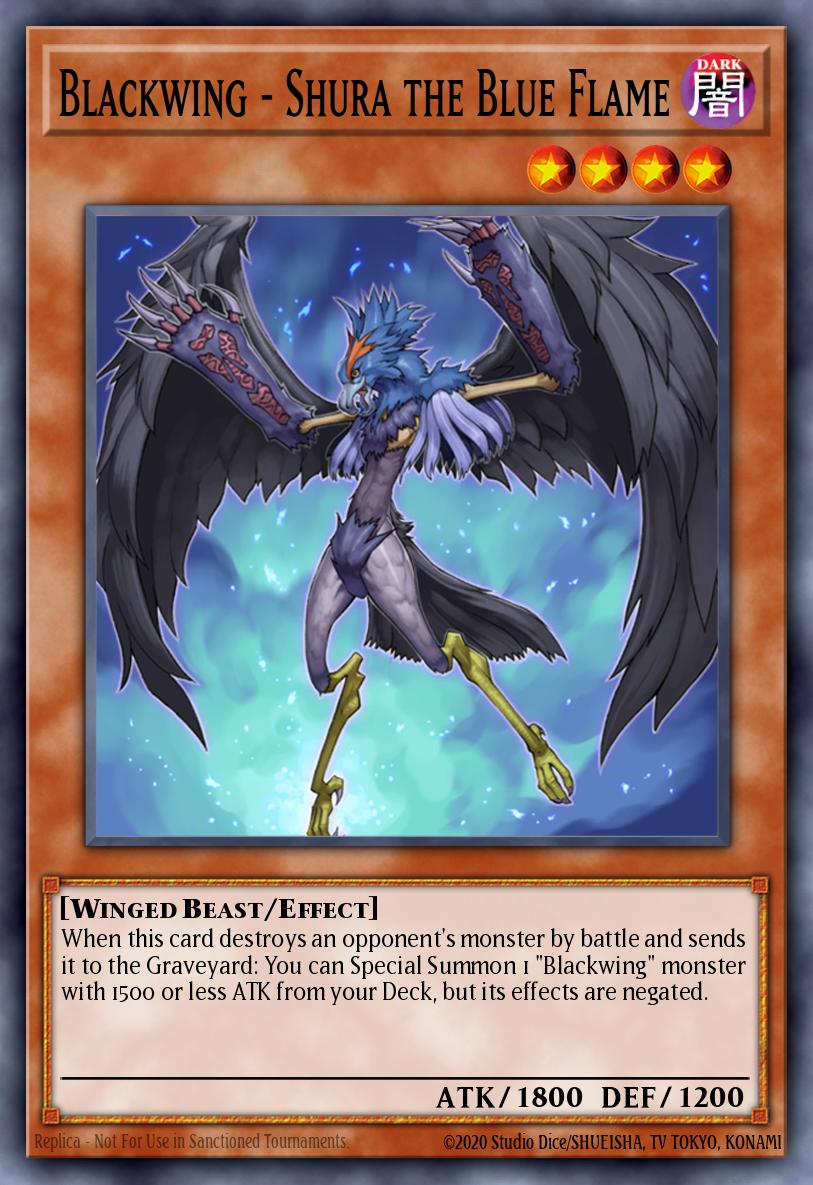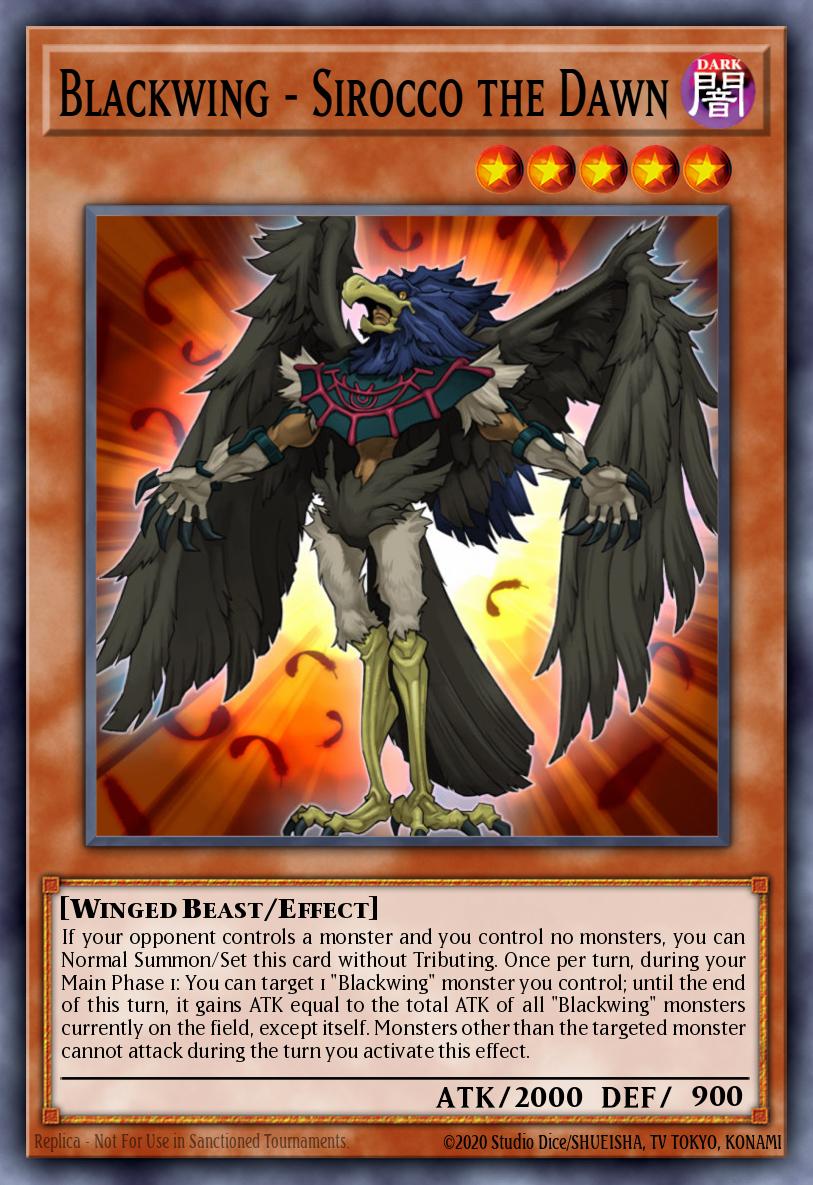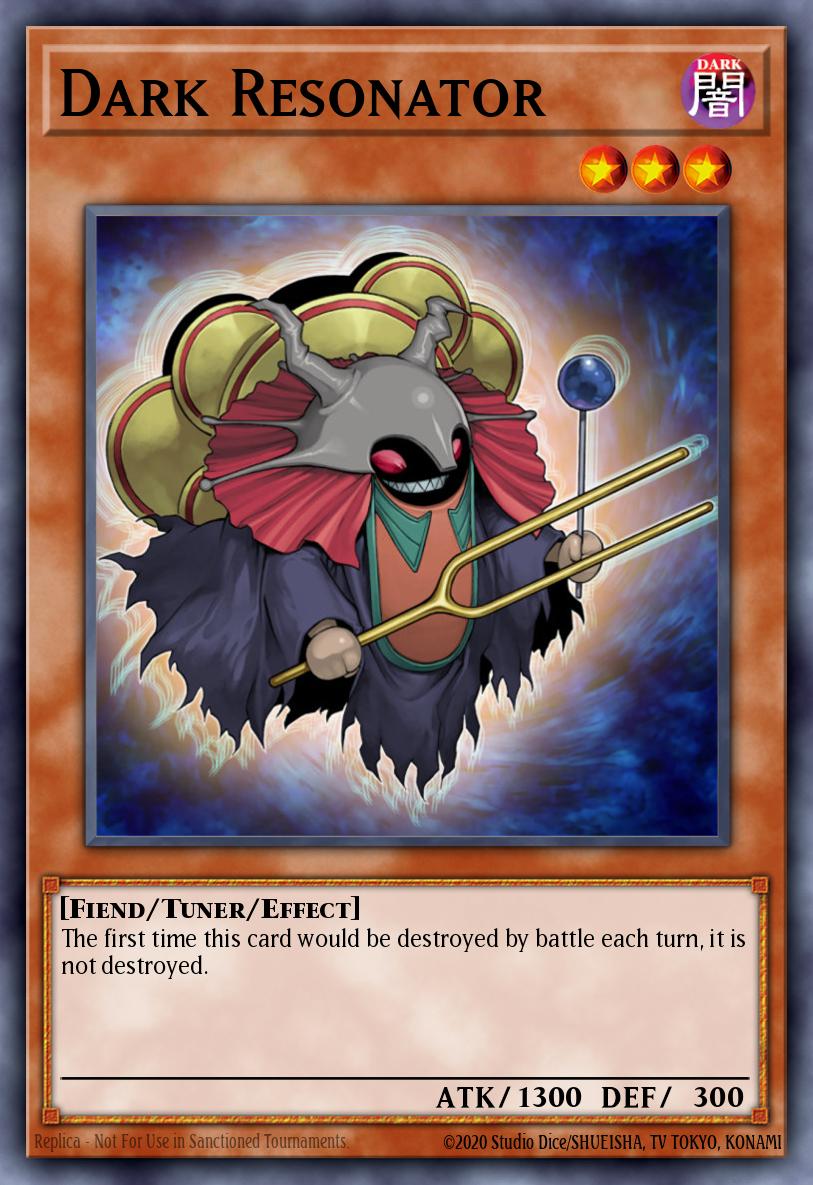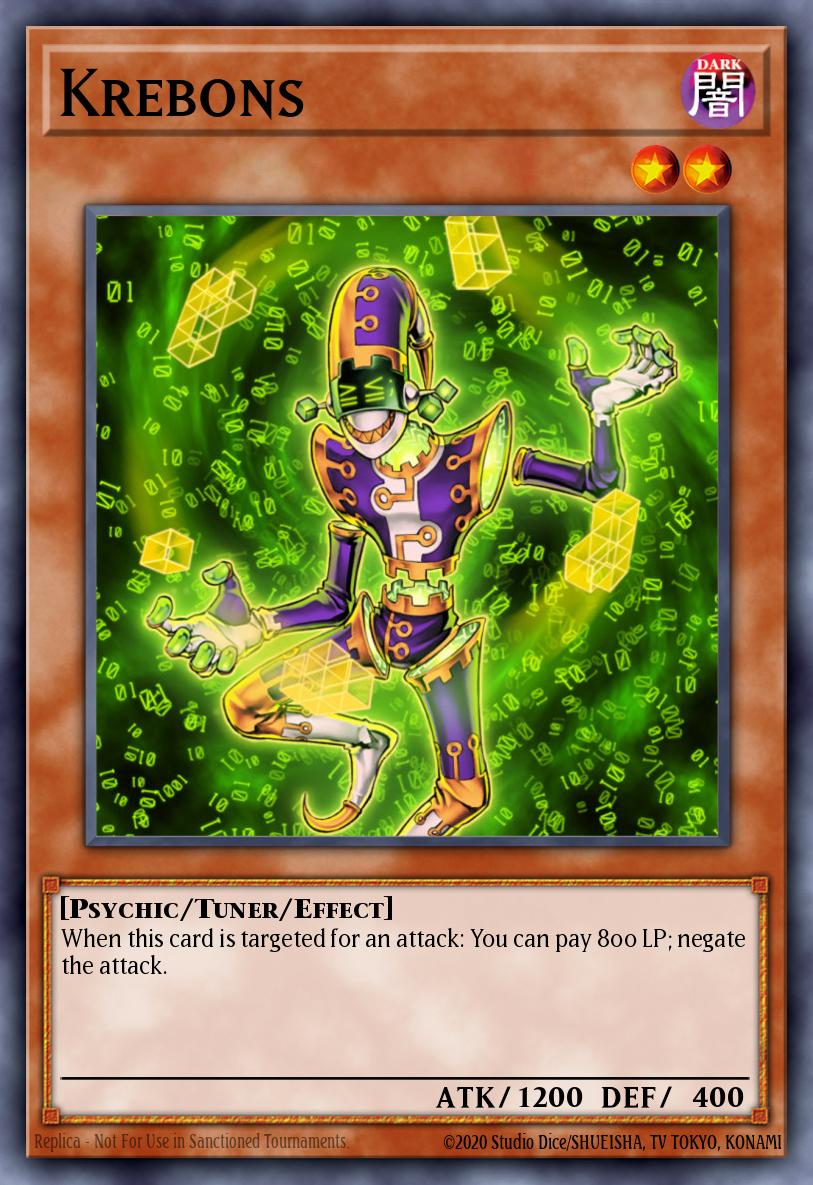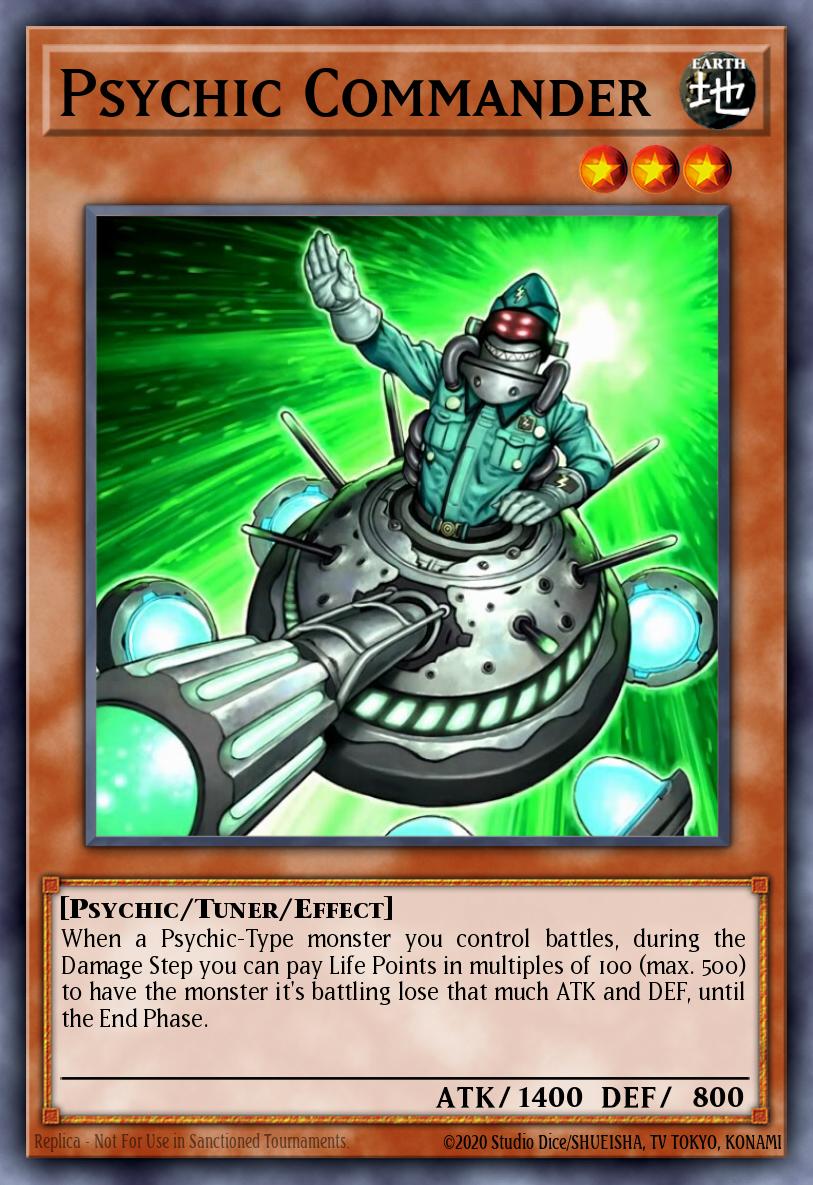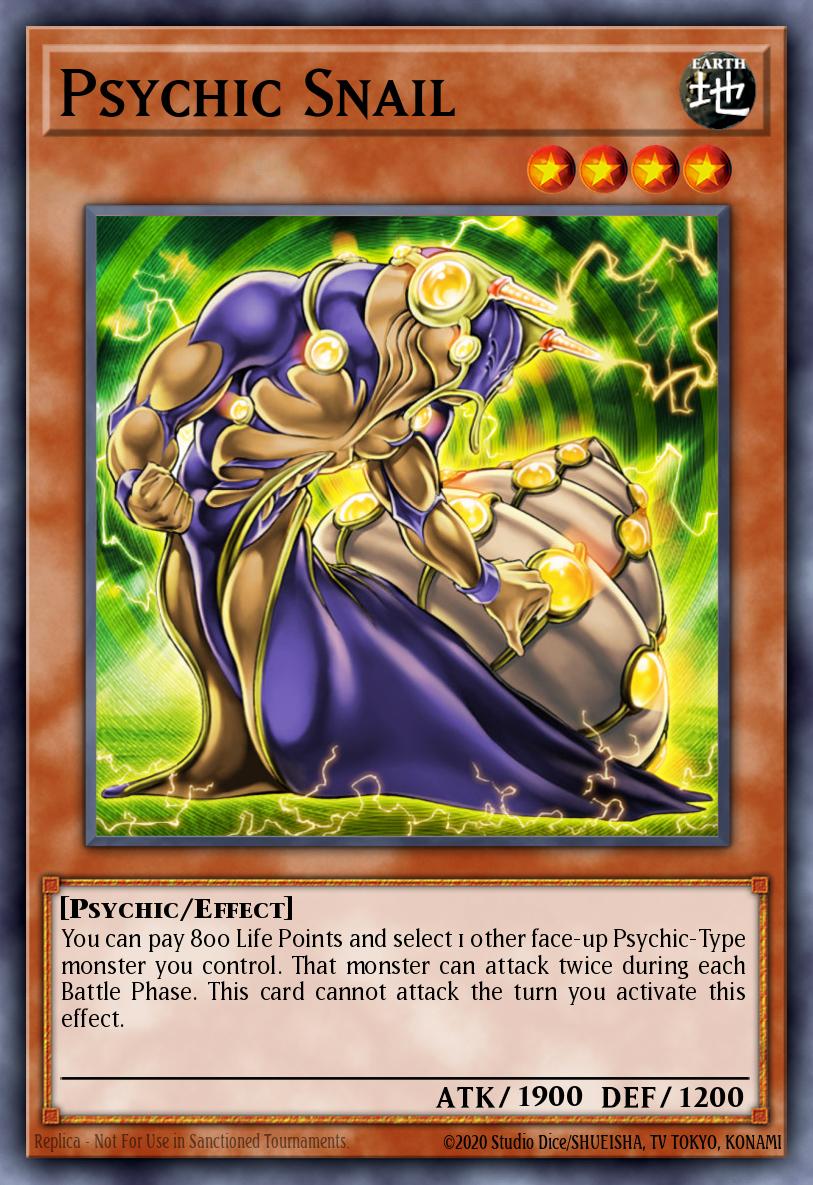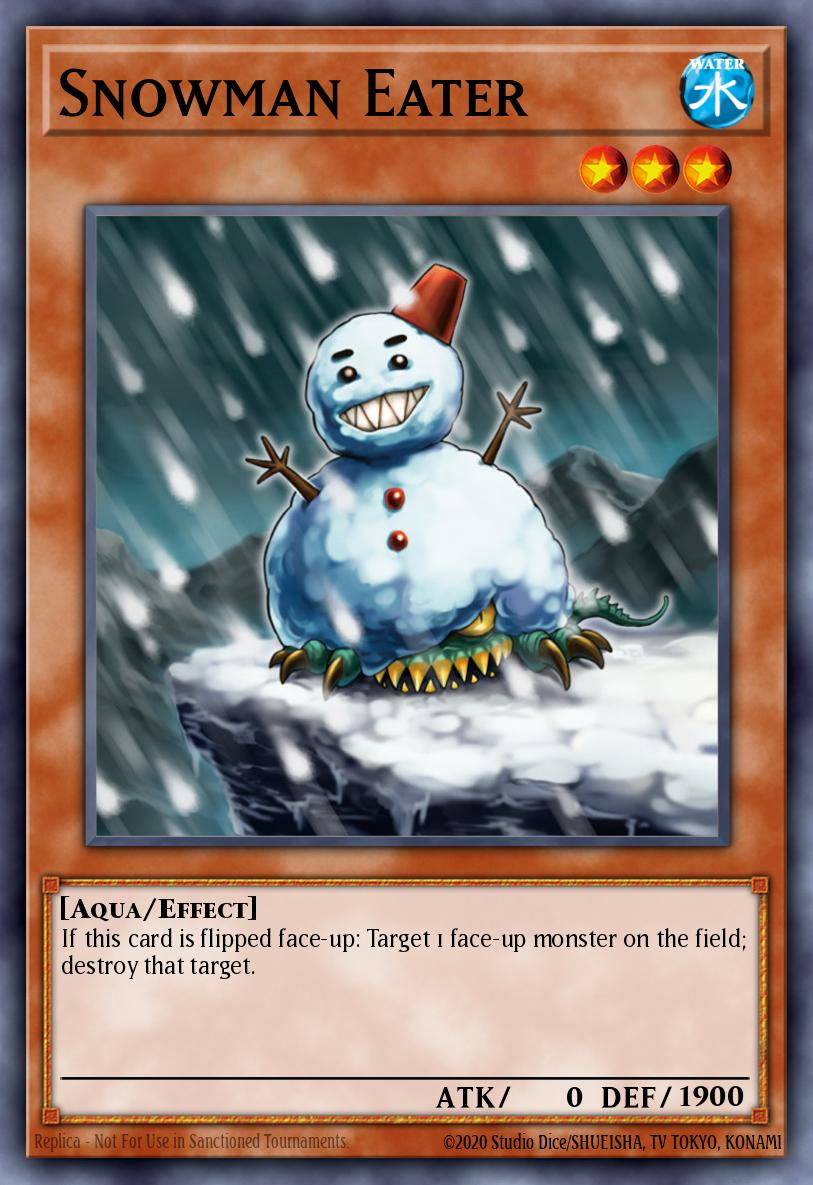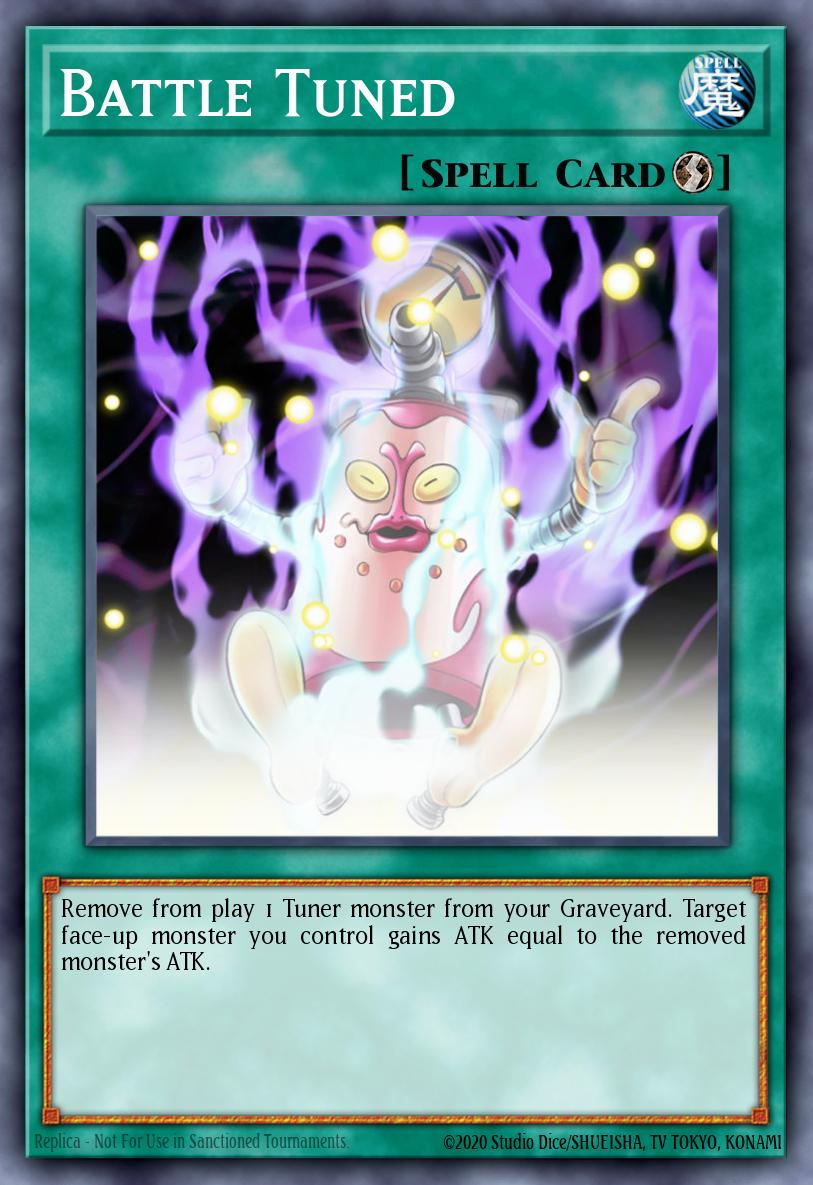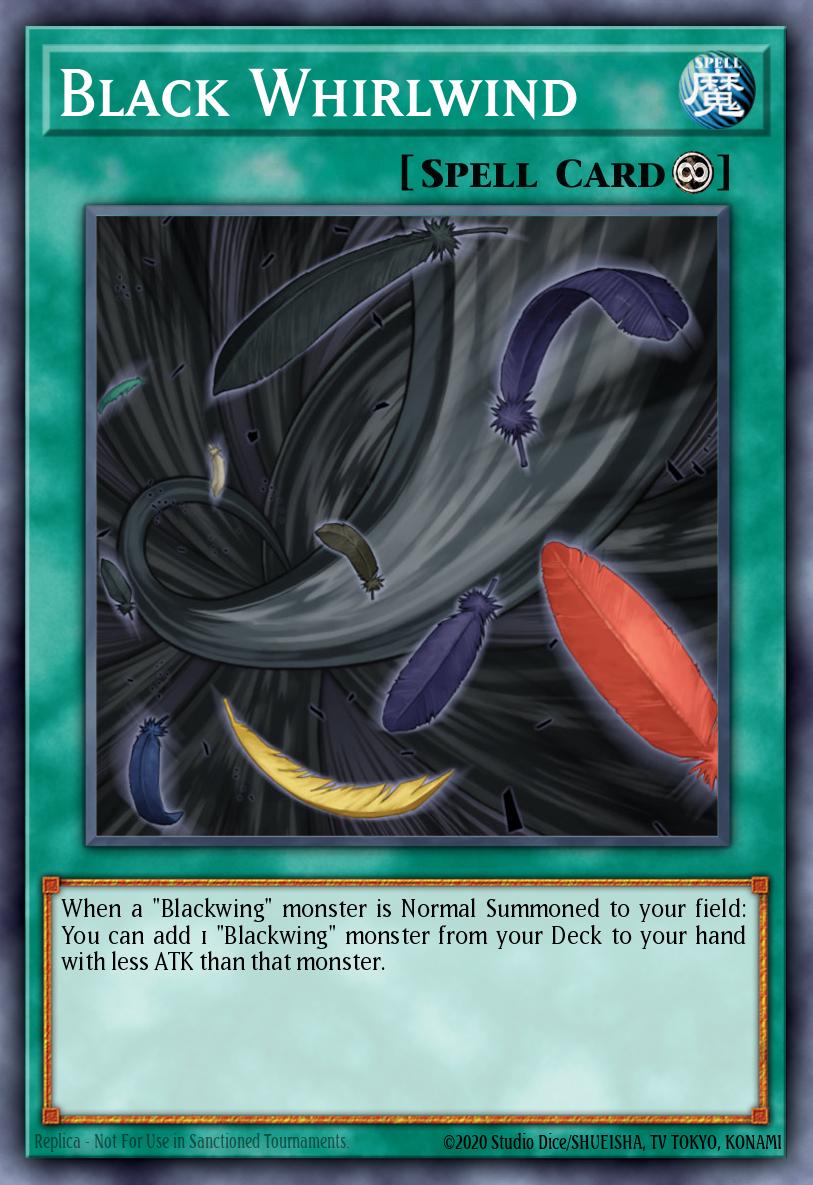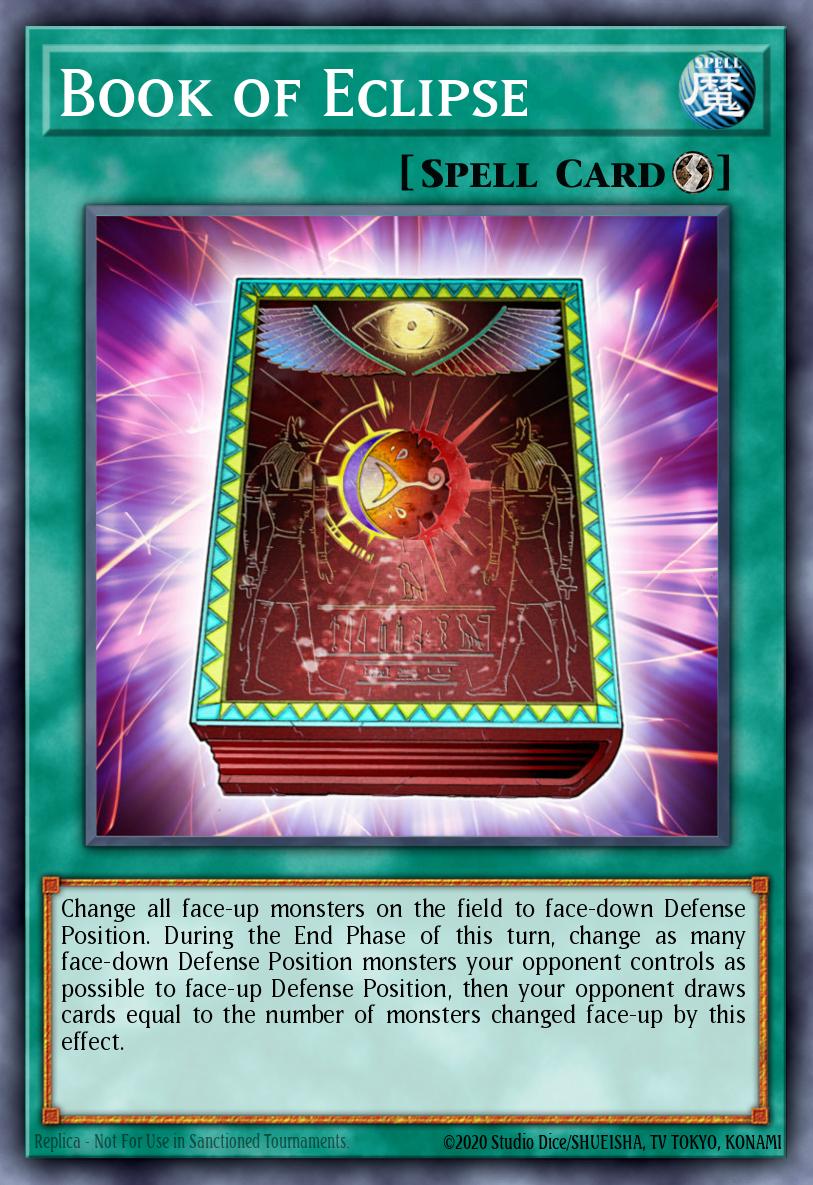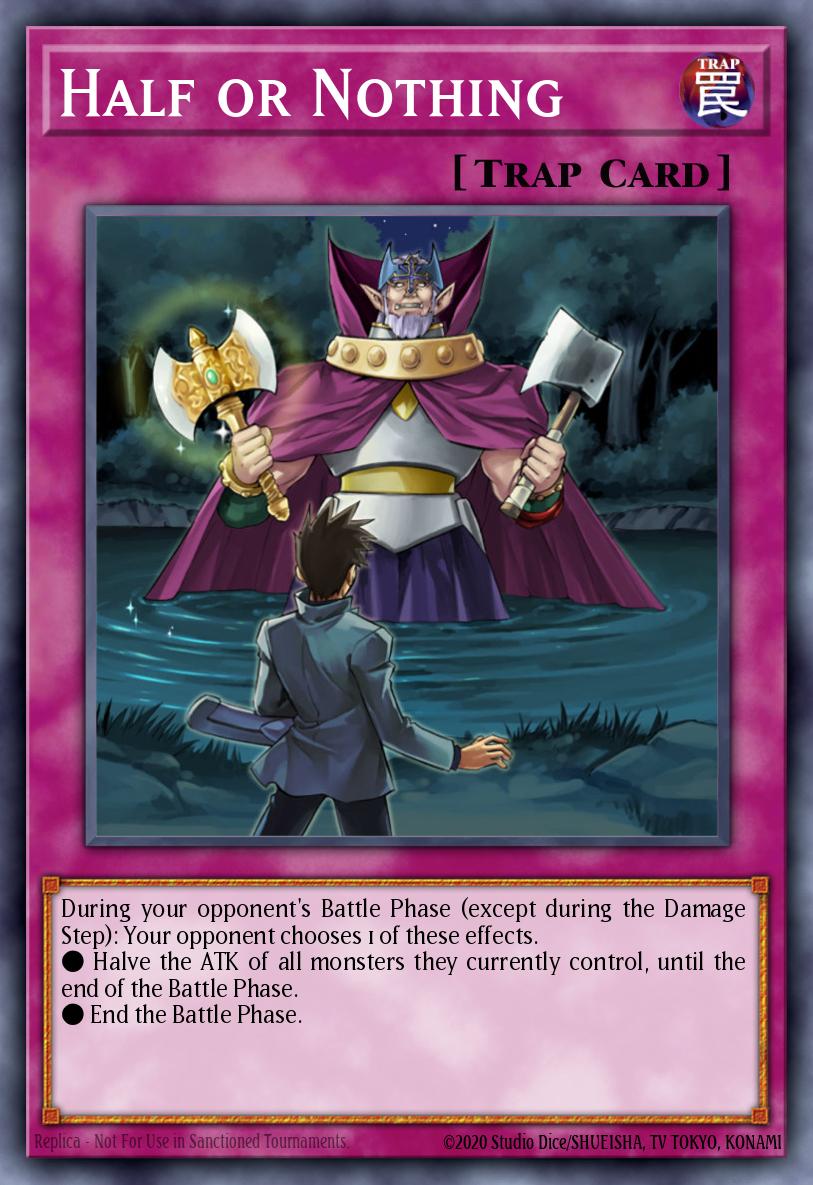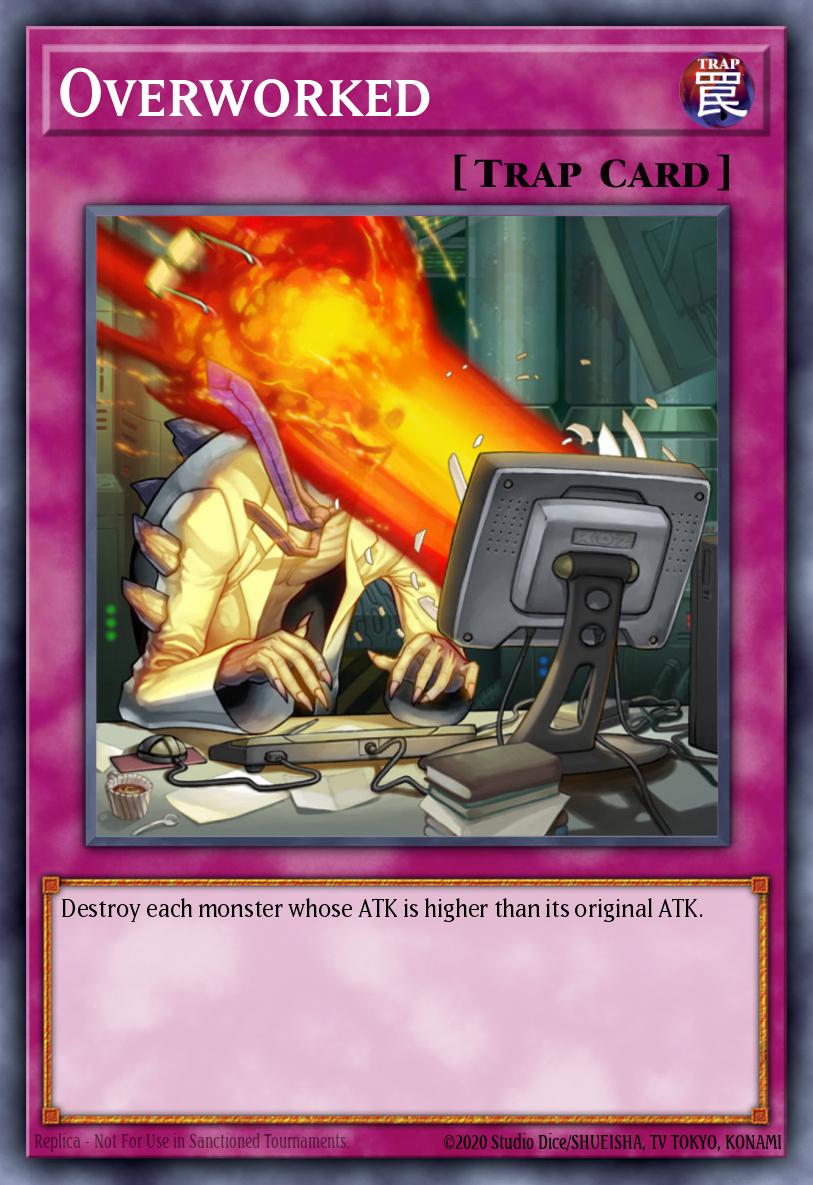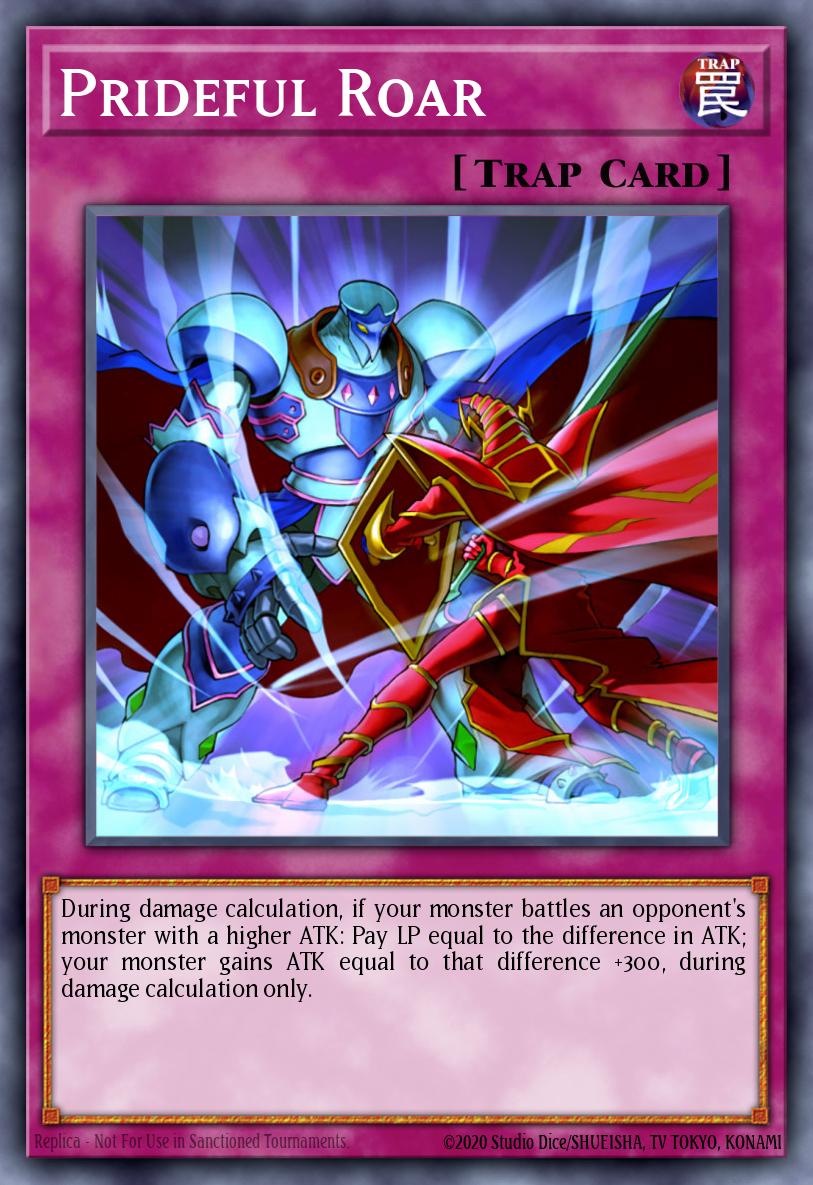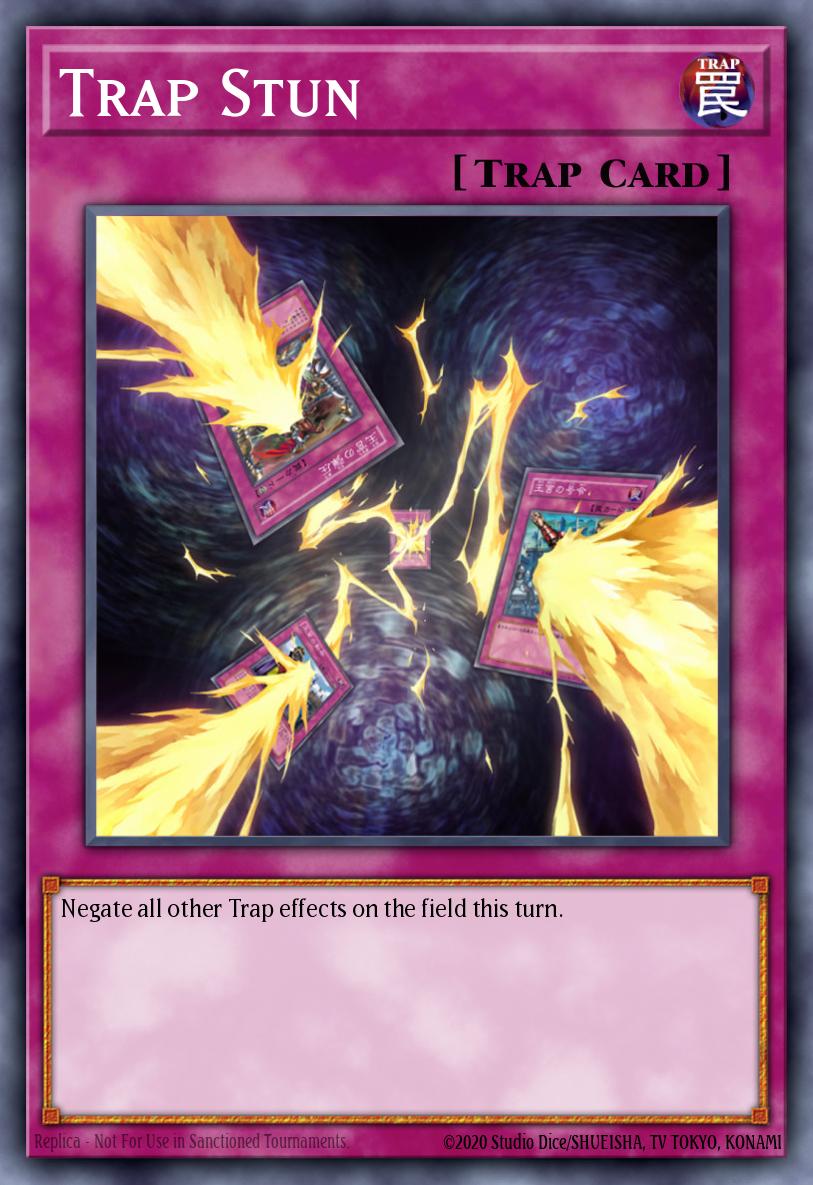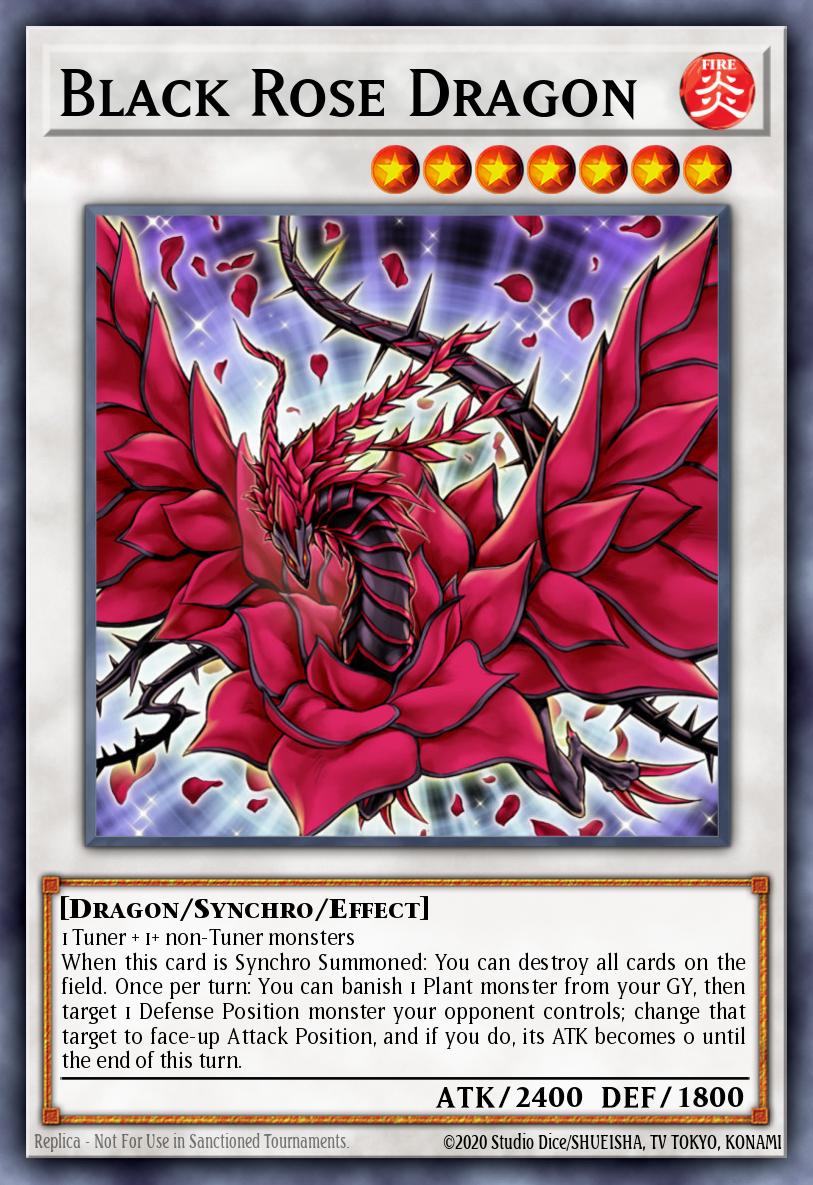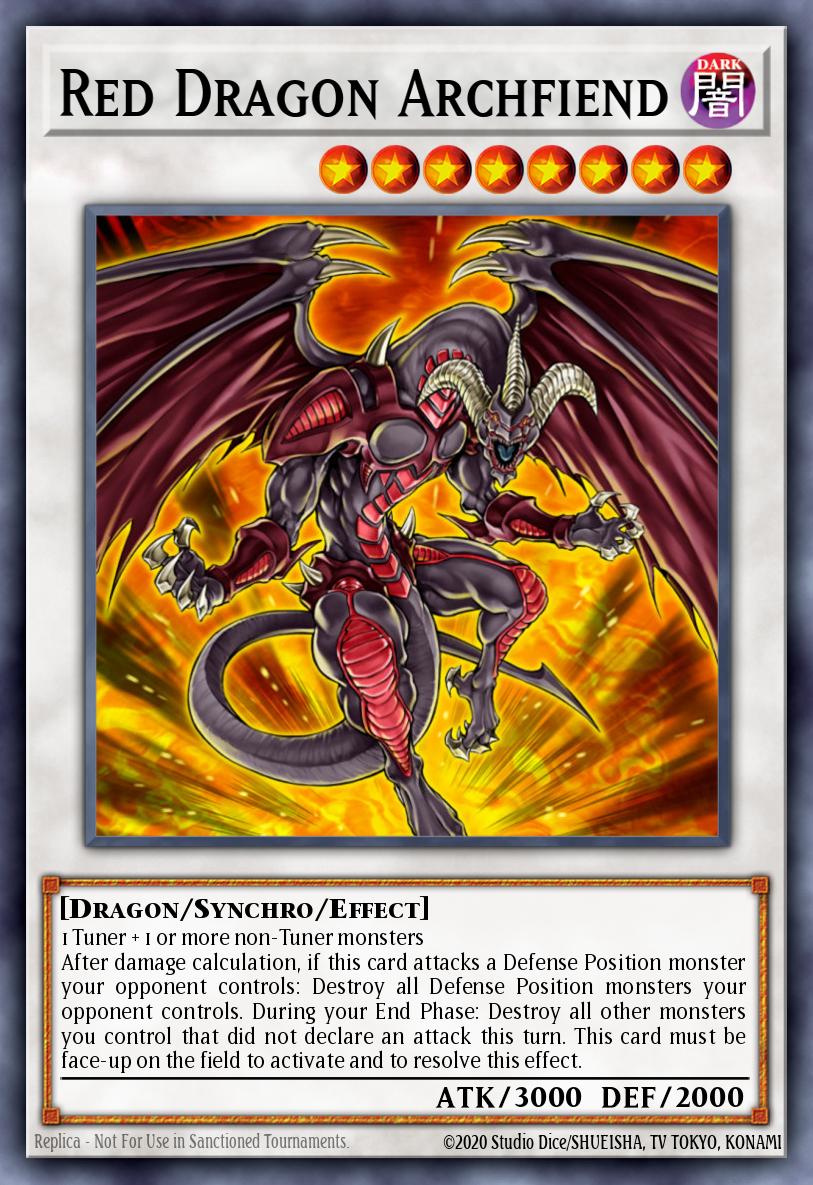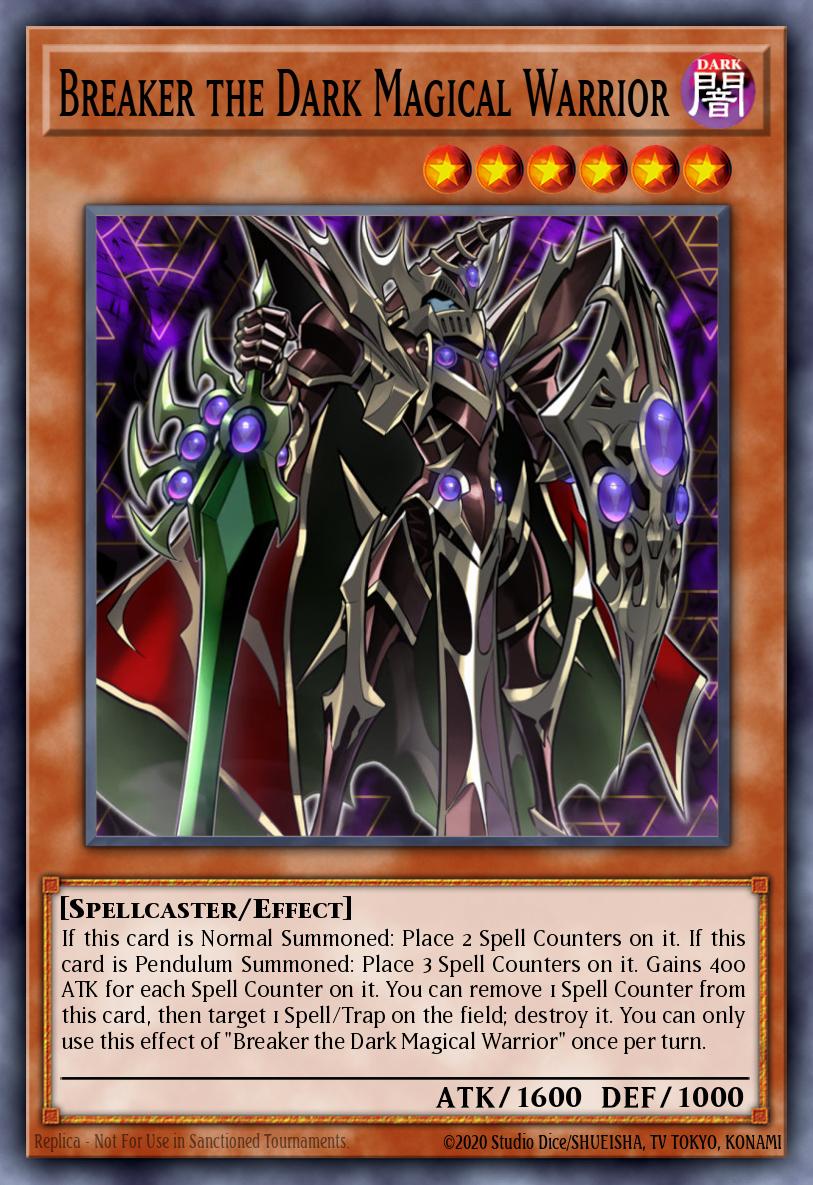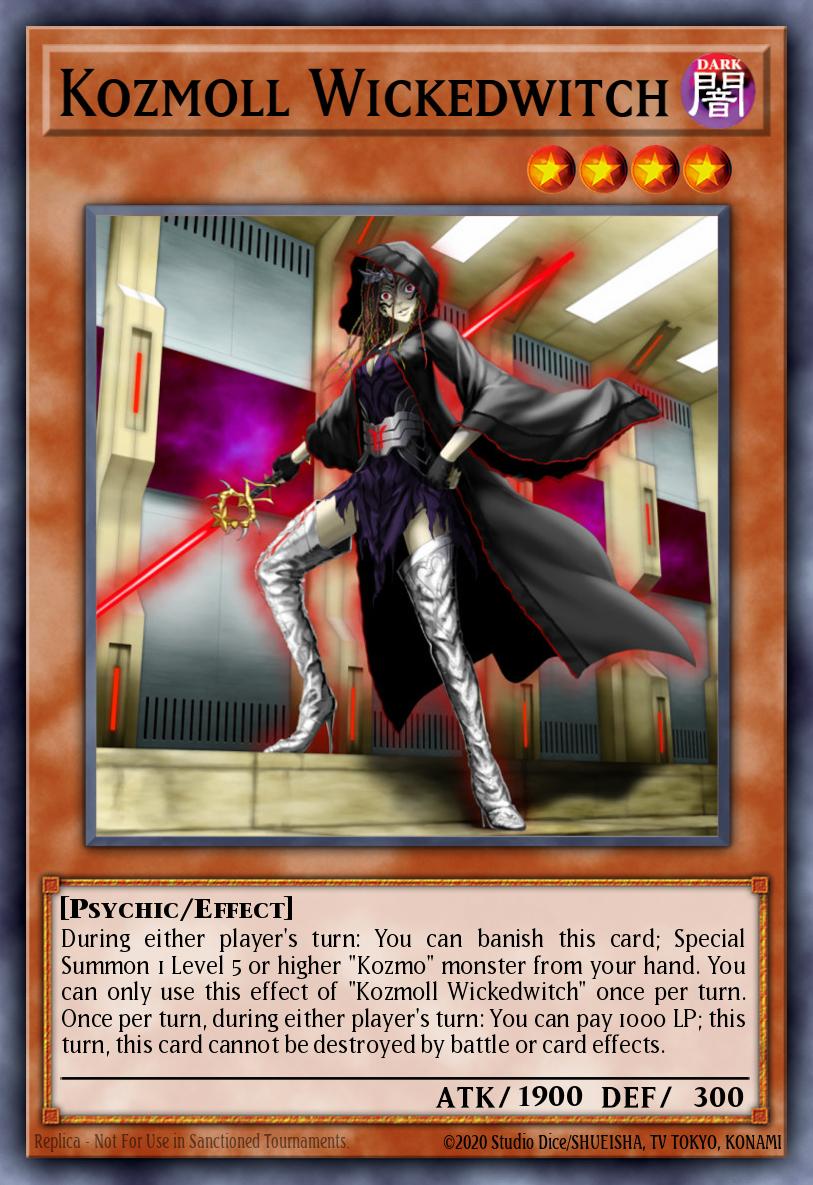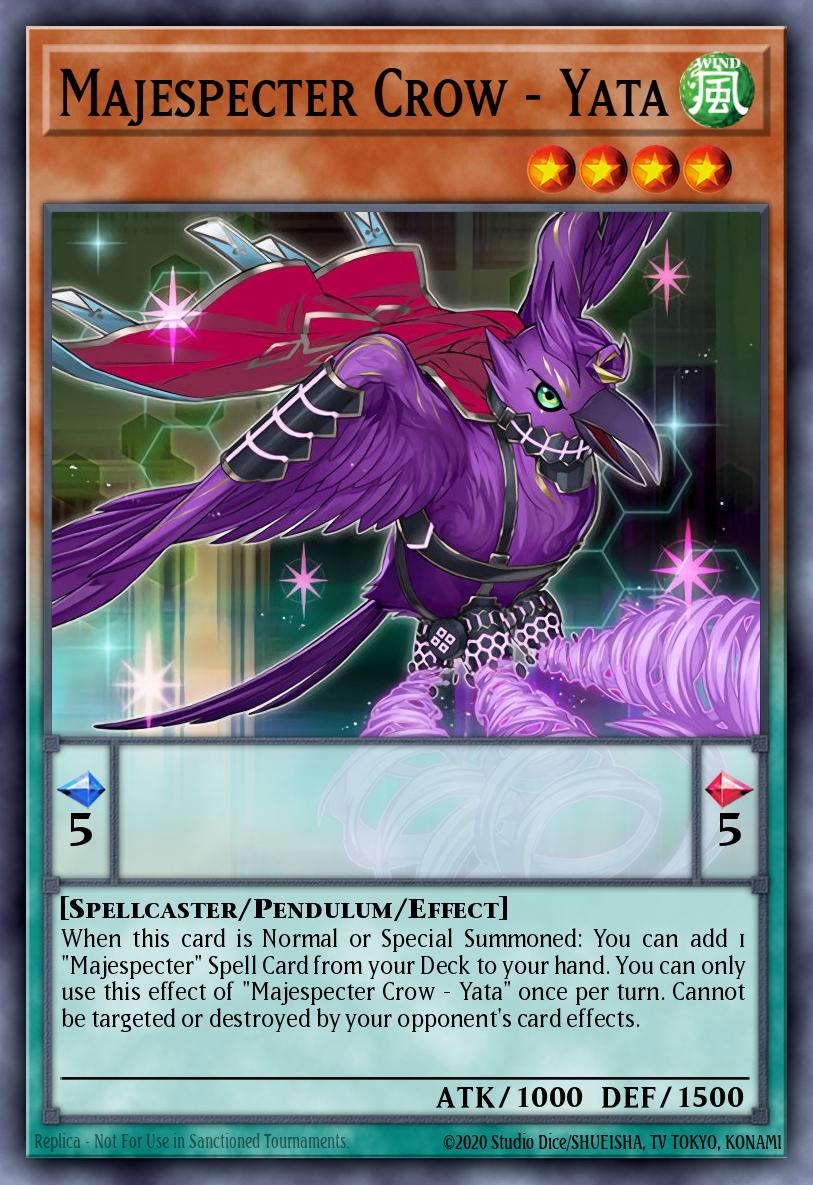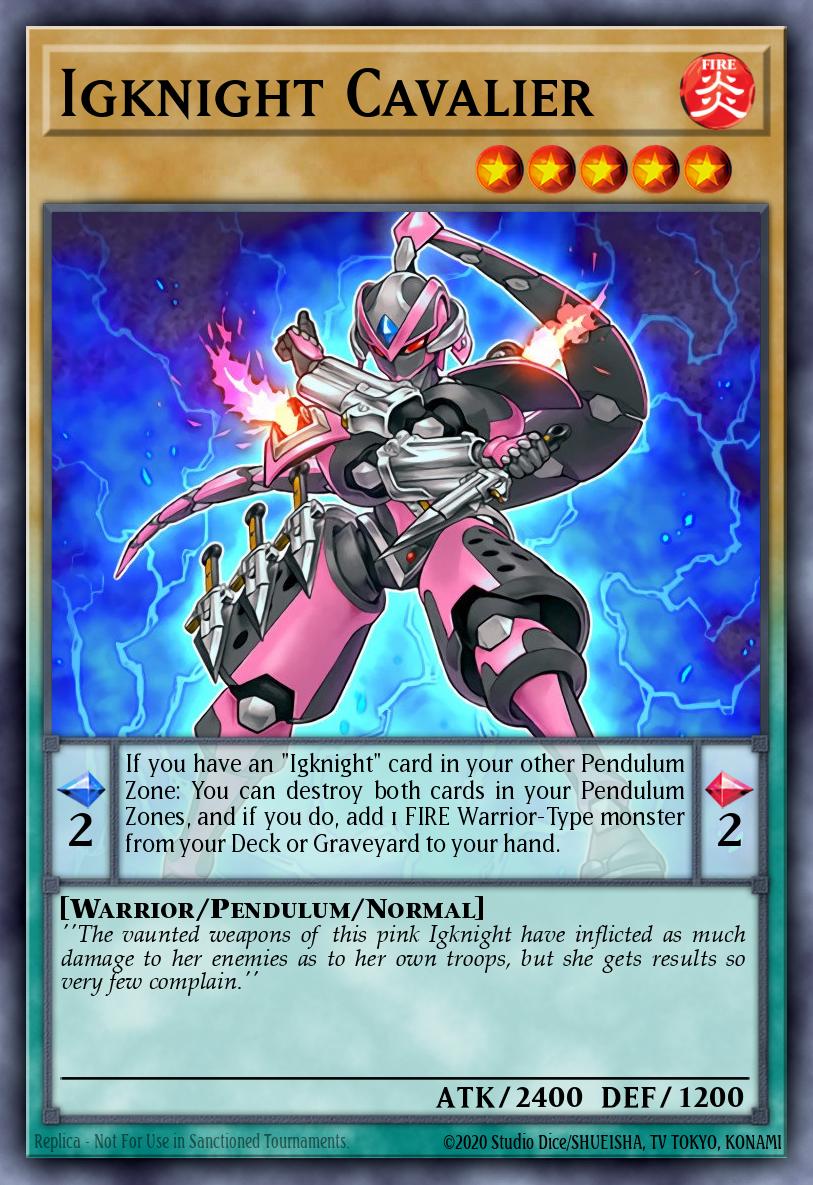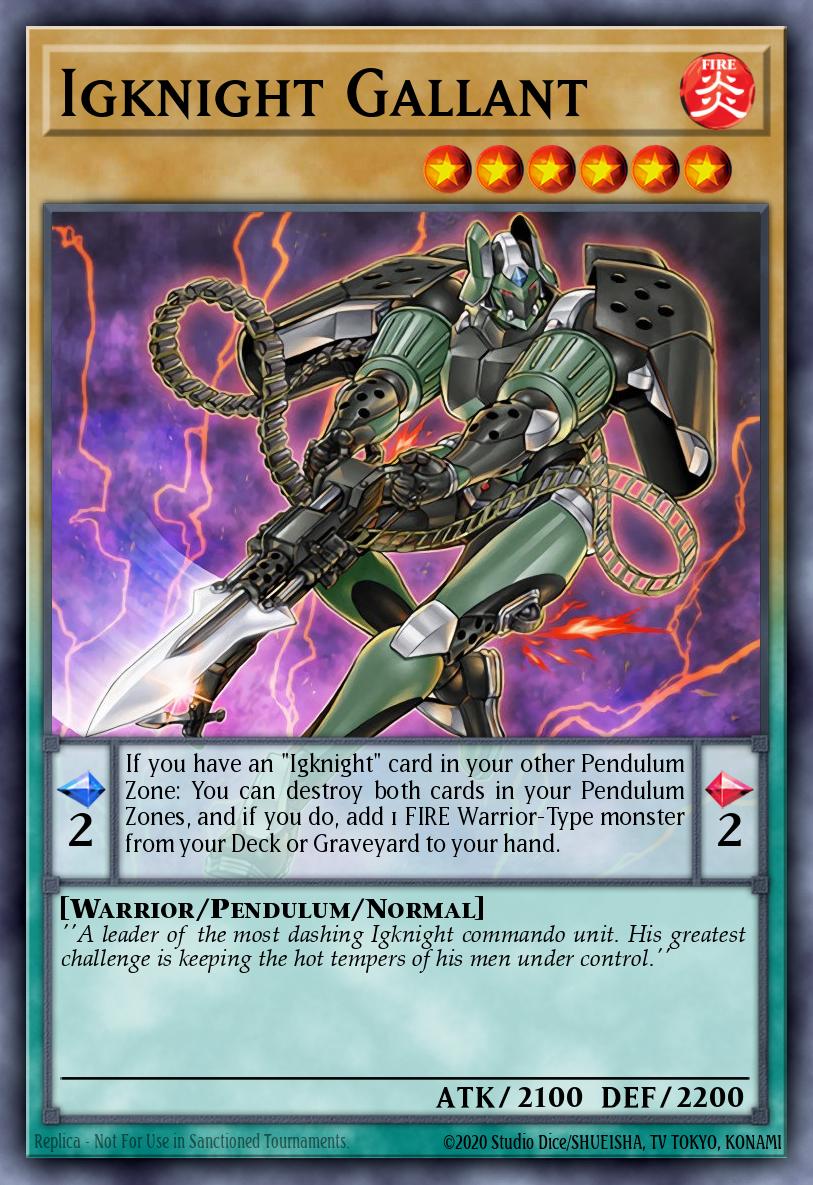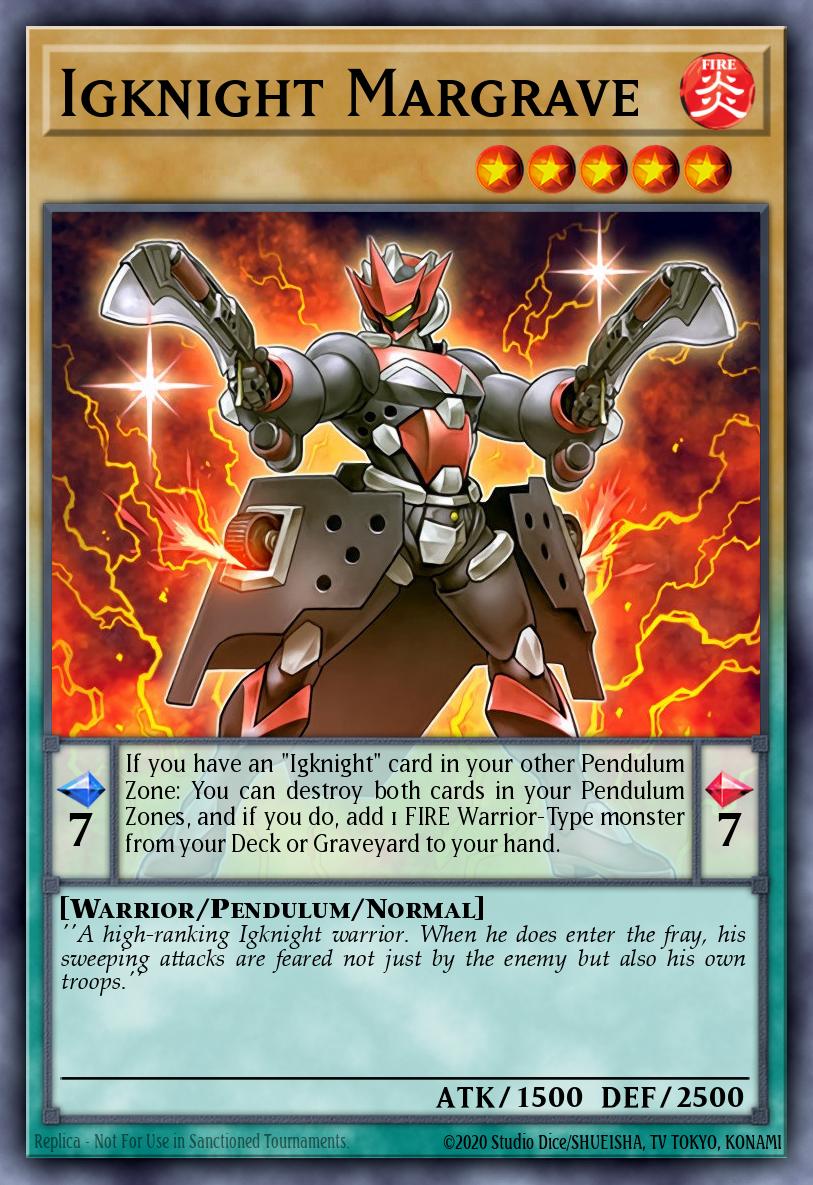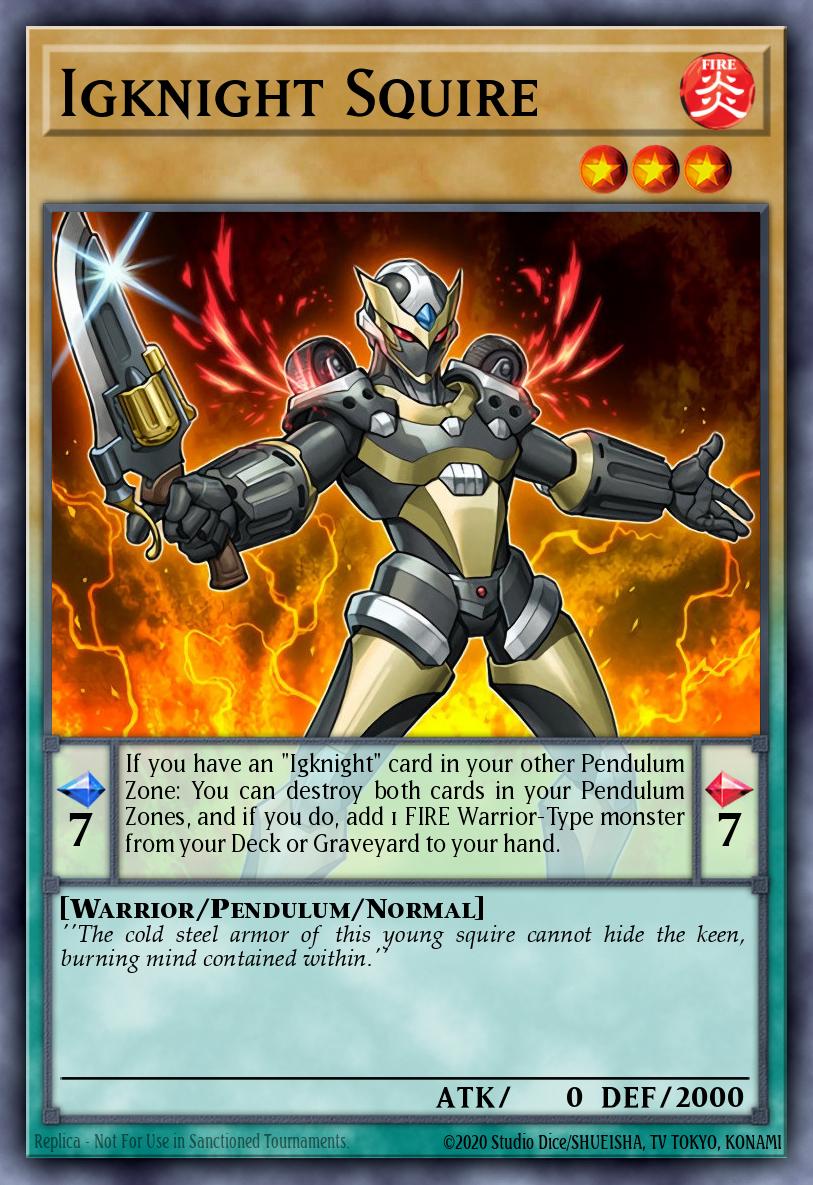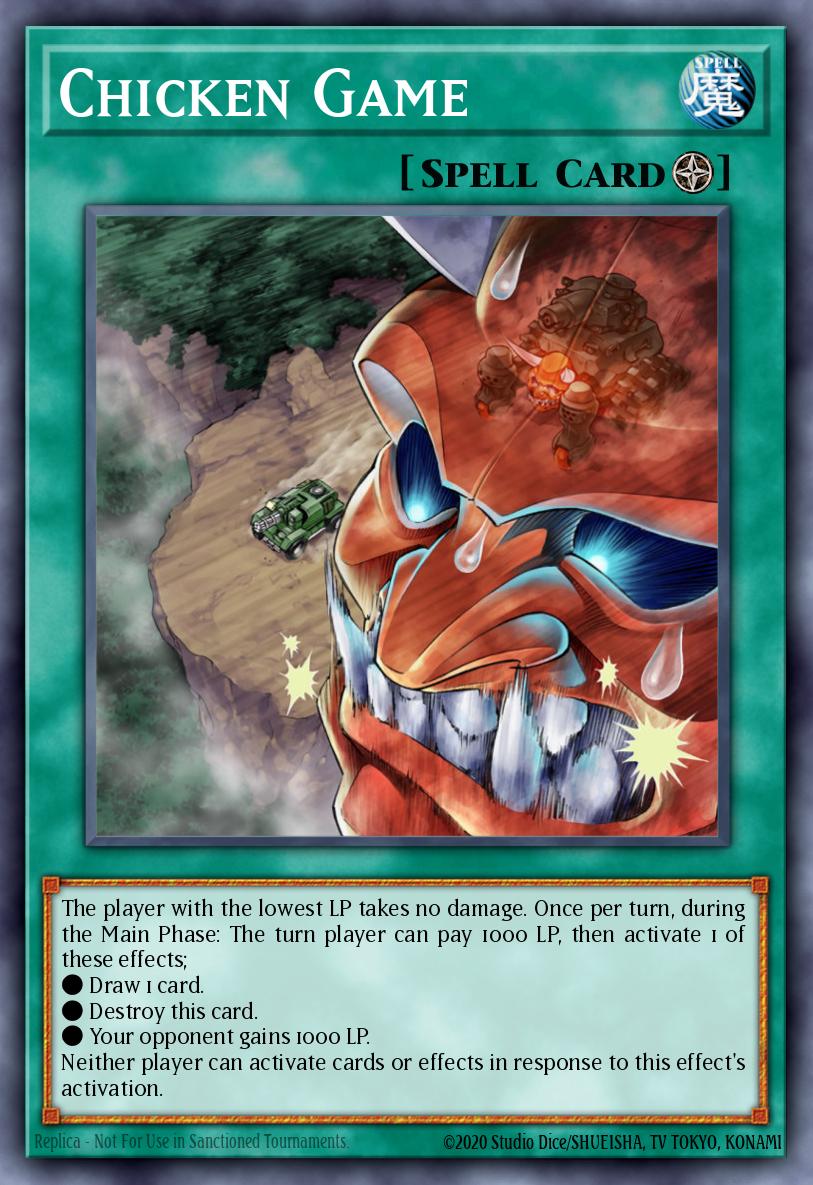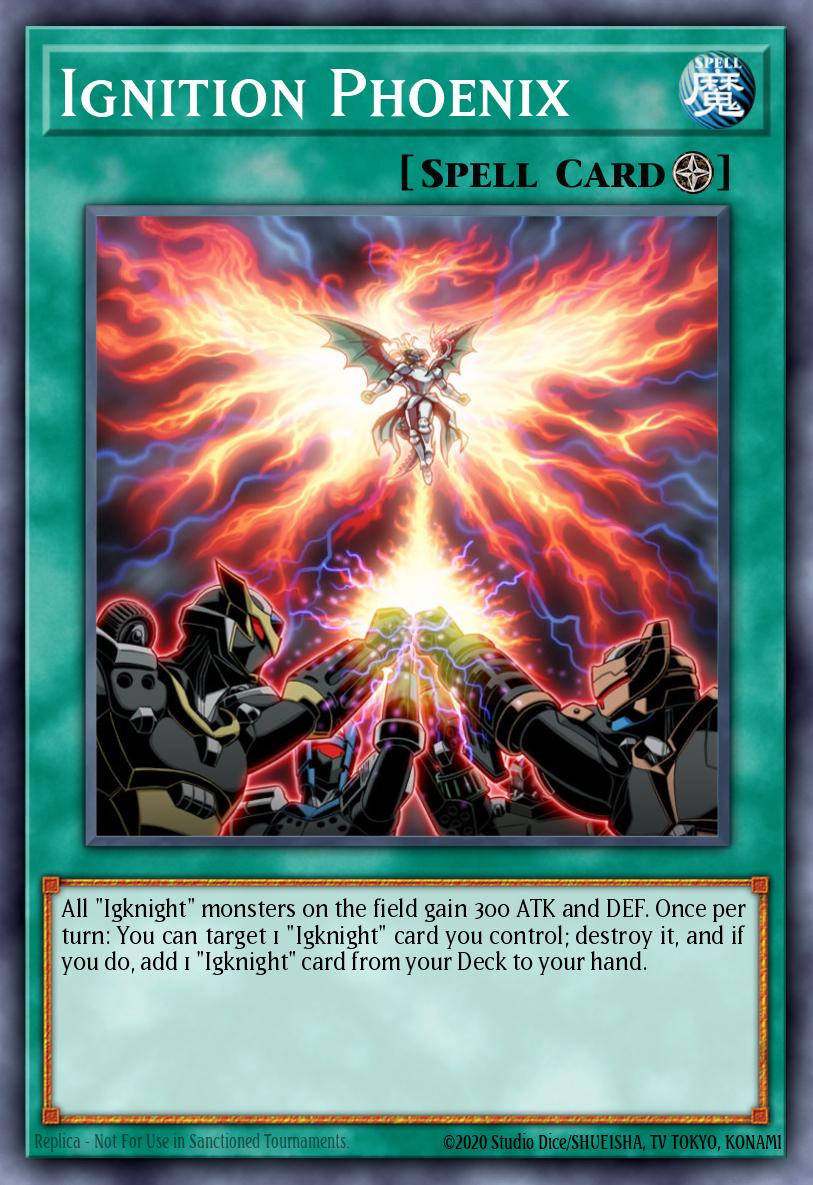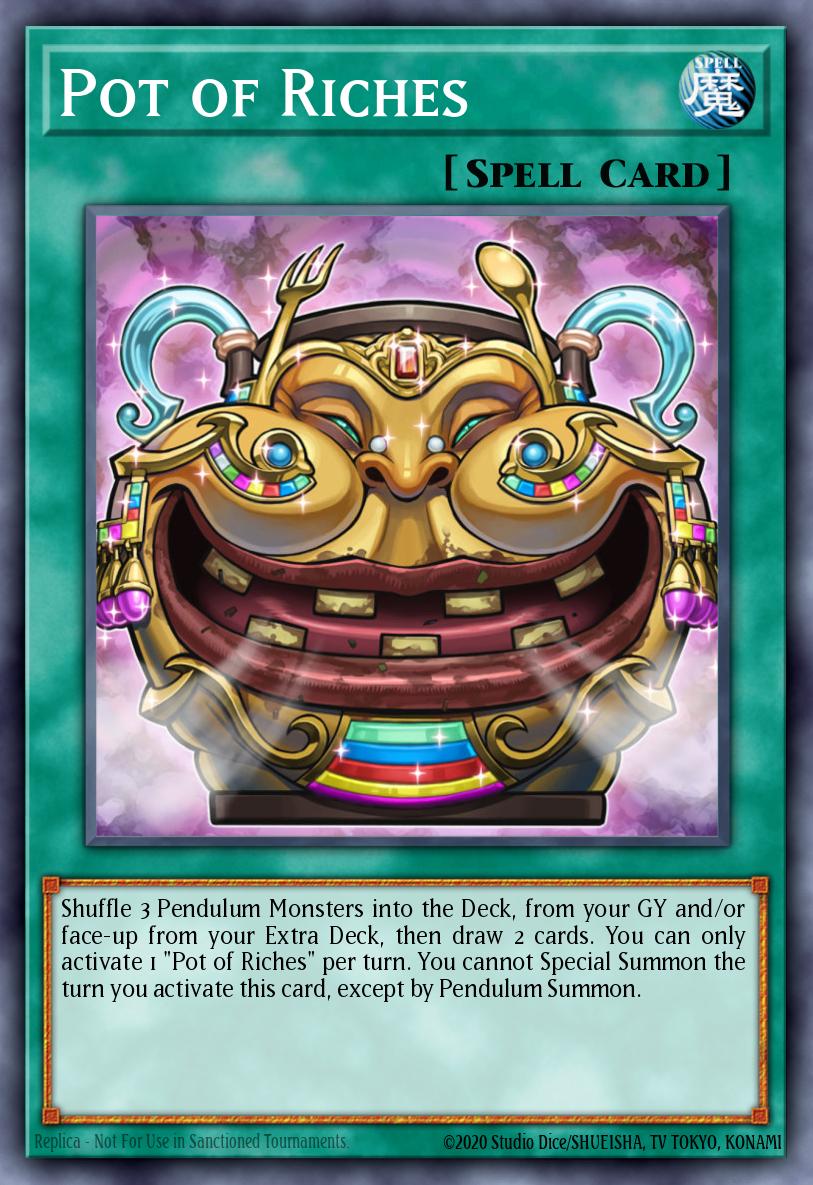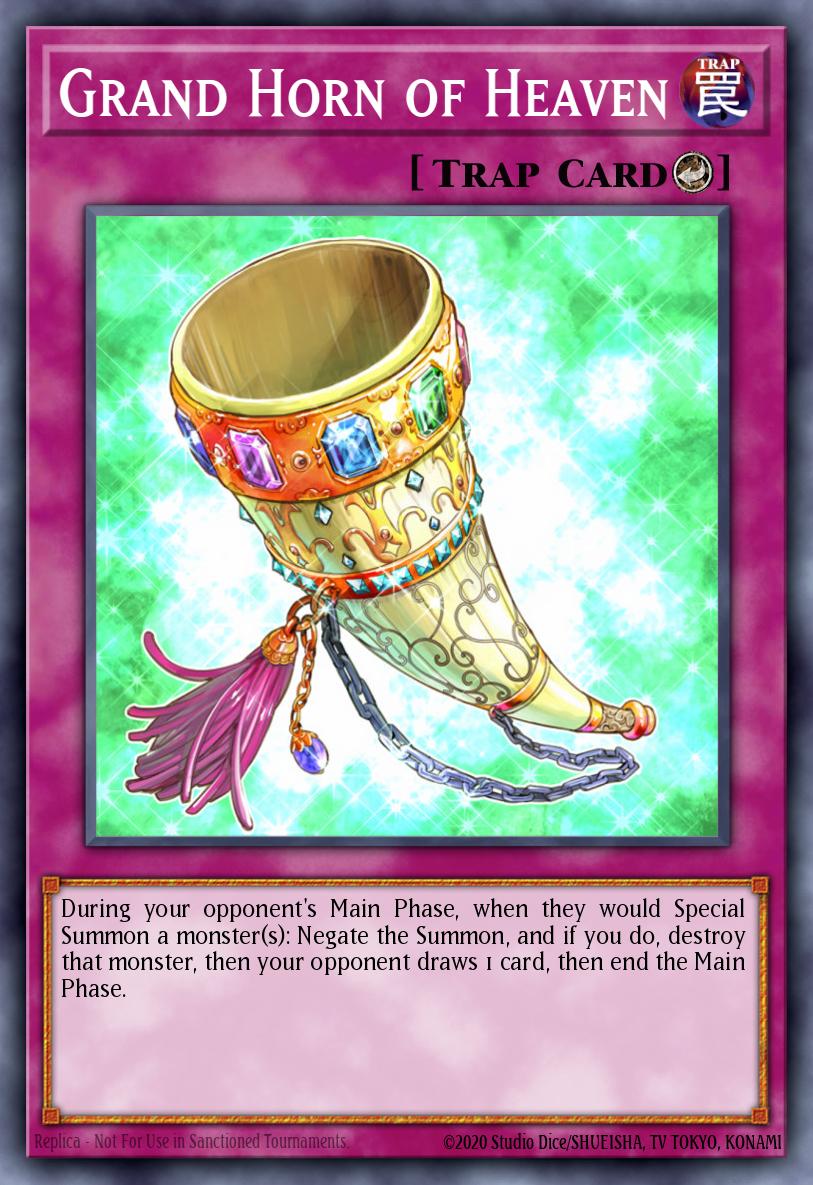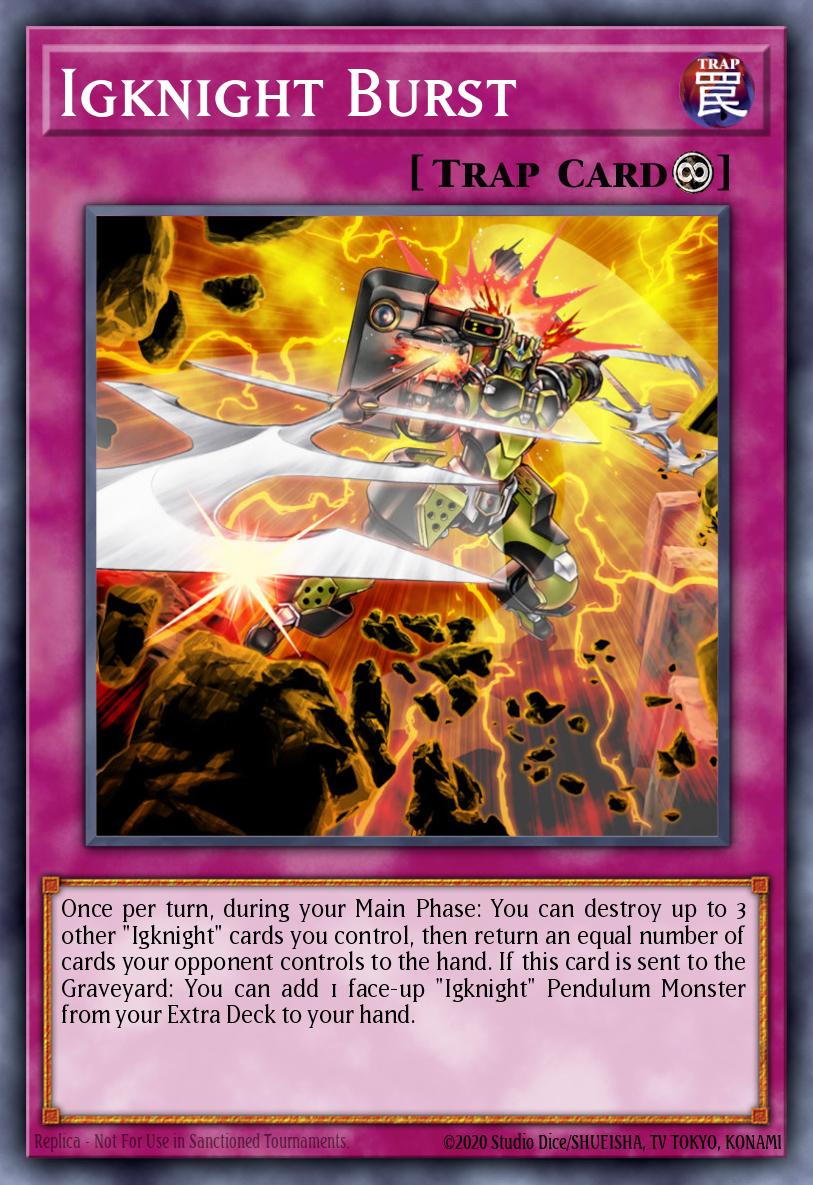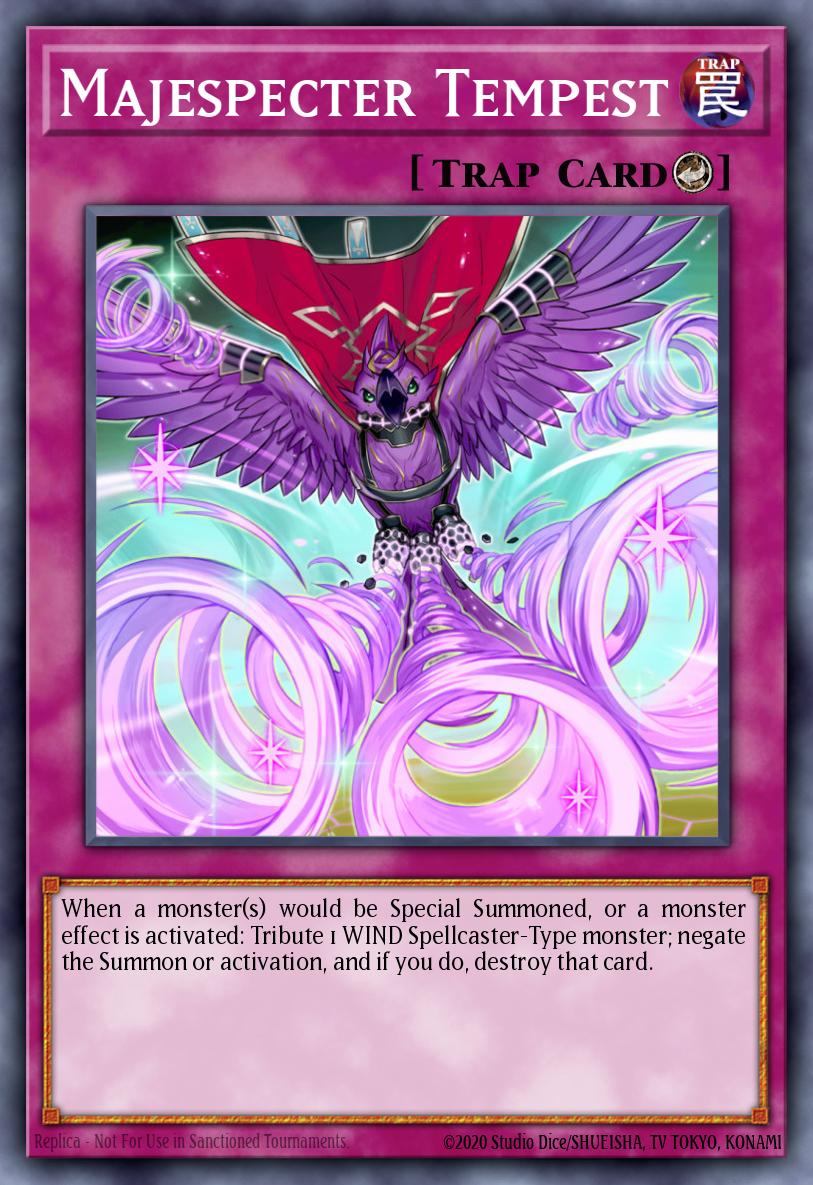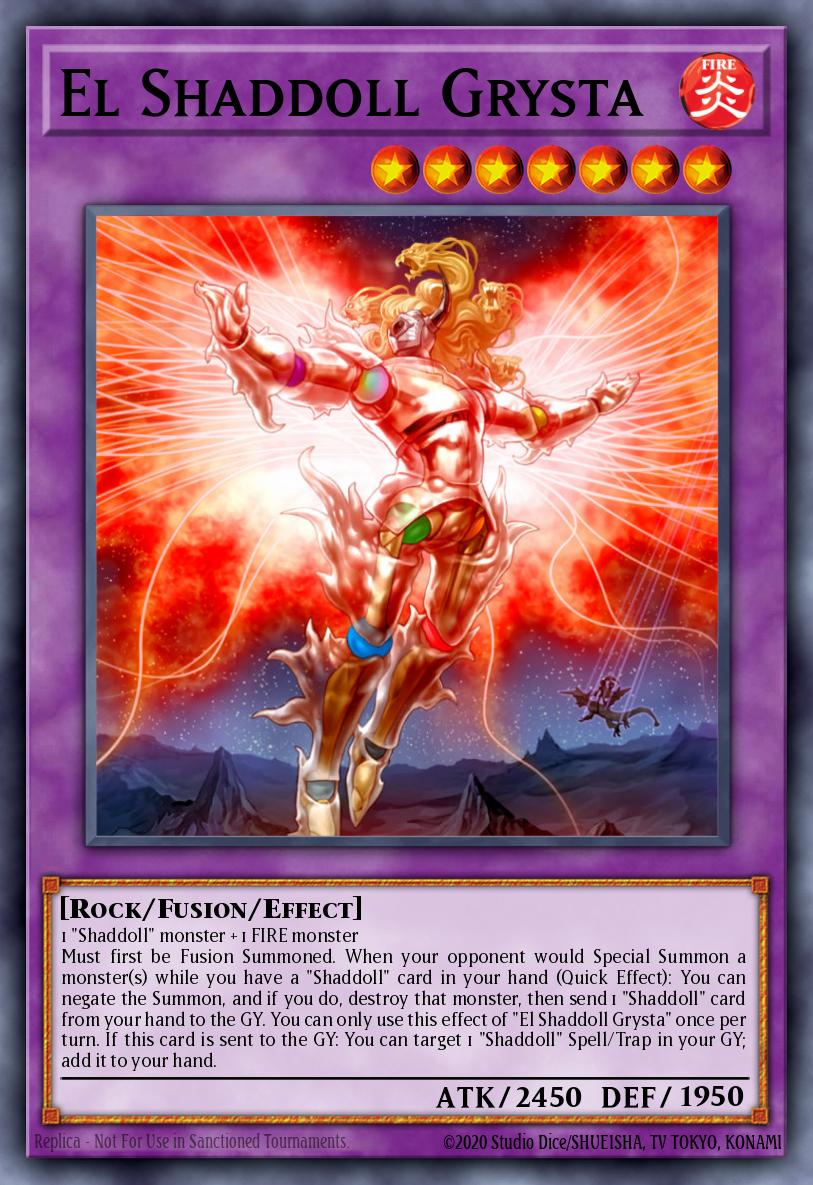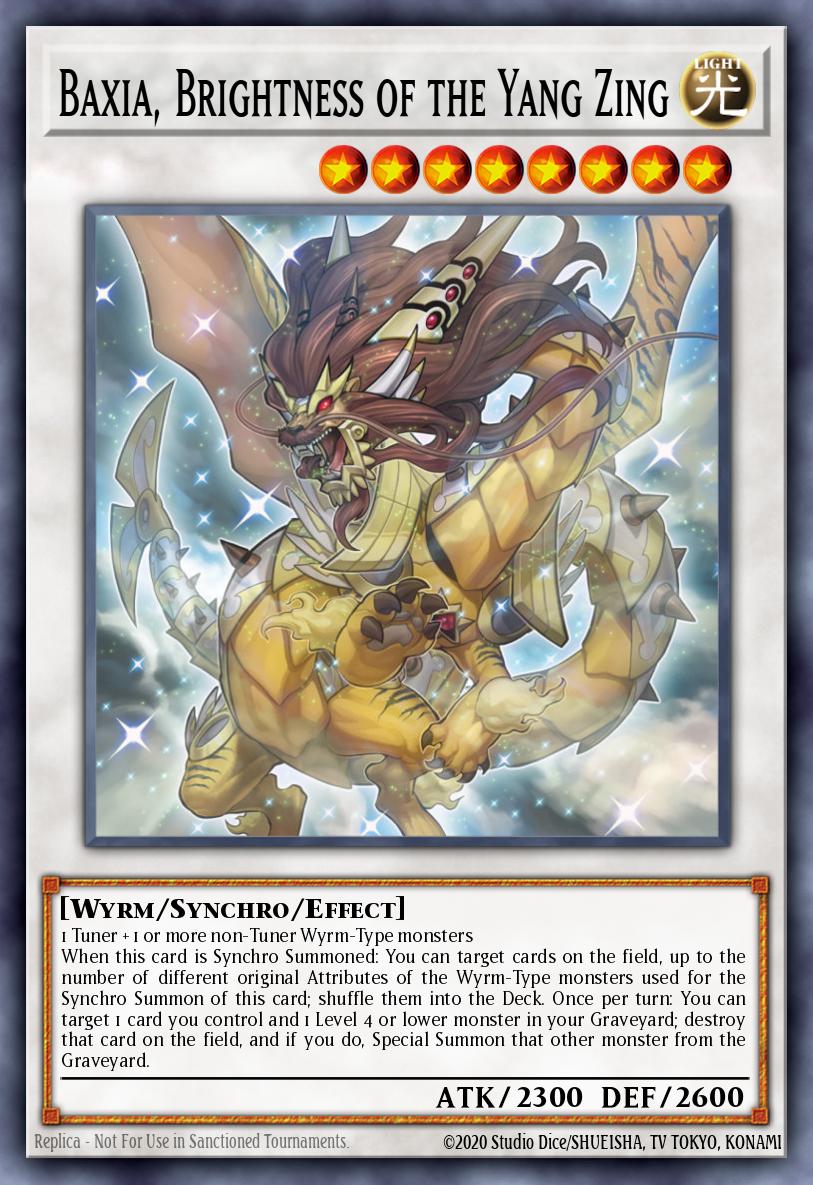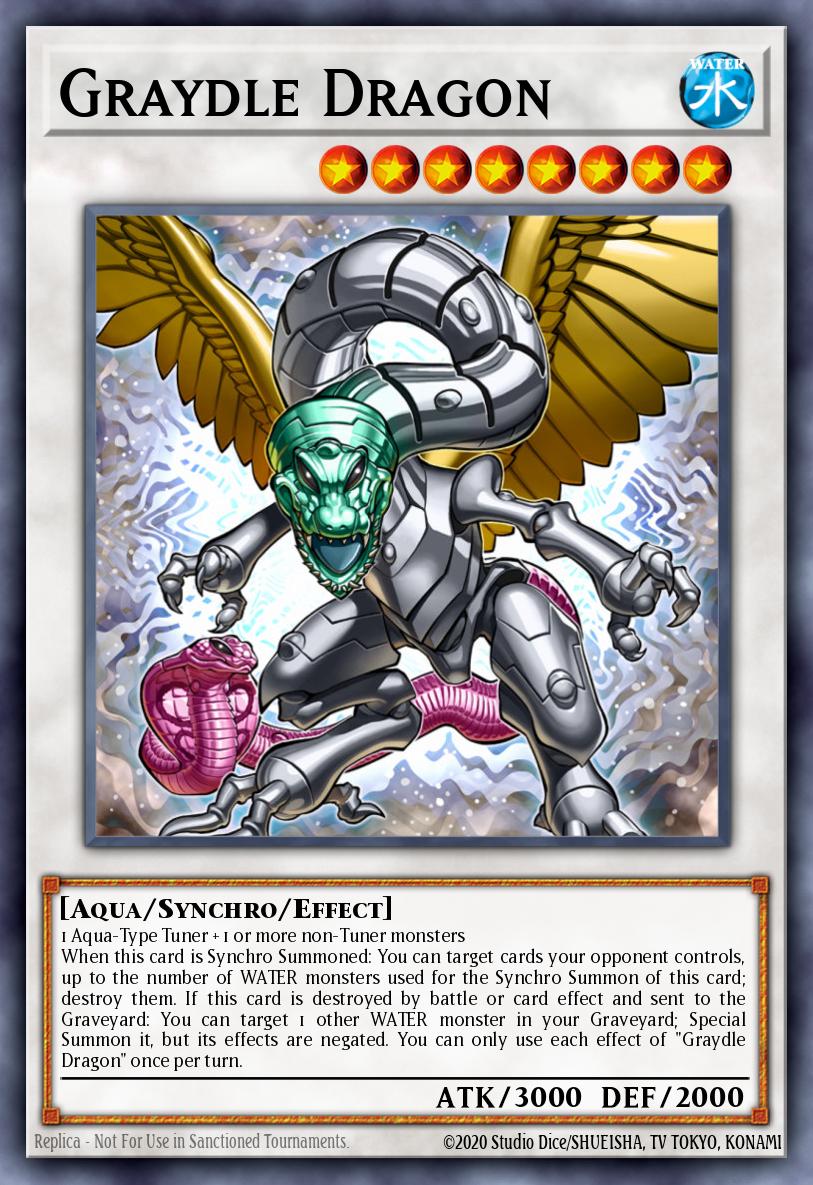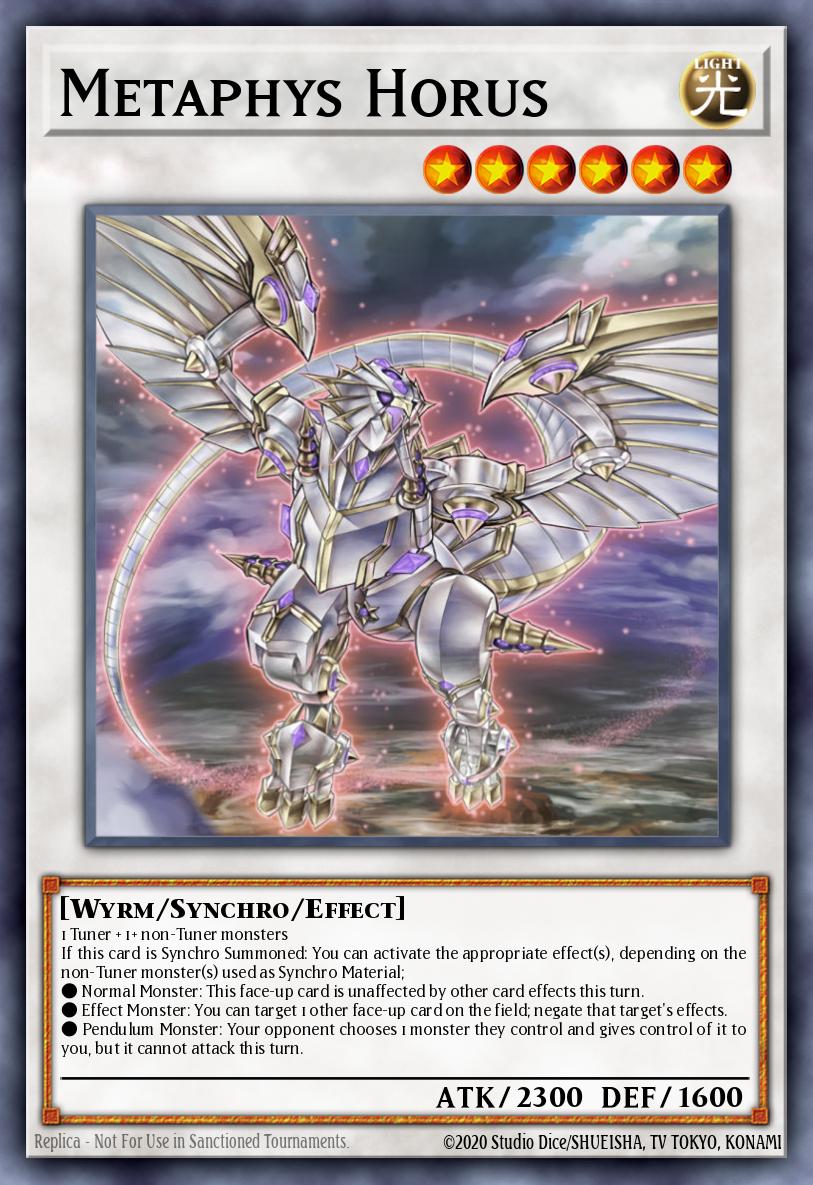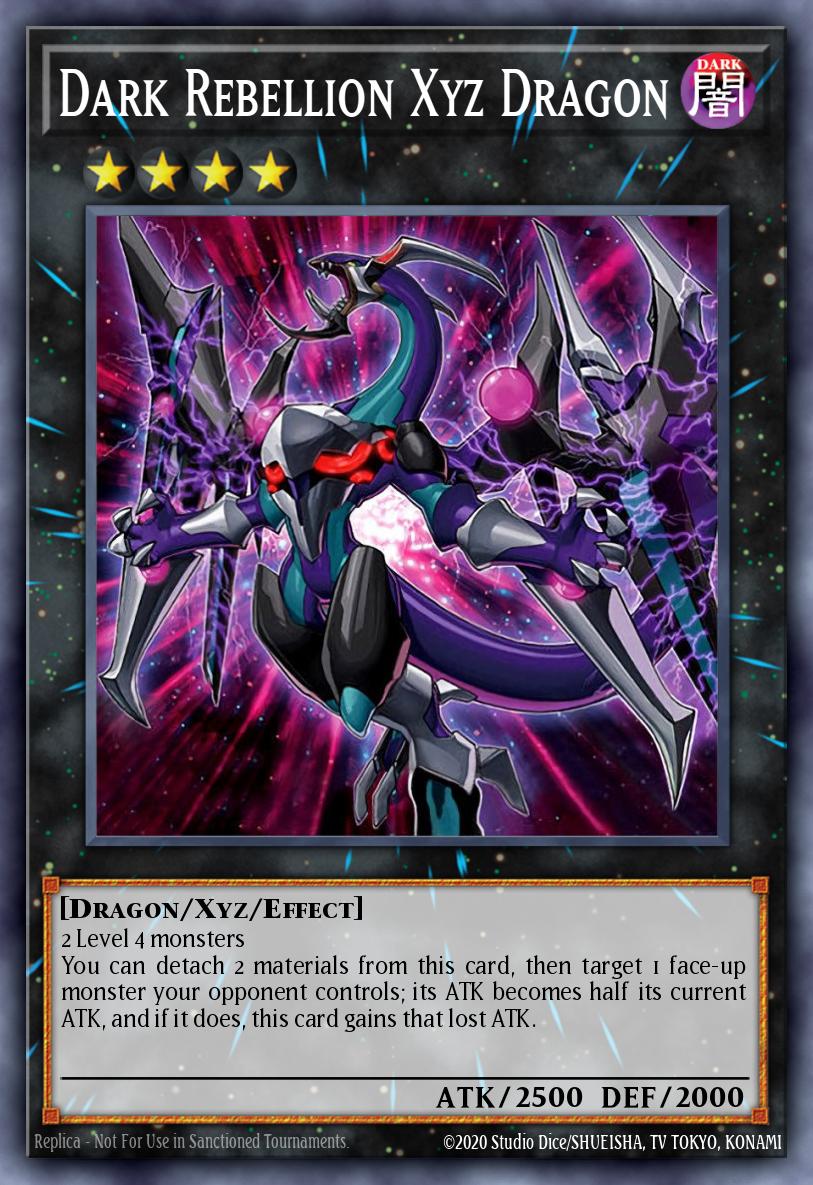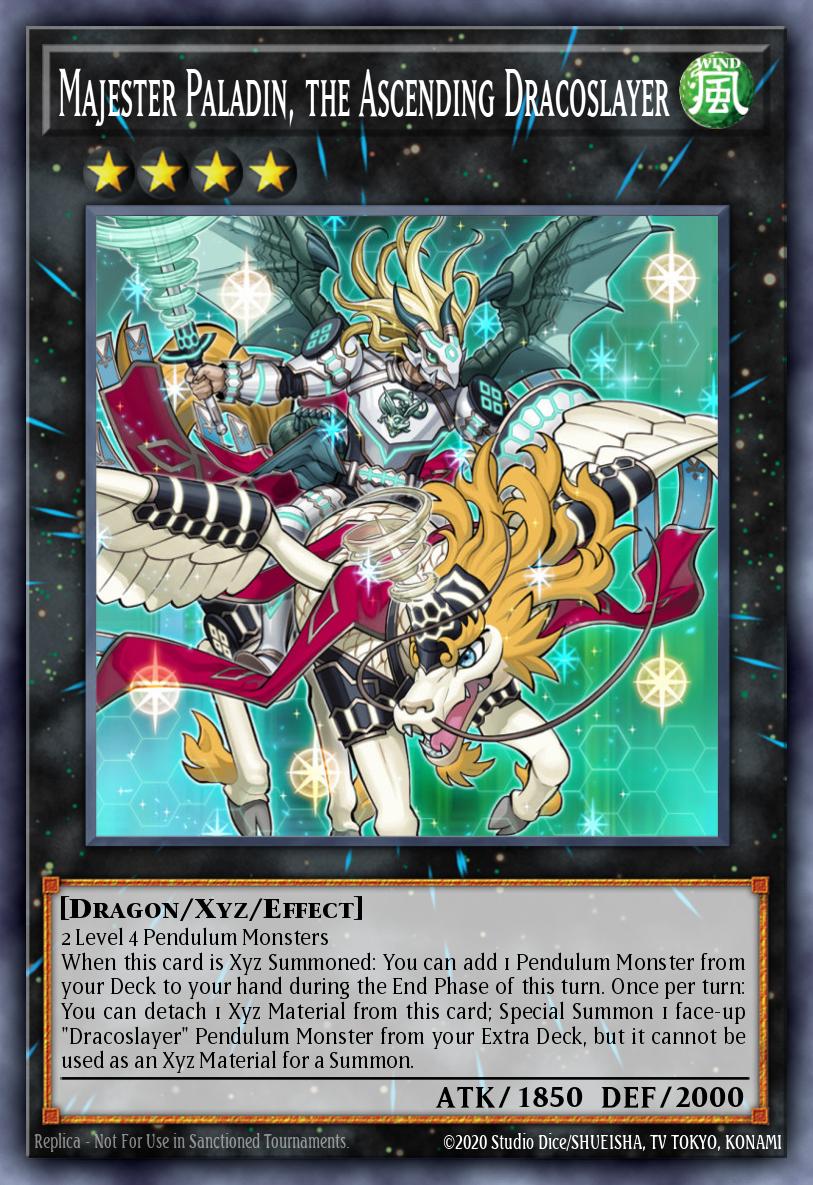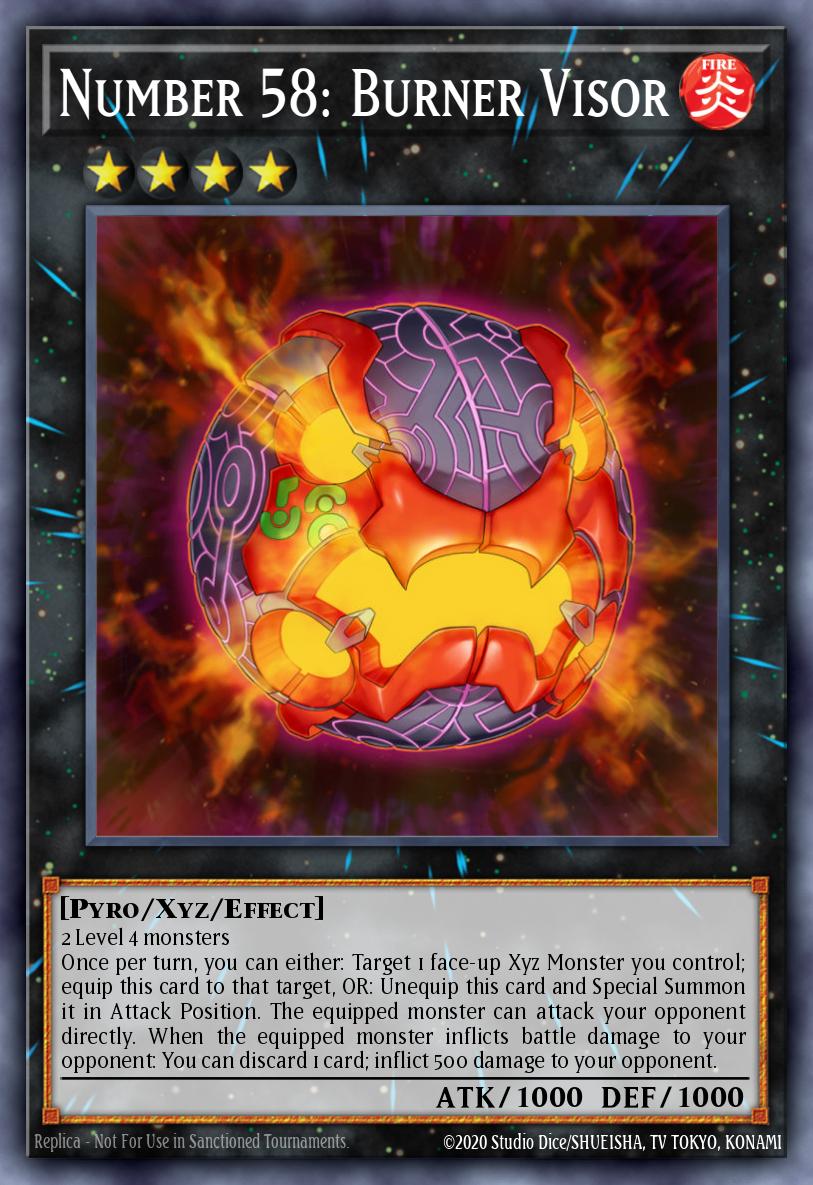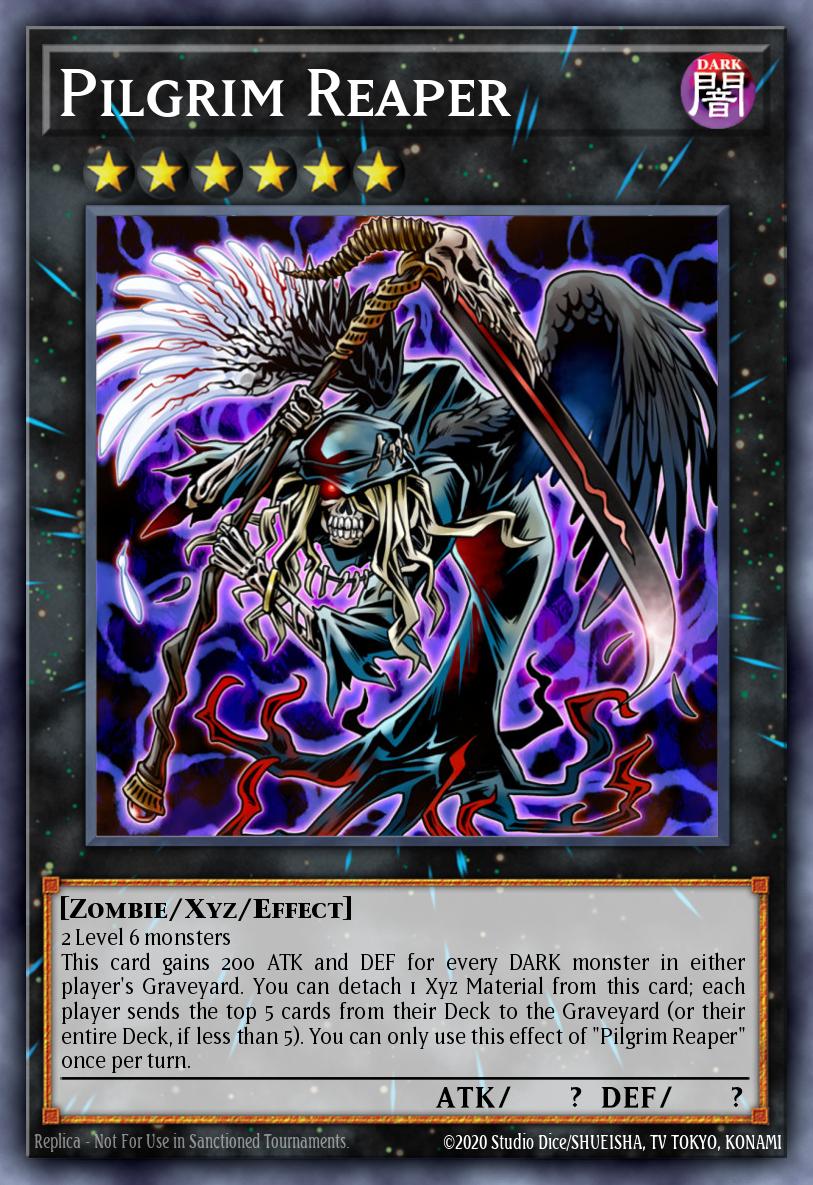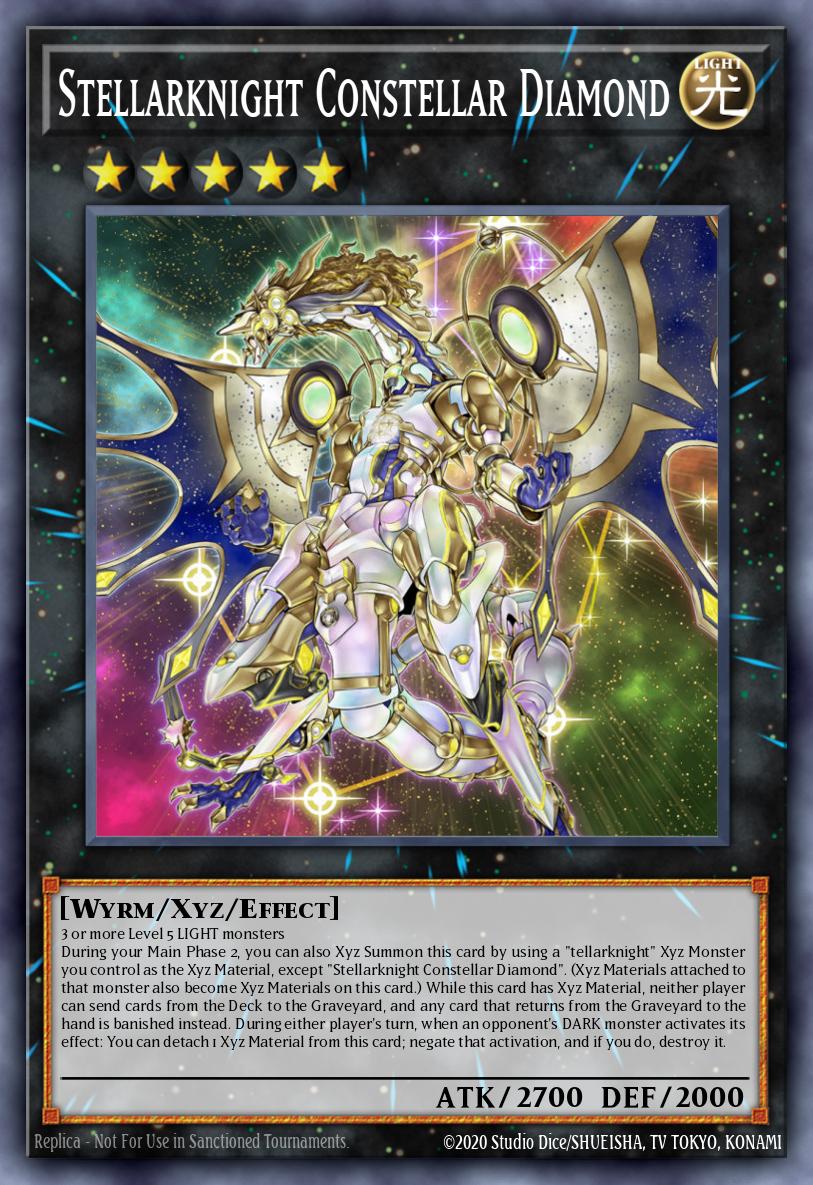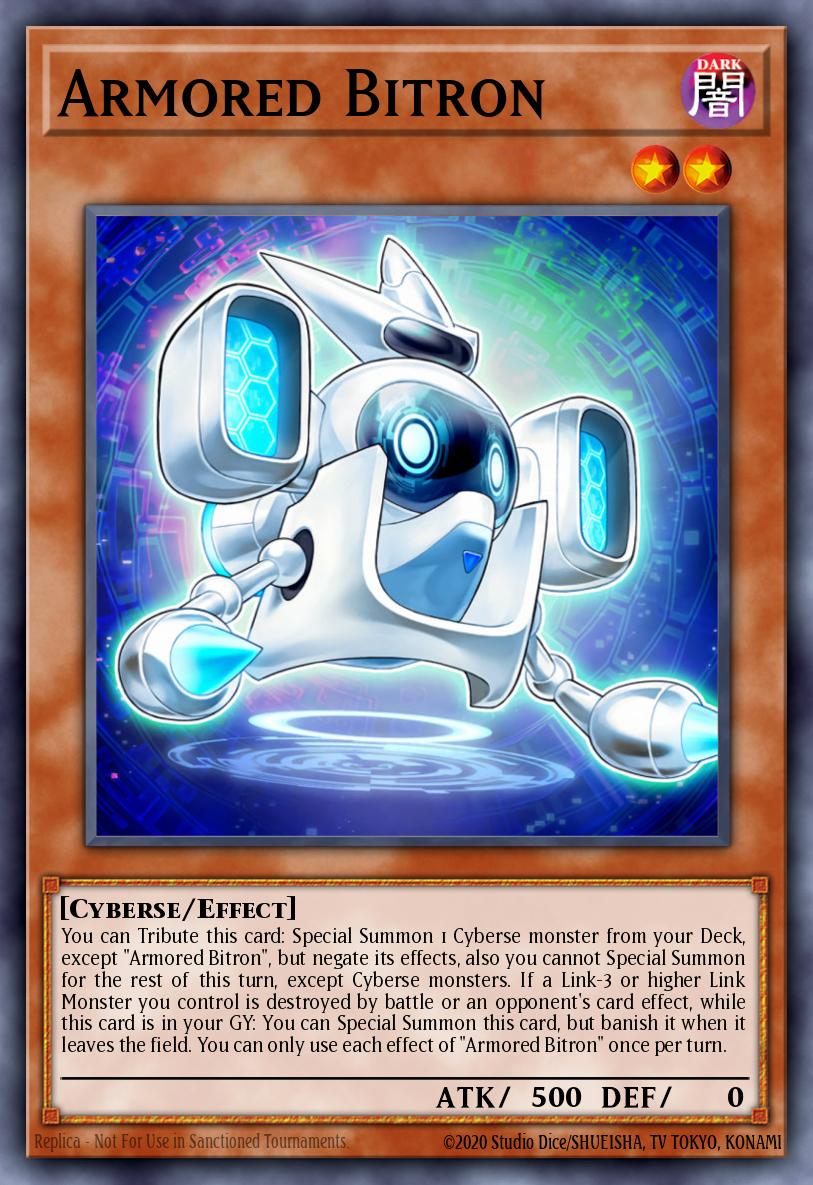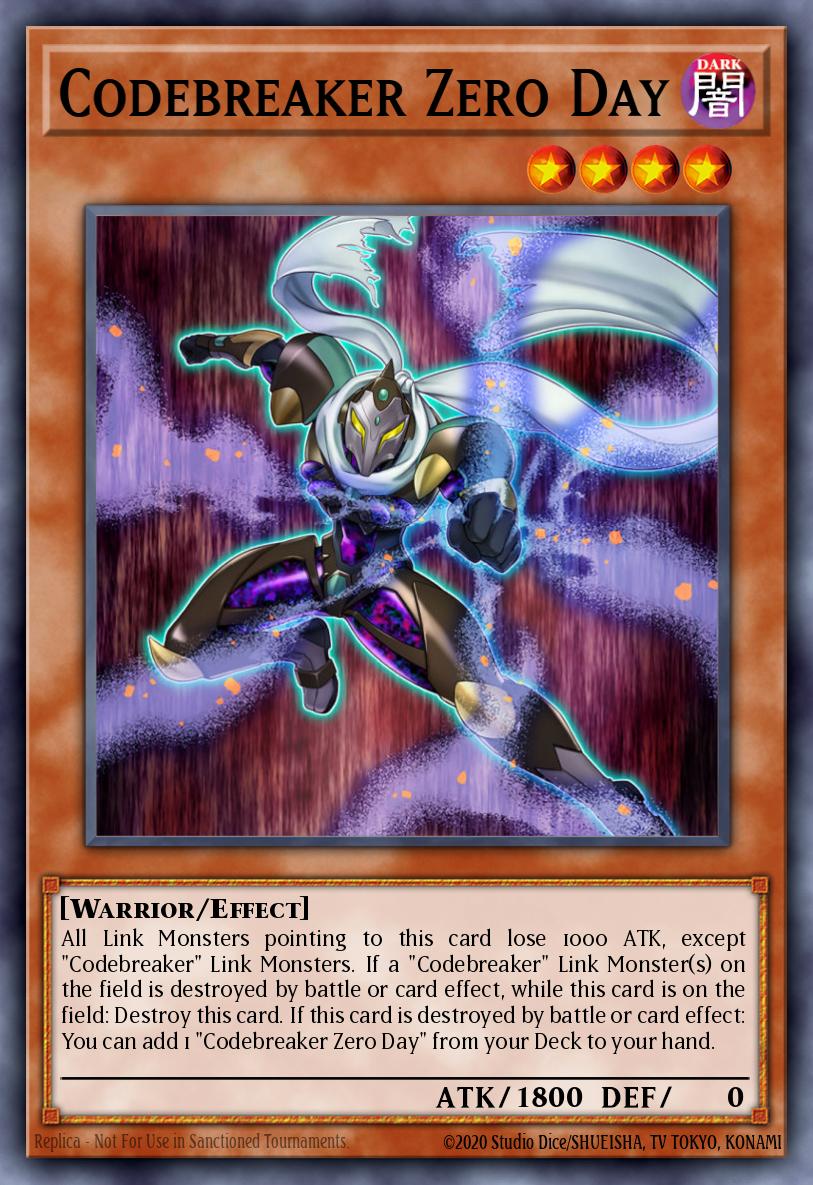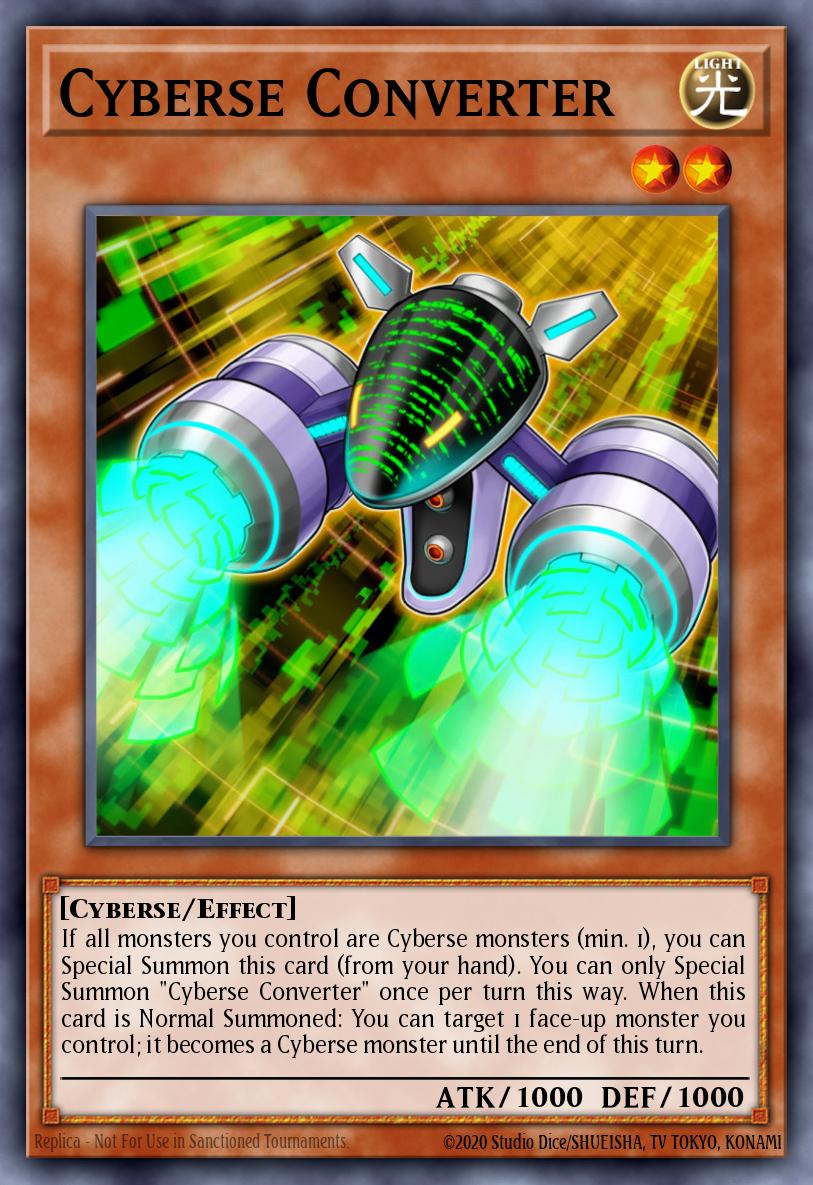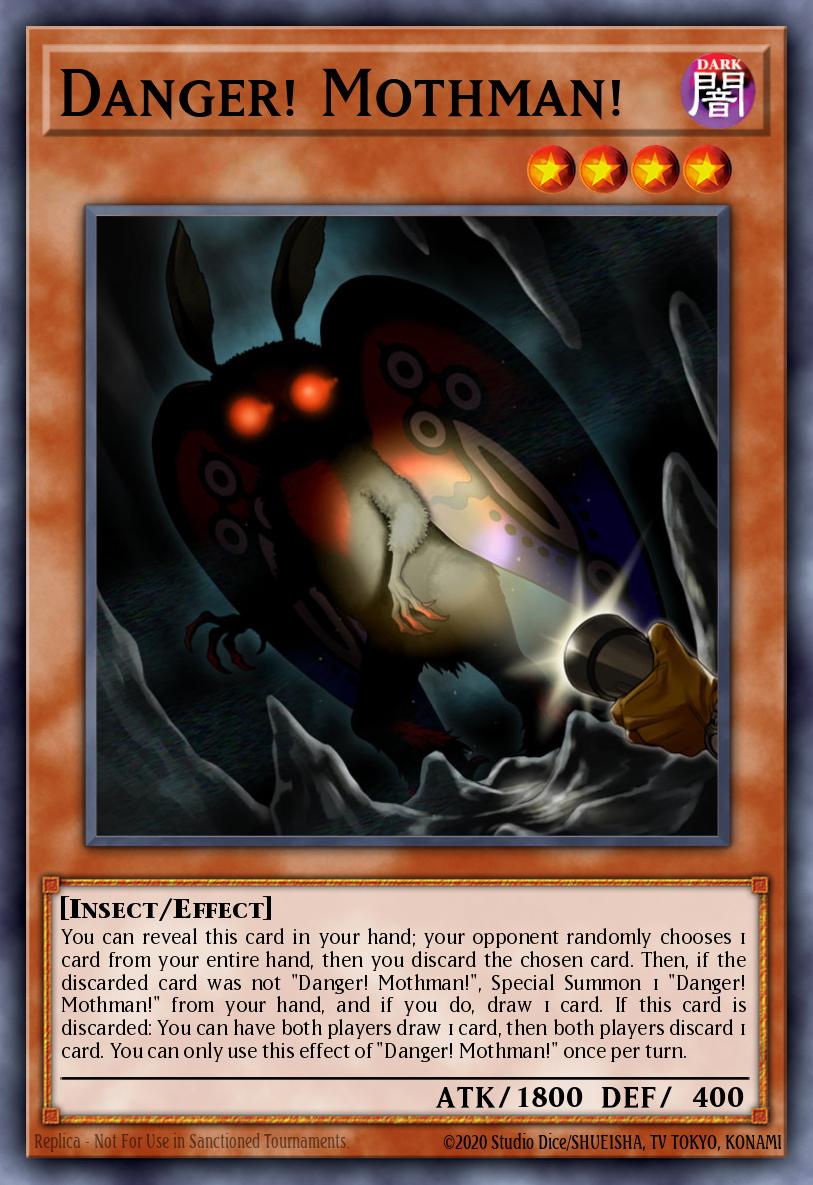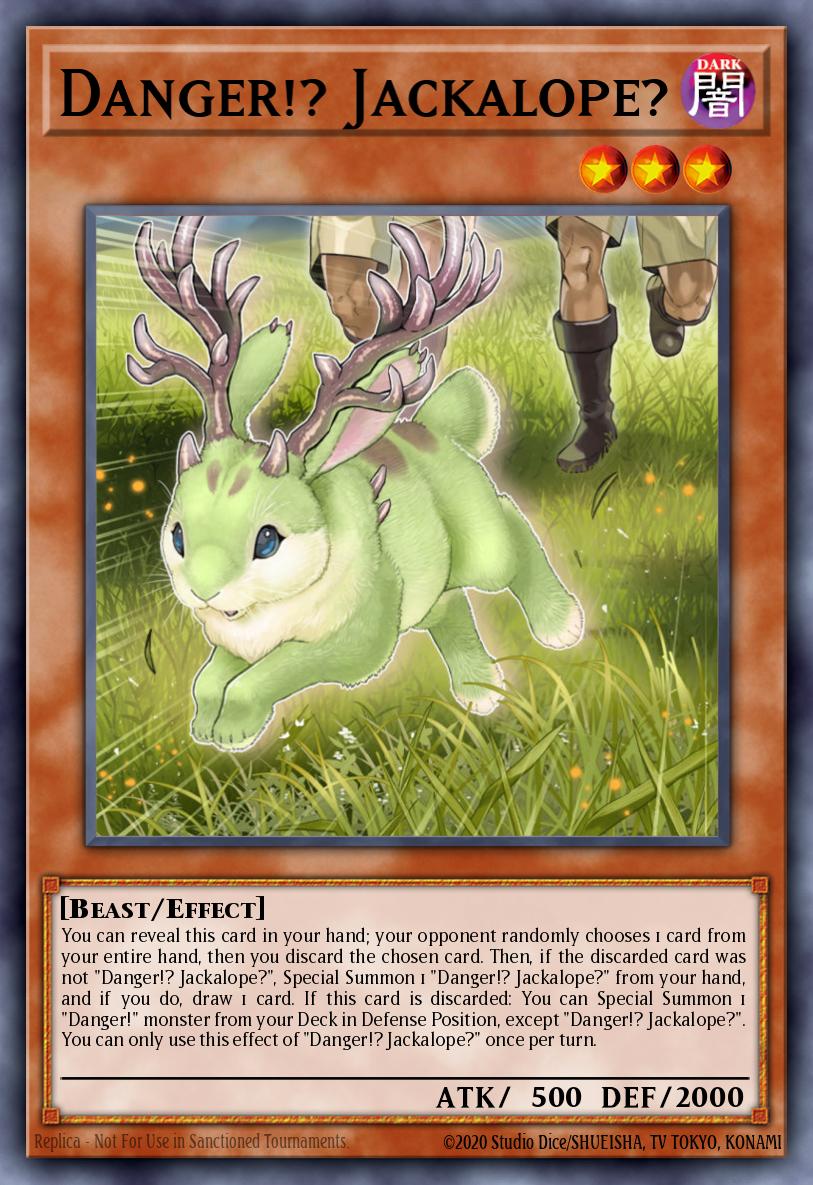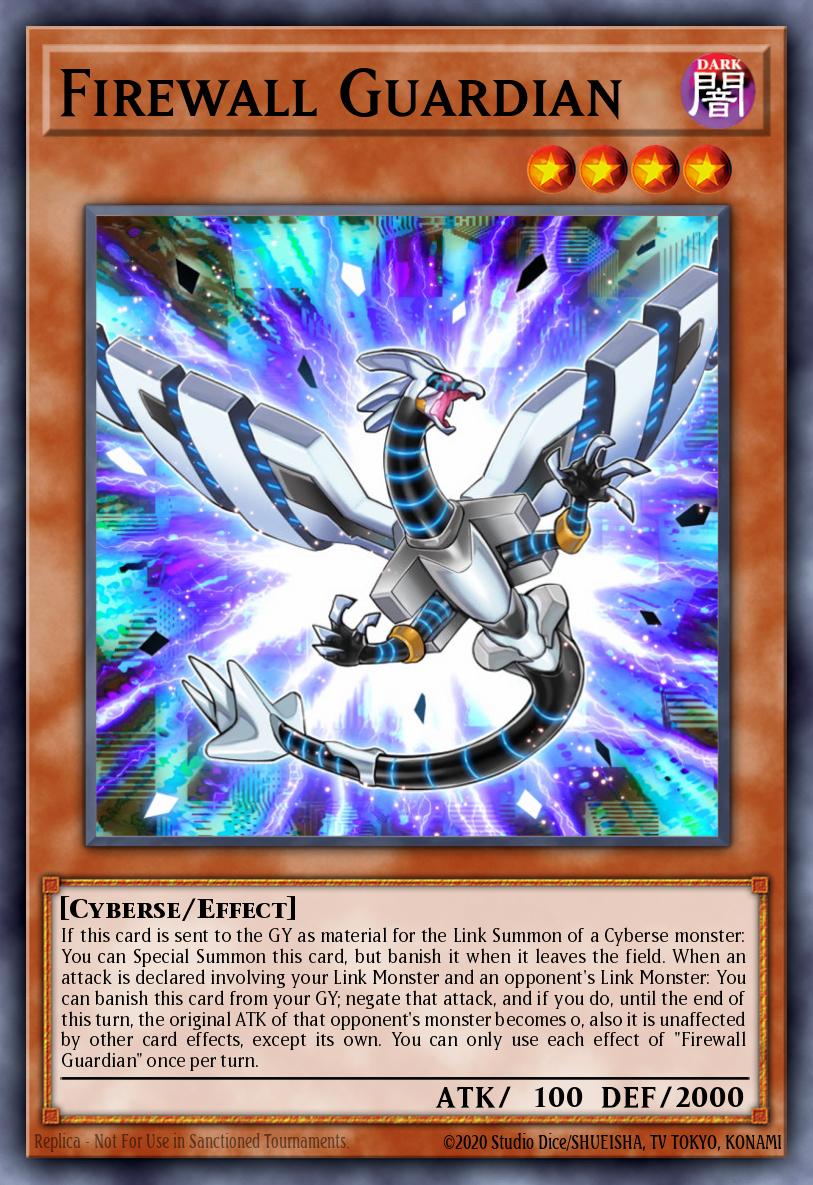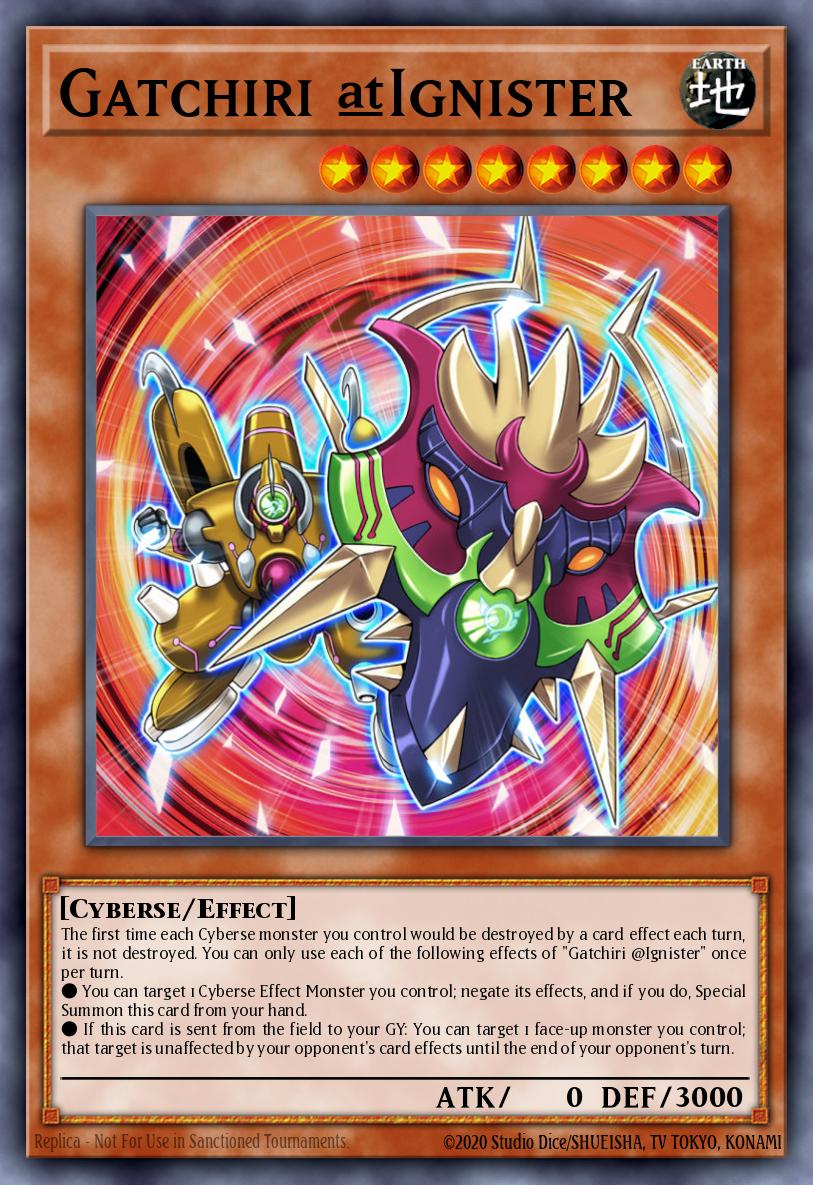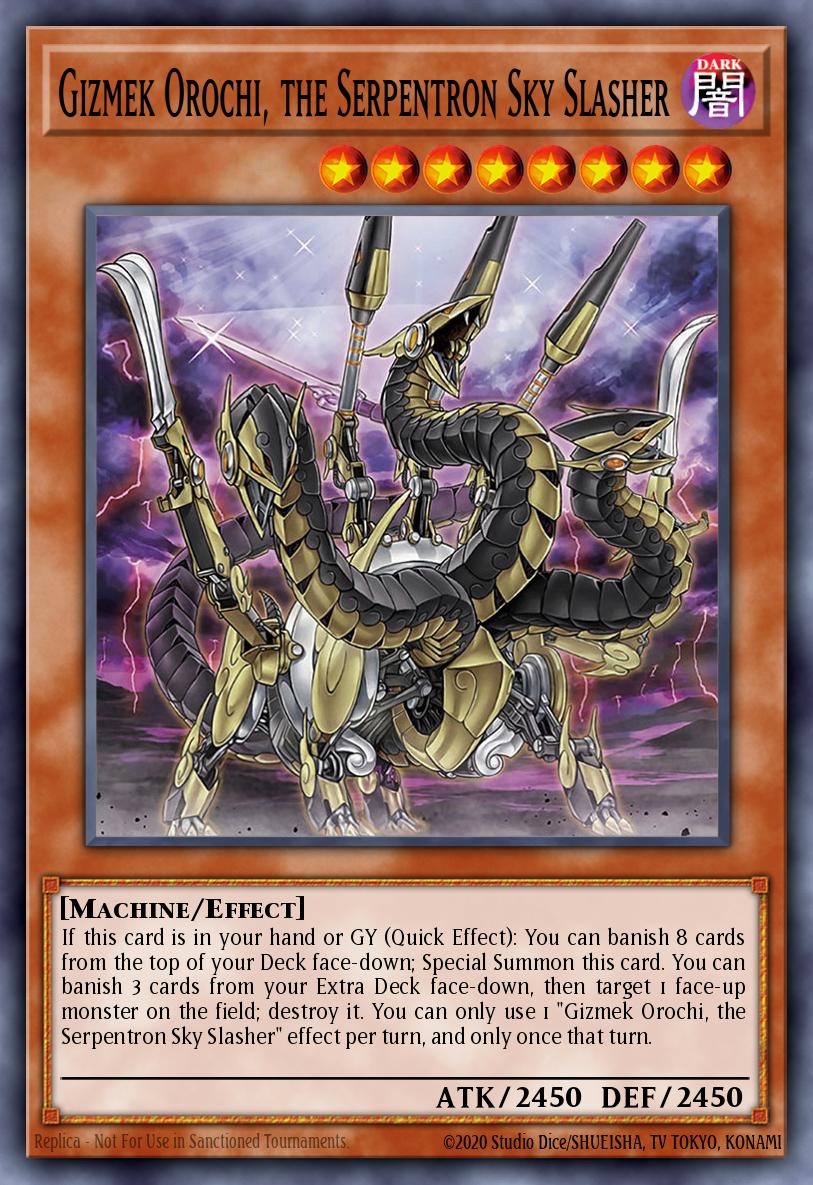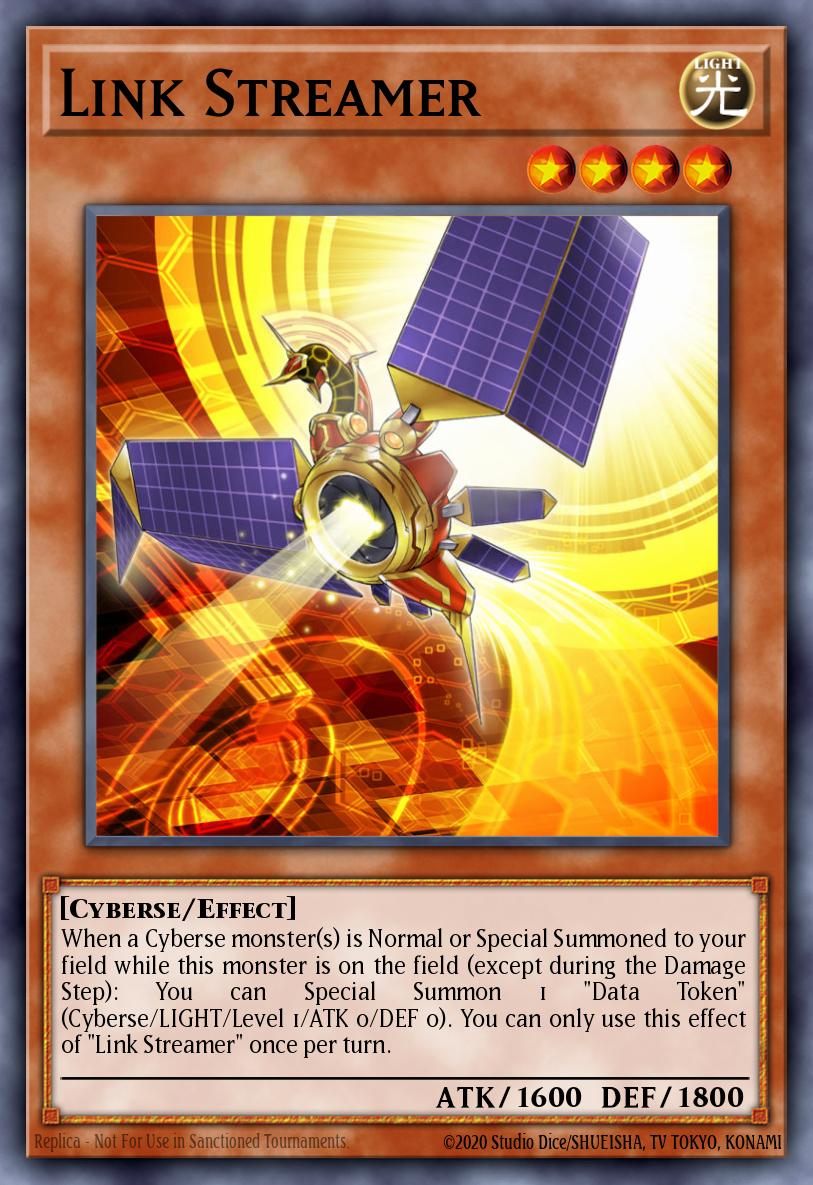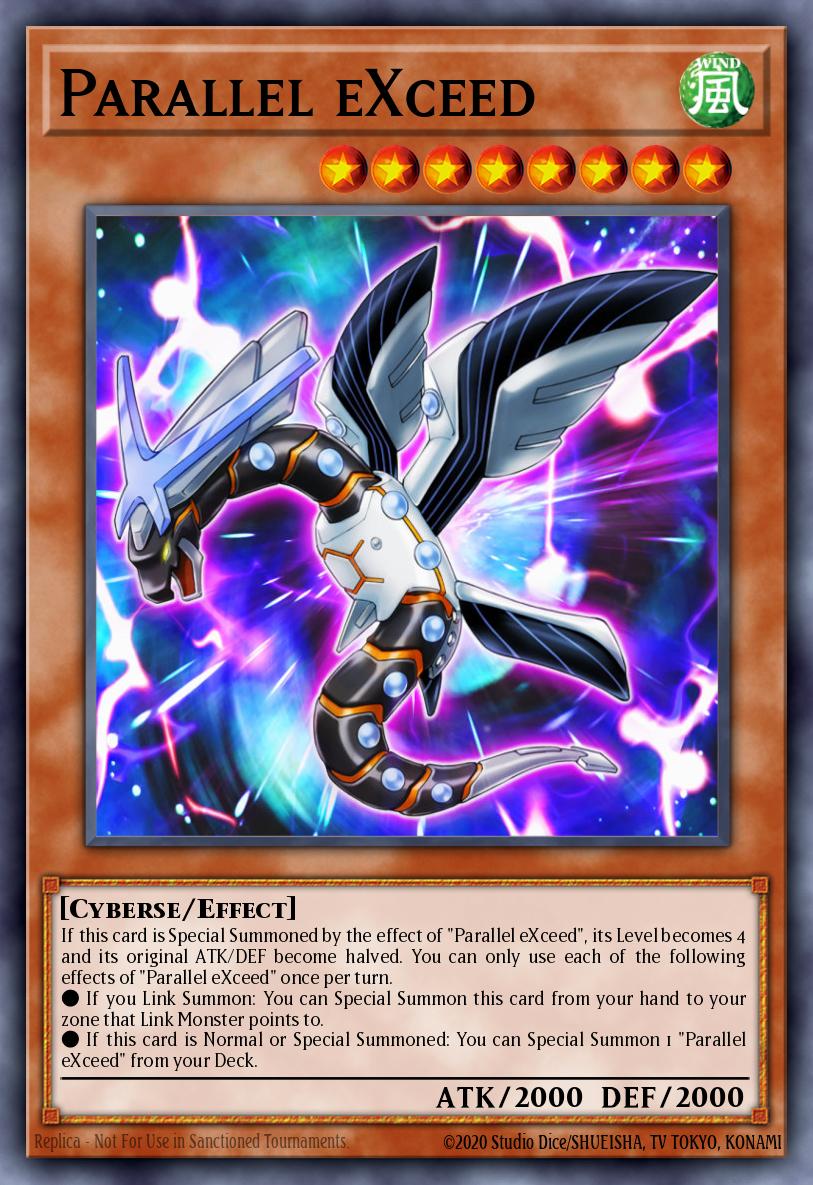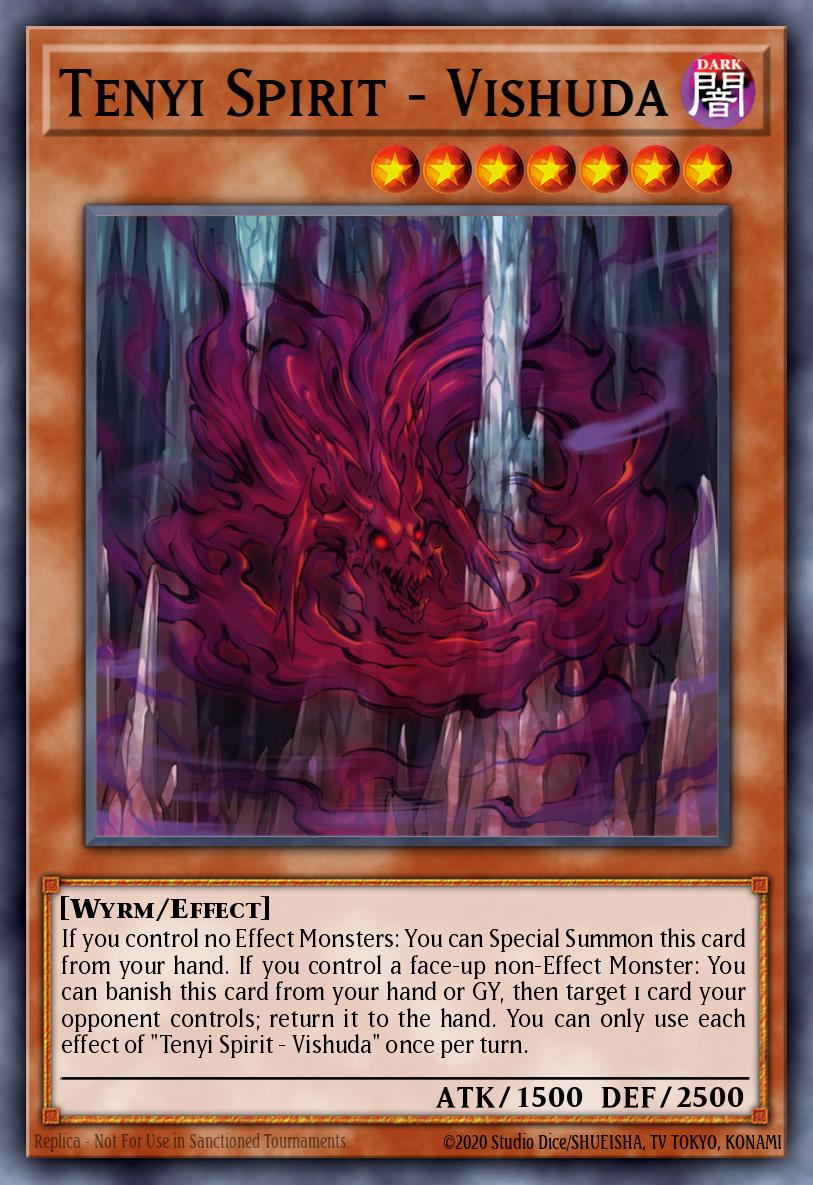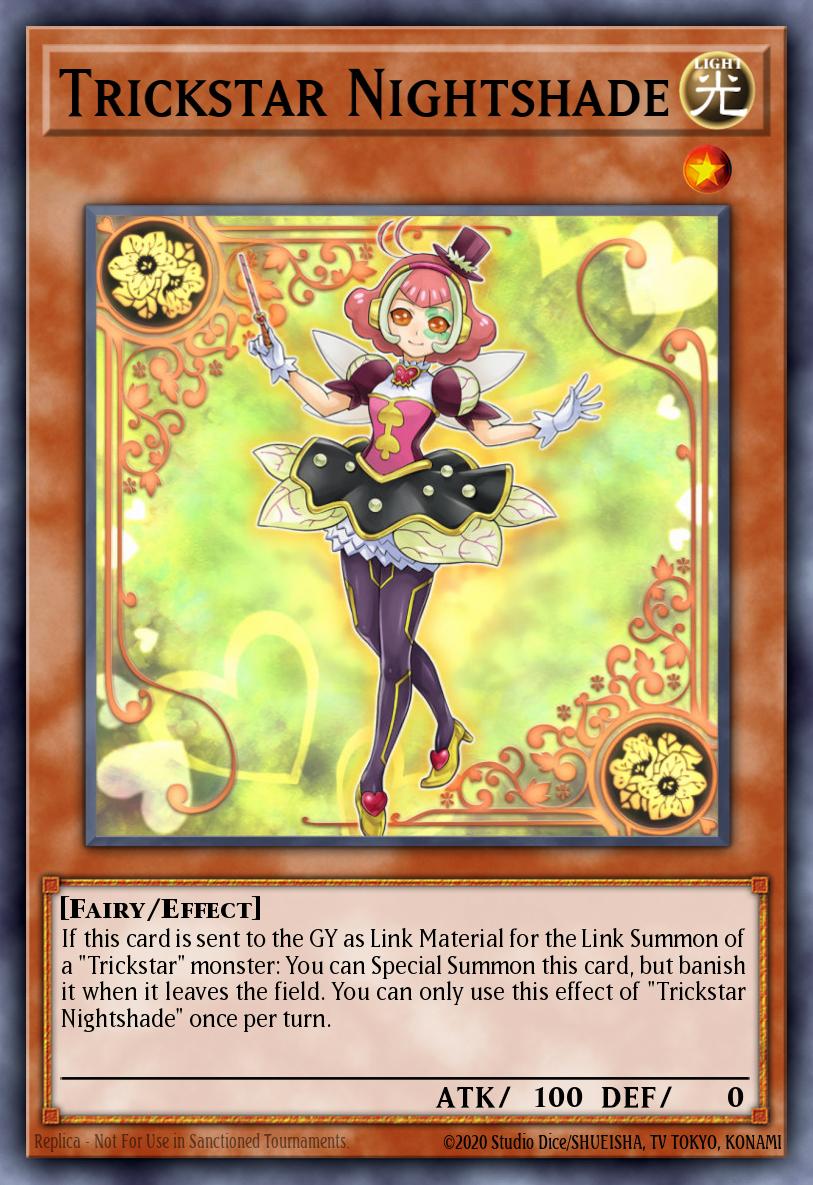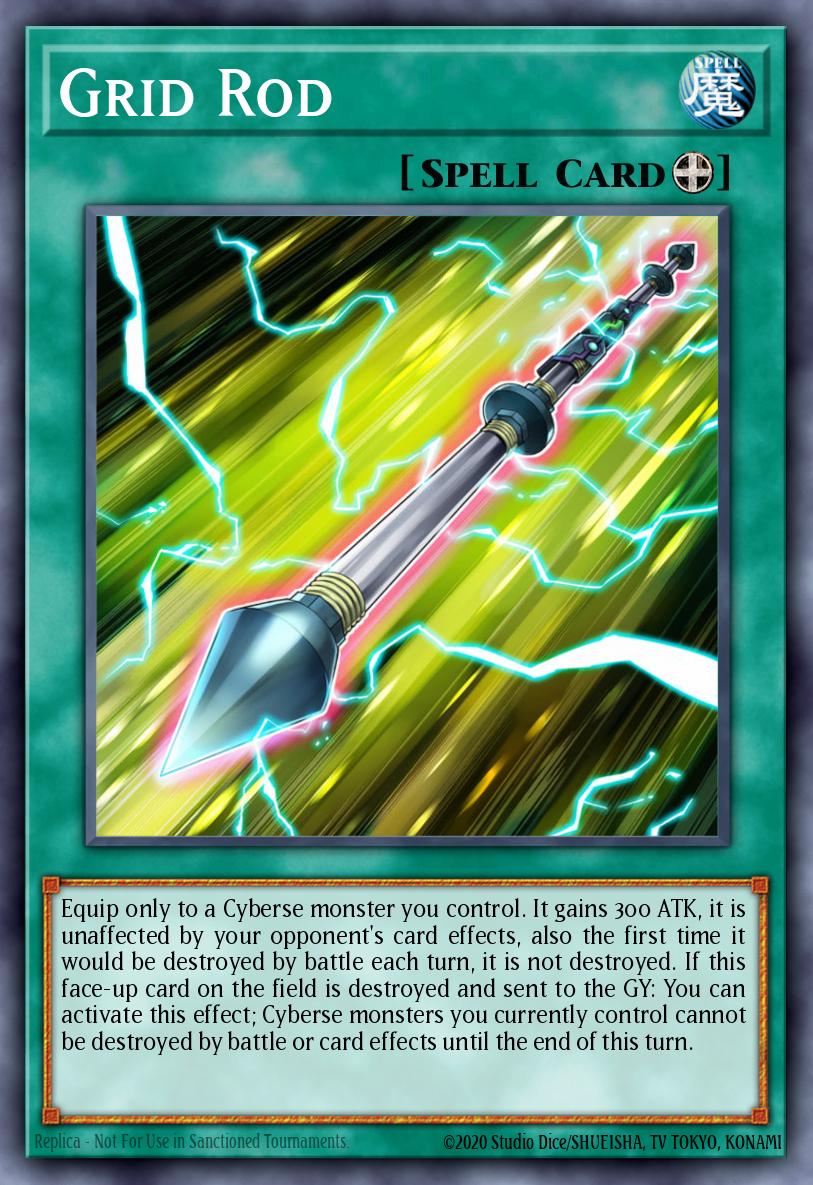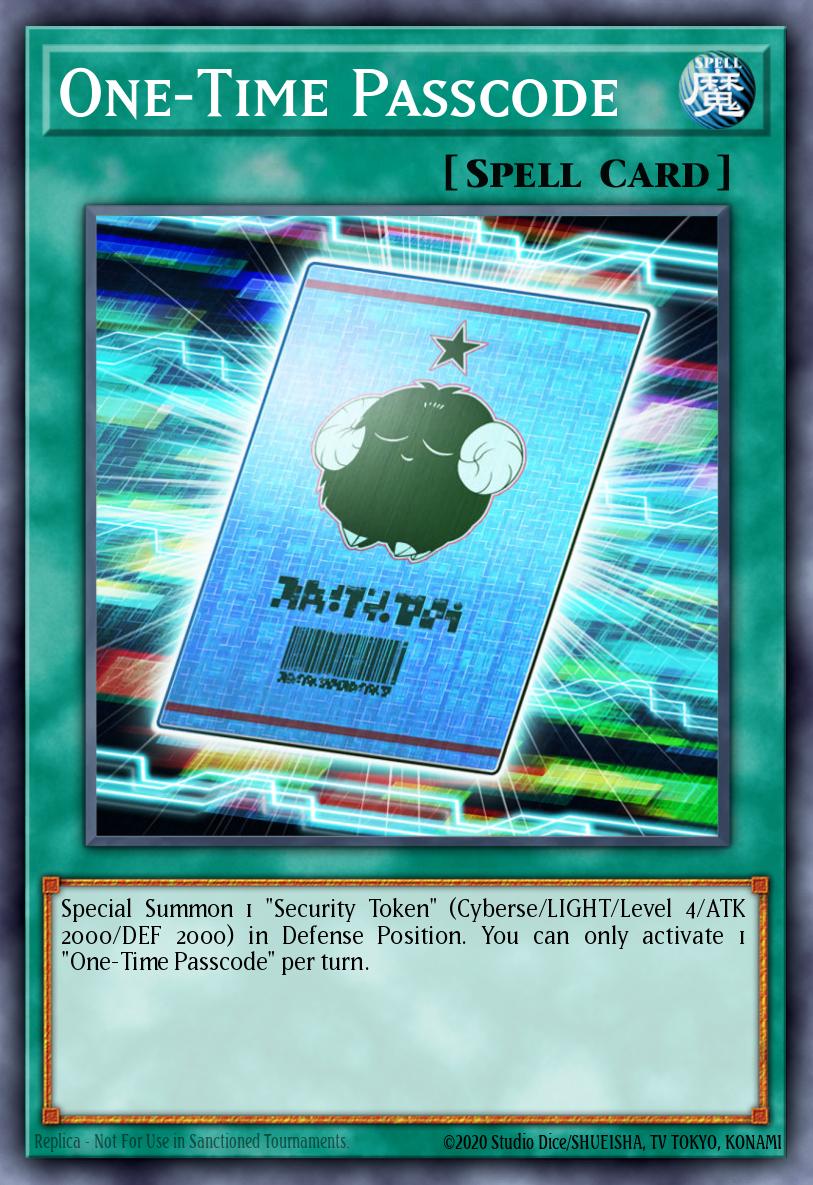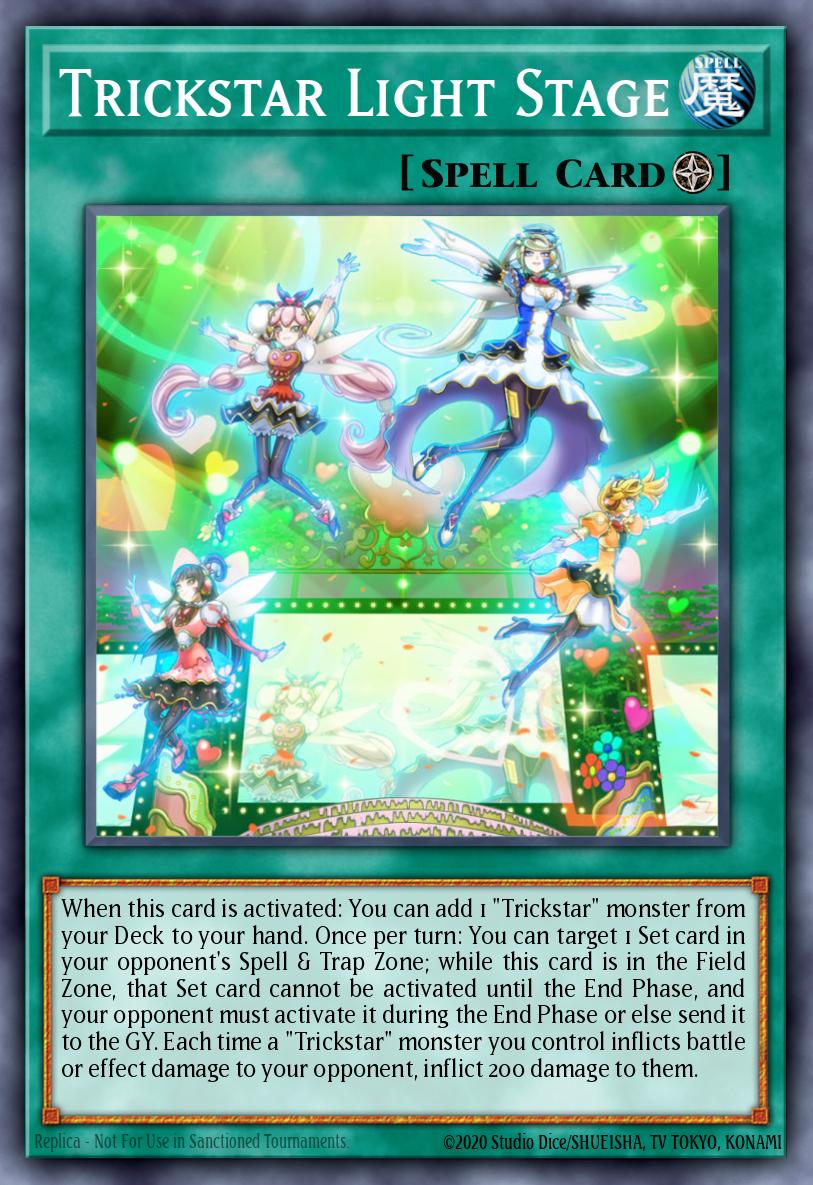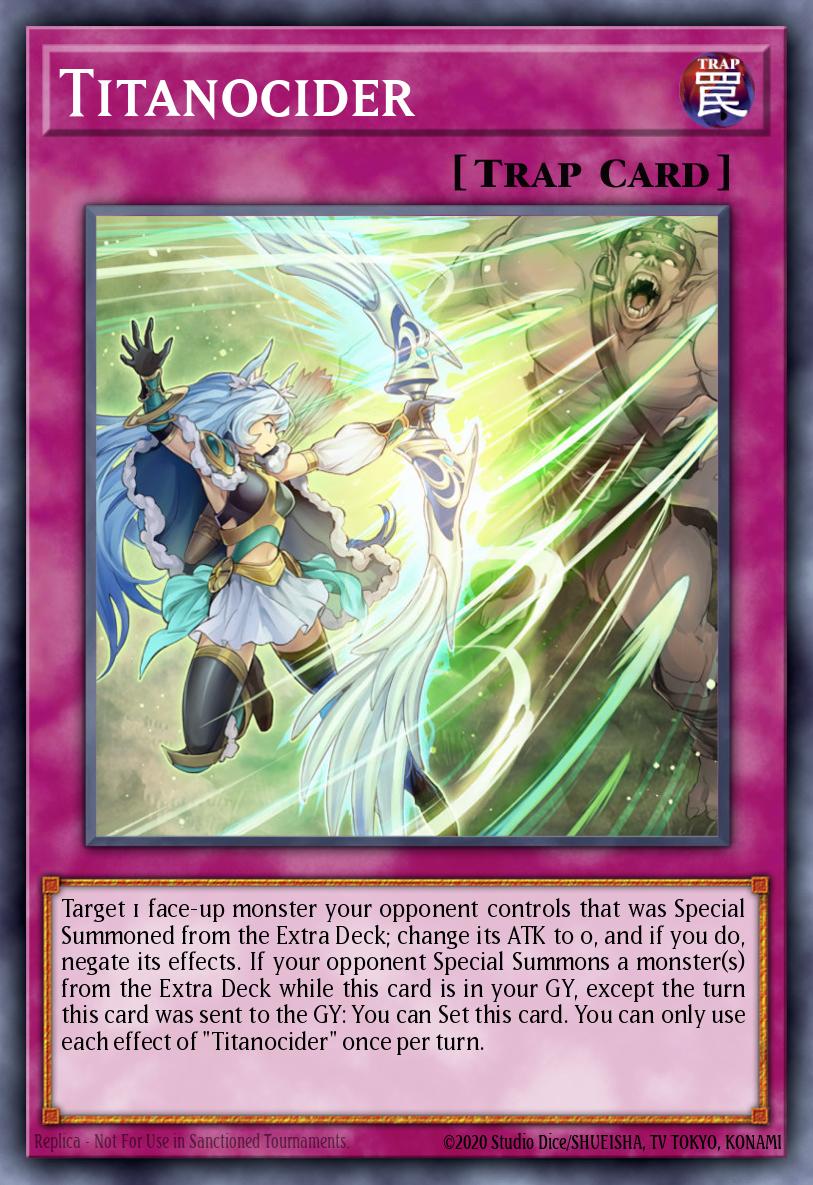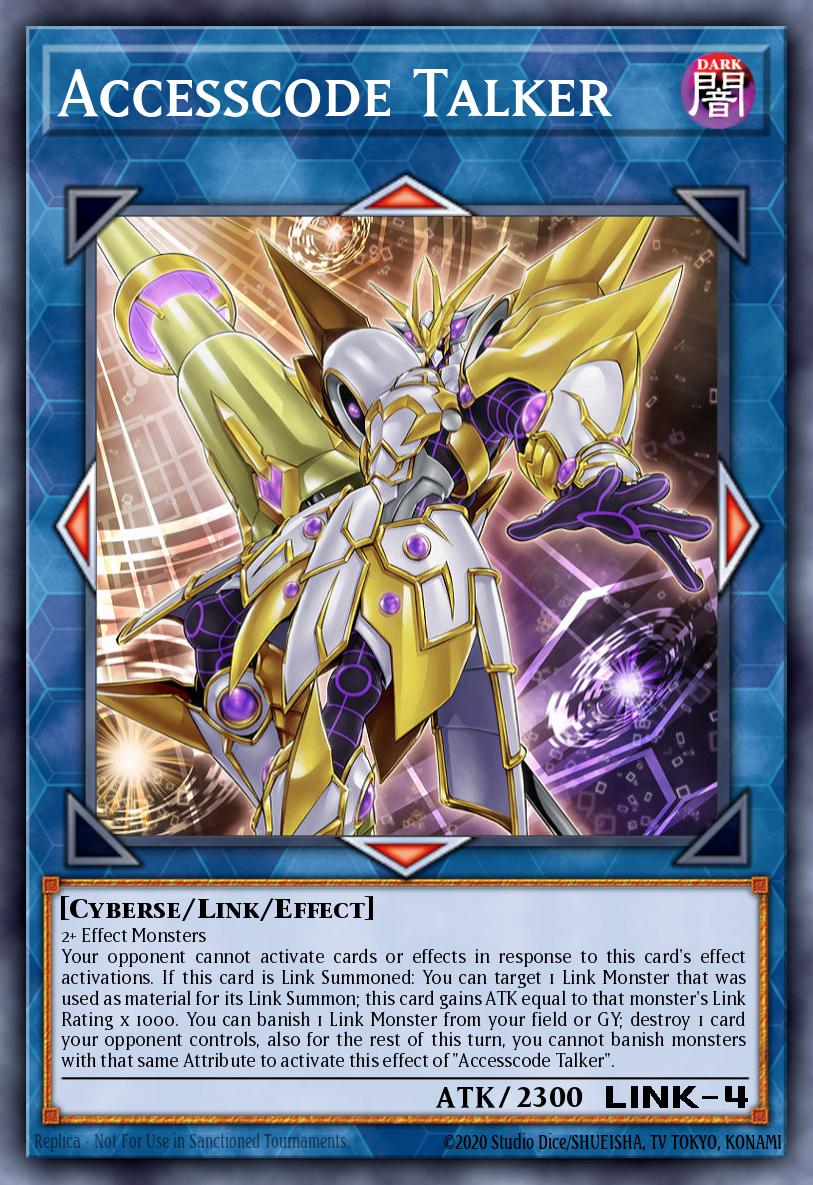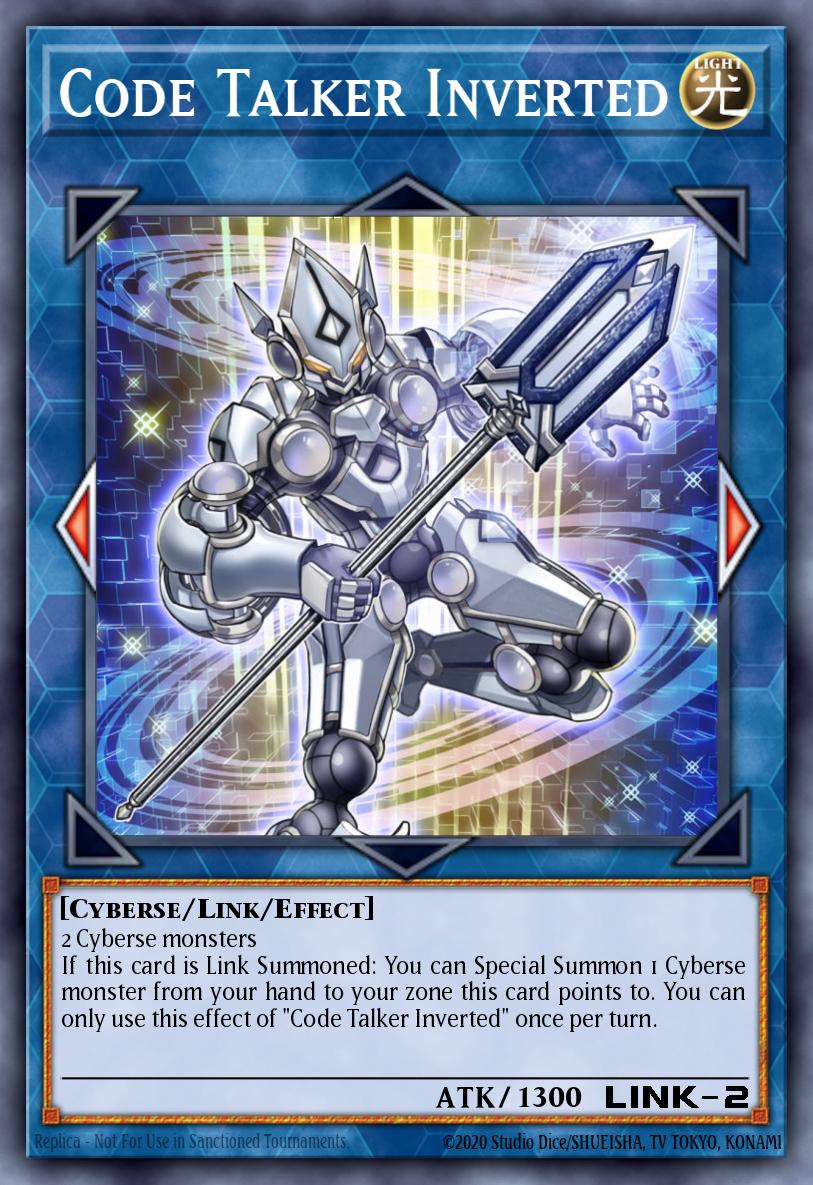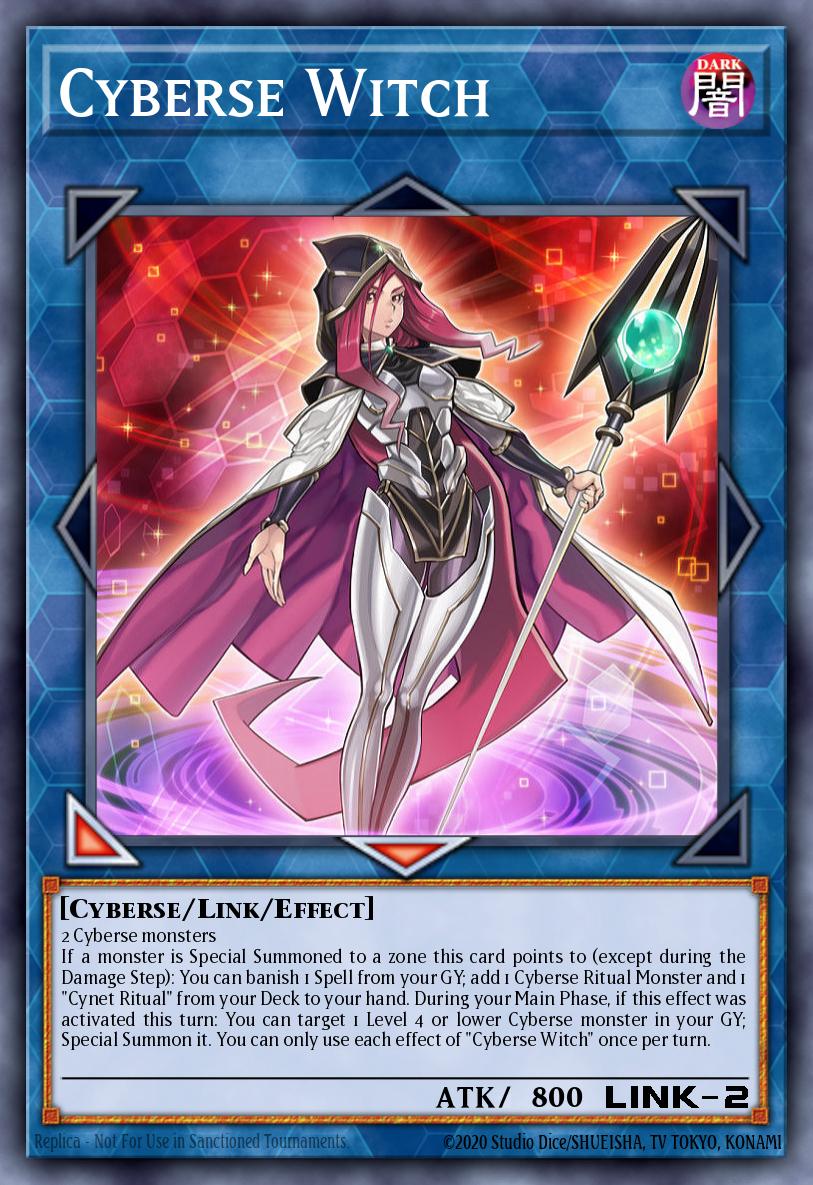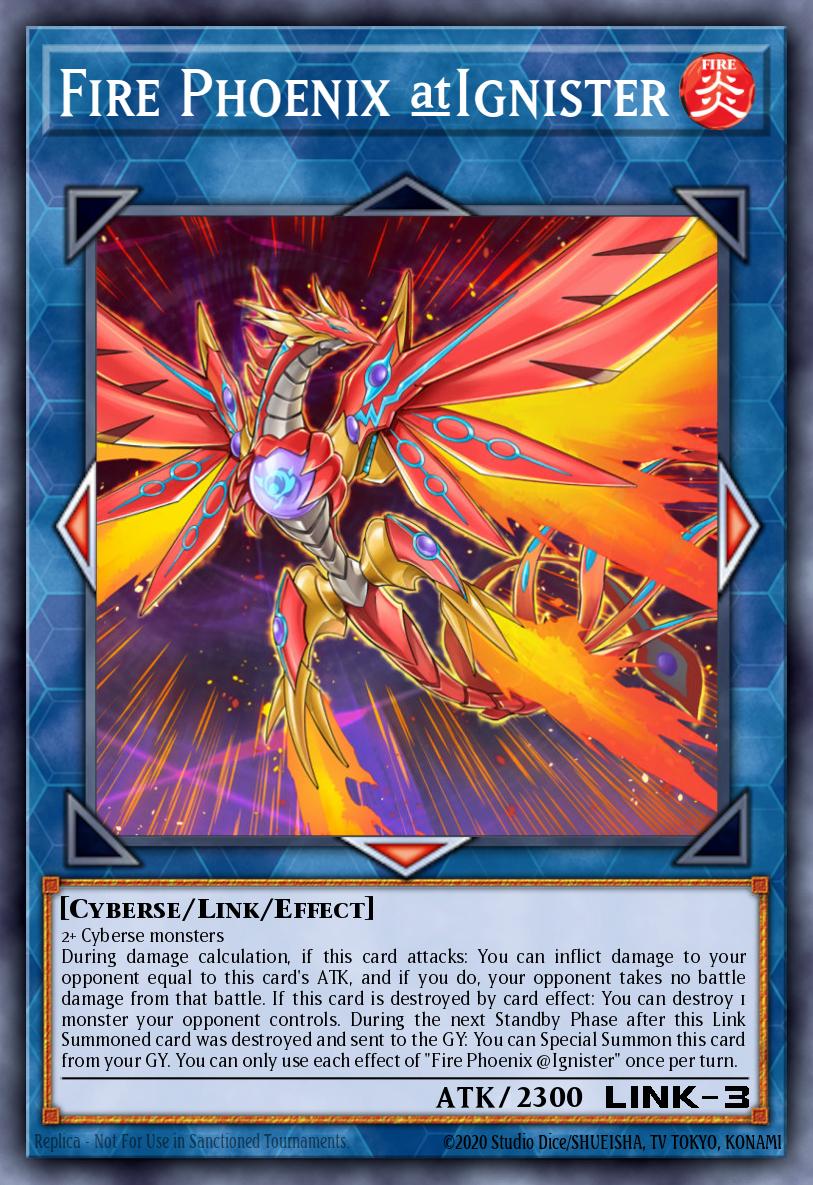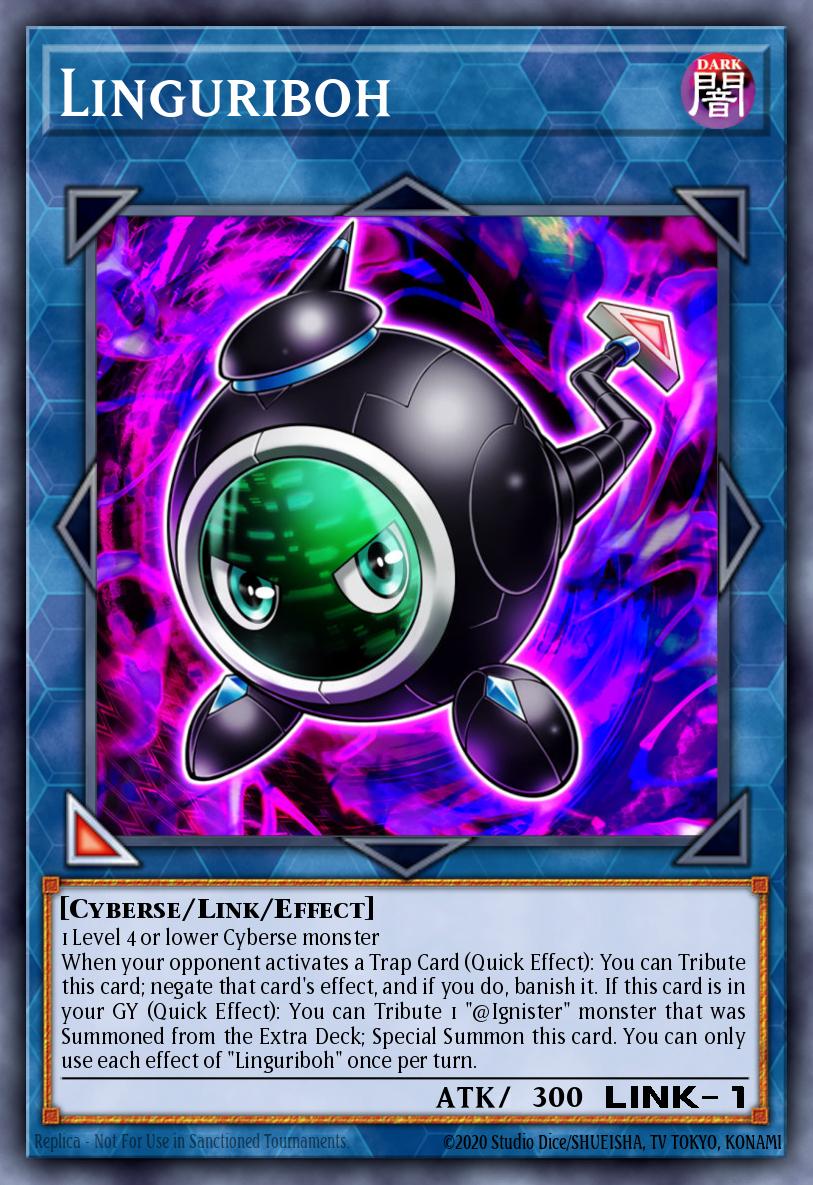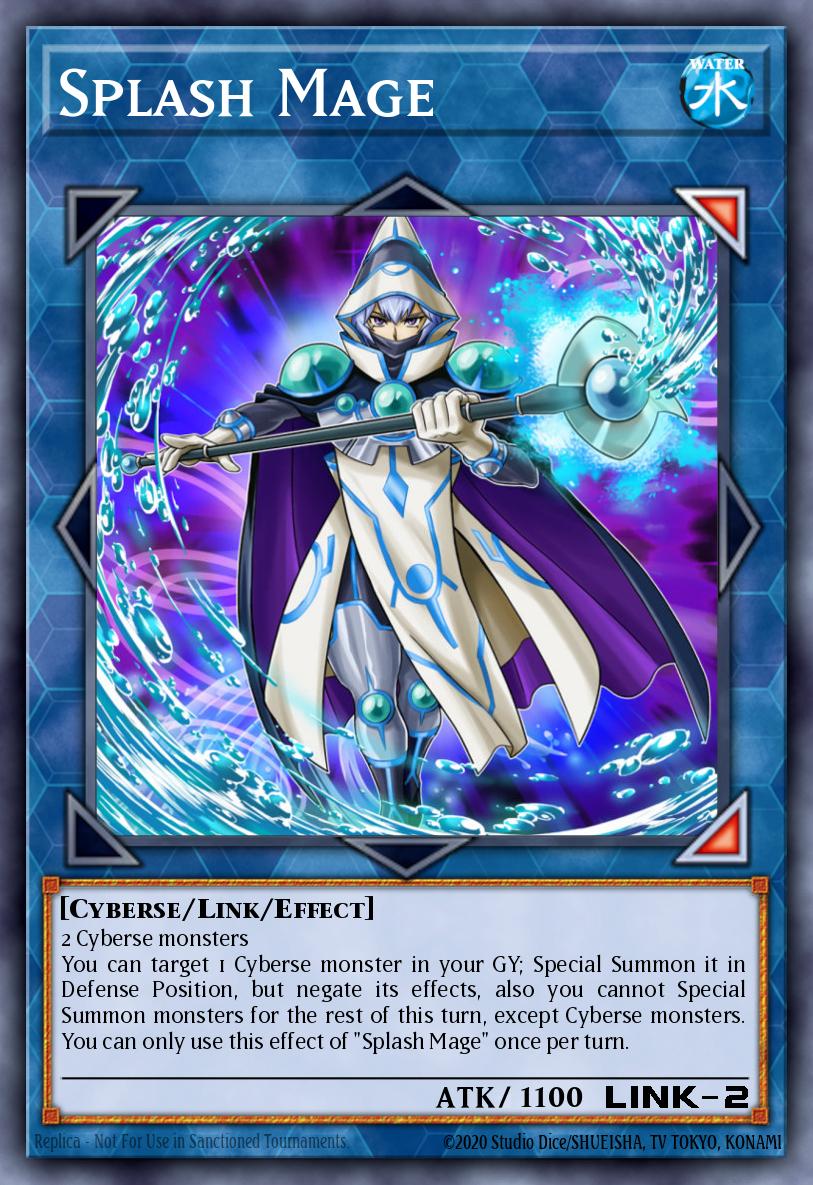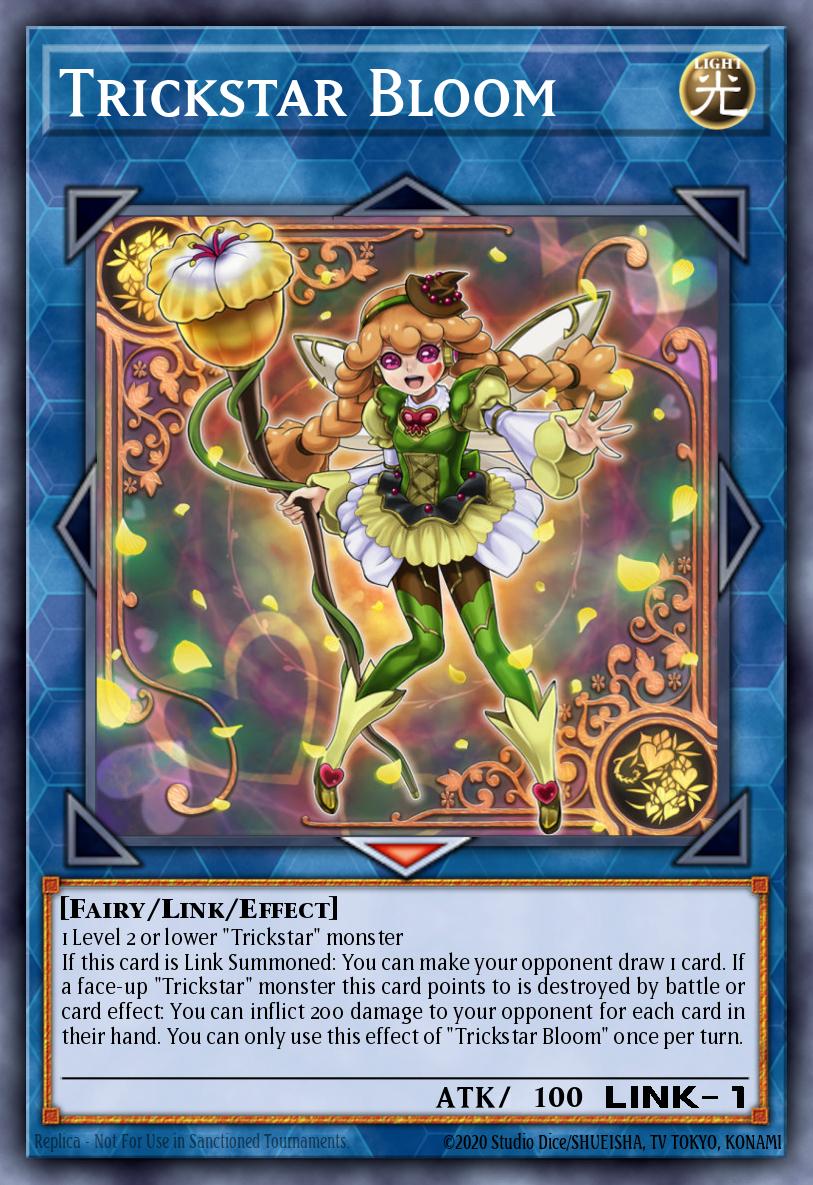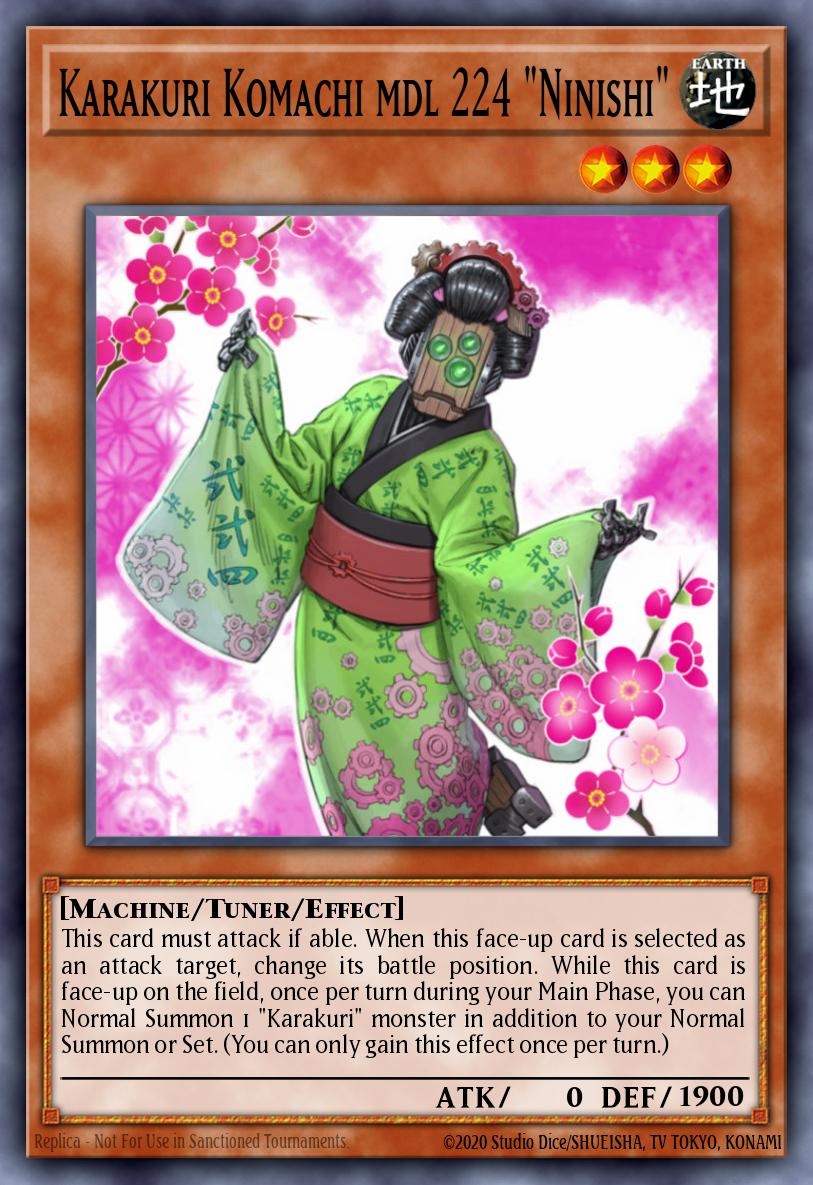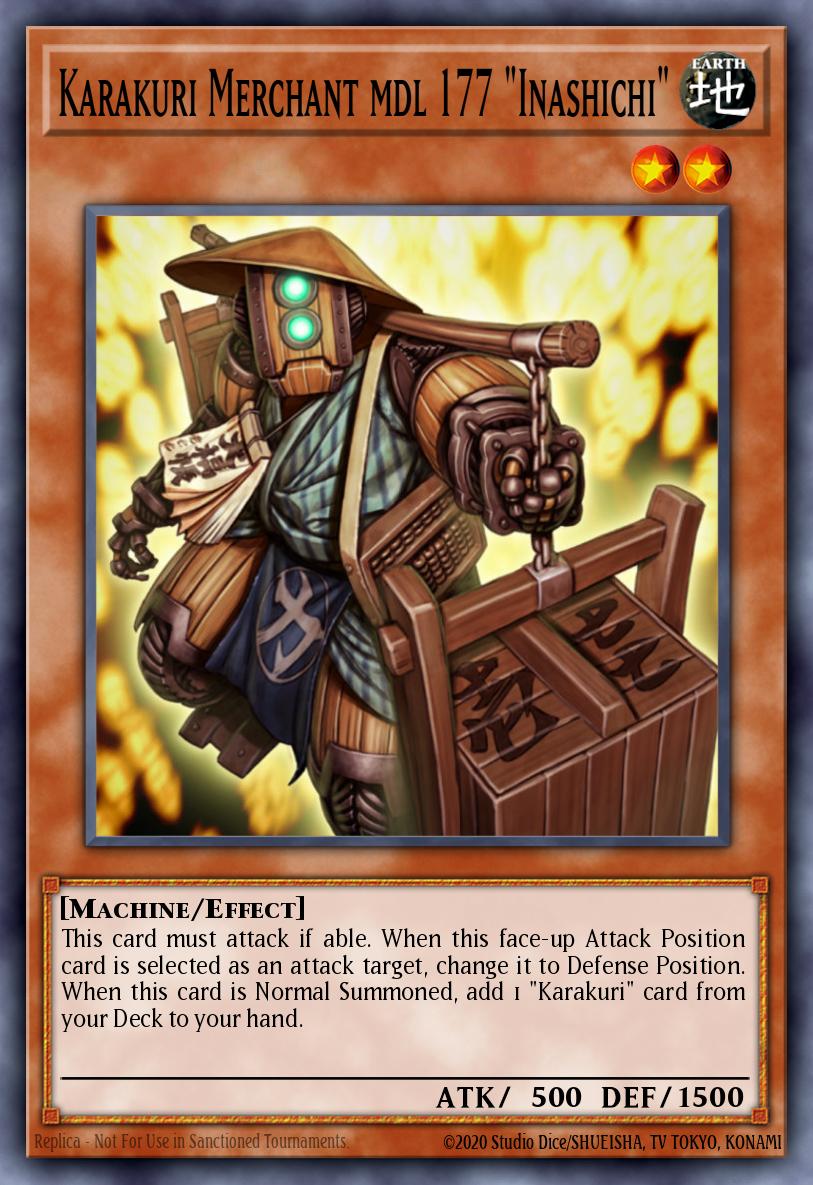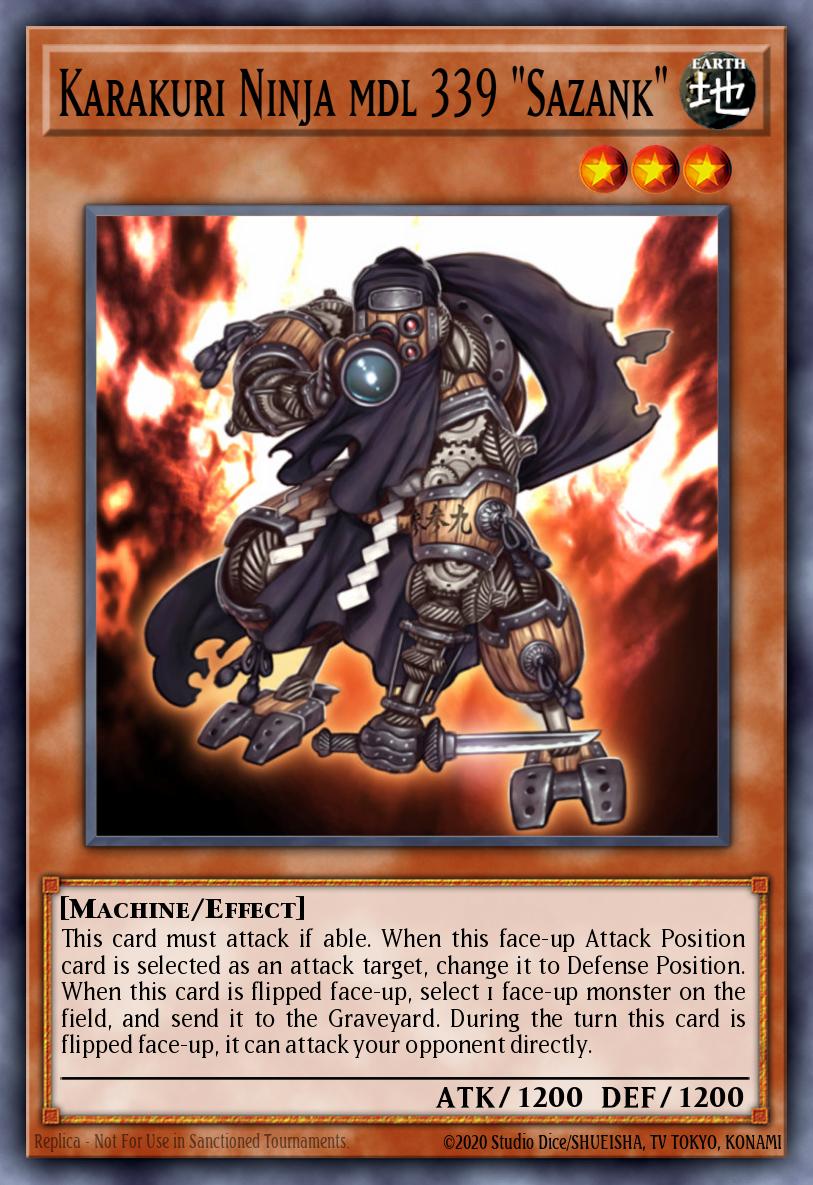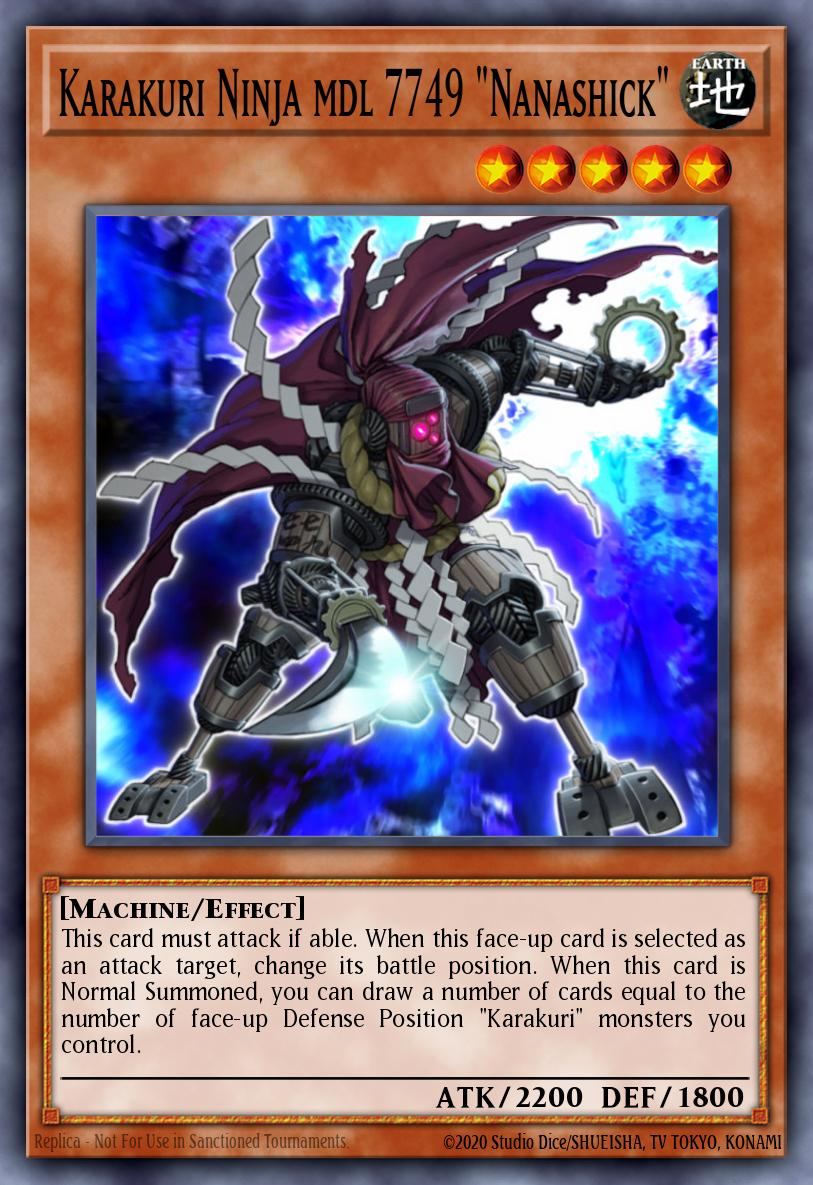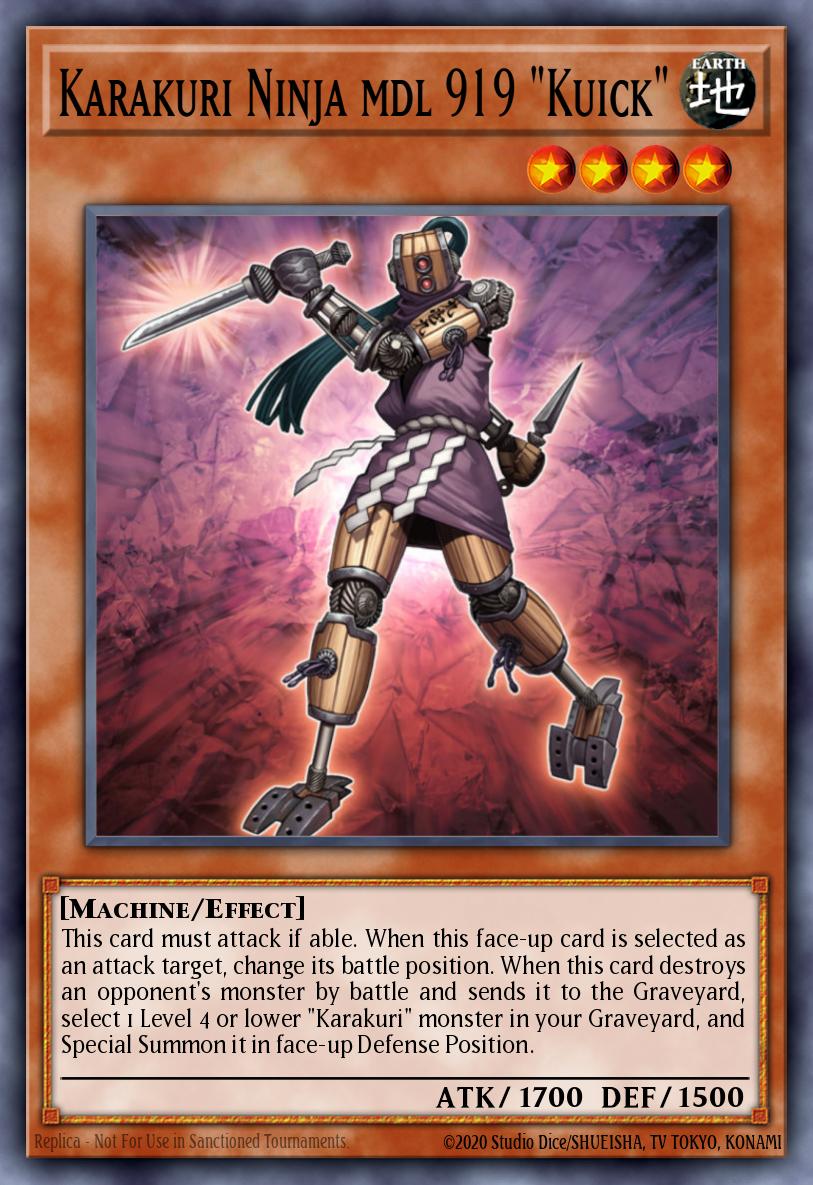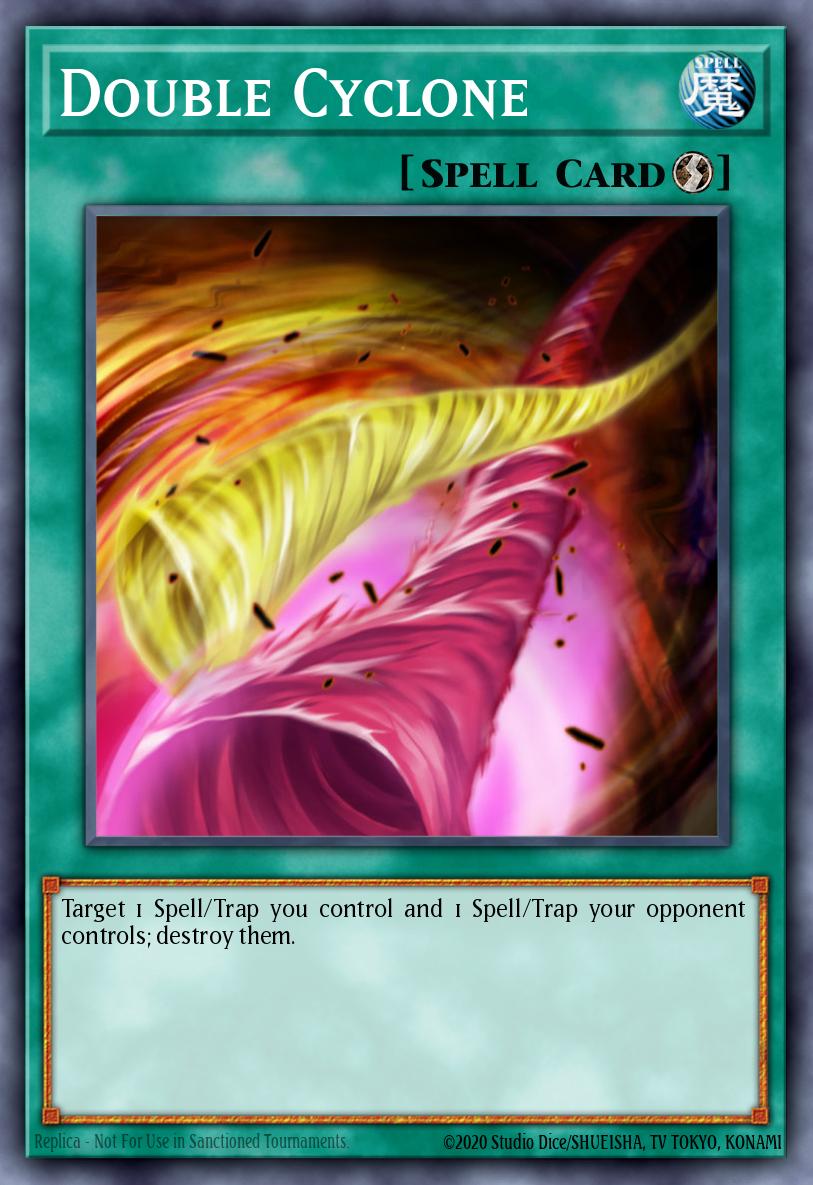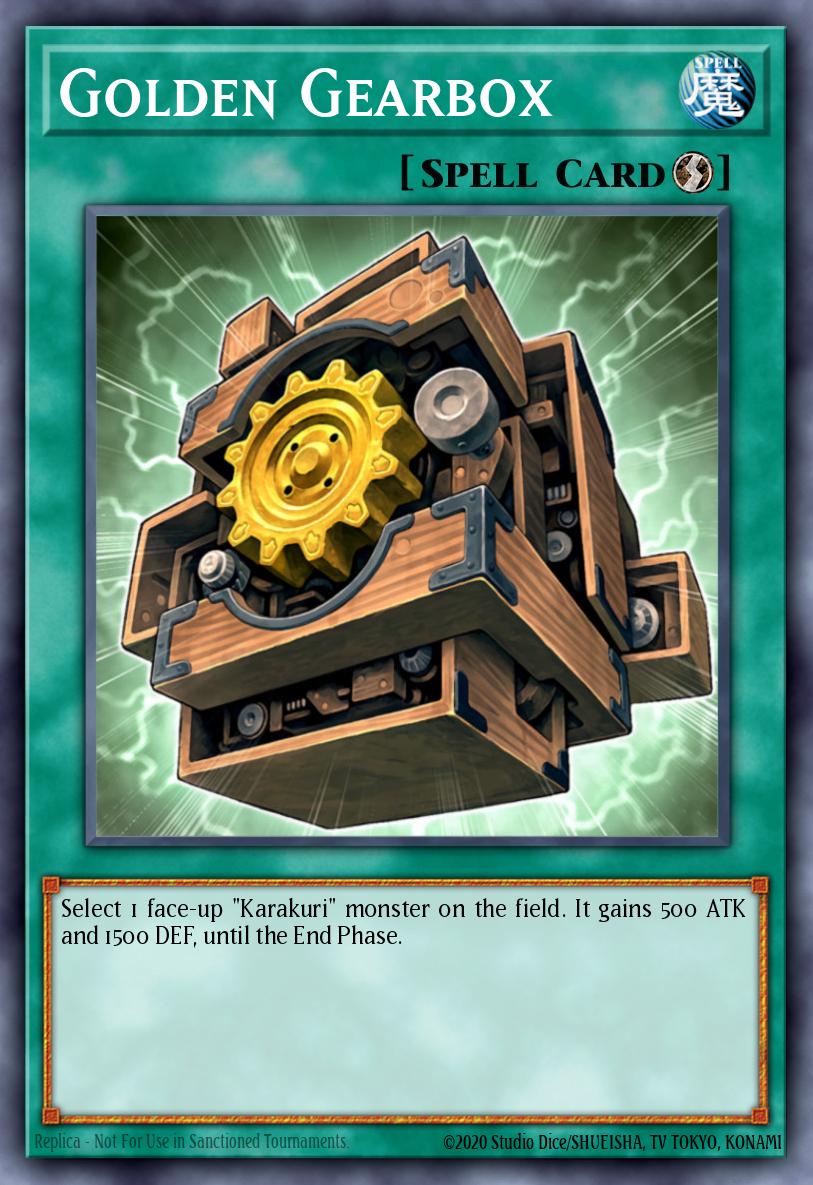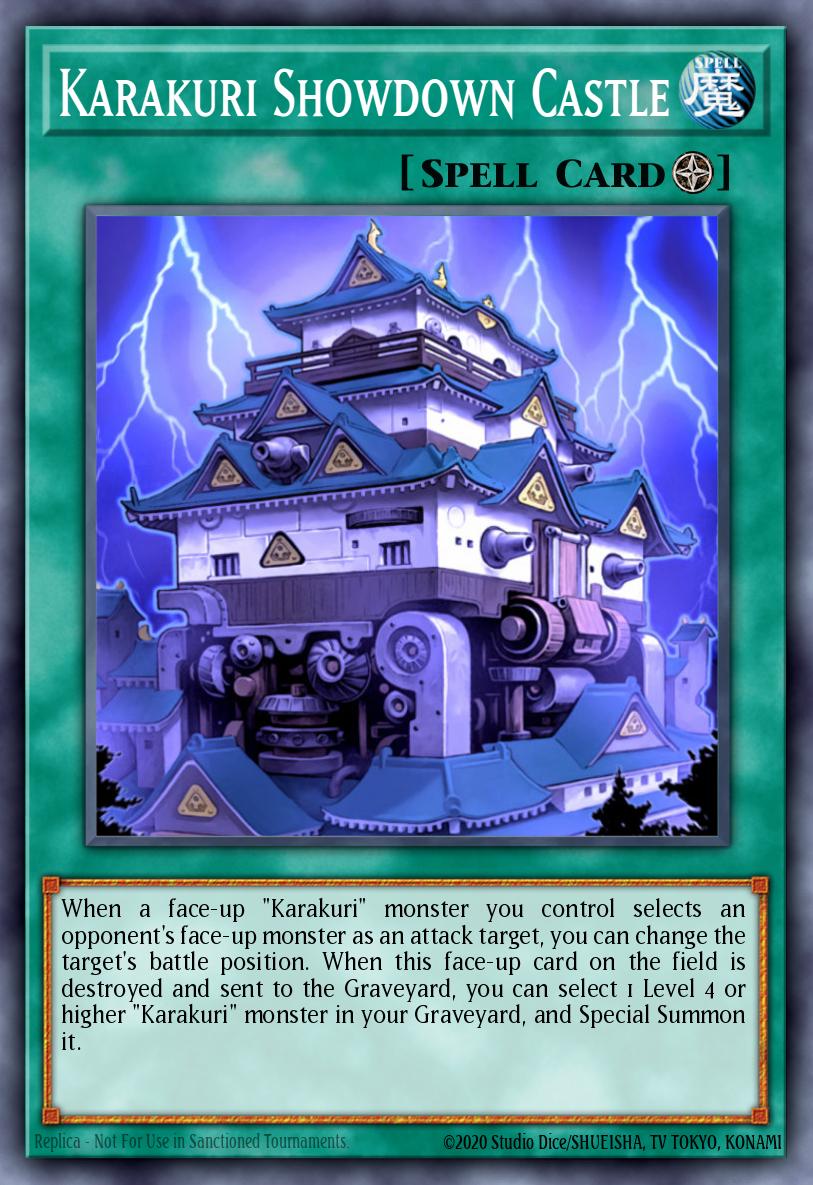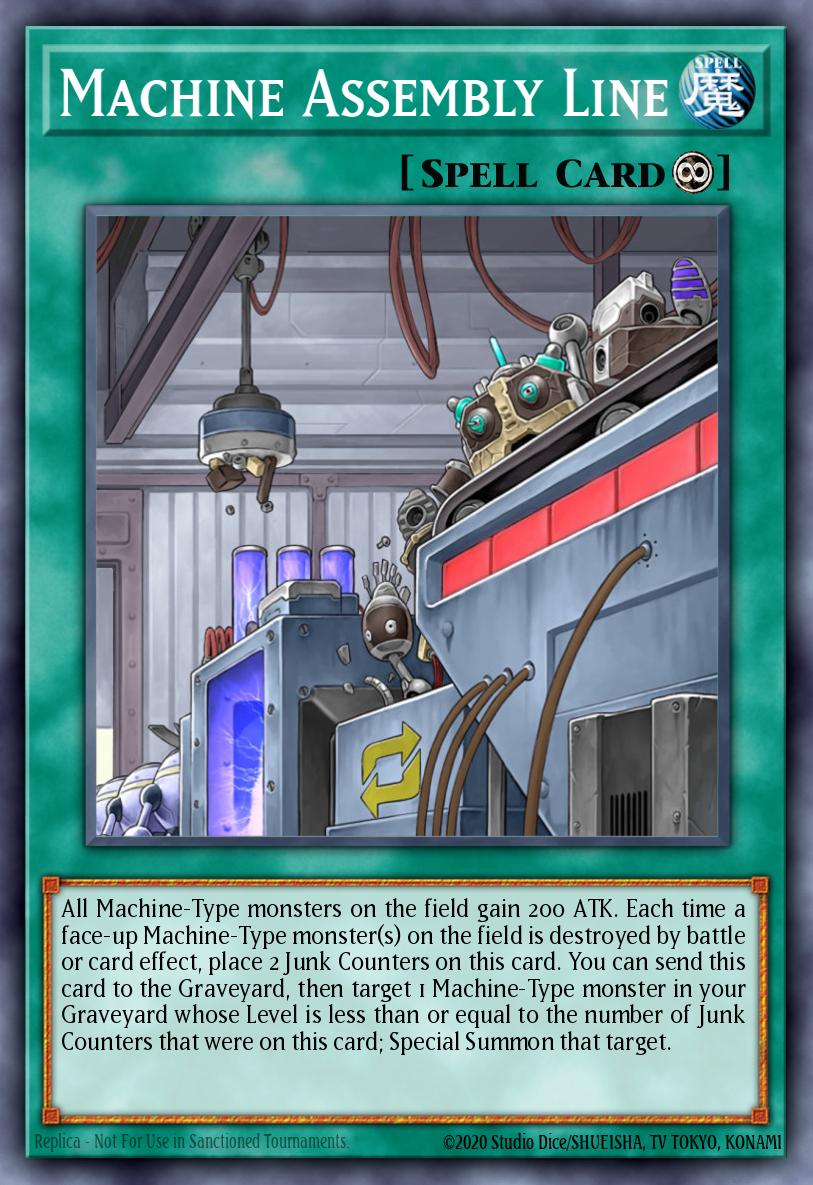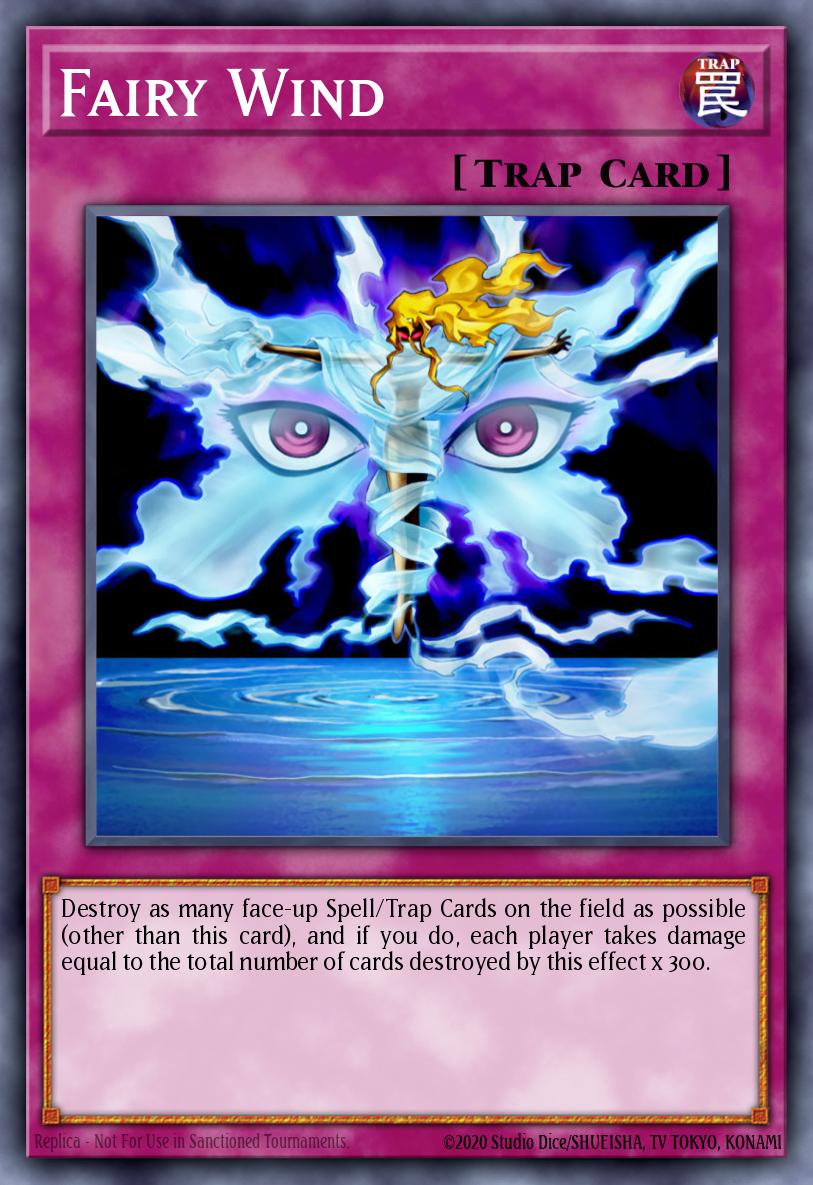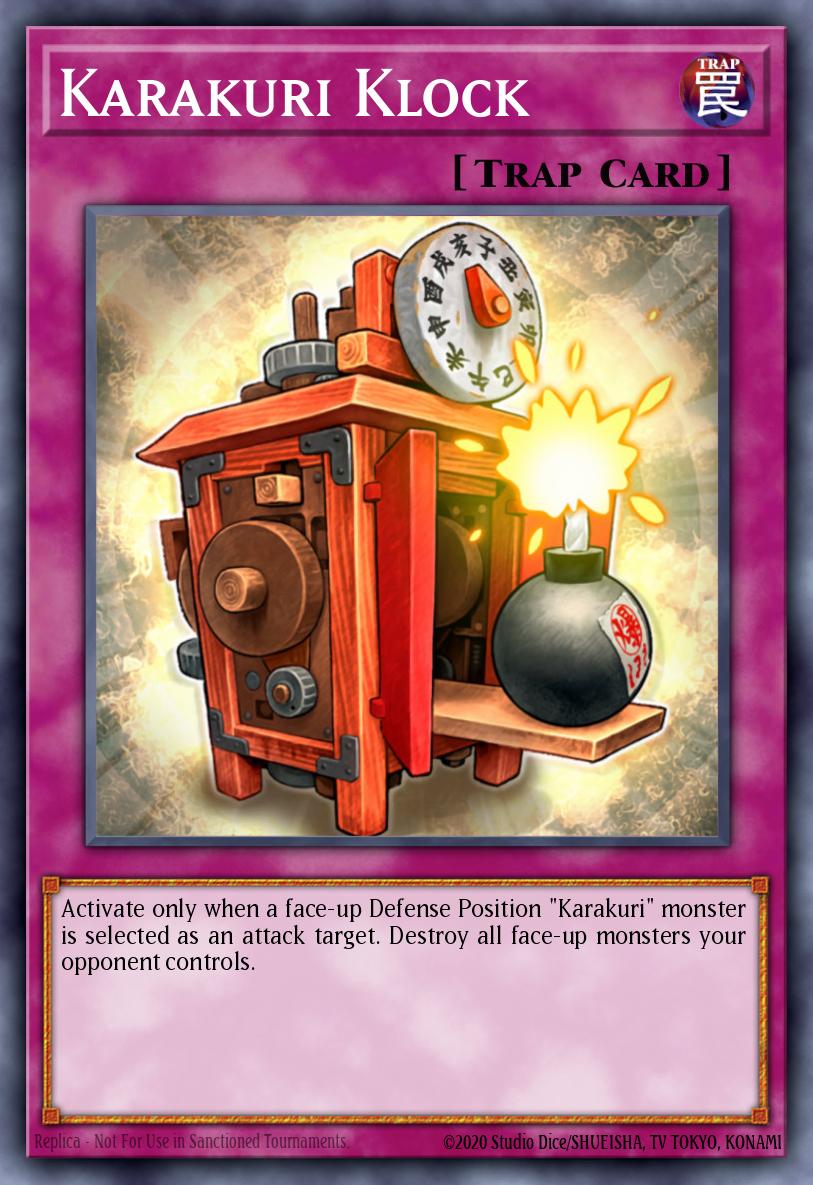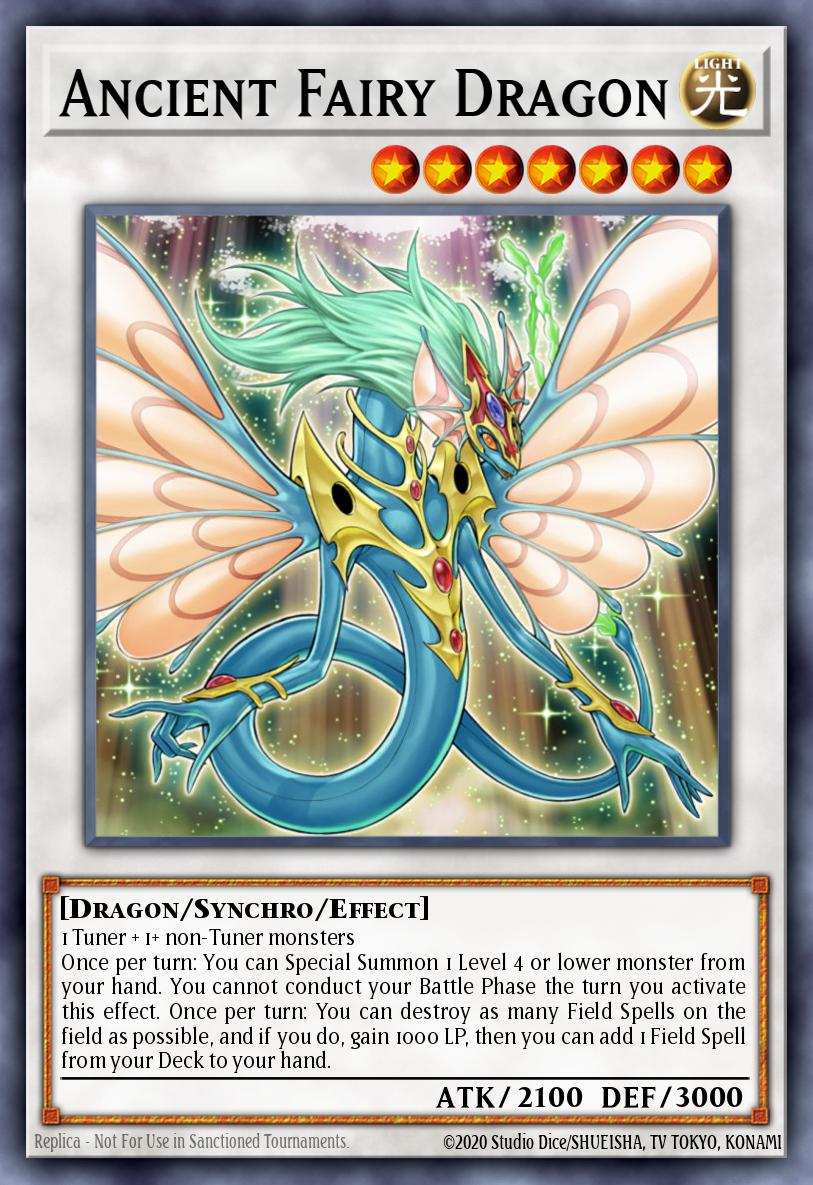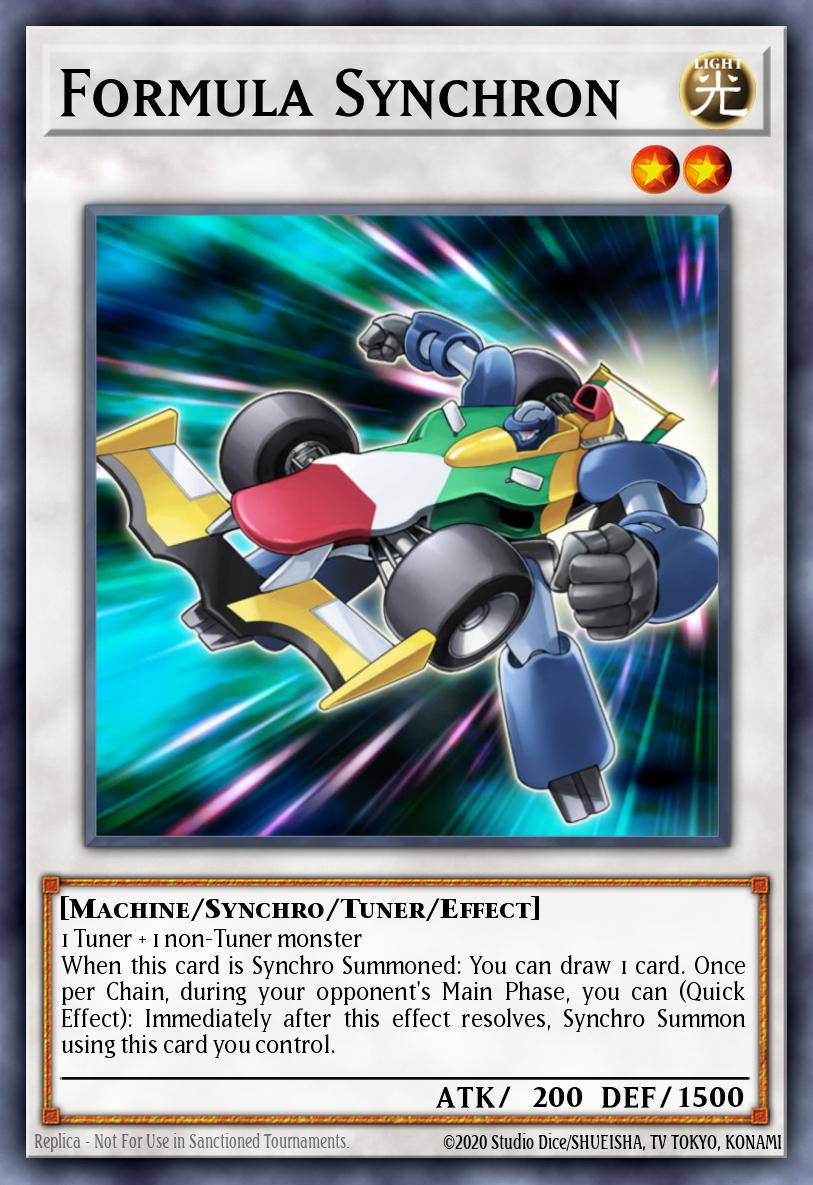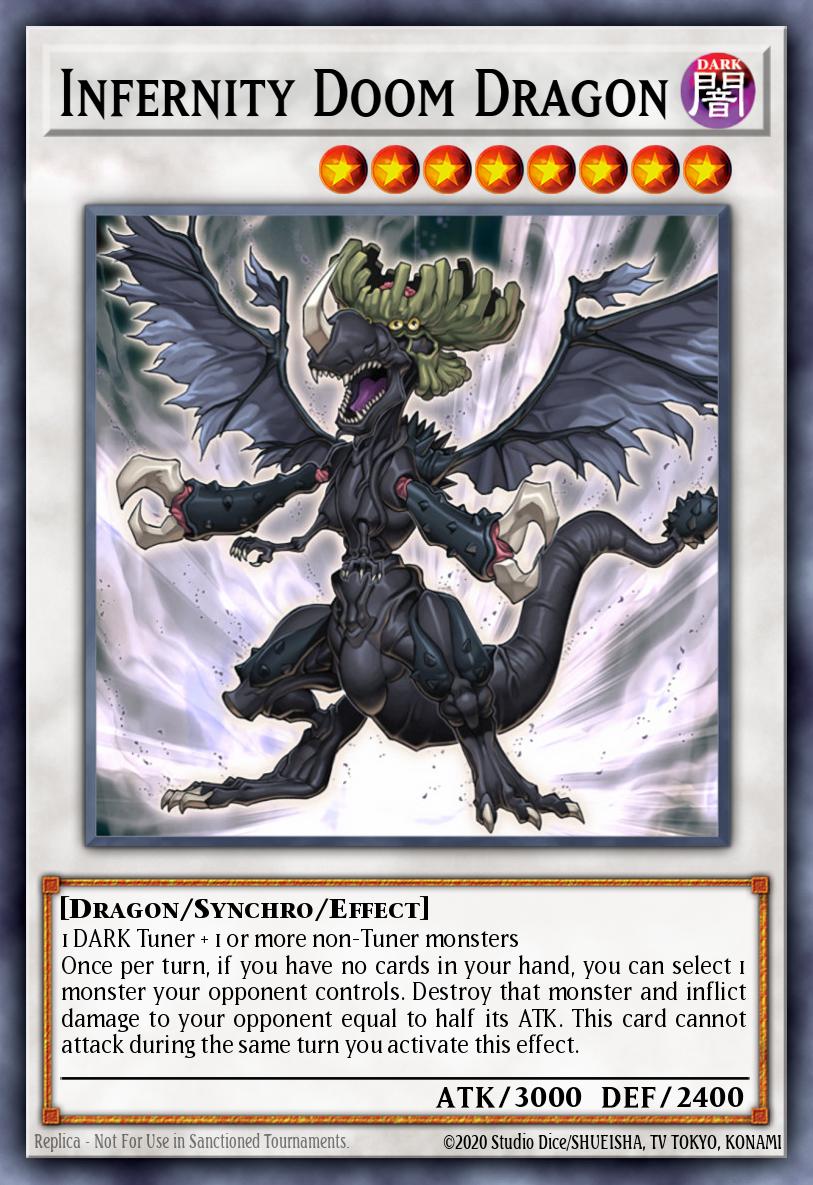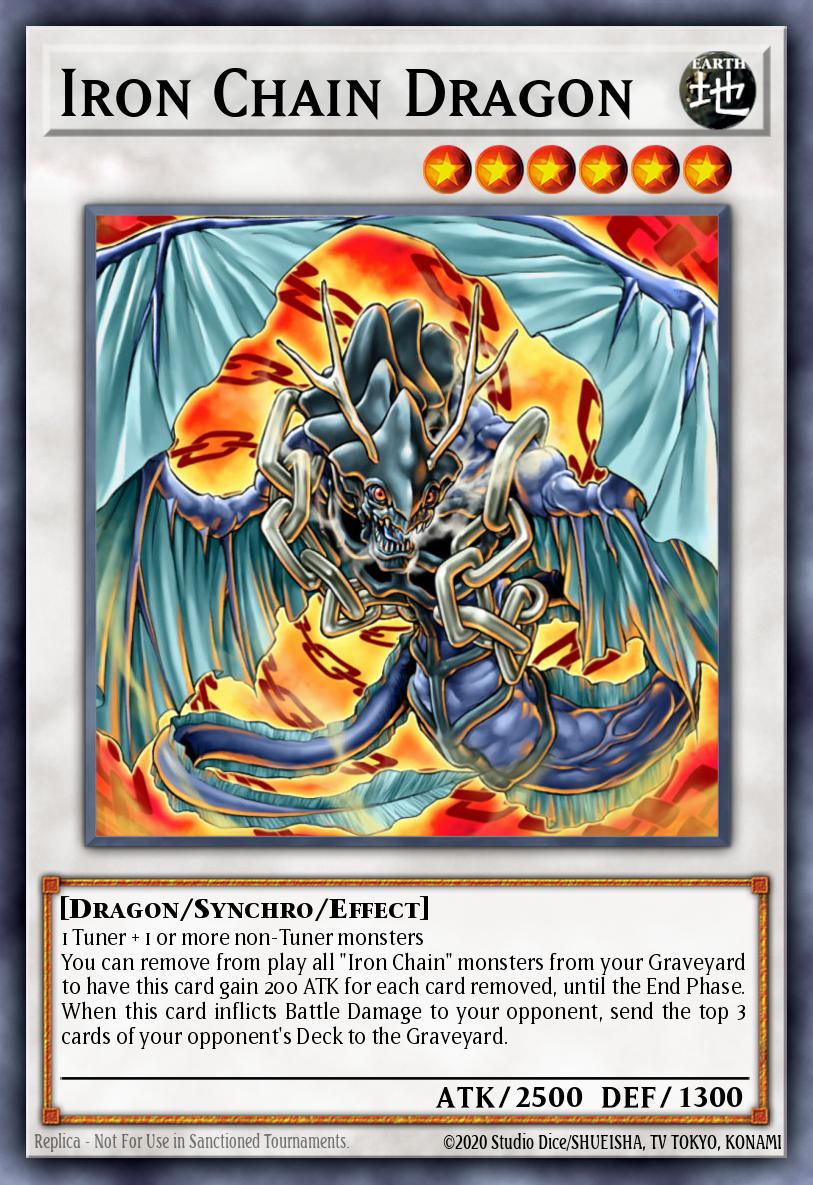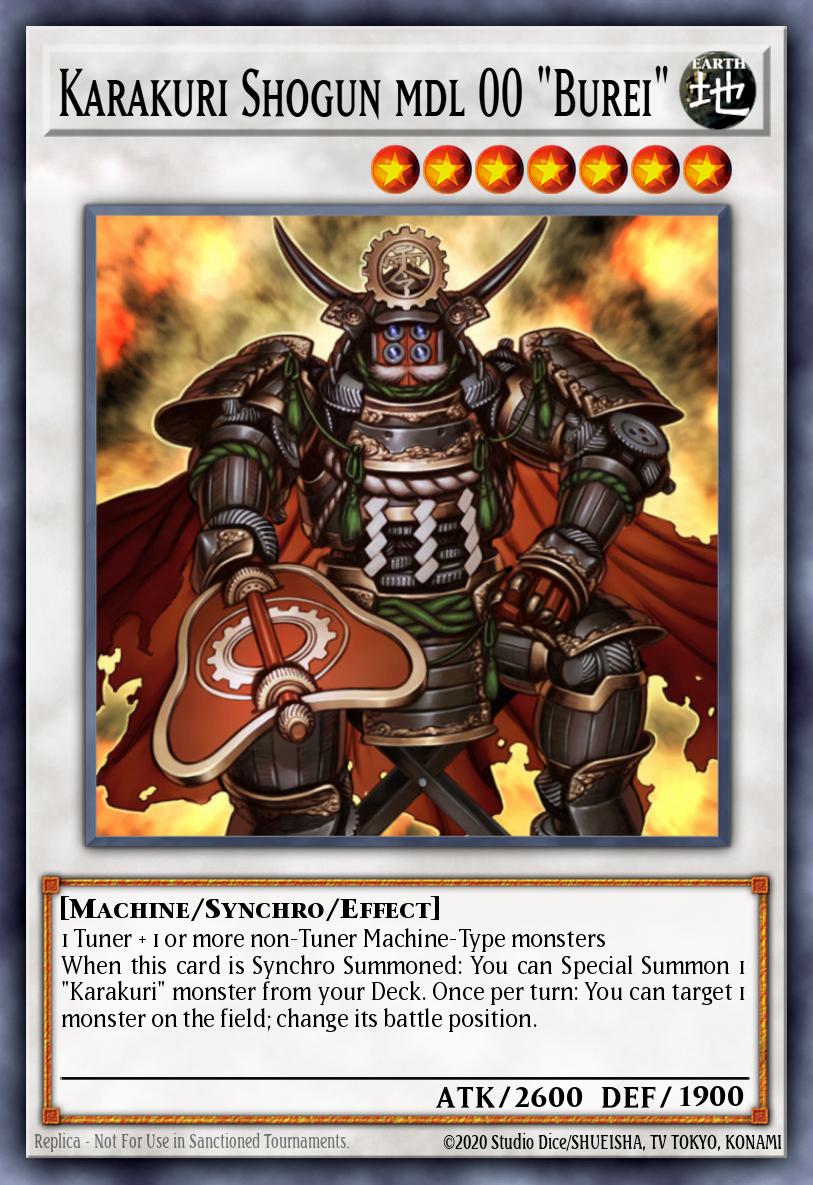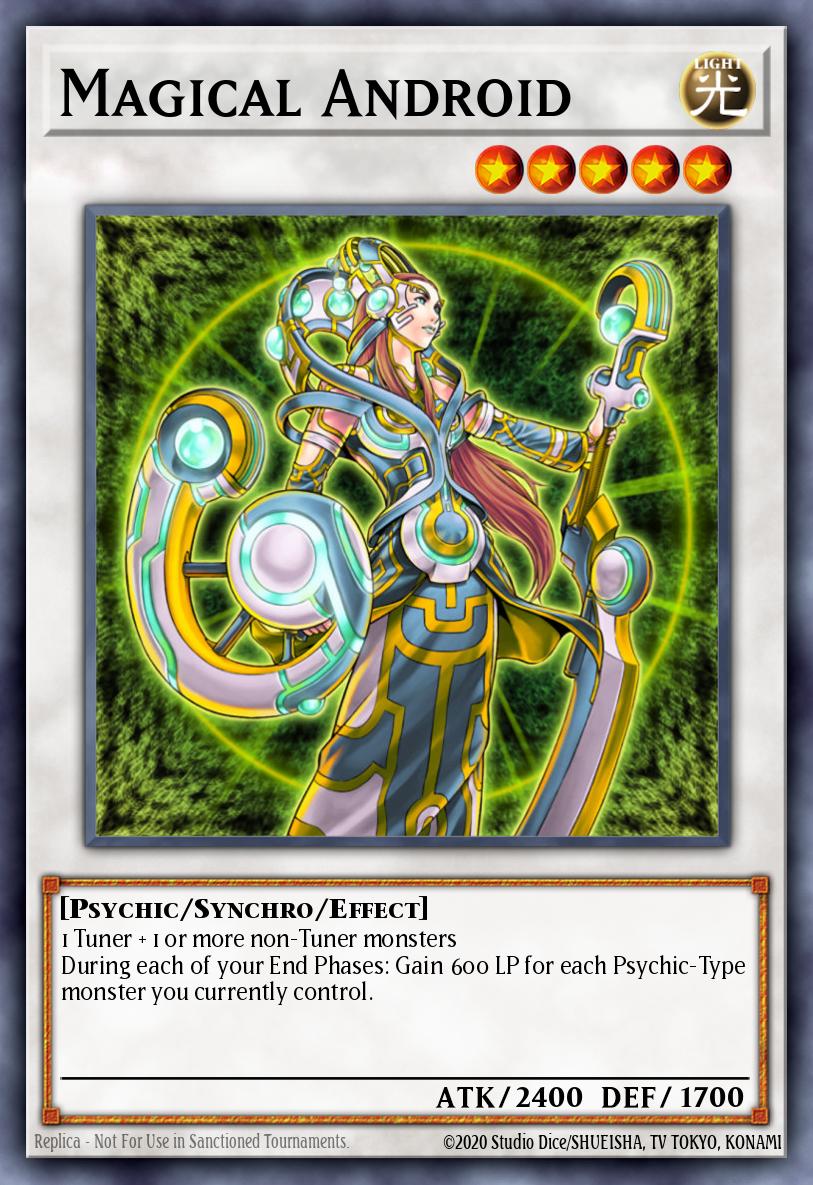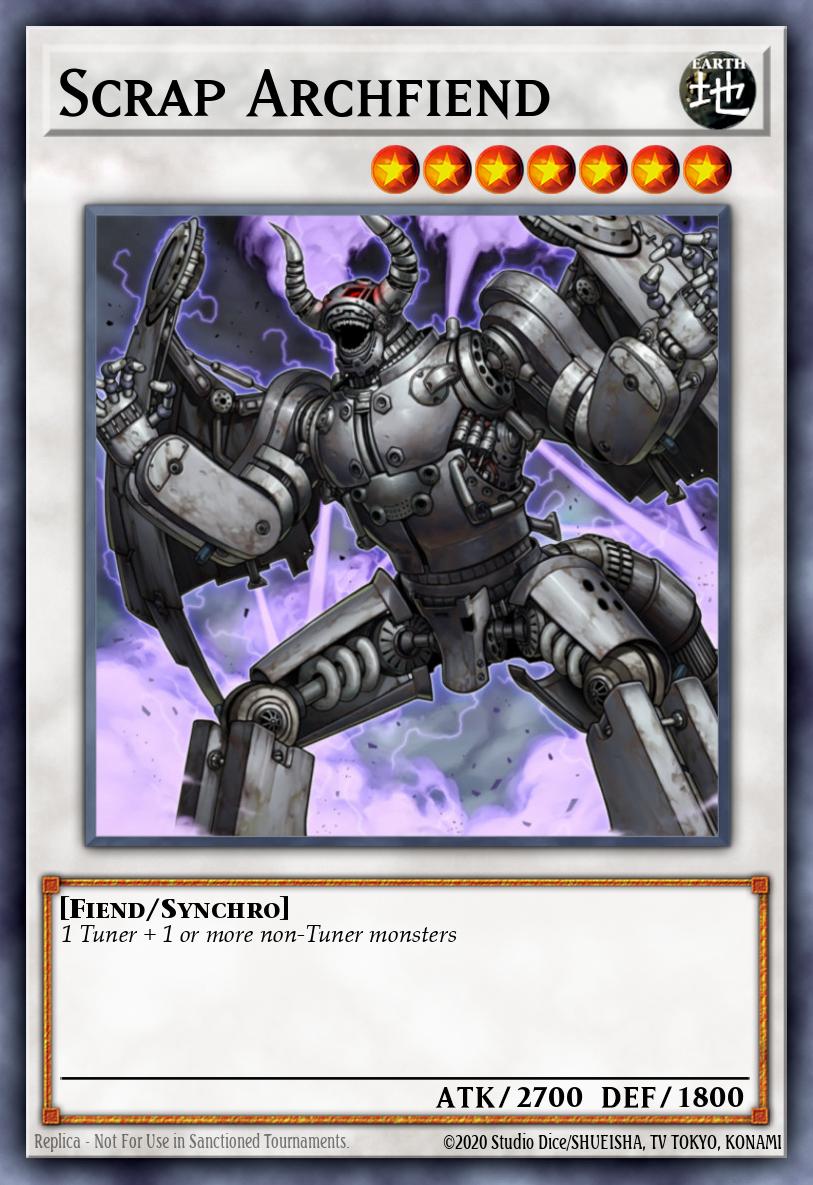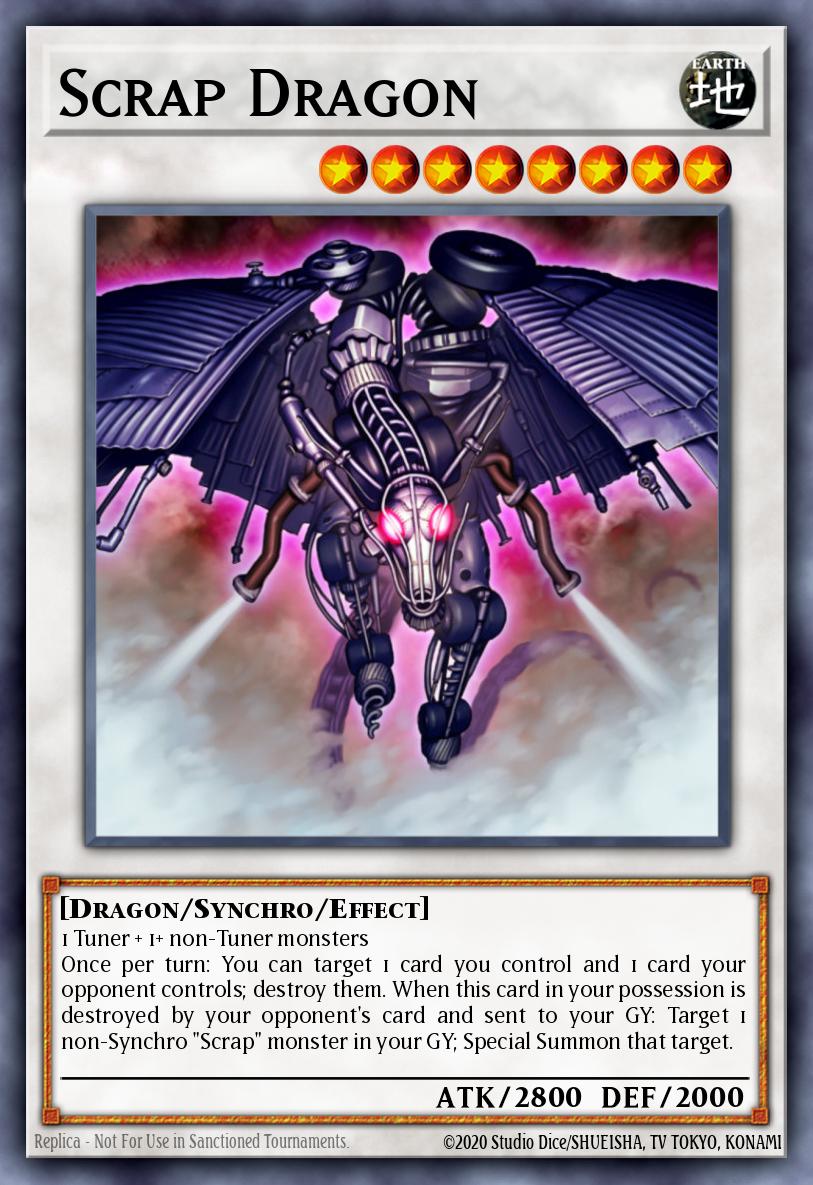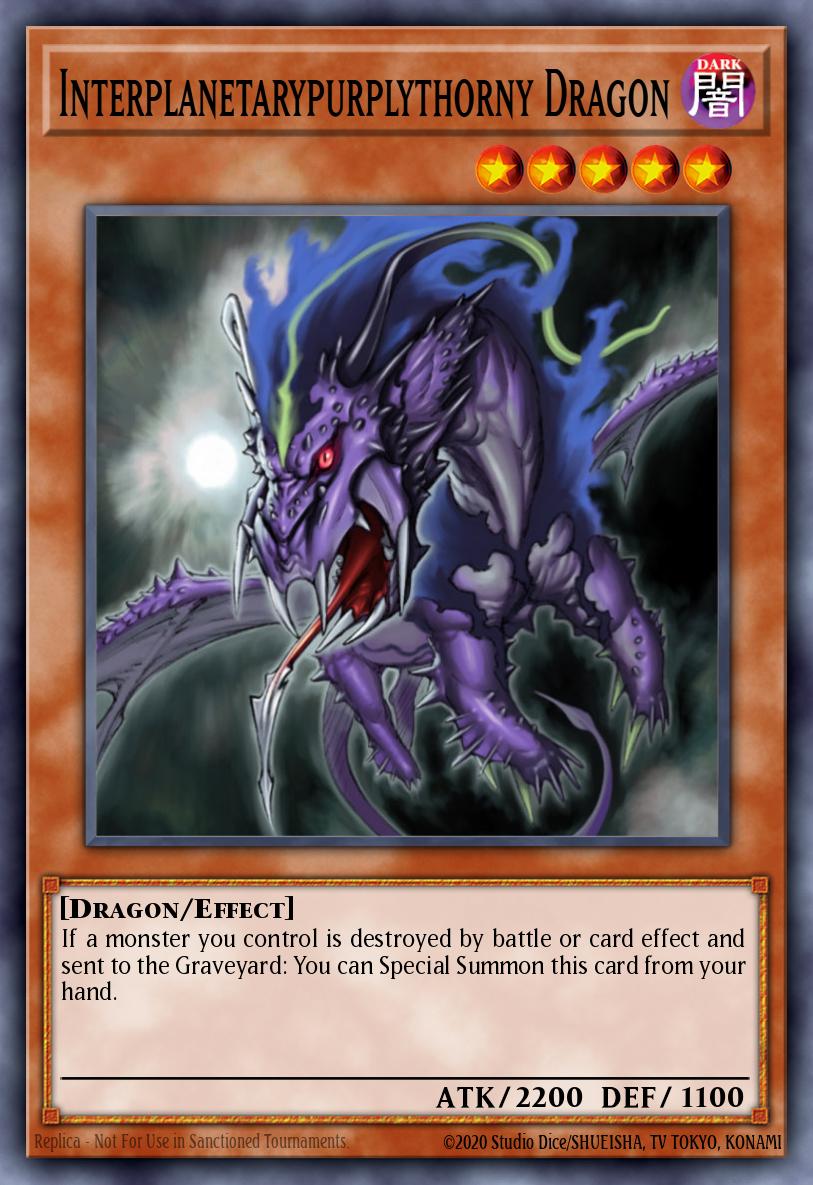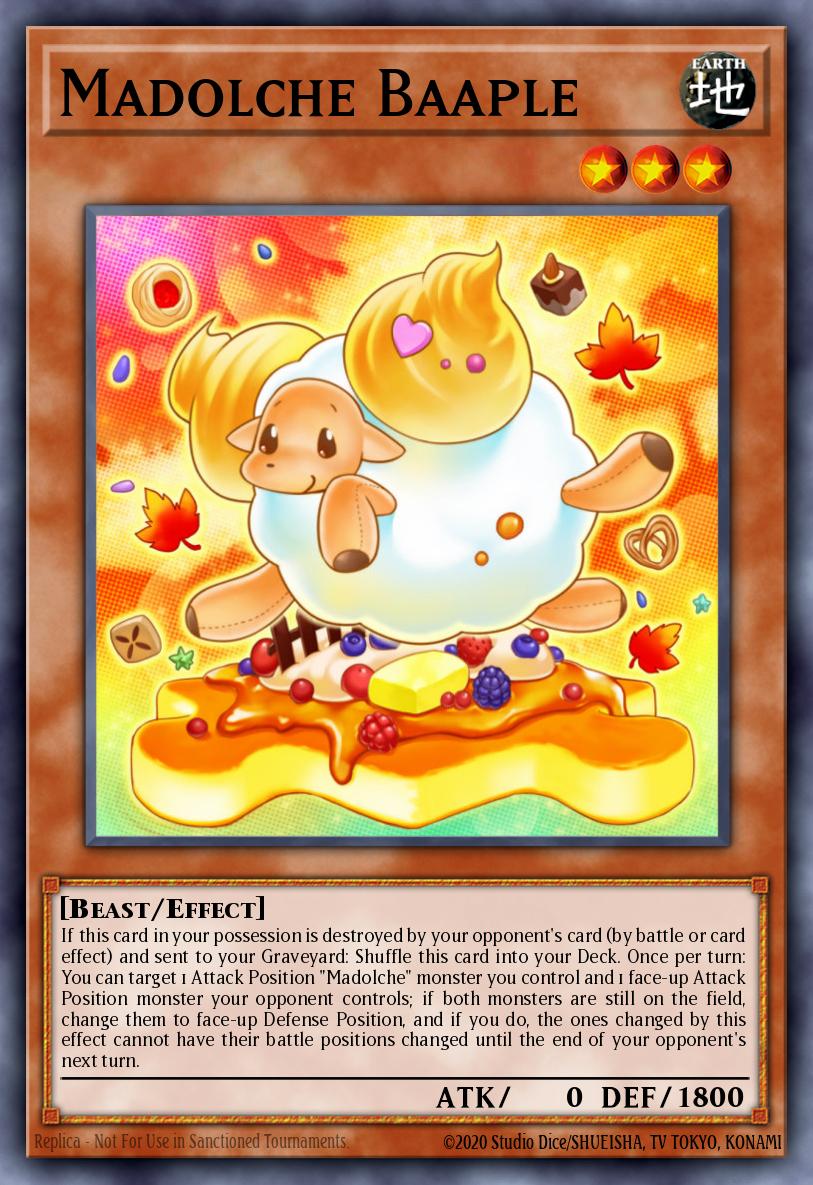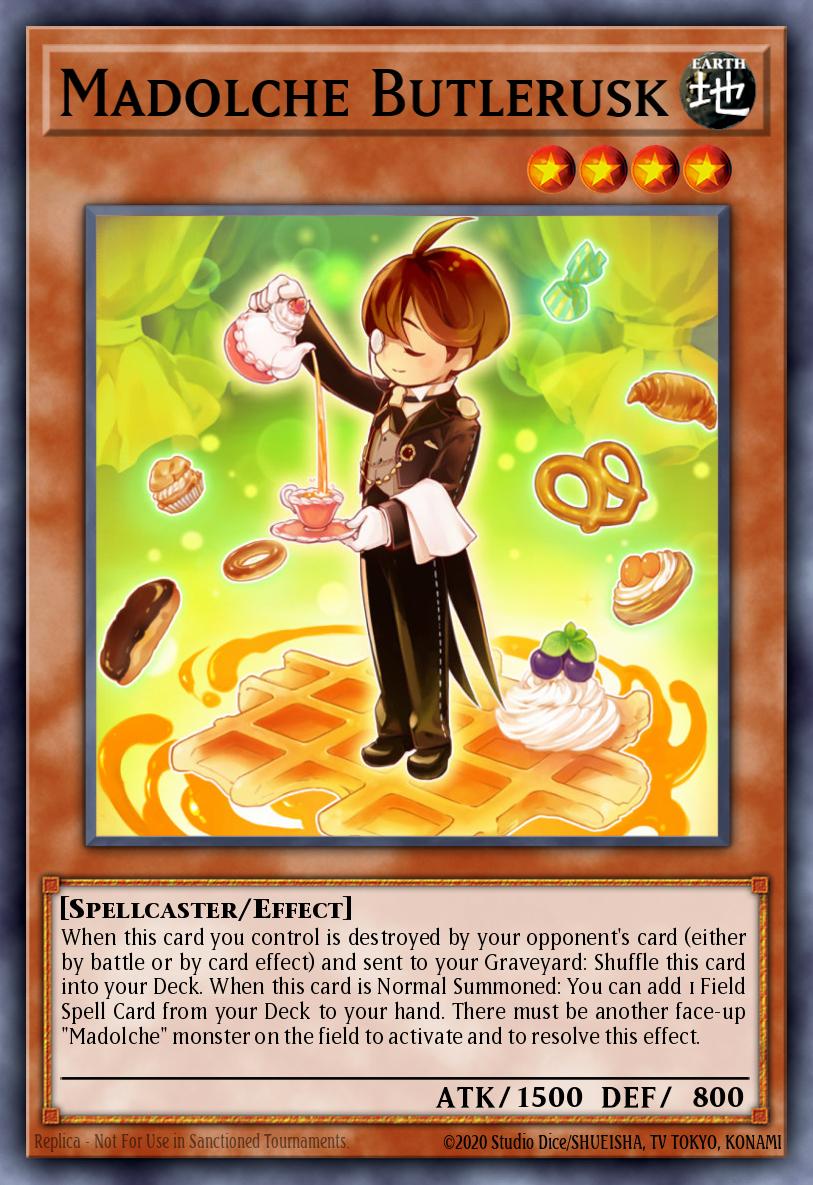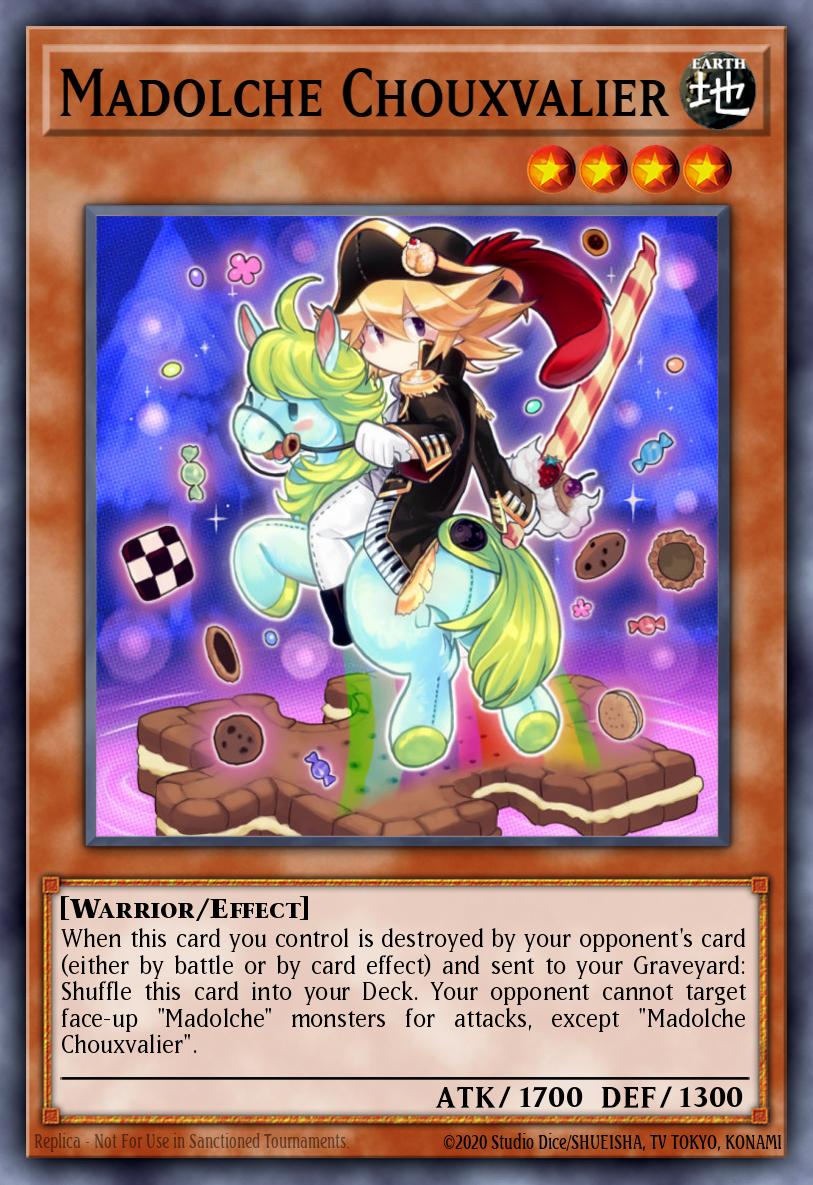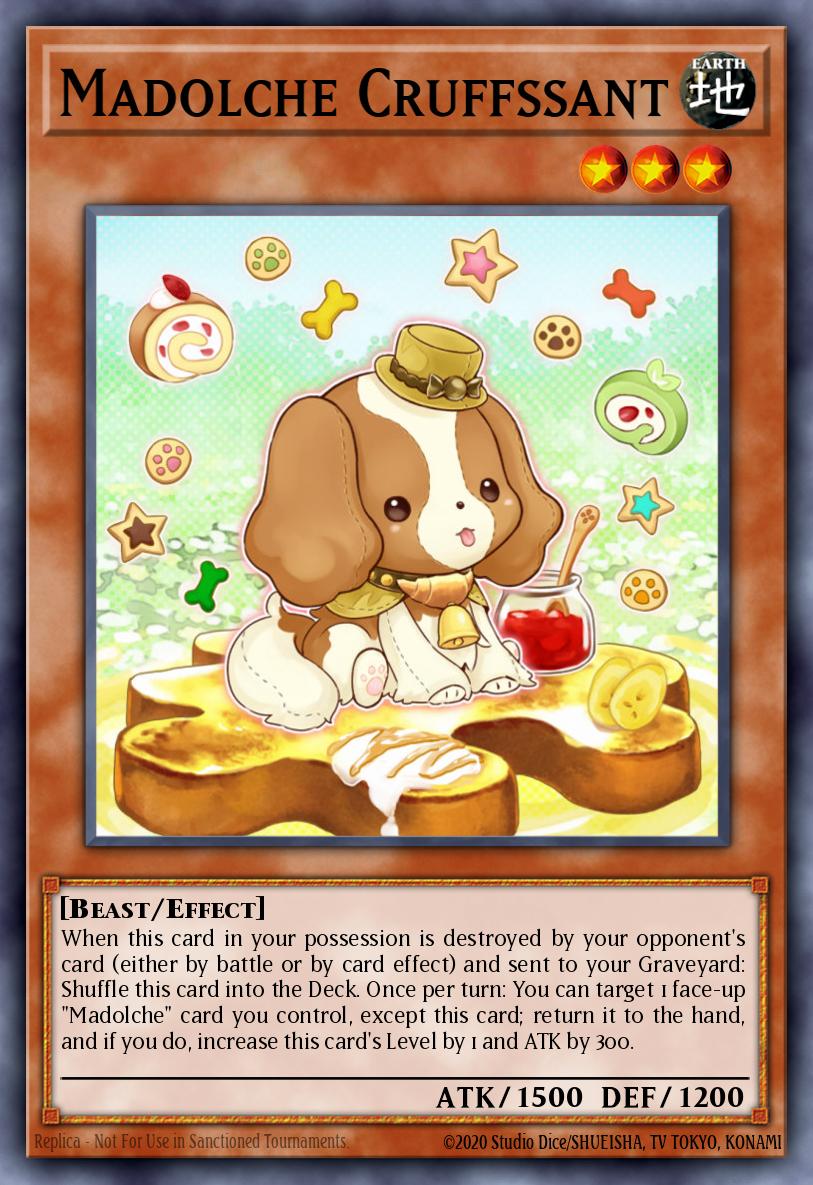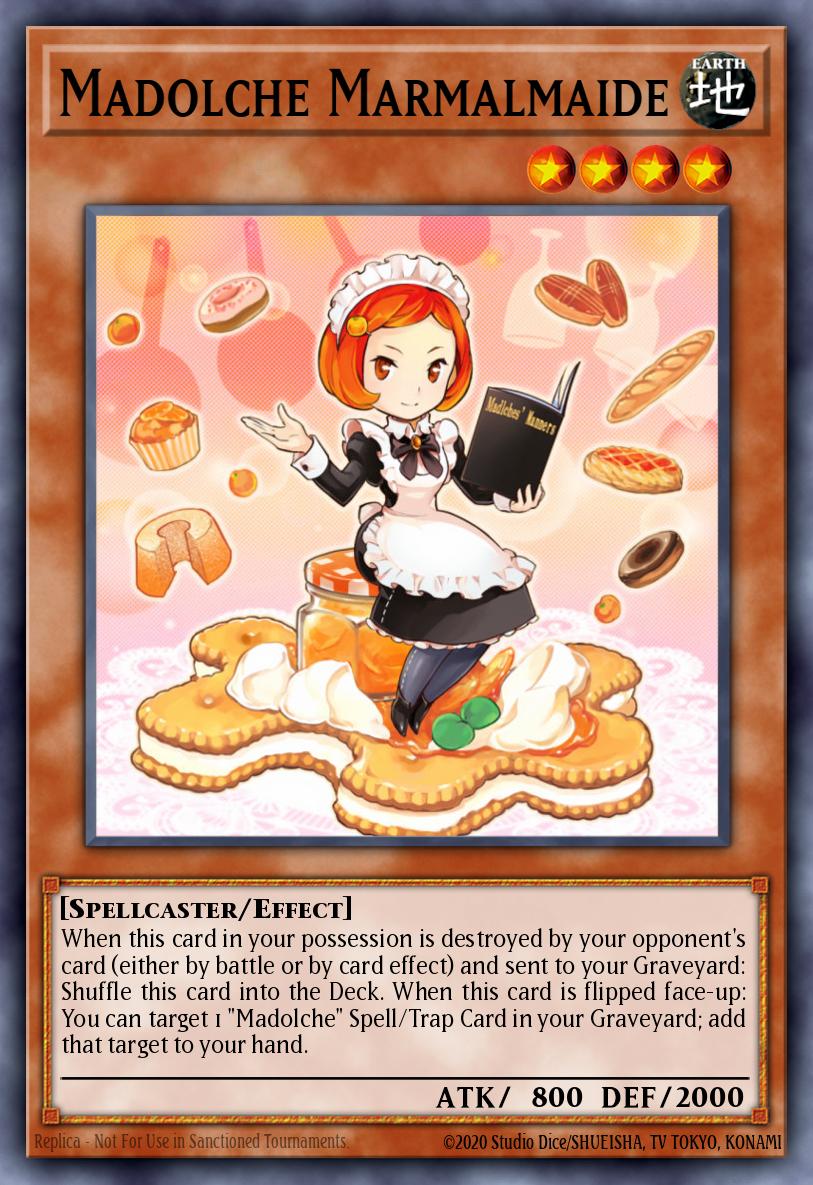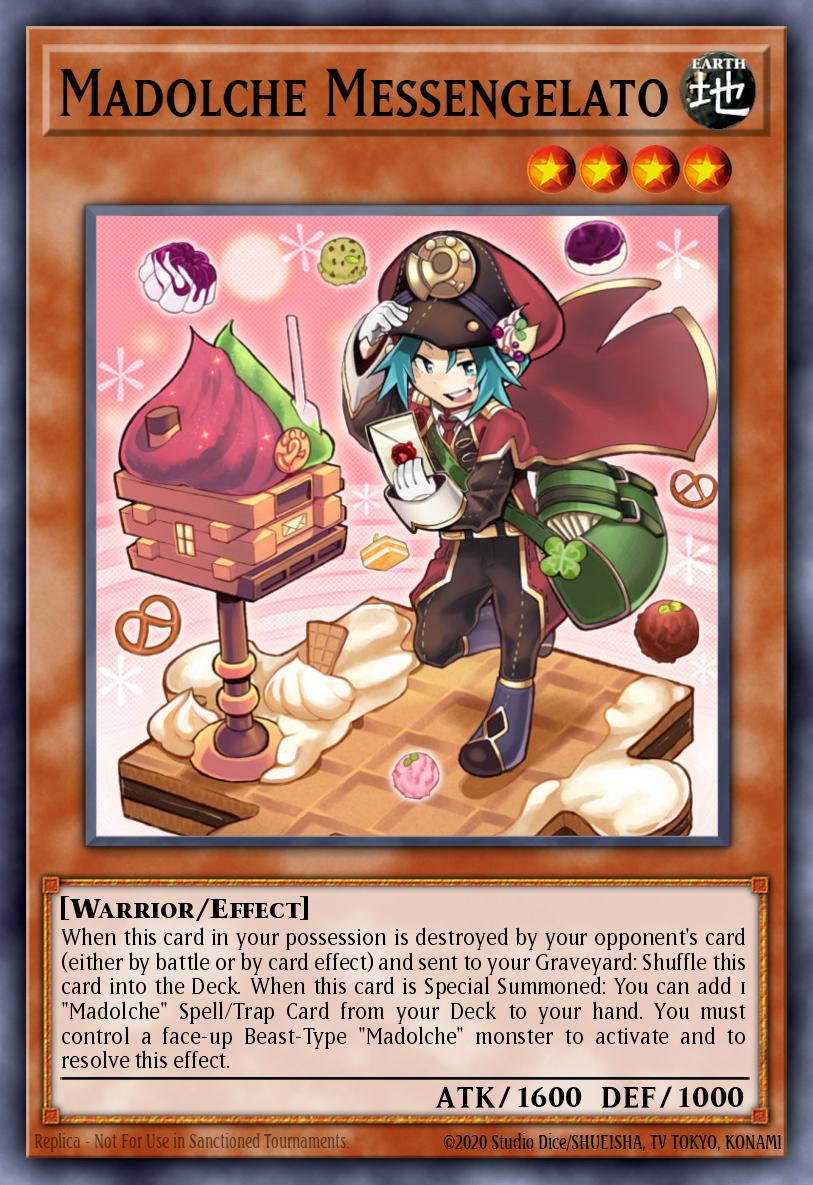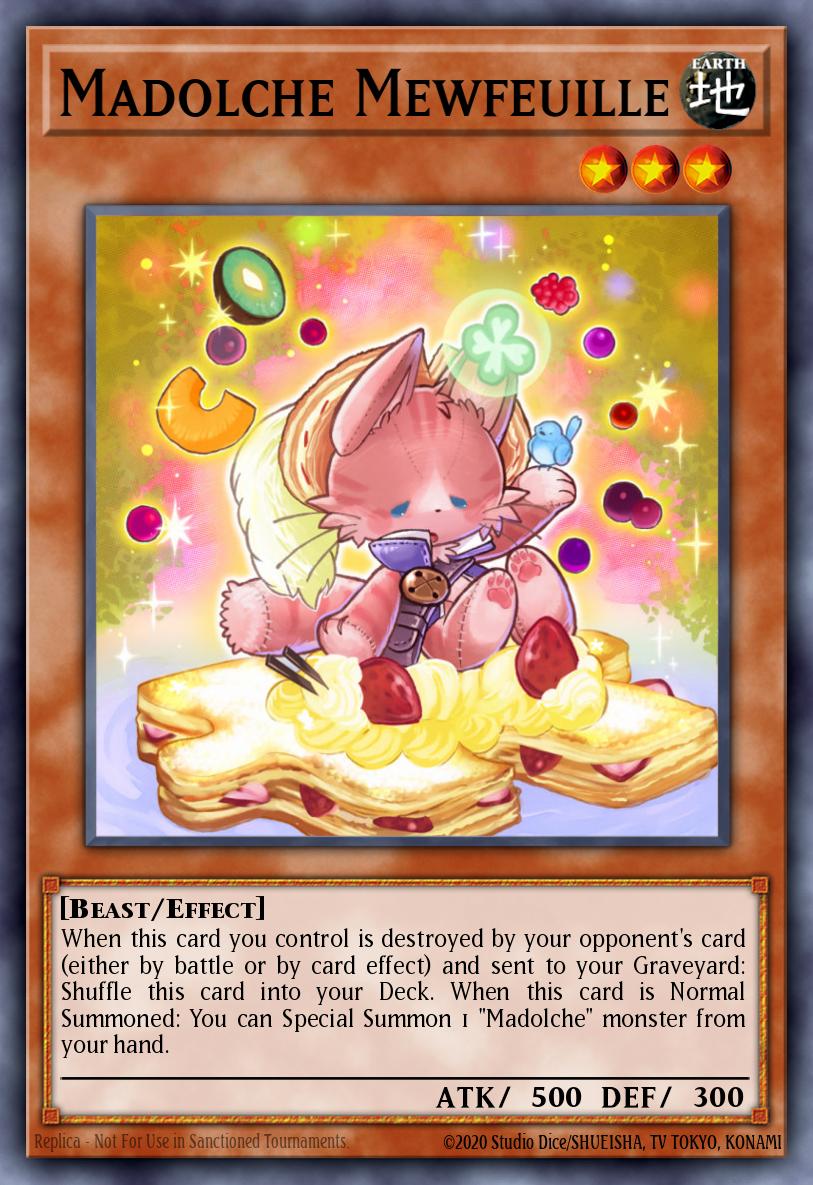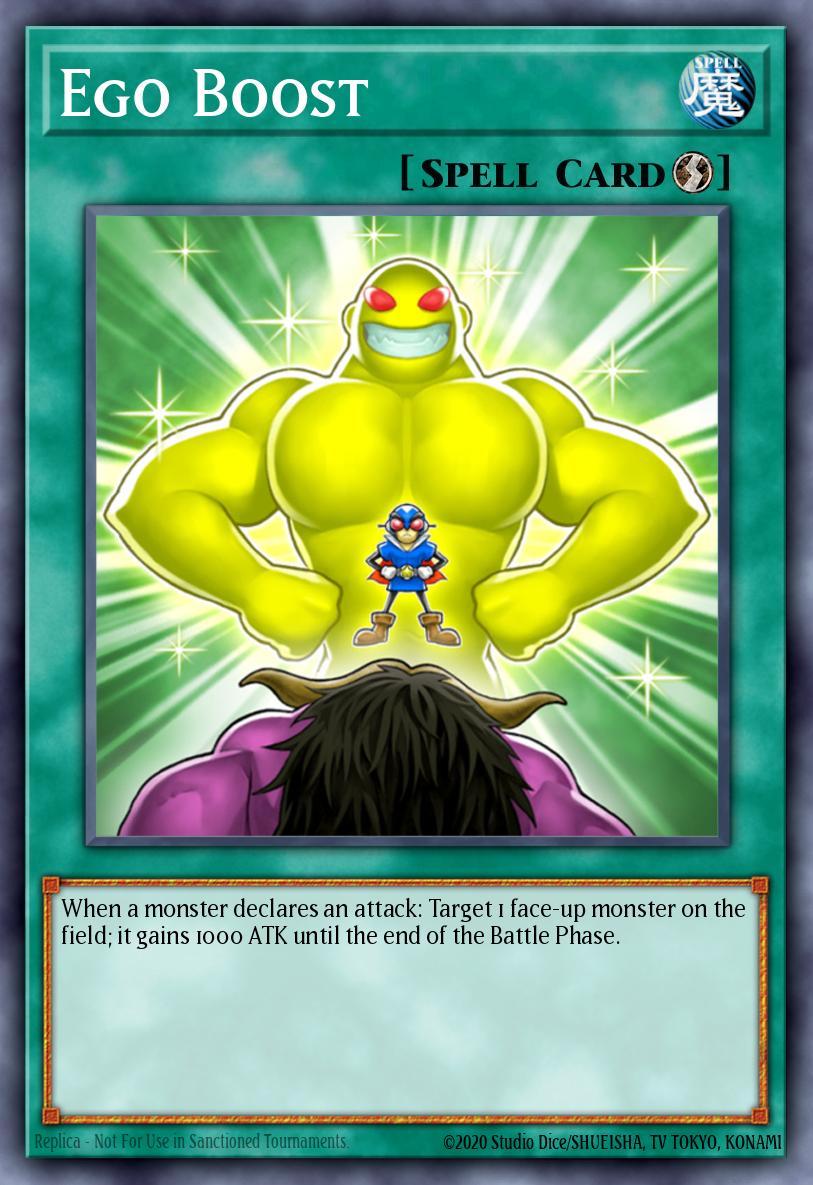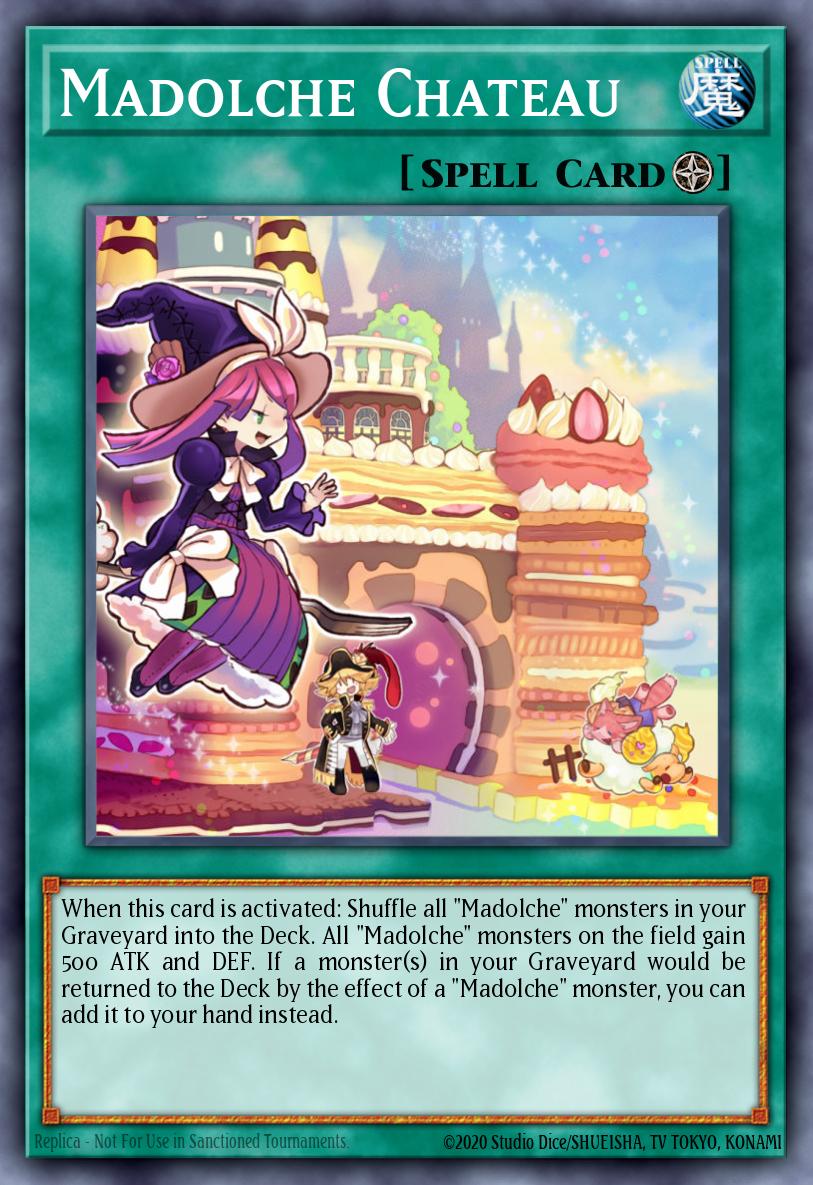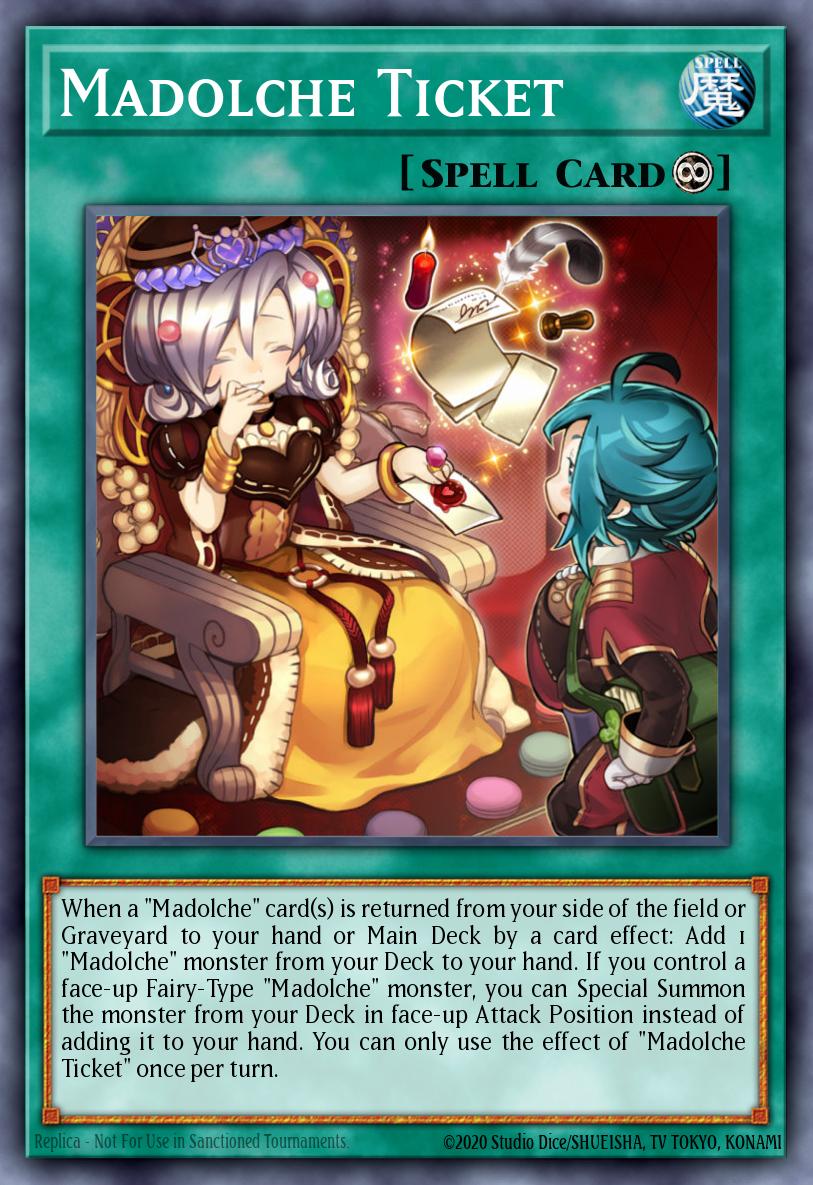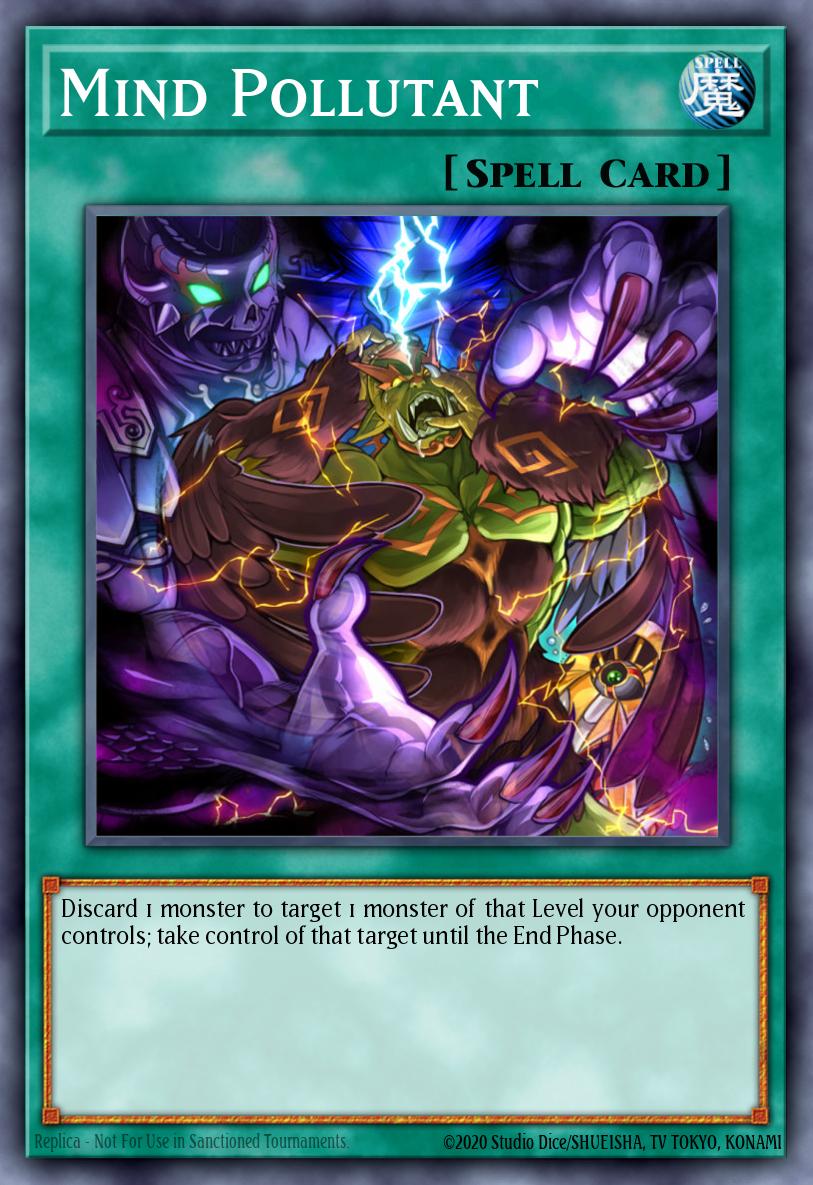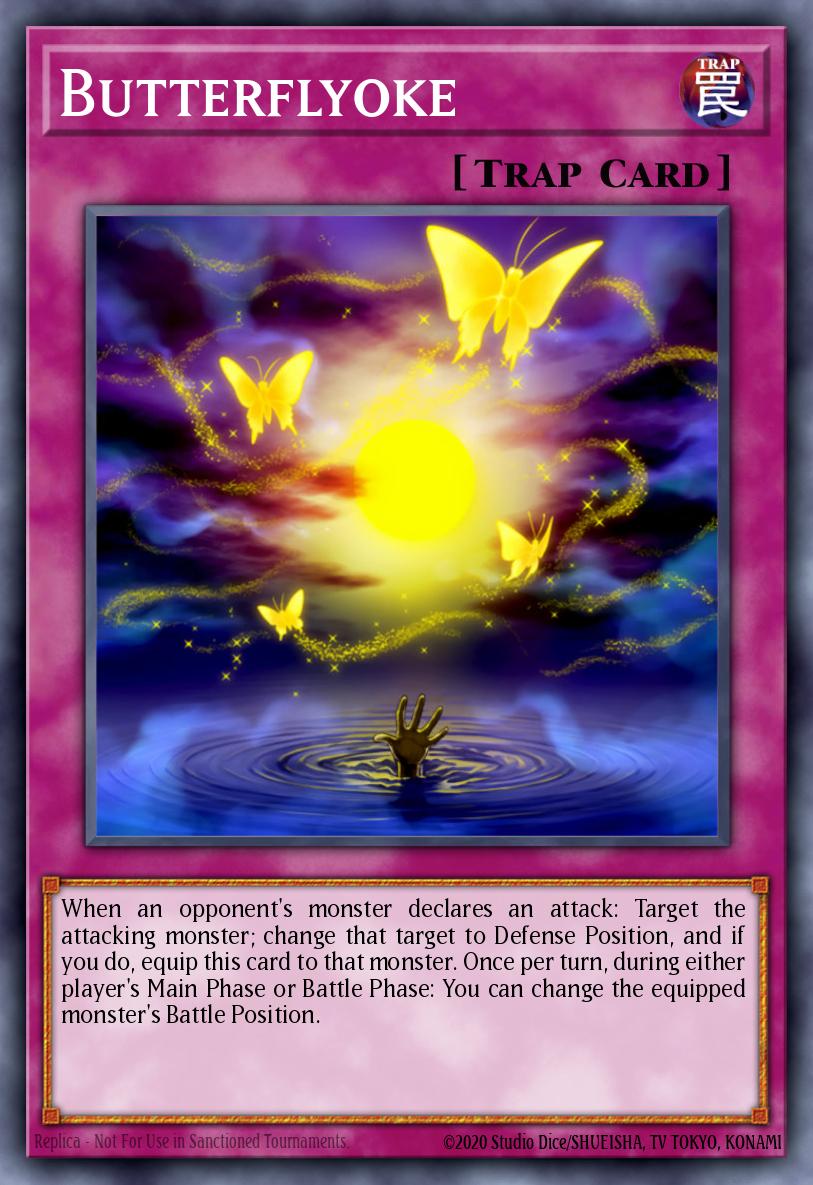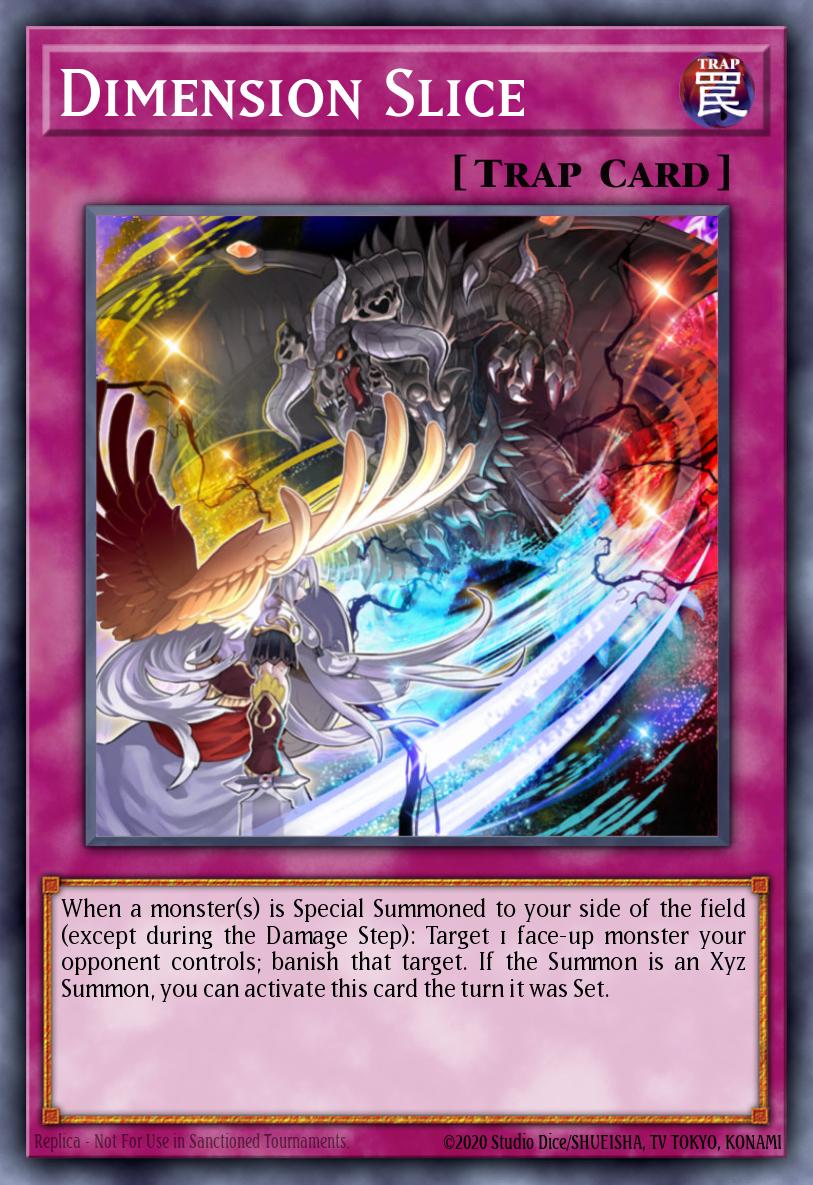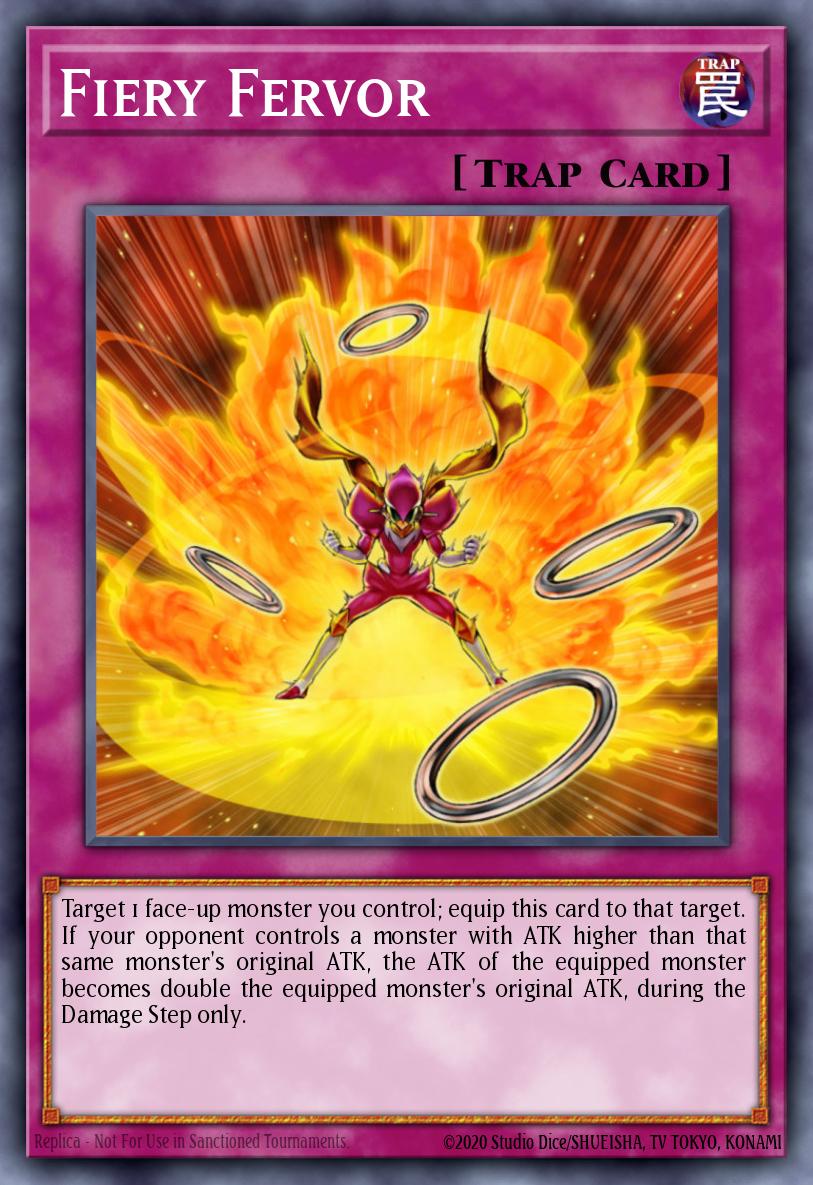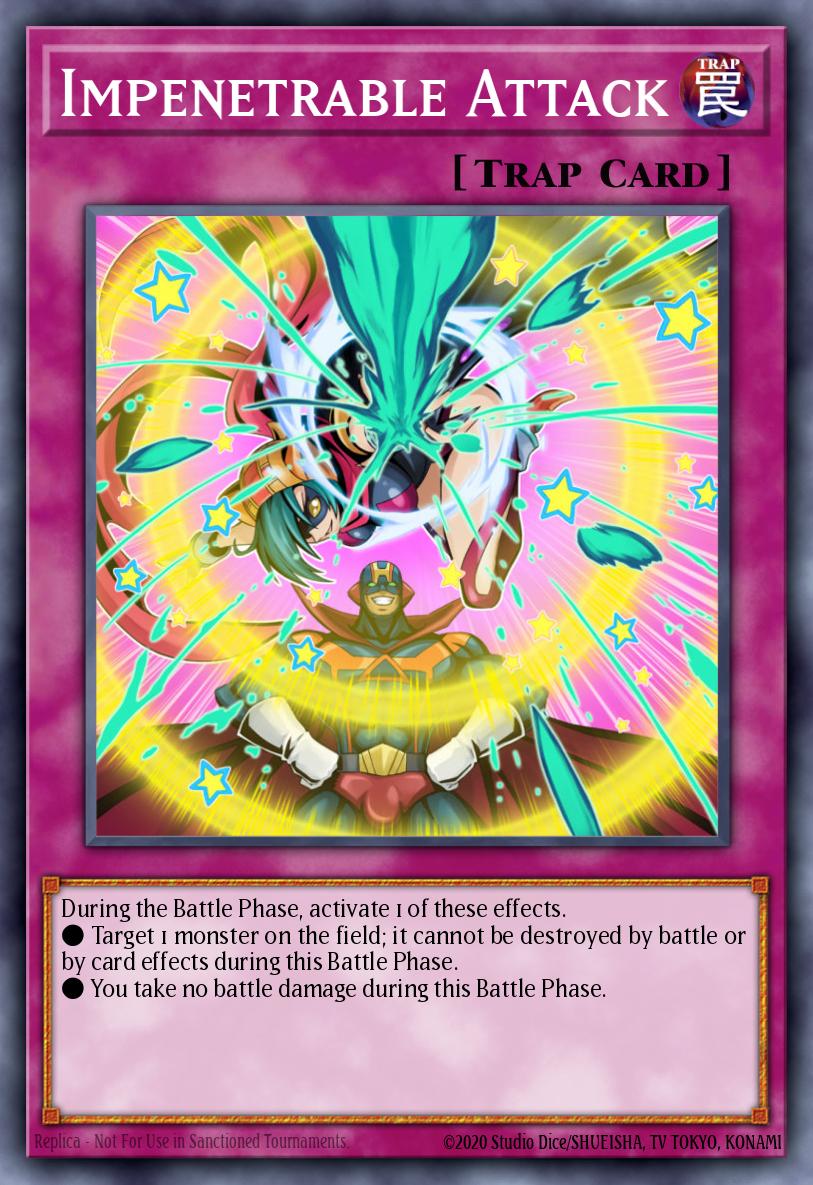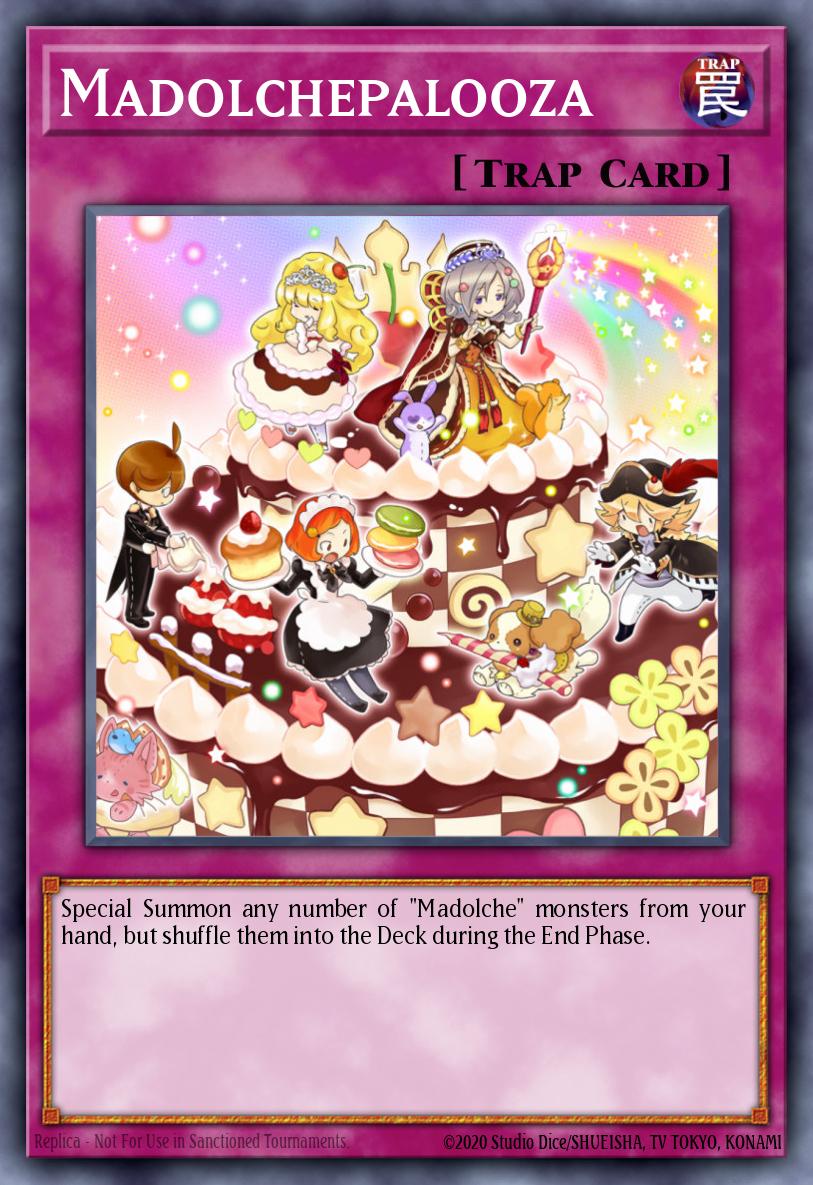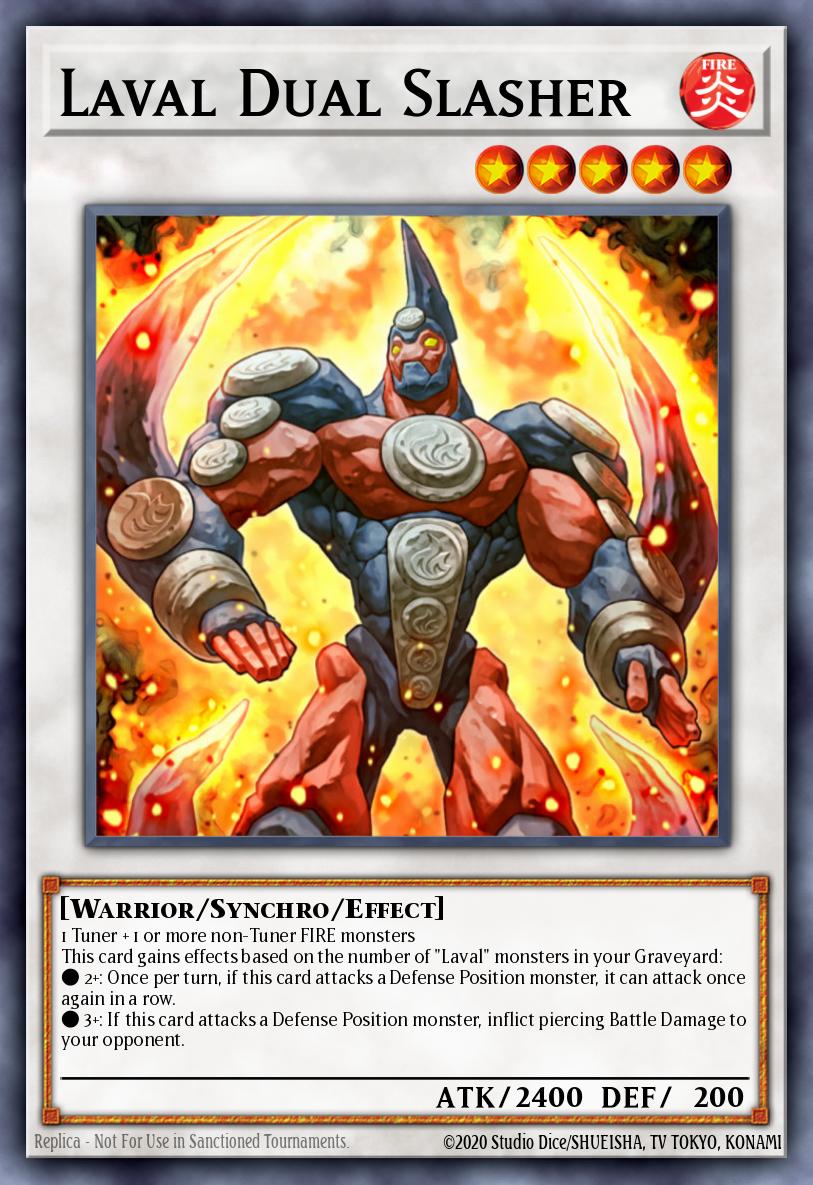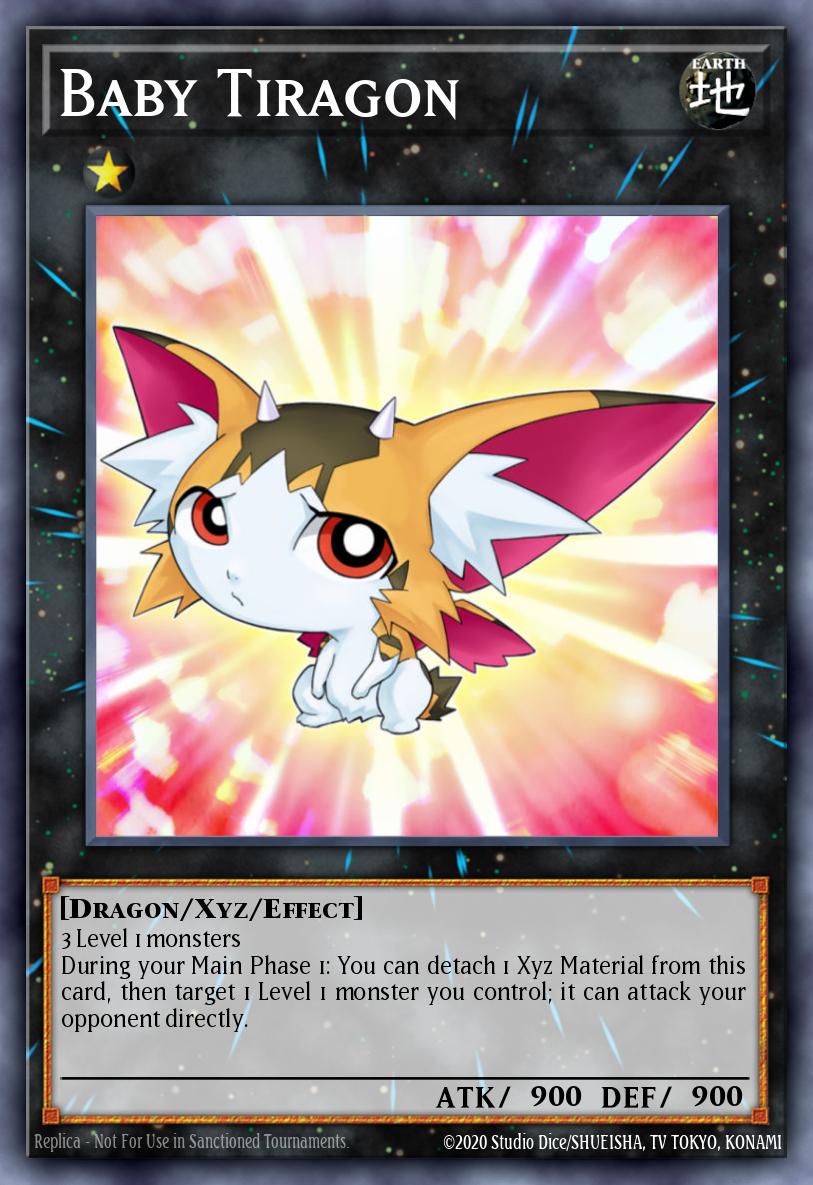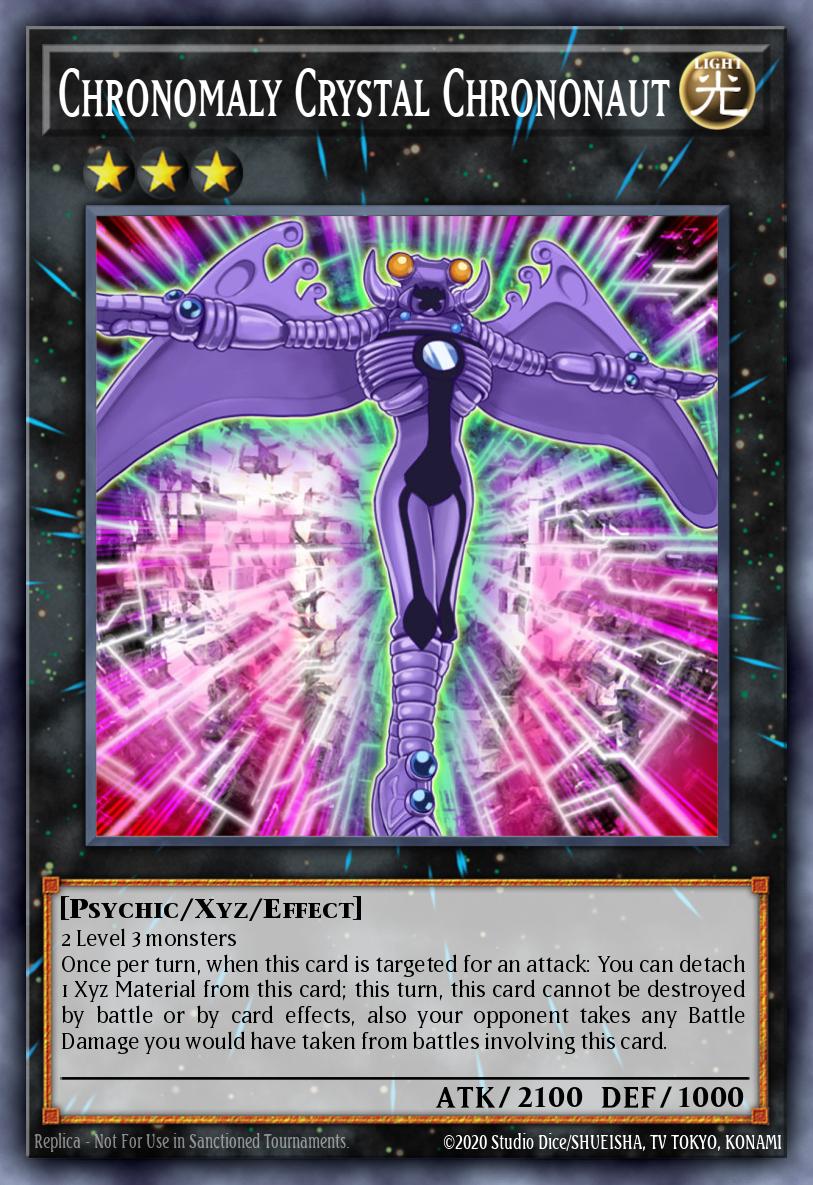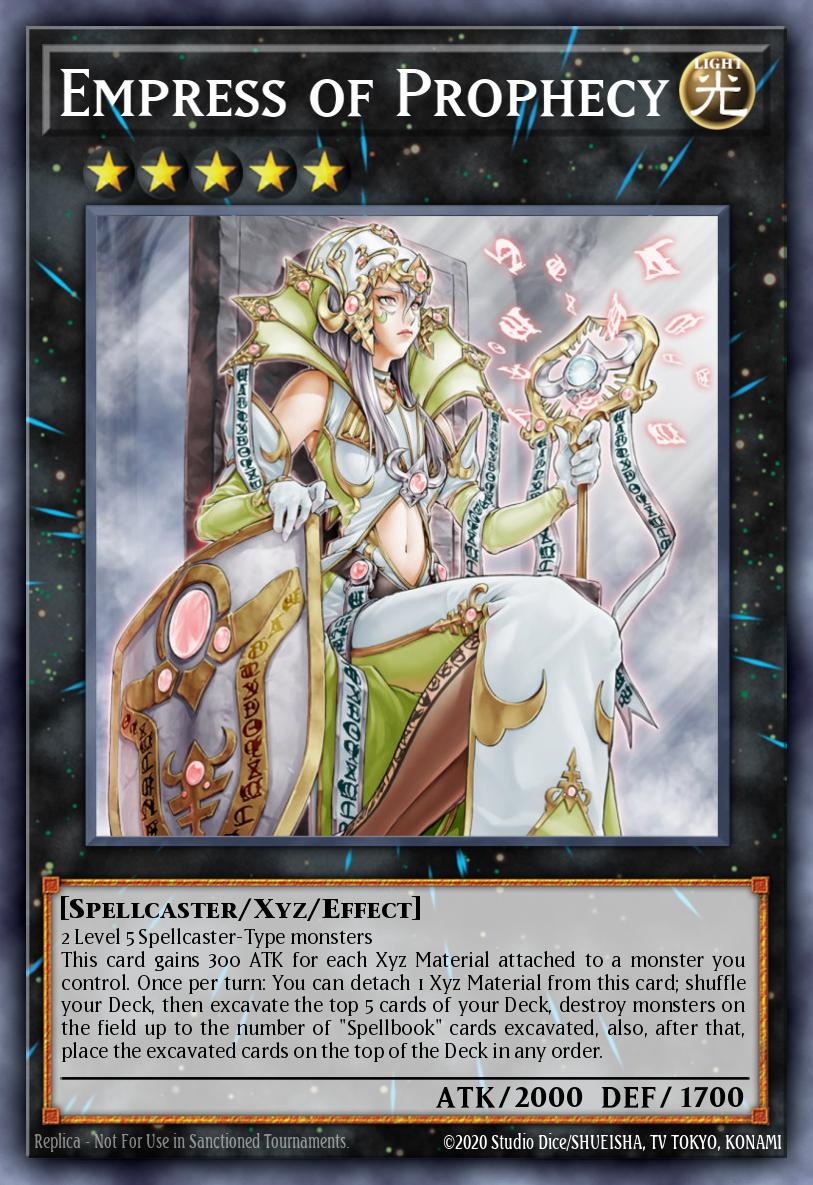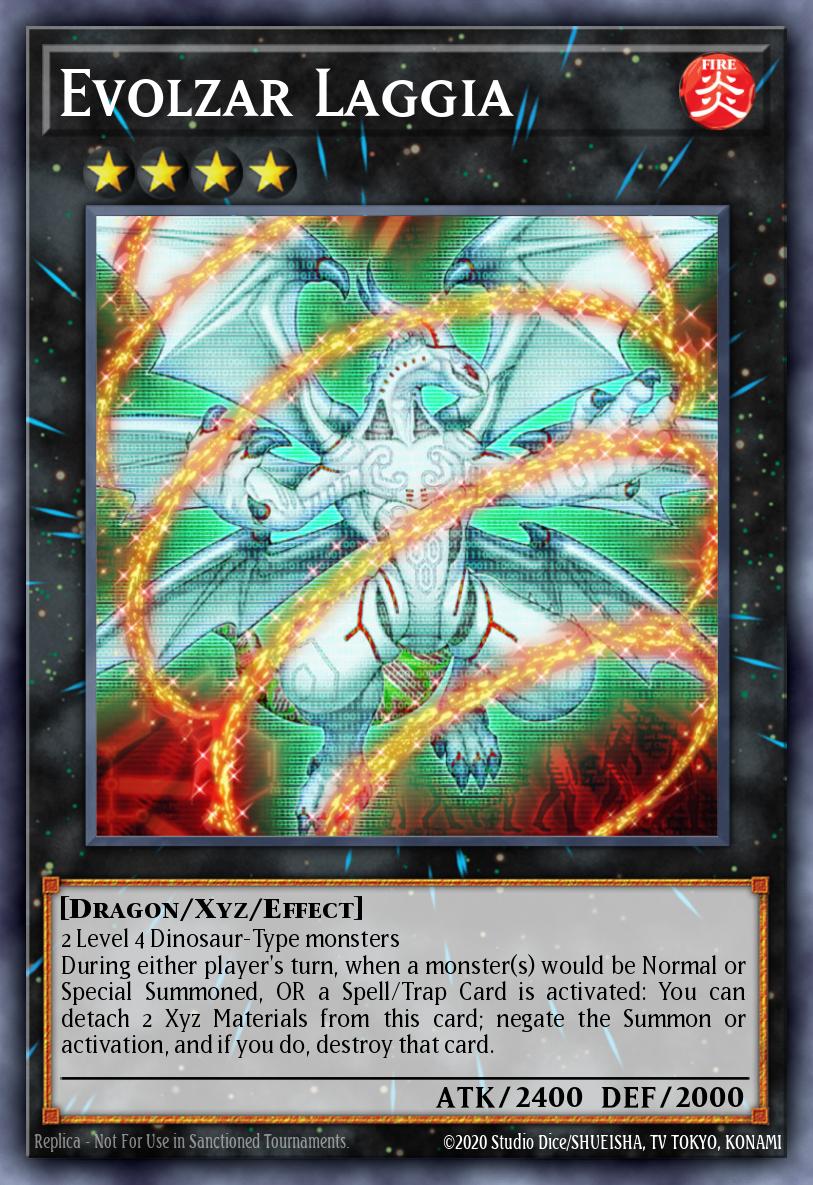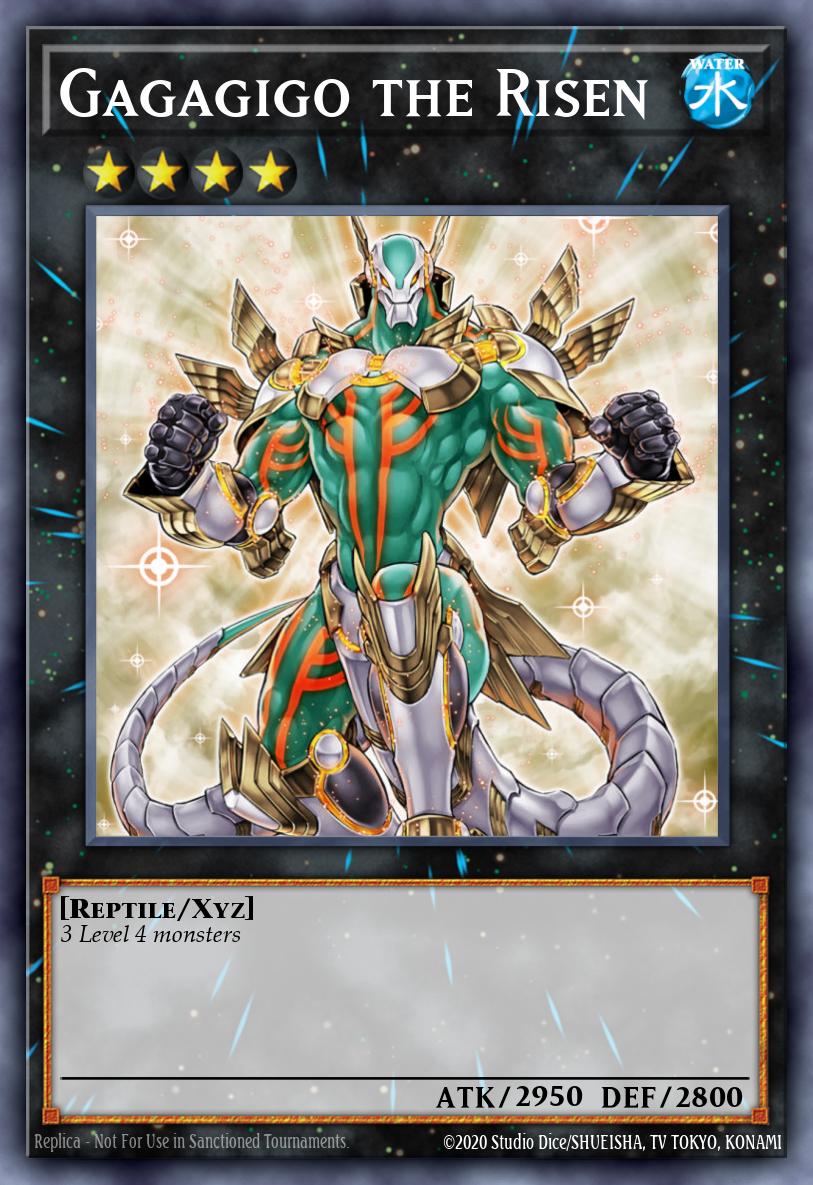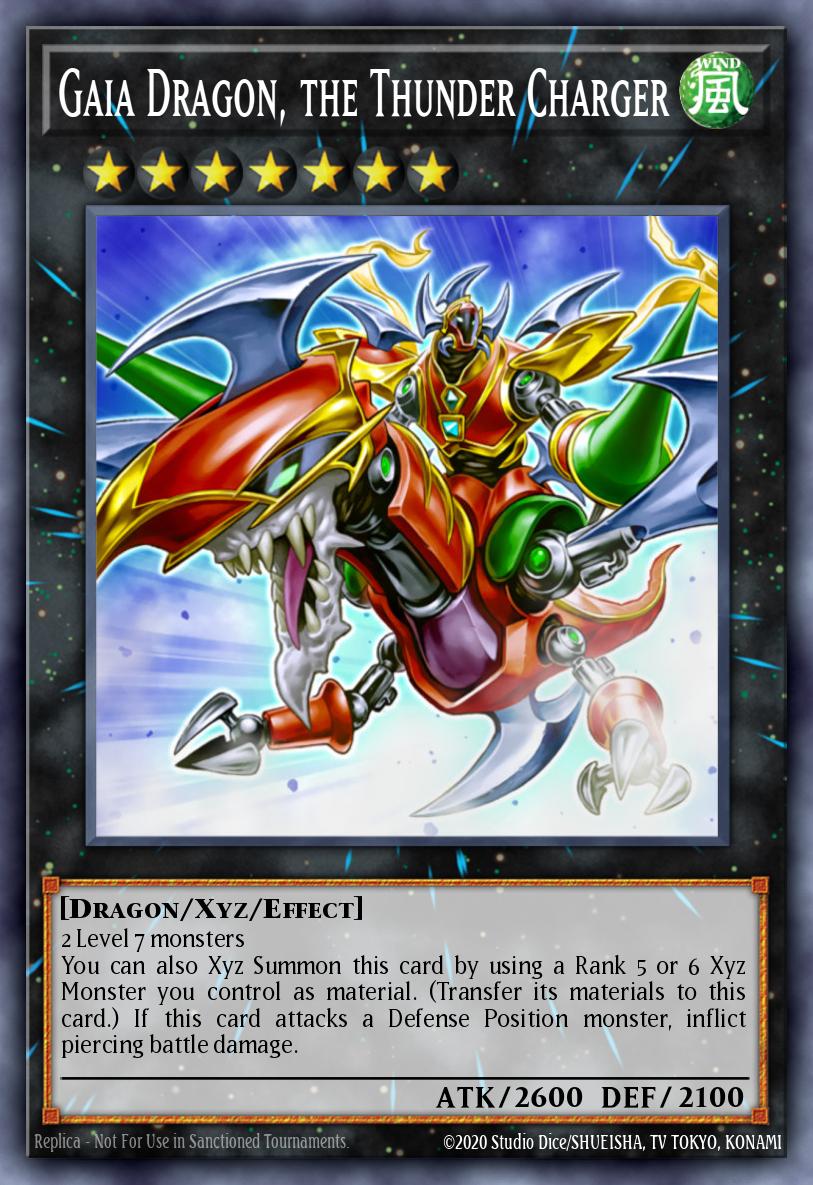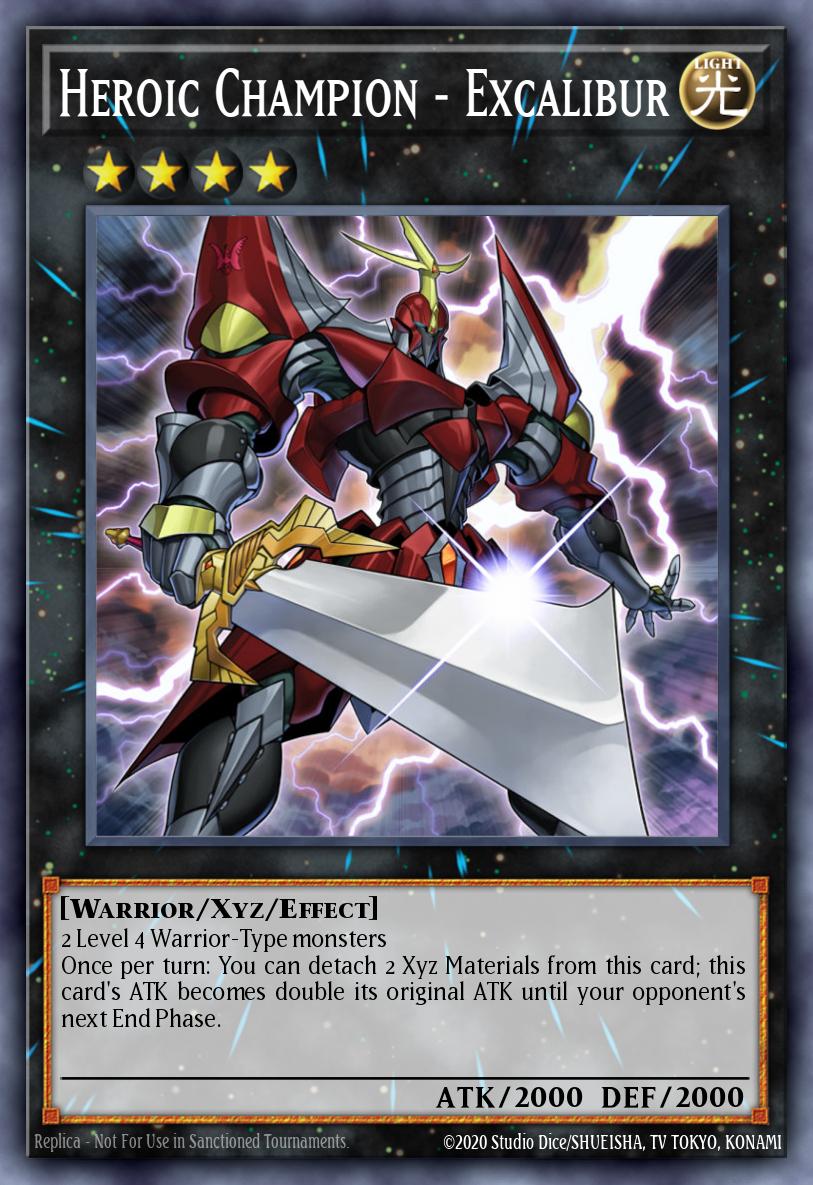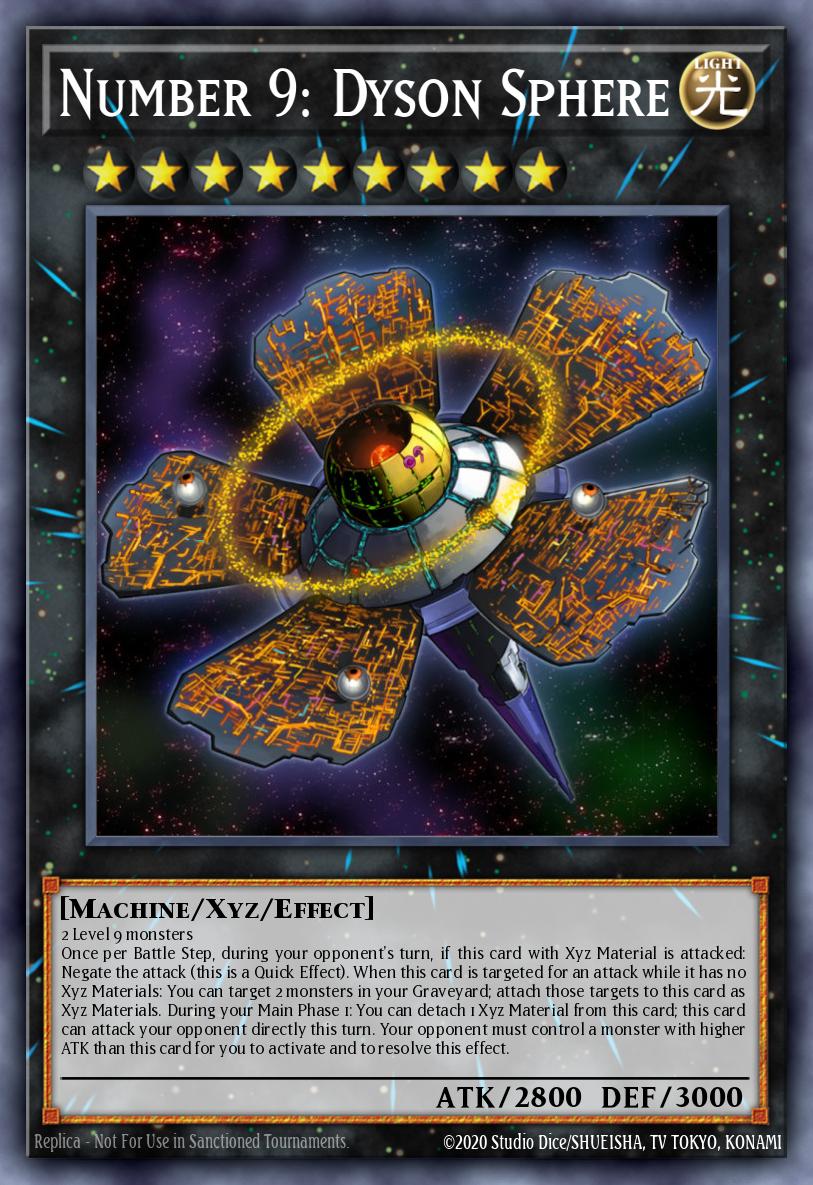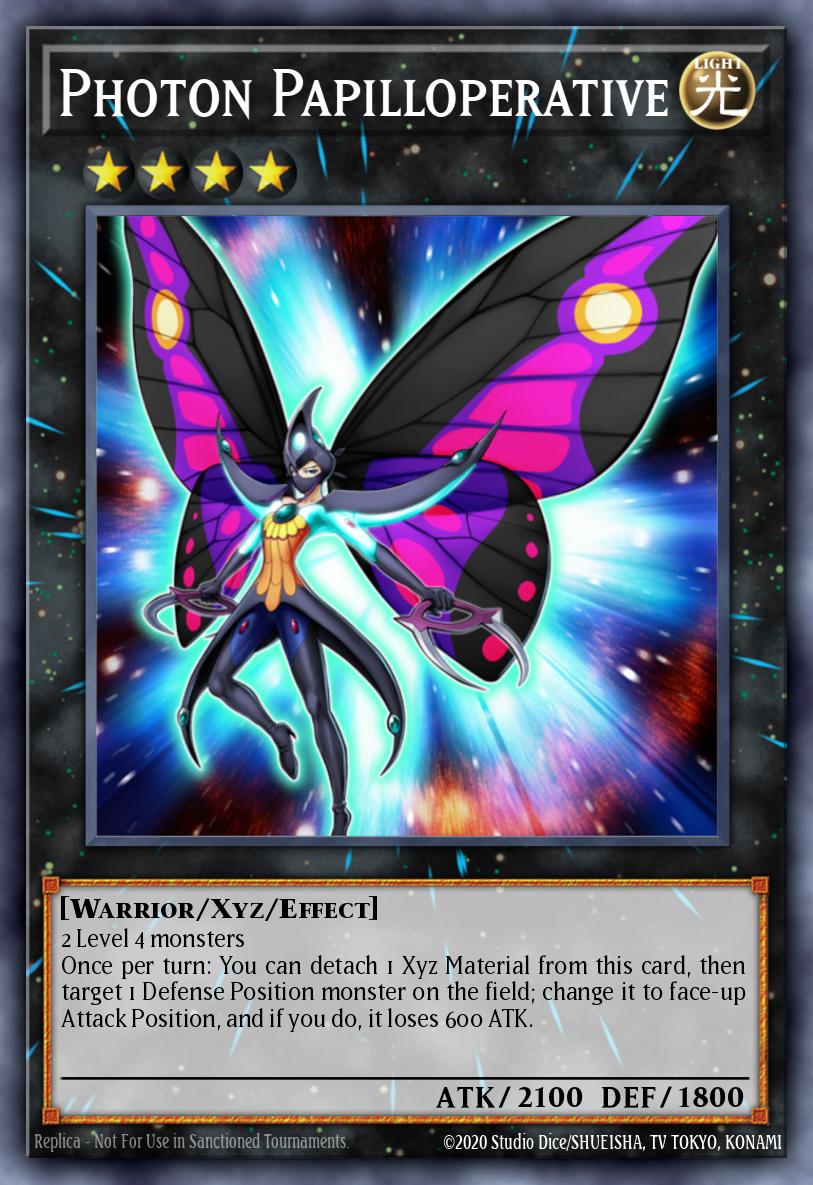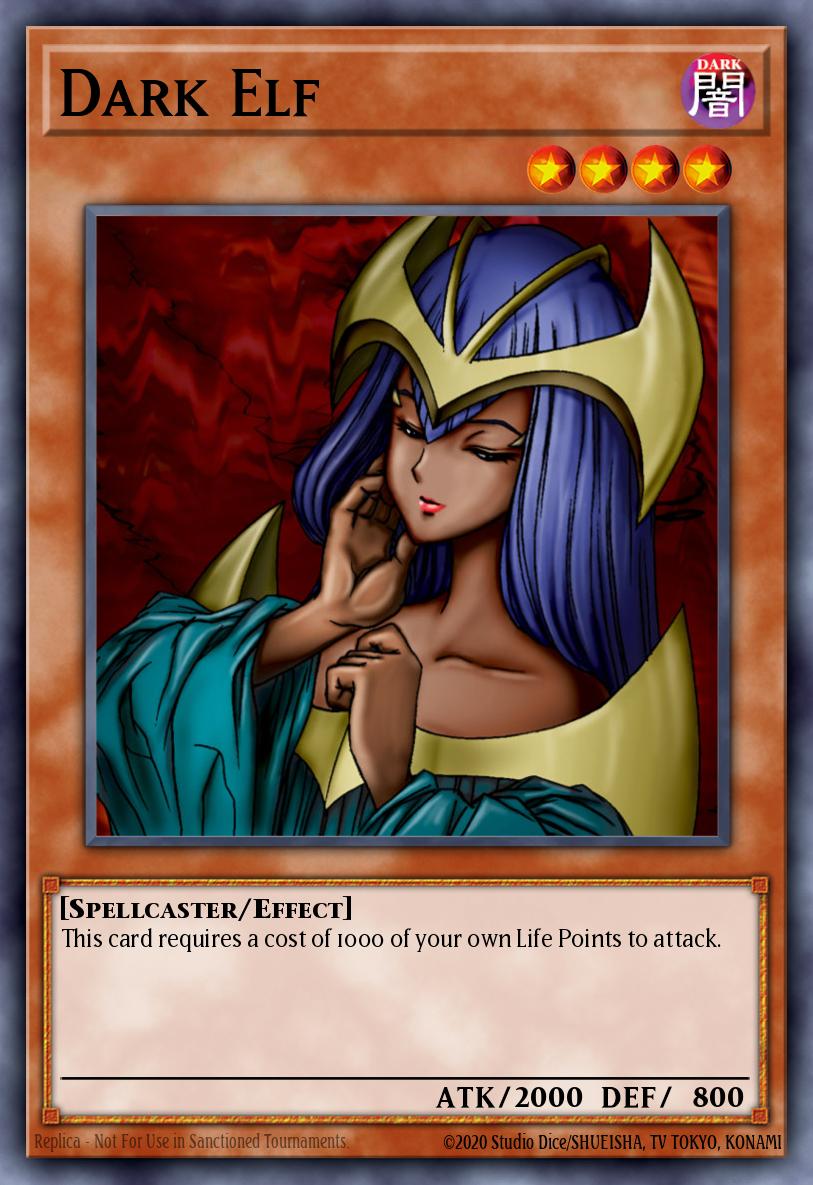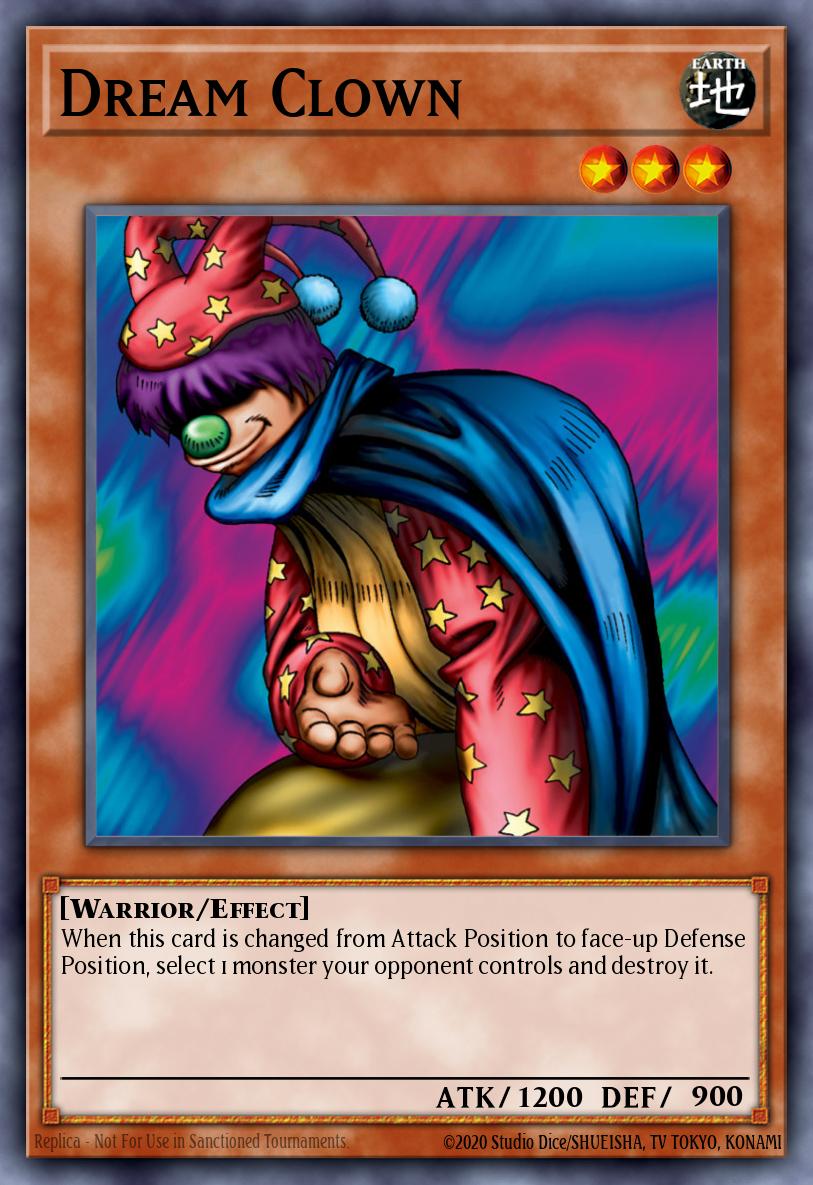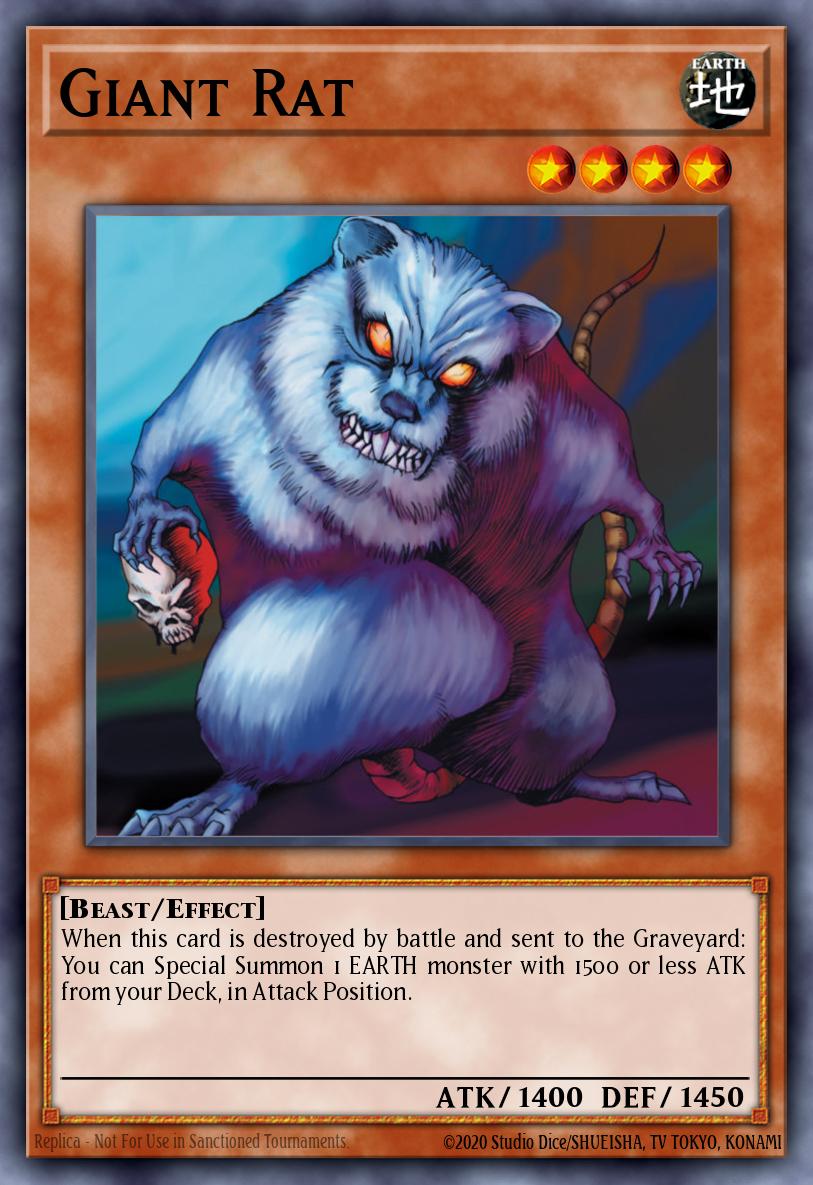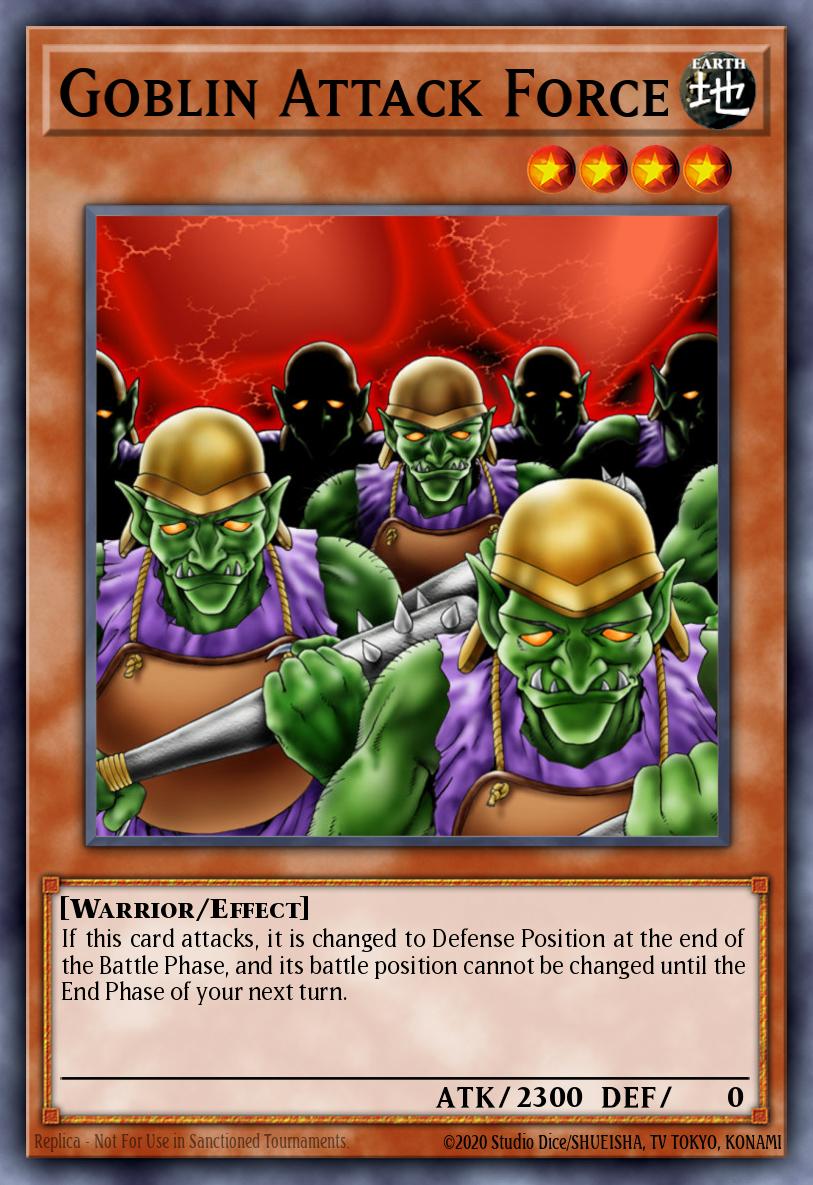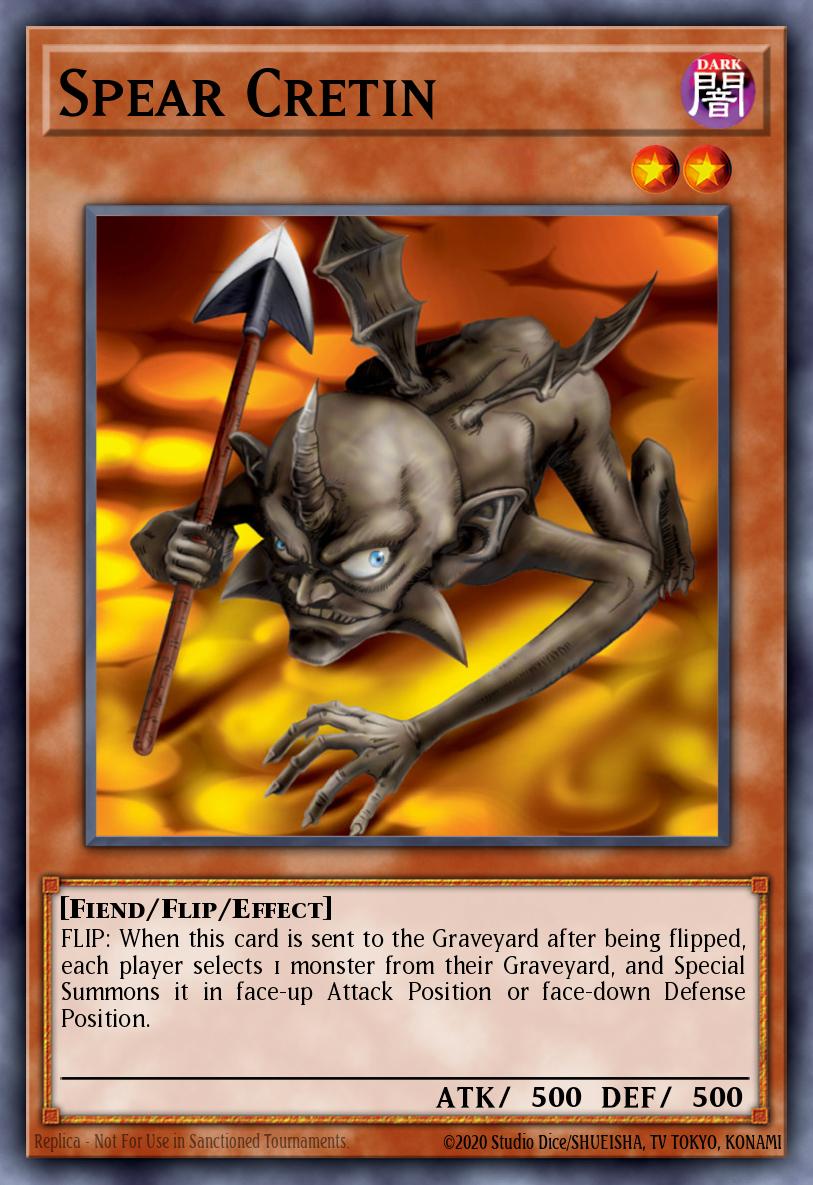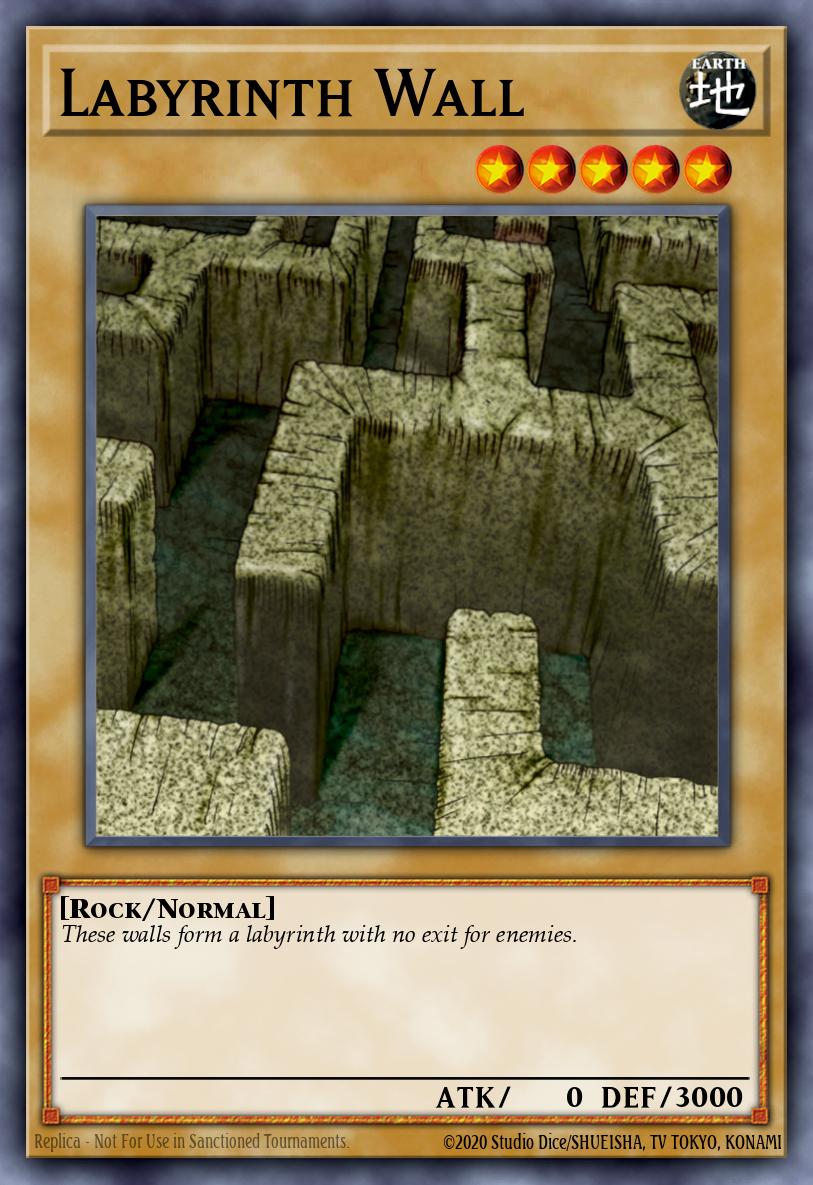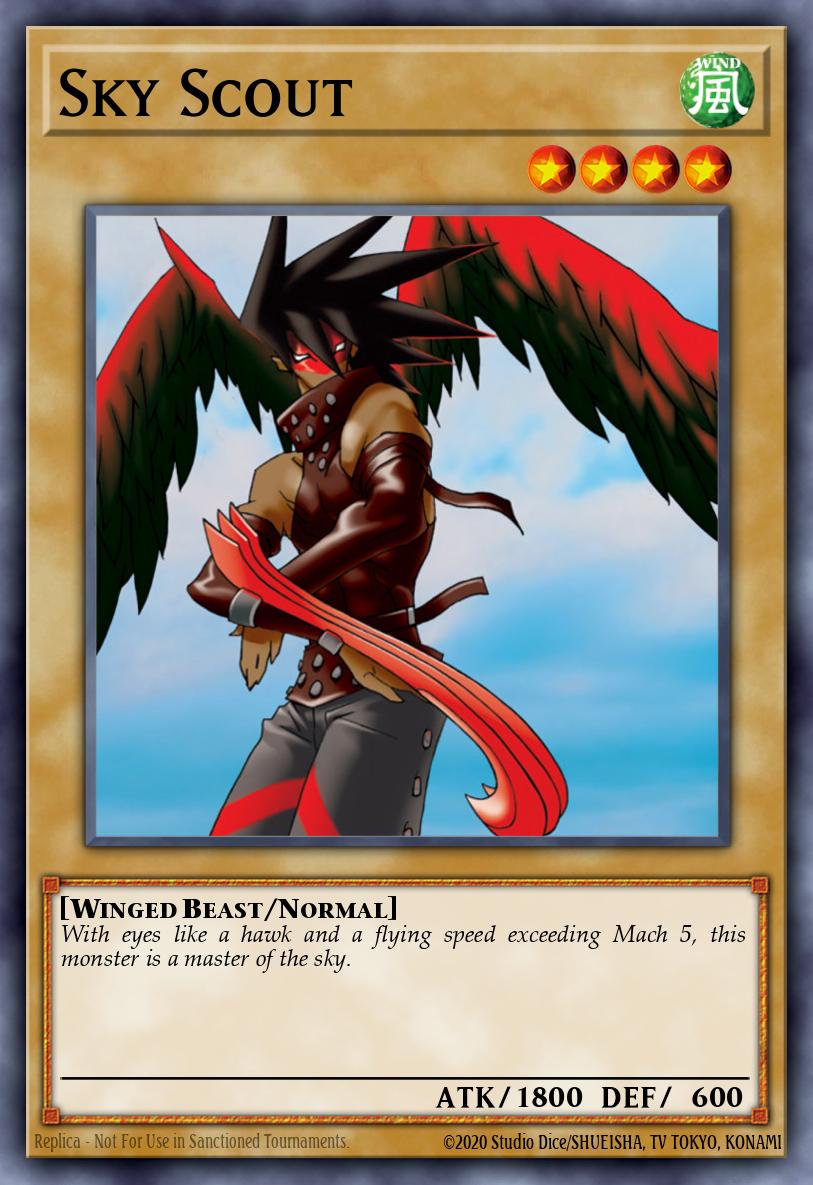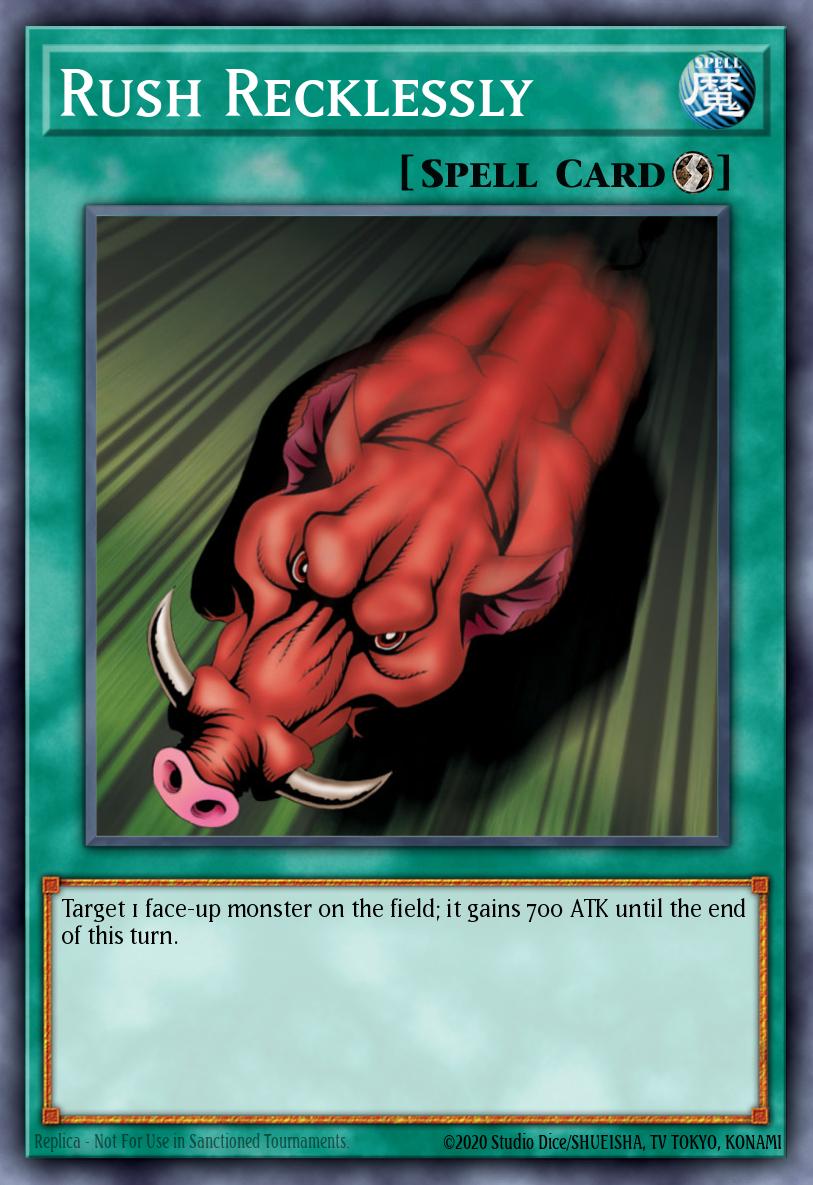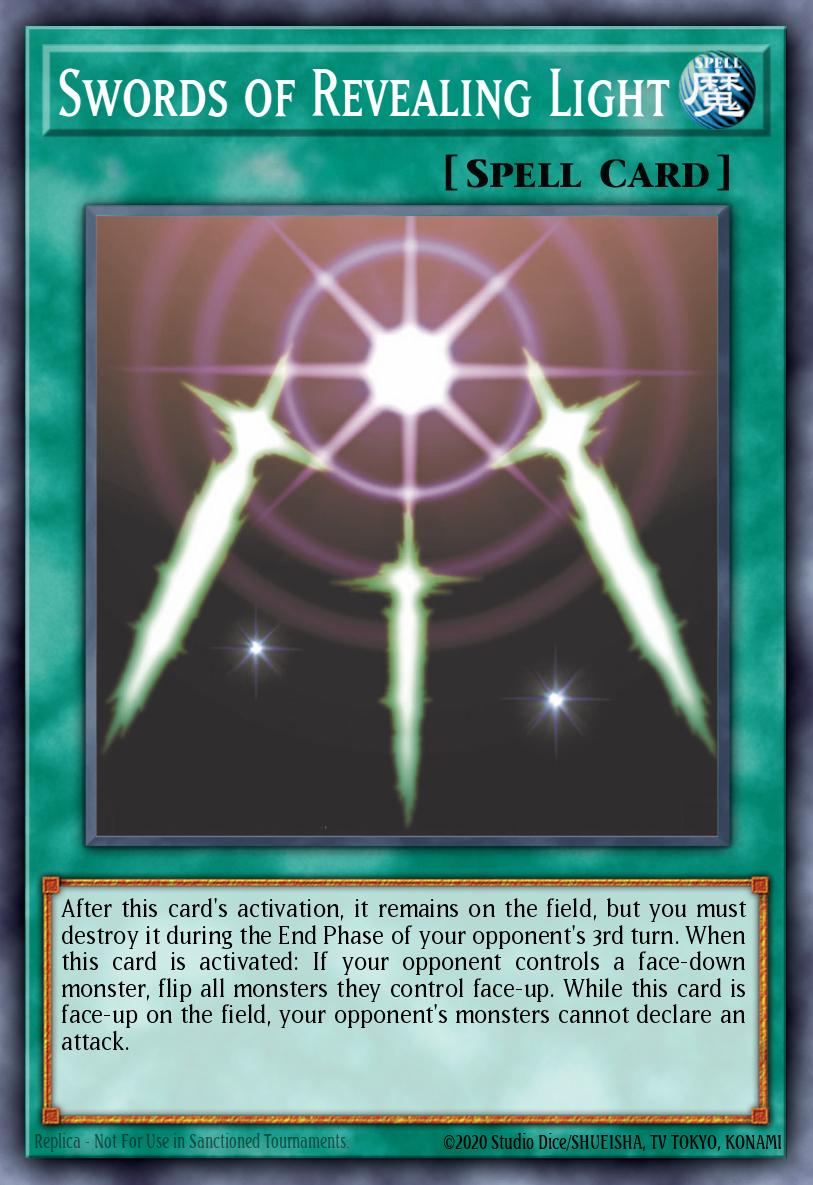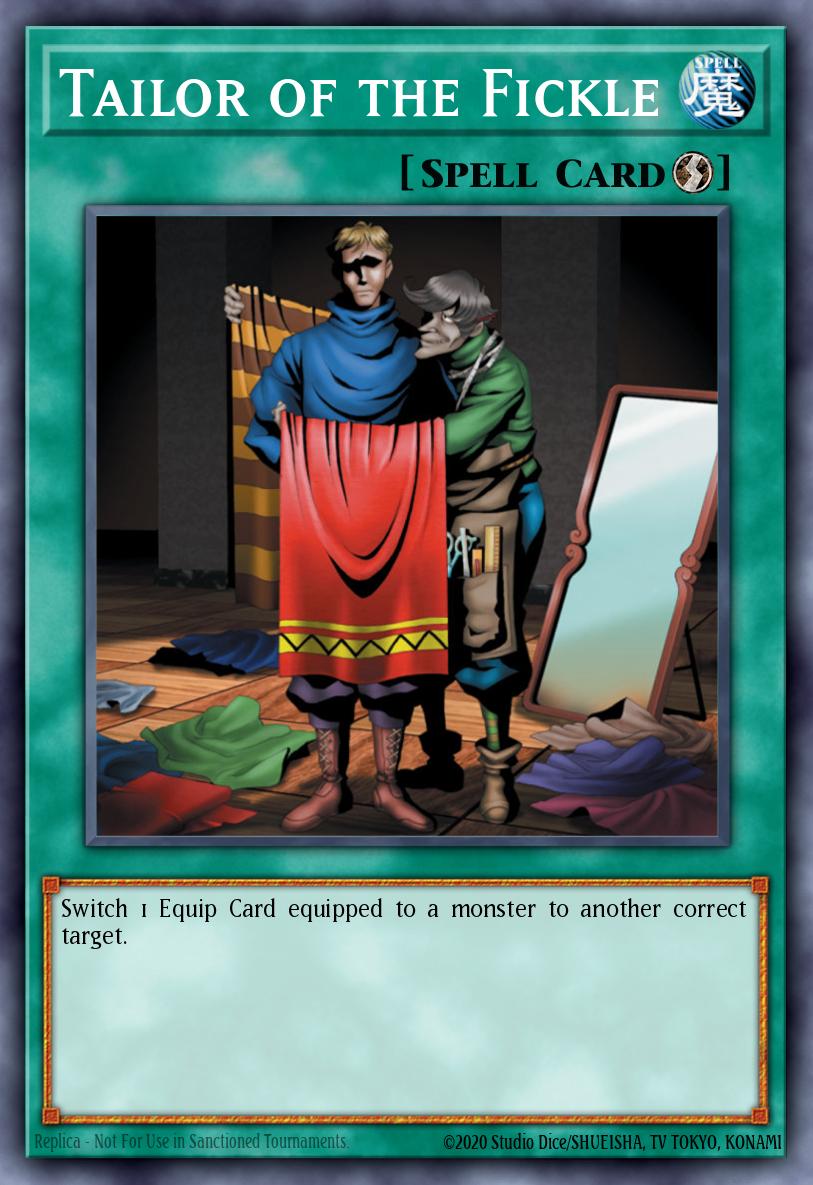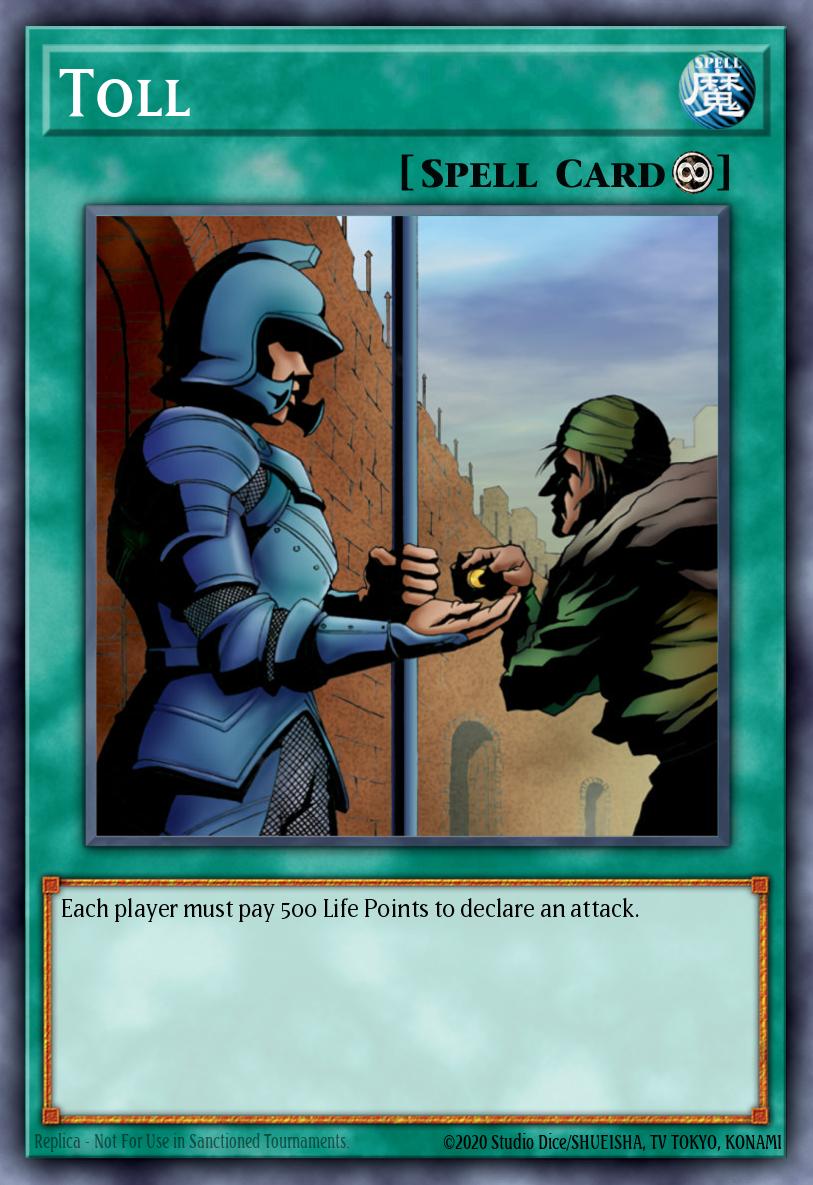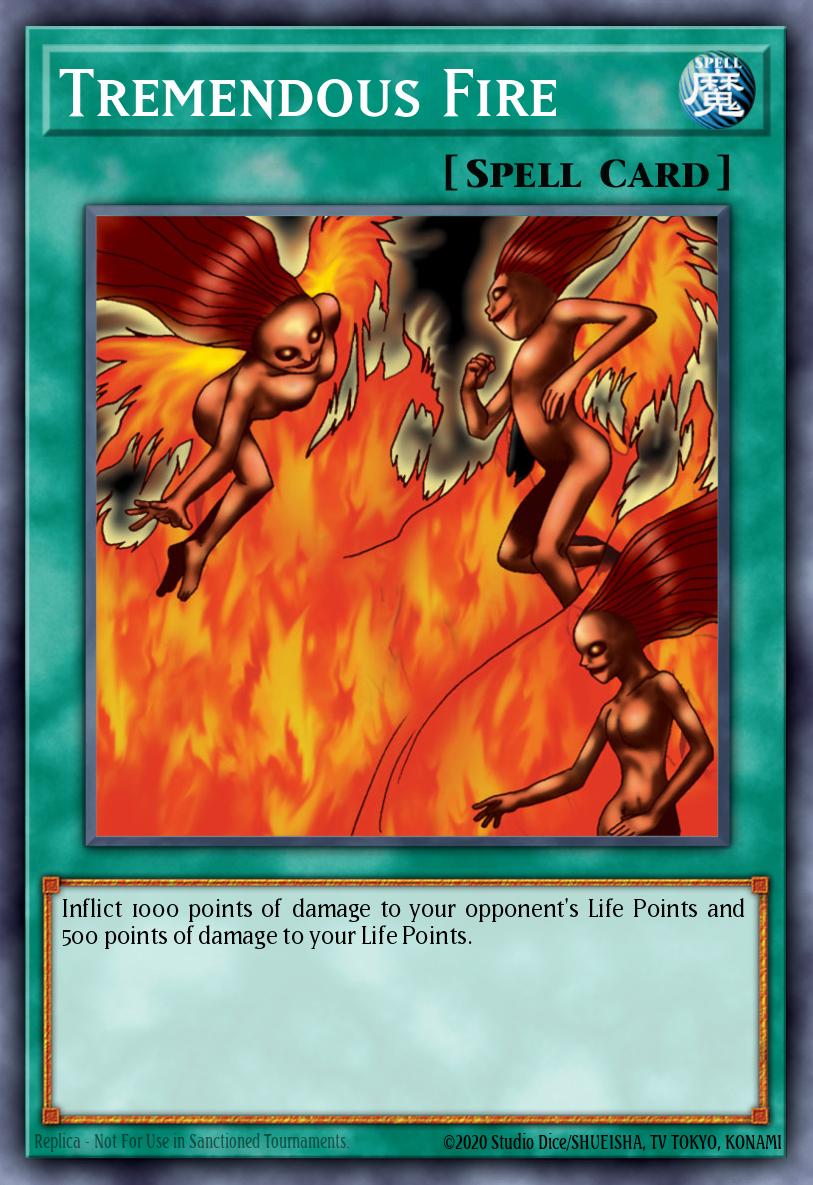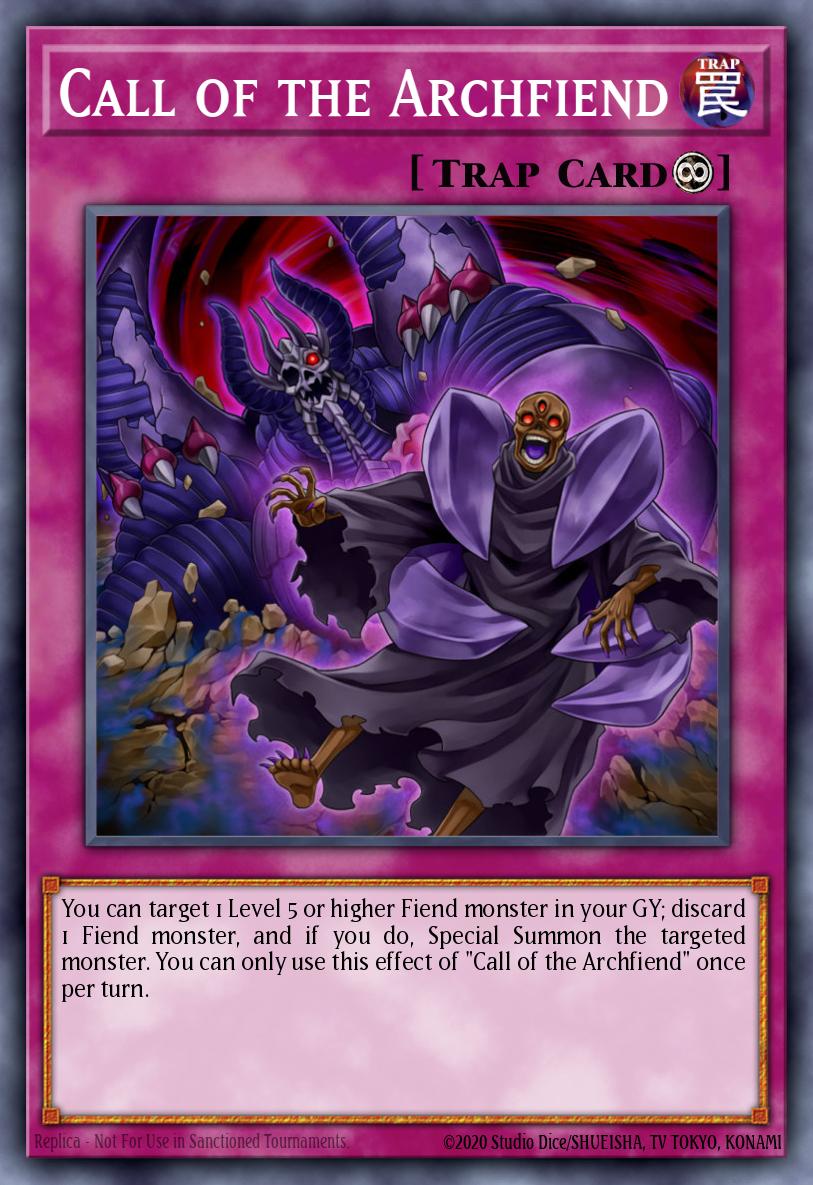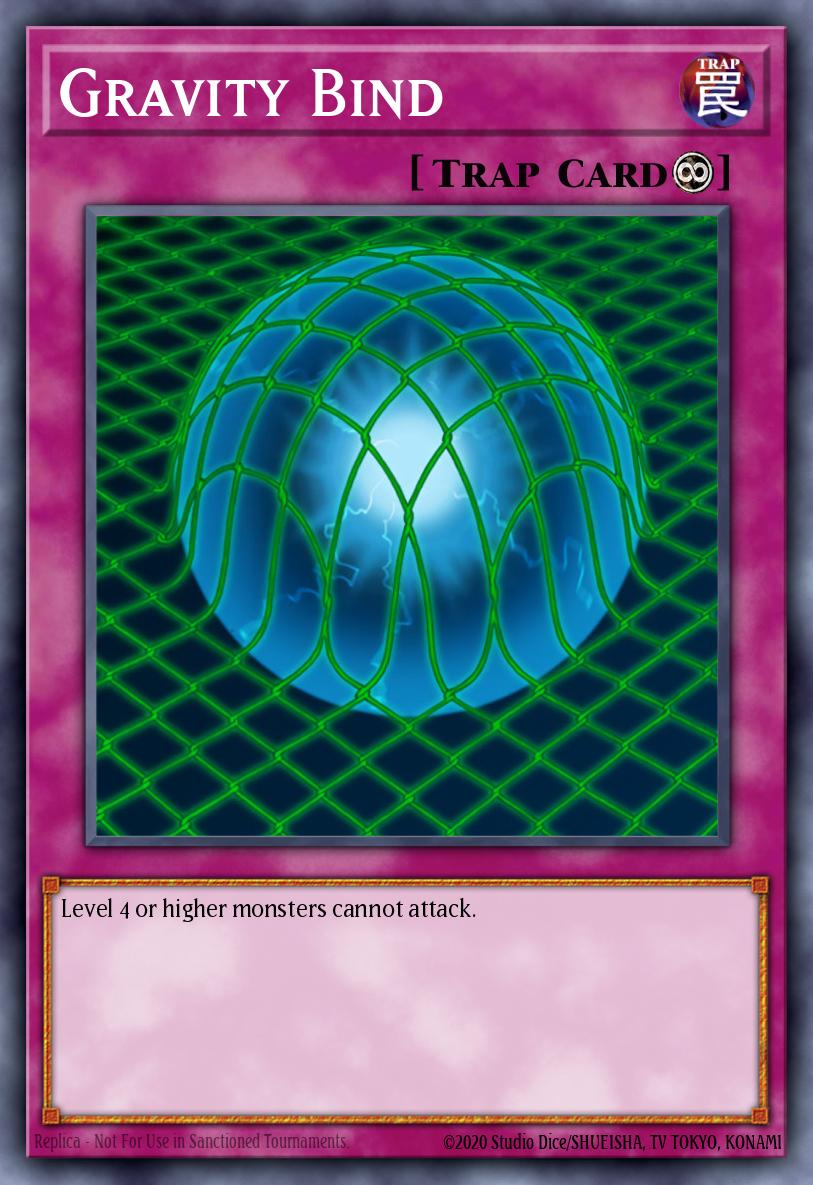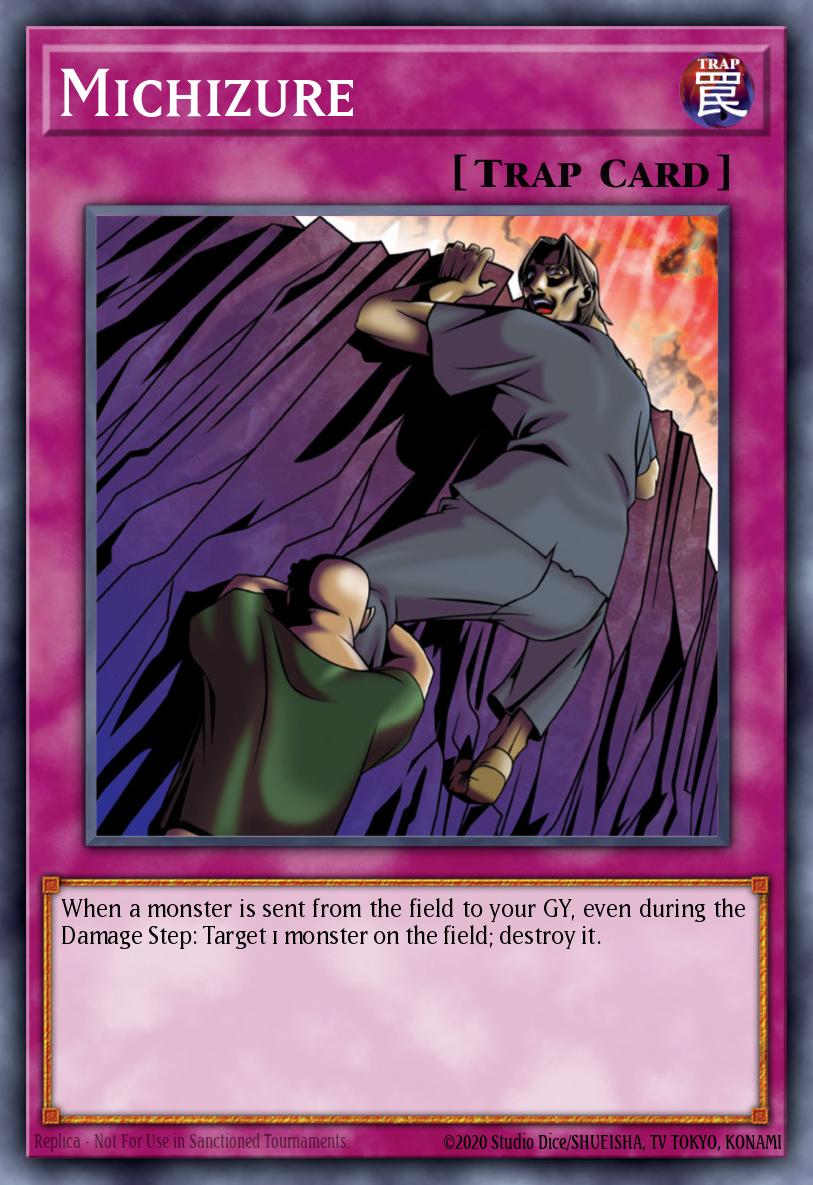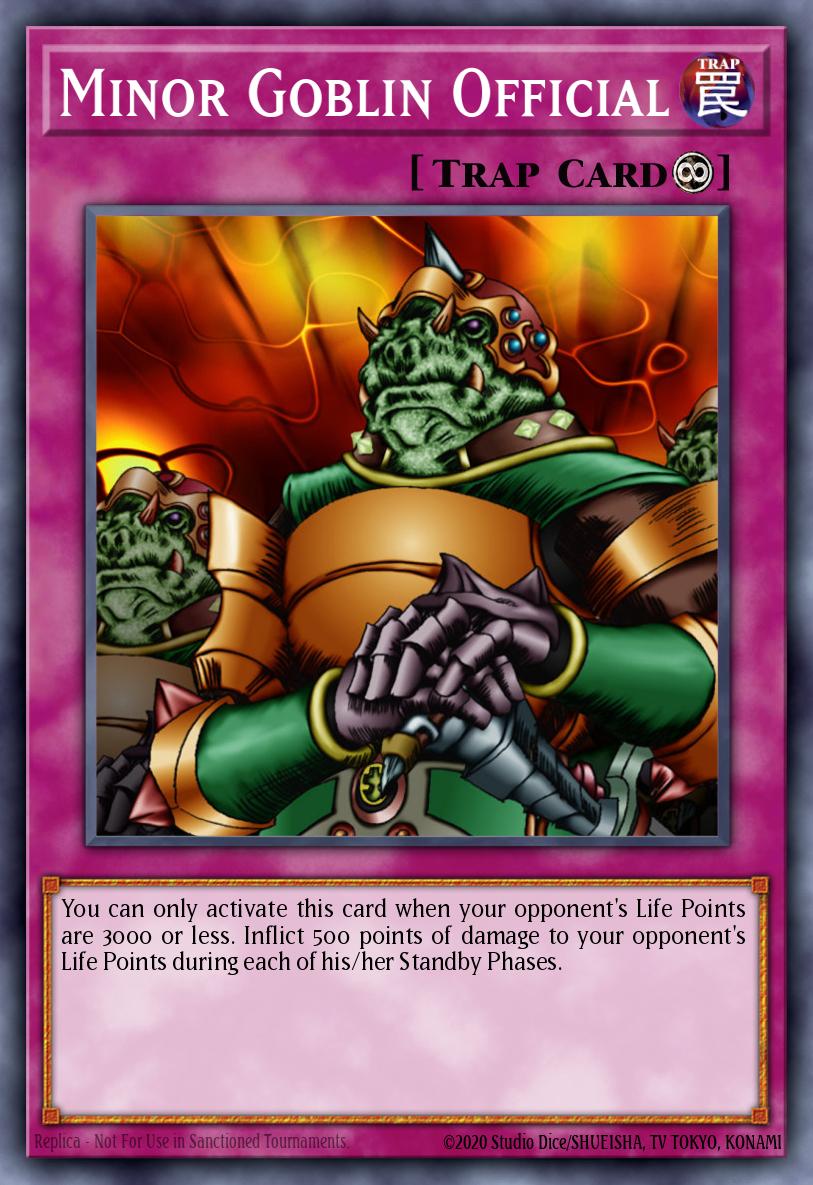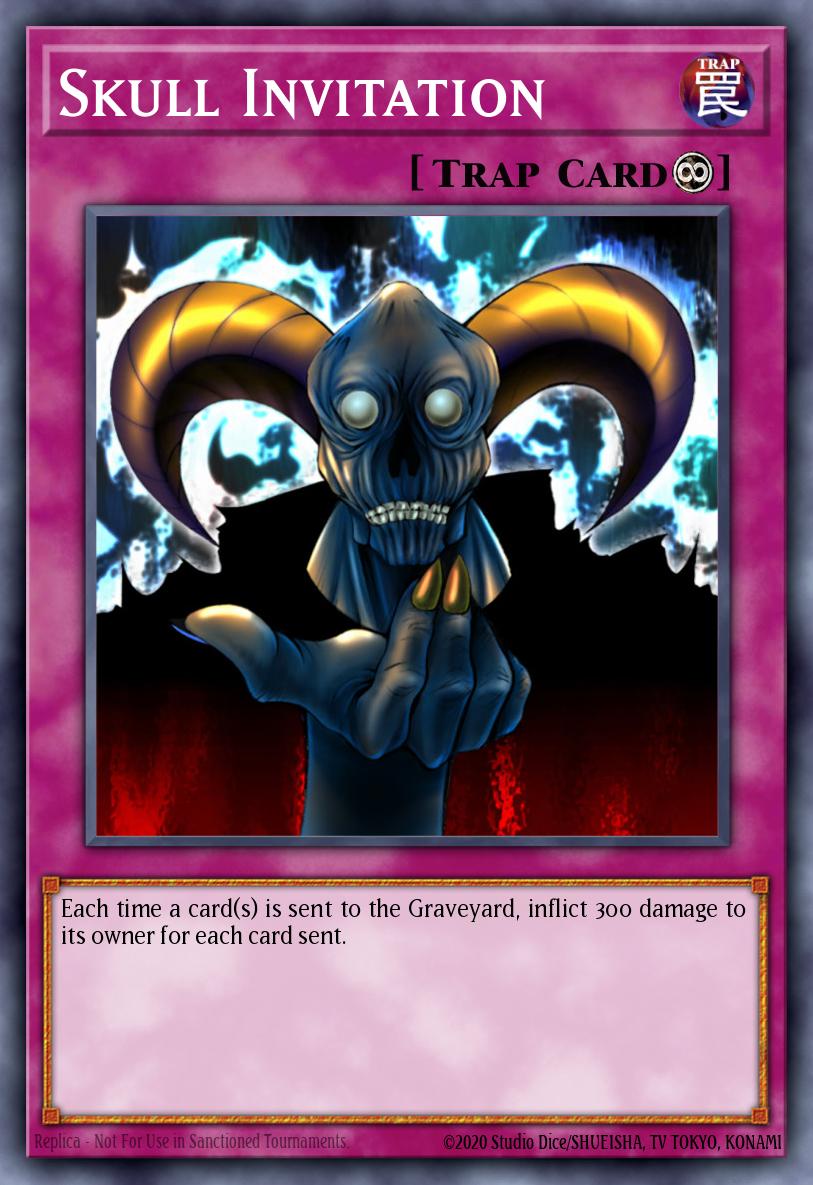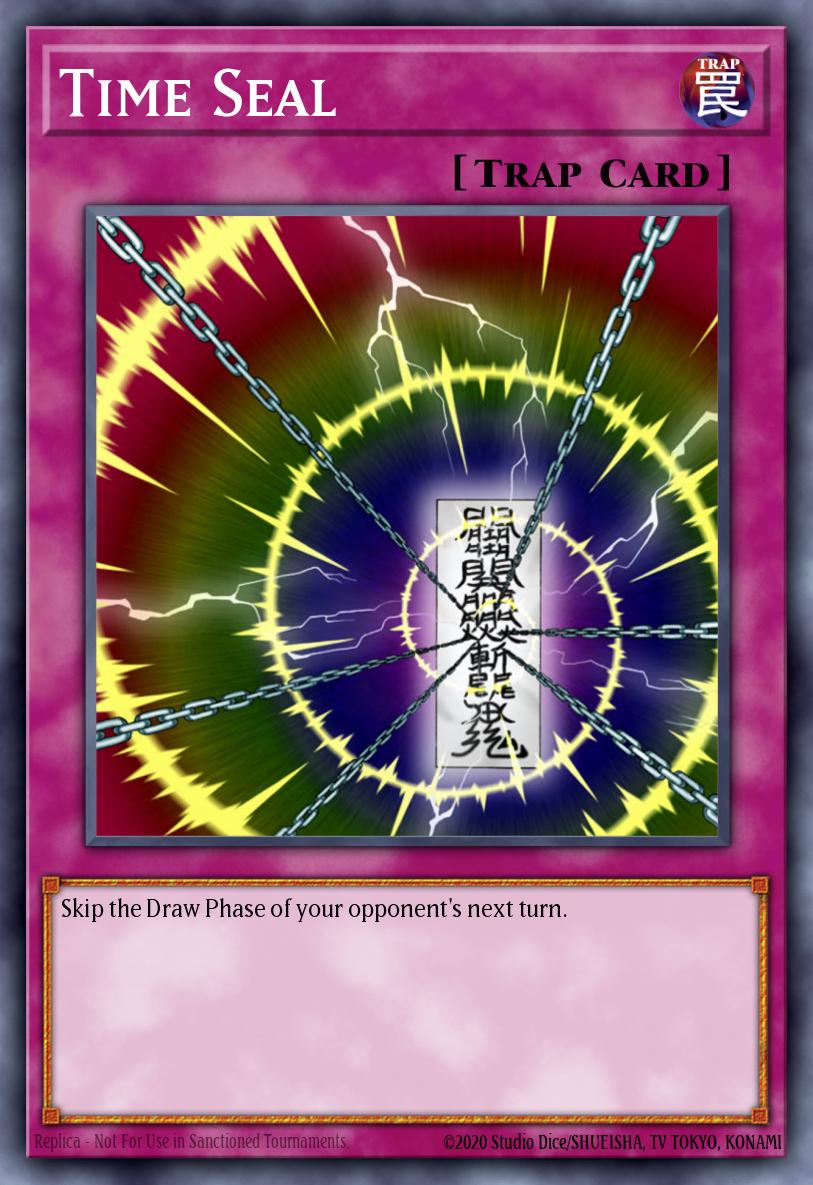Welcome back to Leveling Up for Limited Formats! Last time, we looked at the fundamentals inherent to limited play, with a focus on rarity. This time, we’re going to take a deep dive into limited deckbuilding. So without further ado, I’m Leah a.k.a Full_Bloom2, and this is a lesson about paradigms.
A Good Paradigm: Worth More Than a Pair of Dimes
Good decks in any card game always have a highly developed overall game plan. They might be trying to overwhelm the opponent with card advantage, or restrict the opponent’s options with powerful floodgates, or blow the opponent out with a huge combo that wins the game on the spot. However, they are rarely trying to do all three at once! That's why you need a paradigm. A paradigm describes your deck's philosophy and overall approach to the game. When building a limited deck, you need to have a strong idea of your deck's paradigm to help you make decisions about what to play and what to cut.
Limited deckbuilding is different from constructed deckbuilding, so different paradigms apply.
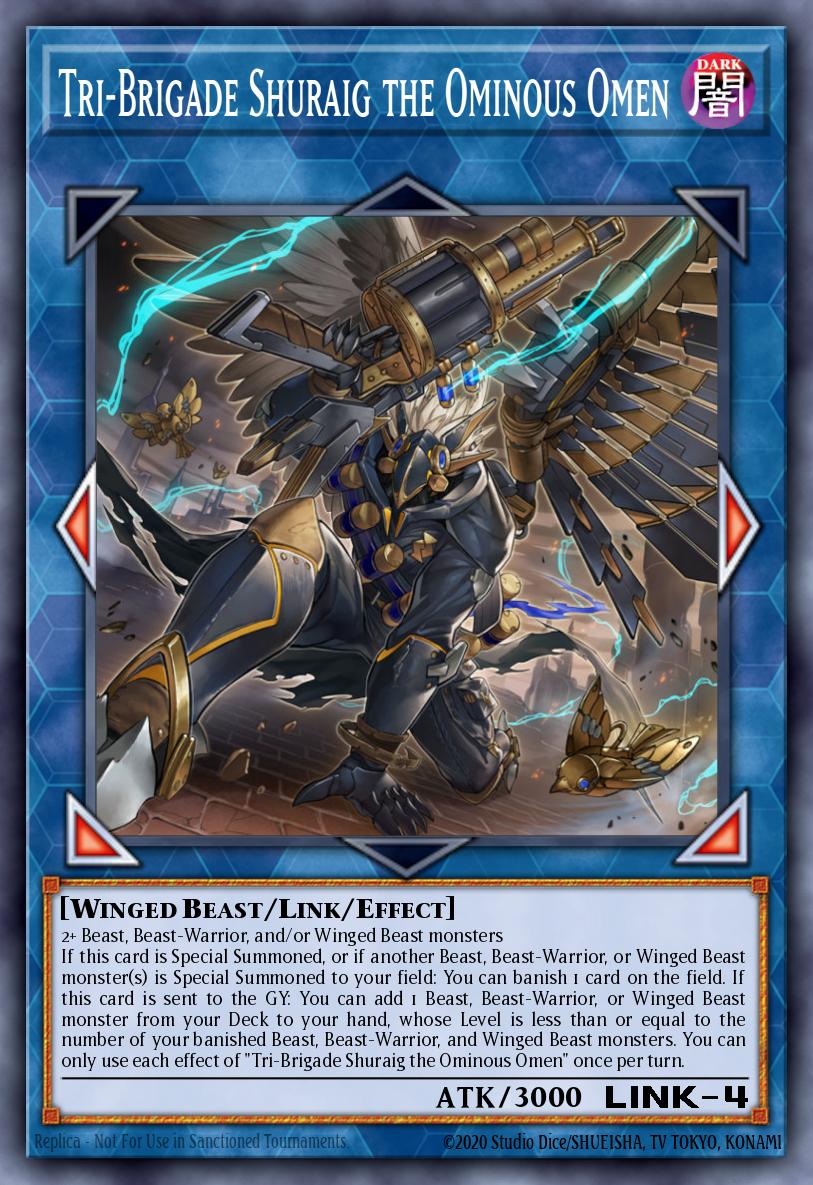 While constructed decks get to play the best consistency tools and boss monsters available, limited decks are often working with incomplete tools. You might have pulled every Tri-Brigade main deck monster, but no Tri-Brigade Shuraig the Ominous Omen! In situations such as these, you often have to jank together two or more archetypes to make a deck work. Limited decks have fundamental consistency issues due to the variance of opening sealed packs, so it is therefore vital to identify which tools you do have access to and what you can reasonably accomplish using those tools.
While constructed decks get to play the best consistency tools and boss monsters available, limited decks are often working with incomplete tools. You might have pulled every Tri-Brigade main deck monster, but no Tri-Brigade Shuraig the Ominous Omen! In situations such as these, you often have to jank together two or more archetypes to make a deck work. Limited decks have fundamental consistency issues due to the variance of opening sealed packs, so it is therefore vital to identify which tools you do have access to and what you can reasonably accomplish using those tools.
In this article, we'll explore four major paradigms for limited deckbuilding: Good stuff, aggro, combo, and control. As I discuss each paradigm, I'll provide high-performing decklists (usually winners of Progression Playoffs episodes, which I've used purely due to familarity with them) as examples. Each paradigm offers a different way of seeing the game, and each is powerful in different formats with access to different kinds of cards. Master the paradigms and you'll be on your way to cooking up something truly terrifying in limited!
Good Stuff
Okay, so I know I just talked about the importance of having a well-defined gameplan, but we do need to get one thing out of the way first. Good stuff is easily the least coherent of the major paradigms for limited, but it is an important one. If you are playing in a small format with only cards from one or two sets legal, there often won’t be enough good cards to facilitate multiple kinds of decks. In such kinds of hyper restricted situations, you just try to, well . . . play the best stuff.
Above is the deck list I used for the Generation Force episode of Progression Playoffs. Since this episode was the beginning of a season, only cards from Generation Force were legal. Clearly, this deck is a mess. It’s partly fish synergies with Airorca, partly strong 1800 beaters, partly a Wind-Up engine, and partly just good combat tricks. However, despite the messiness, it did win the episode because it was playing all the most powerful stuff available.
In formats where you’re forced to play good stuff decks, often what kinds of cards are not available are just as important as what kinds of cards are available. Wind-Up Snail is in the above list primarily because it has 2000 defense. Because removal was scarce and there was only one normal summon capable of outing the the snail by itself - namely, Wind-Up Soldier - setting a 2k defender and sitting behind it while you waited to draw an out to your opponent’s threats was a viable game plan.
Good stuff decks also come up in limited formats with cards from Yugioh’s oldest sets, especially in the Duel Monsters and GX eras. When playing with cards from the first 6 or so years of the game’s lifespan, individual cards are strong, but cohesive archetypes/engines are weak. Therefore, good stuff is often the best bet.
Just because a deck is good stuff doesn’t necessarily mean that synergy isn’t important. In the above example, we can clearly see synergy: the strong light and dark monsters such as Magician of Faith, Magical Merchant, Mystic Tomato and Gravekeeper's Spy all keep the card advantage flowing. After they’ve gained you card advantage, they go to the graveyard, where they enable Chaos Sorcerer, a powerful boss monster with a great removal effect. So while there is synergy here, it is also pretty clear that Cimo was just playing a smattering of the best draw, removal, and card advantage tools available, all loosely held together with Chaos Sorcerer.
Overall, you should look to play good stuff when the format is small, when the cards are from old sets, and/or when the available removal and beaters are stronger than the archetypal payoffs.
Aggro
Now it’s time to get into more real, focused gameplans. An aggro deck aims to win by overwhelming the opponent with an army of strong monsters. These monsters come out fast, hit hard, and often replace themselves, keeping the onslaught going.
The poster child for this kind of deck is Blackwings. Black Whirlwind lets the deck search multiple monsters to either create a big aggressive push now or set up resources for next turn. Battle tricks such as Blackwing - Kalut the Moon Shadow make it very hard to beat the deck in combat. Blackwing is typically crazy strong any time it is available in sealed packs because almost all of the archetype is available at common.
In formats using Master Rule 3, any pendulum pile is also a kind of aggro deck. By abusing the ability to summon multiple pendulum monsters from the face-up extra deck each turn, these kinds of decks can grind down the opponent under an infinite wave of goons.
In the above list, the generic pendulum synergy between the Igkights and the Majespecters provides lots of recurring advantage. While there are strong extra deck plays in this list, oftentimes ending on a board of 4 or 5 Igknights is enough for this list to close a game. If you're going first, backing up that board with just a smidge of interruption, such as Grand Horn of Heaven or Majespecter Tempest, can give you the ability to close out the game before it even starts.
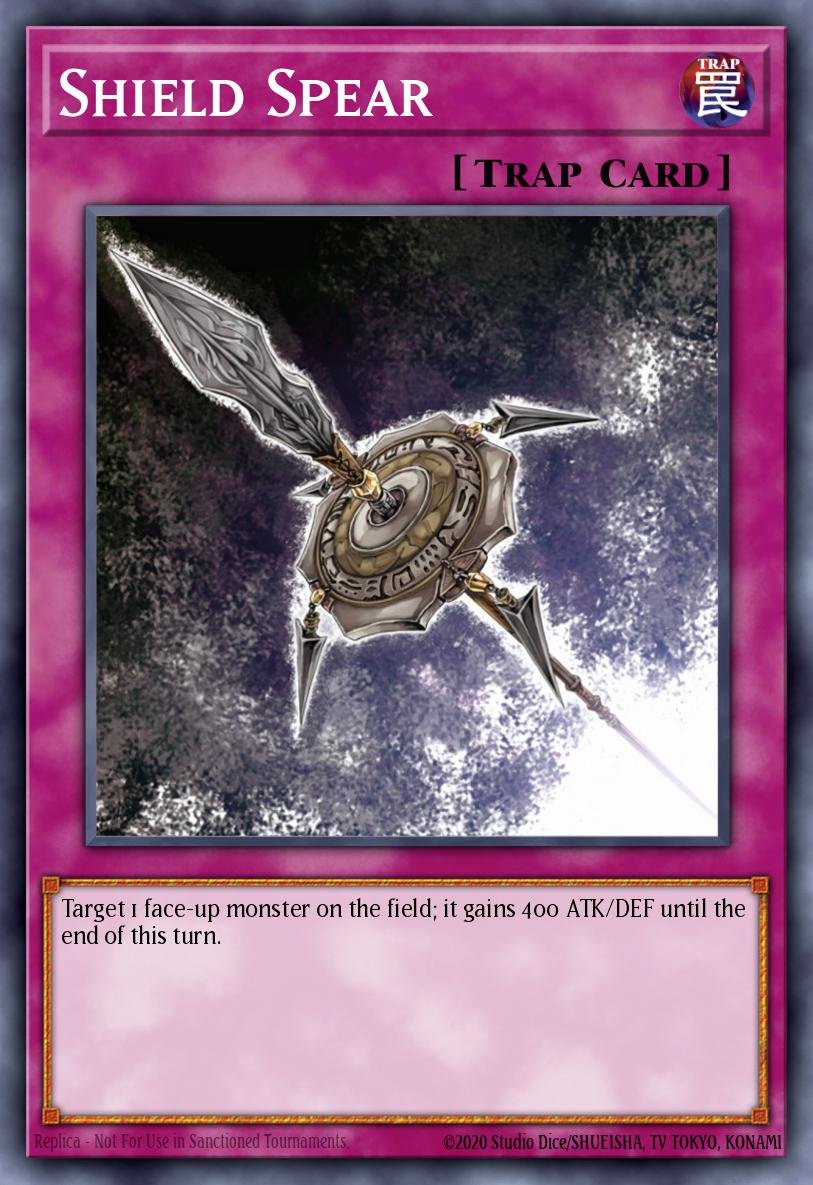 When building an aggro deck, removal is important because it clears the ways for your guys. Therefore, combat tricks such as Shield Spear, Prideful Roar and Ego Boost are best used to keep the pressure up. While going into the extra deck can be strong in these kinds of decks, oftentimes they produce enough huge main deck monsters that you don't need to have pulled the high-rarity extra deck payoffs to make them work.
When building an aggro deck, removal is important because it clears the ways for your guys. Therefore, combat tricks such as Shield Spear, Prideful Roar and Ego Boost are best used to keep the pressure up. While going into the extra deck can be strong in these kinds of decks, oftentimes they produce enough huge main deck monsters that you don't need to have pulled the high-rarity extra deck payoffs to make them work.
Overall, look to build an aggro deck when you have strong targeted removal and combat tricks available, and/or when you have access to archetypes that supply tons of free guys with large attack values, such as Hieratic, Dinomist, Kozmo, or even Kashtira.
Combo
While aggro decks can often make big pushes without going into the extra deck, combo decks typically can't. Instead, combo decks in limited rely on using small monsters to power out a strong boss monster from the extra deck. Of all limited decks, these decks are the most similar to constructed decks in the current TCG. In general, these are some of the most powerful decks available in limited . . . provided you have all the cards to make them work.
This cyberse combo list janks together free bodies from a diverse range of archetypes, such as Tenyi Spirit - Vishuda, Trickstar Nightshade, Danger!? Jackalope?, and Firewall Guardian in service of creating Accesscode Talker with Update Jammer as material, allowing for a double attack. These decks often rely on high-rarity boss monsers, so if you were lucky enough to open a secret rare like Accesscode Talker in your limited pool, you have to abuse it as hard as you can. There's little room for generic removal in lists like these. Instead, the deck is packed full with as many extenders as possible. No need to remove the opponent's monsters if you can remove the opponent entirely.
However, you don't need to have access to a boss monster as insane as Accesscode Talker to have a strong combo deck.
Monsters like Scrap Dragon, Karakuri Shogun mdl 00 "Burei" and even the vanilla Scrap Archfiend can serve as the payoffs in a limited combo deck as long as you have access to multiple forms of extension, as the above Karakuri deck does. Cards like Karakuri Komachi mdl 224 "Ninishi" and Karakuri Showdown Castle (especially when combined with Double Cyclone) provide ways to swarm the board with multiple materials and make powerful synchro plays.
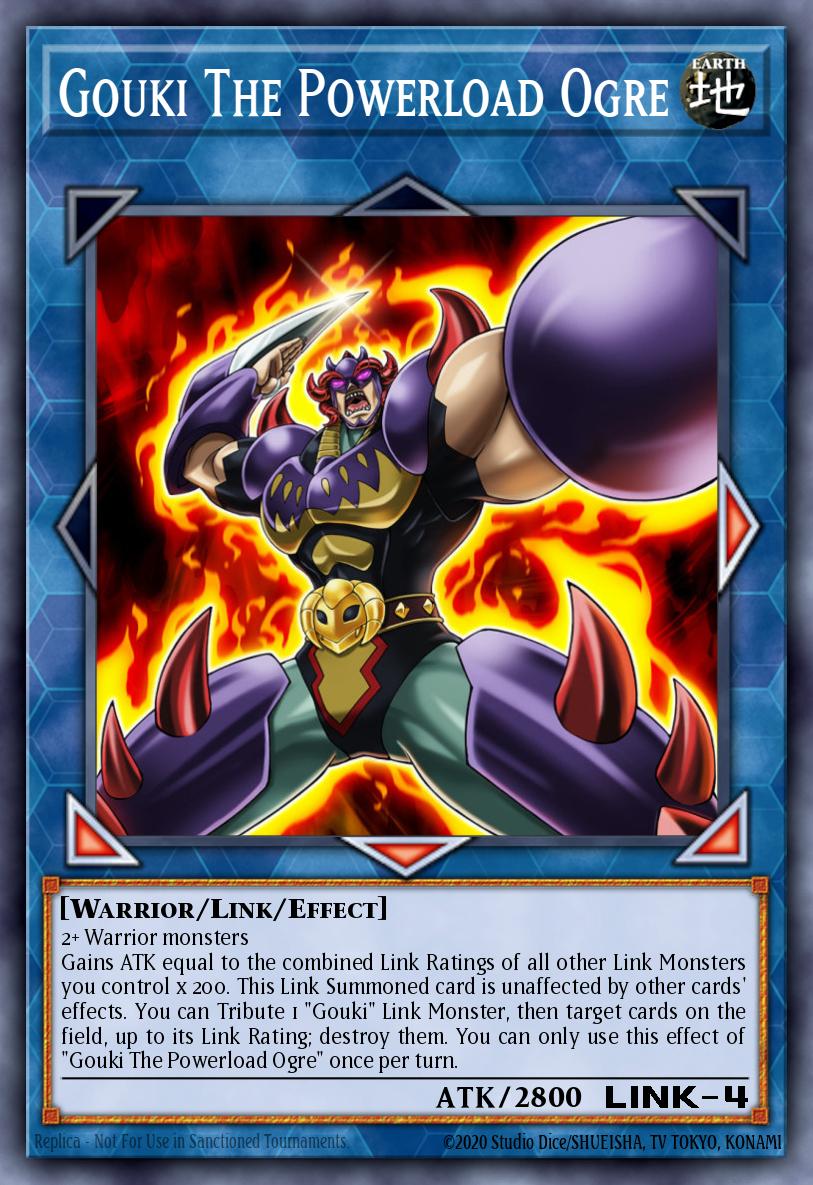
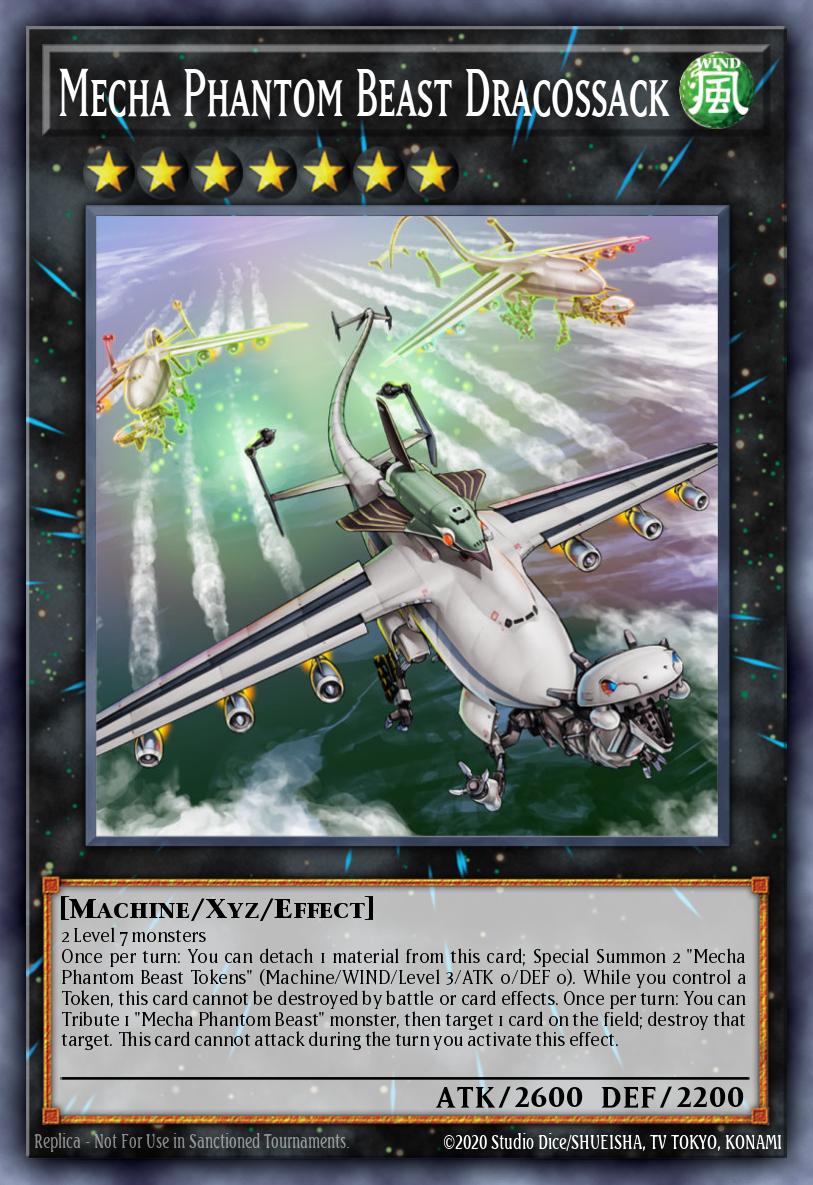 Keep in mind that in these decks, the route to victory depends much more heavily on the nature of the boss monster than it does on the enablers. Towers Turbo-style decks that spit out a huge, unkillable guy, such as Gouki The Powerload Ogre, often can rely on their big guy alone to win. Meanwhile, decks based on slower, more removal-based bosses, such as Mecha Phantom Beast Dracossack, often need some backup (such as the attack stats of the Dragon Rulers, for example) to capitalize on the card advantage they generate.
Keep in mind that in these decks, the route to victory depends much more heavily on the nature of the boss monster than it does on the enablers. Towers Turbo-style decks that spit out a huge, unkillable guy, such as Gouki The Powerload Ogre, often can rely on their big guy alone to win. Meanwhile, decks based on slower, more removal-based bosses, such as Mecha Phantom Beast Dracossack, often need some backup (such as the attack stats of the Dragon Rulers, for example) to capitalize on the card advantage they generate.
Overall, look to build a combo deck in high-power formats with access to lots of extenders and strong extra deck payoffs. If you've pulled an especially strong ultra rare or secret rare boss monster, combo is the best way to flex that luck into an advantage, and hopefully a win, over your opponent.
Control
Both aggro decks and combo decks aim to kill the opponent quickly. Control, however, is a different beast. Control decks bleed the opponent dry over multiple turns using a flexible suite of removal spells, often combined with highly recursive monsters.
Madolche is one particularly strong variant of control. Due to the low rarity of Madolche Chateau and Madolche Ticket, Madolche can easily be built as a powerful and highly annoying control deck without even needing to pull high-rarity payoffs. As long as this deck doesn't get run over immediately by a big push, it can completely take over a game and power through nearly anything. Butterflyoke, Fiery Fervor, and Impenetrable Attack provide tons of combat disruption and protection to the dinky Madolche monsters, allowing them to stay around long enough to make extra deck plays and close things out.
However, there is an even more gamebreaking form of control in limited: Stun.
Stun is a strange creature, especially in limited. Some limited formats - especially those early in the game's lifespan - have access to very little spell and trap removal. When that's the case, even weak floodgates like Toll become gamebreakingly powerful simply because they can't be answered. Combine that with recursive engines, such as two copies of Spear Cretin continuously reviving each other, and the opponent can find themselves up against a style of deck which plays so perpendicularly to their own that they might not have any win condition.
Both stun decks and control decks are about inevitability. Therefore, they often make space for seemingly bizarre one-ofs to make sure they have an out to every situation.
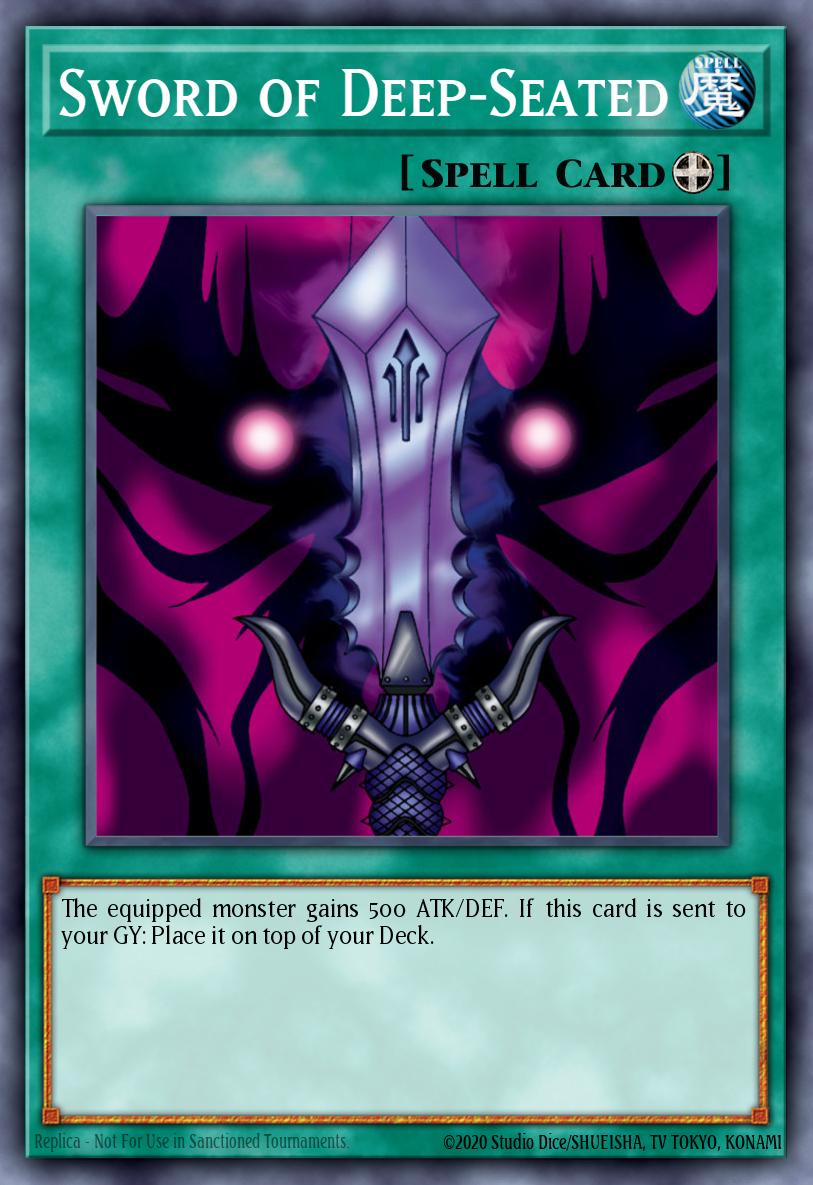 For example, one copy of Sword of Deep-Seated might look like a strange include in a stun deck, given that it only boosts attack. Or does it? In a deck aiming to win by naturally milling the opponent out, a single copy of Sword of Deep-Seated can ensure it is impossible for the stun deck to lose by mill. How? Simply wait to draw the Sword of Deep-Seated over the the course of the game, and then discard it for hand size once your deck gets uncomfortably thin. Because it places itself on top of your deck when it is sent to the graveyard, you will then draw it on your next turn, ensuring your deck never gets any thinner. In the bizarro land of stun decks, engineering a way to never draw a card again can be the difference maker that lets you win the game!
For example, one copy of Sword of Deep-Seated might look like a strange include in a stun deck, given that it only boosts attack. Or does it? In a deck aiming to win by naturally milling the opponent out, a single copy of Sword of Deep-Seated can ensure it is impossible for the stun deck to lose by mill. How? Simply wait to draw the Sword of Deep-Seated over the the course of the game, and then discard it for hand size once your deck gets uncomfortably thin. Because it places itself on top of your deck when it is sent to the graveyard, you will then draw it on your next turn, ensuring your deck never gets any thinner. In the bizarro land of stun decks, engineering a way to never draw a card again can be the difference maker that lets you win the game!
Overall, look to play a control deck or stun deck when you have access to tools that are highly recursive and difficult to out. Formats with weak and/or nonexistent spell and trap removal are especially soft to stun decks, since the existence of almost any floodgate is enough. Even something as seemingly inconsequential as Attraffic Control can do the trick! Believe me, I know from experience. Thanks a lot, Gavin.
Conclusion
Identifying the right paradigm for your deck can be the difference between winning and losing in limited.
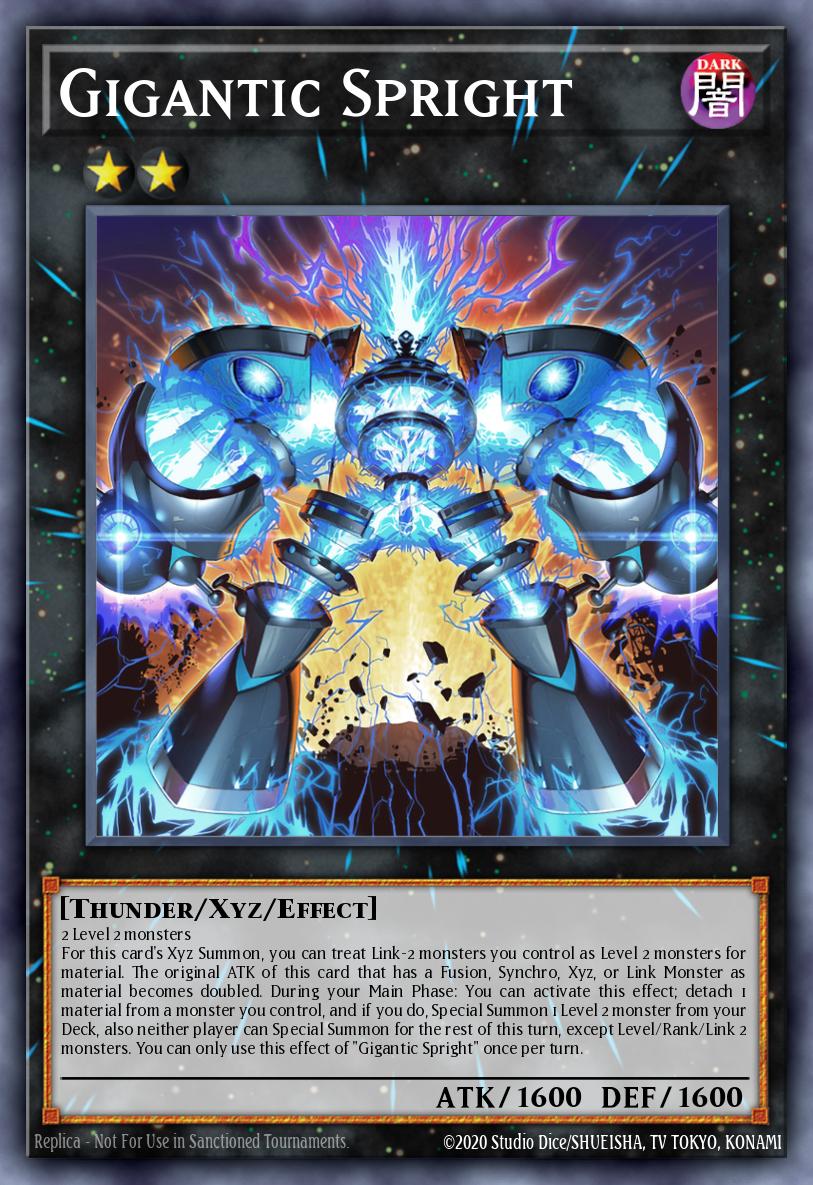 For example, during the Sevens season of Progression Playoffs, I had an incredible Spright pool with multiple high-rarity payoffs, such as Spright Blue, Spright Jet, Spright Starter, and Gigantic Spright. However, I mistakenly built Spright with too many control elements more than once when I really should have been taking out my removal and recursive threats, such as Infinite Antlion, in favor of more extenders that could help me create a stronger end board.
For example, during the Sevens season of Progression Playoffs, I had an incredible Spright pool with multiple high-rarity payoffs, such as Spright Blue, Spright Jet, Spright Starter, and Gigantic Spright. However, I mistakenly built Spright with too many control elements more than once when I really should have been taking out my removal and recursive threats, such as Infinite Antlion, in favor of more extenders that could help me create a stronger end board.
Fortunately, you have the opportunity to learn from my mistakes. If you can correctly identify the paradigm you're building towards, your limited decks will often be able to take down opponents with much stronger pulls than you. That's the power of a good paradigm.
Next time, I'll be delivering you some insight from someone much better at limited than me - namely, the brilliant limited deckbuilder IWishIWasDead, who I'll be interviewing. Until then, may you always pull playsets of the busted commons.

